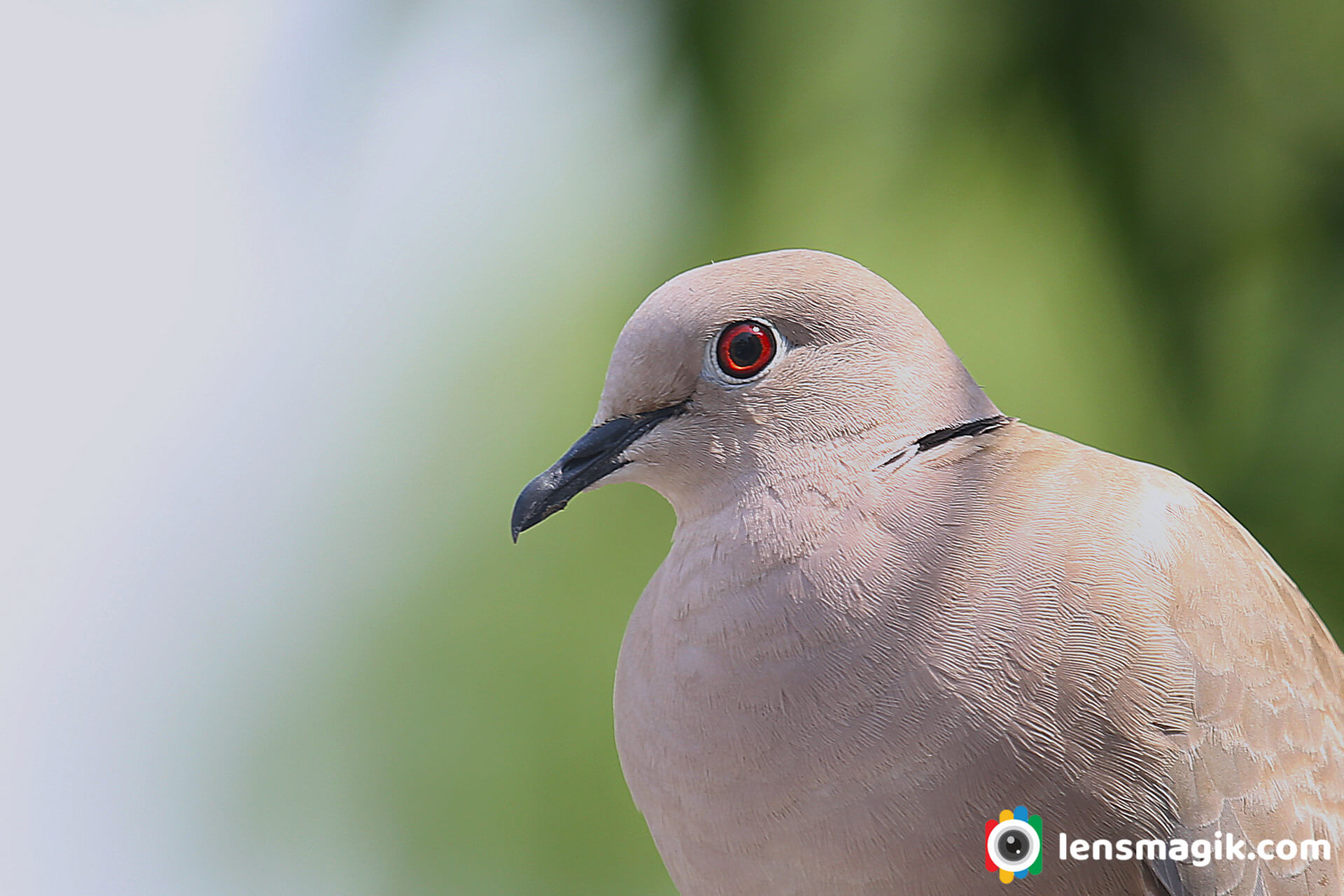
Backyard Birds : Dove bird is symbol of peace. It is loveable bird. It is very friendly to humans. Dove bird is now backyard bird because you can find it in your backyard. There are lots of spices of dove bird. Generally i found blue pegion at my home but these time i found Eurasian Collared Dove at my home. And look what close image i got it amazing.
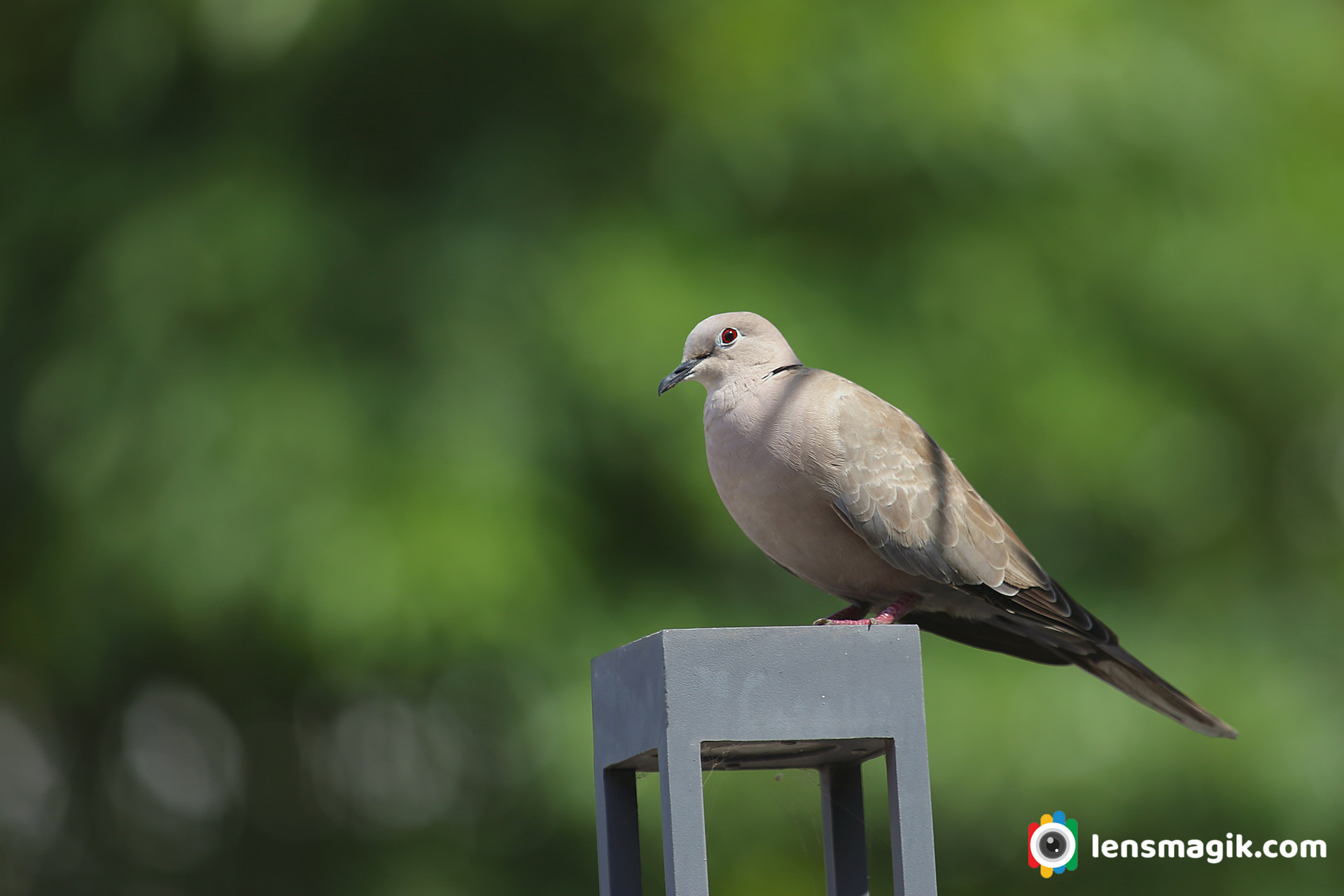
The spices Eurasian collared dove is native Asia and Europe. There are two subspices recognised of Eurasian collared Dove
- Western Collared Dove
- Burmese Collared Dove
Western Collared dove ranges Europe to India, China and Korea. Burmese Collared Dove ranges Central Myanmar to southern China-Eastern China. eurasian collared dove is not migratory. Eurasian collared Dove has been great colonisers of the bird world. They travelling from its native range to colder countries and many of them permanently stay their.
Facts and Description of Eurasian Collared Dove :
- Its a medium size dove but smaller then wood pegion and similar to rock pegion.
- From Beak to Tail length is 13 inch.
- With wingspan length is 19-22 inches.
- Weight of Eurasian collared dove is 120-240 g.
- Color of eurasian collared dove is grey buff to pinkish grey and blue grey underwing patch.
- The tail feathers are grey buff and dark grey and tipped white below.
- Legs are short and bill is black
- Eyes appear black from distance but iris is red and narrow rim of reddish brown iris can be seen.
- Juveniles differs from collar and iris.
- Eurasian collared dove make large sound call goo-goo-goo
Breeding and feeding :
- It breed near to human habitats where food and trees are available.
- Females lays two eggs in nest which color is white.
- Eggs incubates by both male and female. Male incubates in day time and female incubates at night.
- Incubation period is about 14-18 days.
- They feed grains, seeds and insects.
- They feed in farms and grain stores in a flock.
- Flock of Eurasian collared dove is from 10-40 most probably but it has been recorded up to 10000.
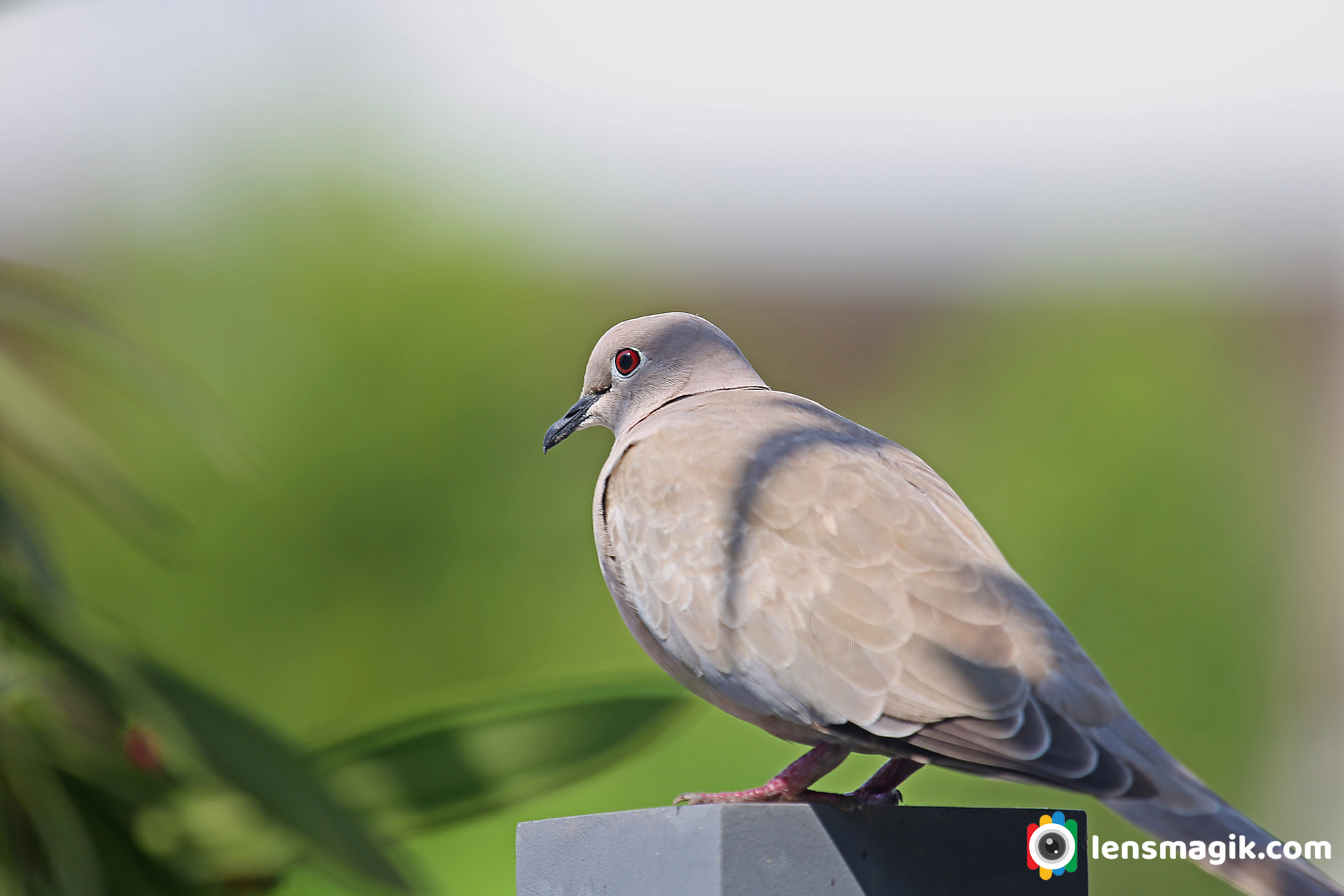
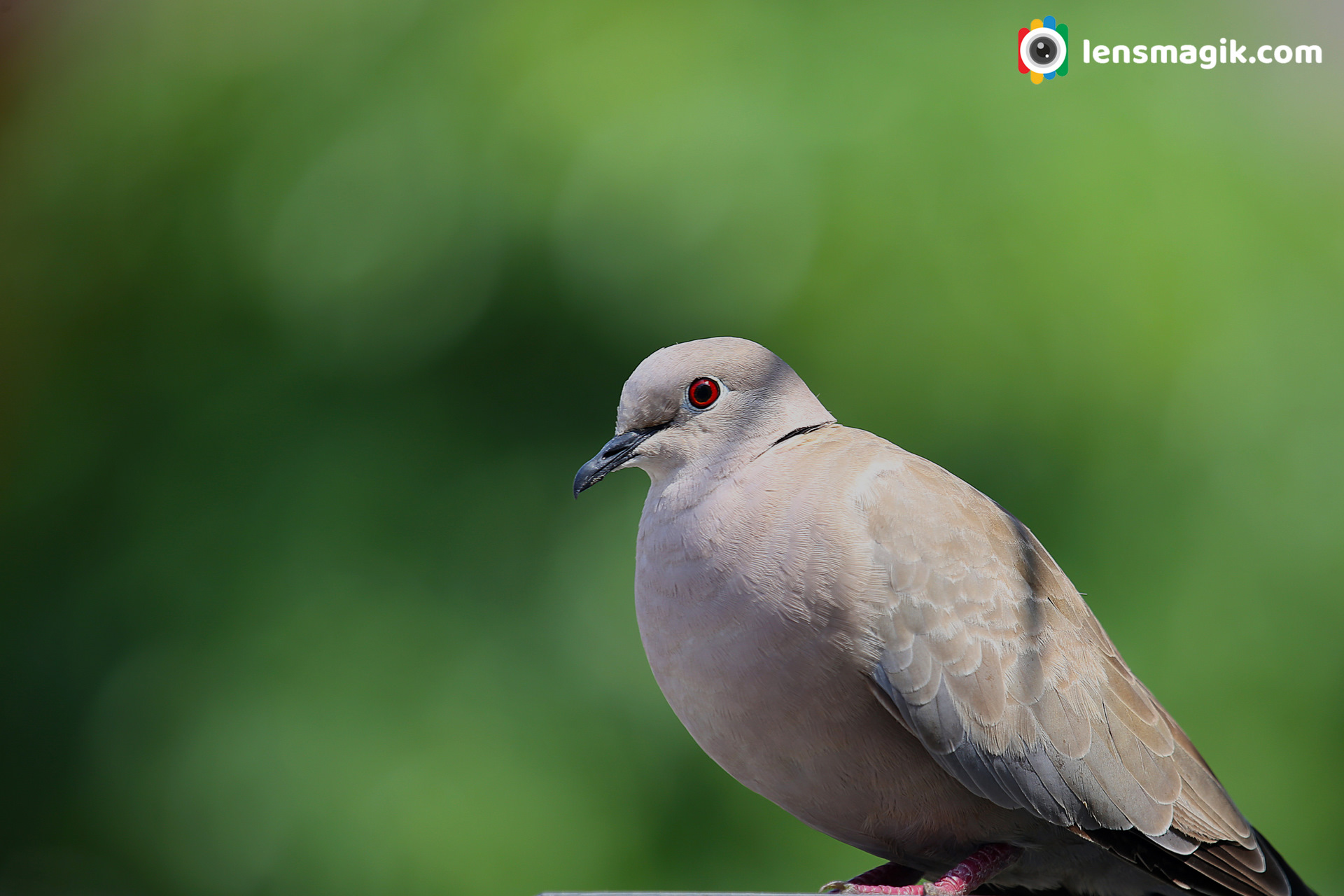
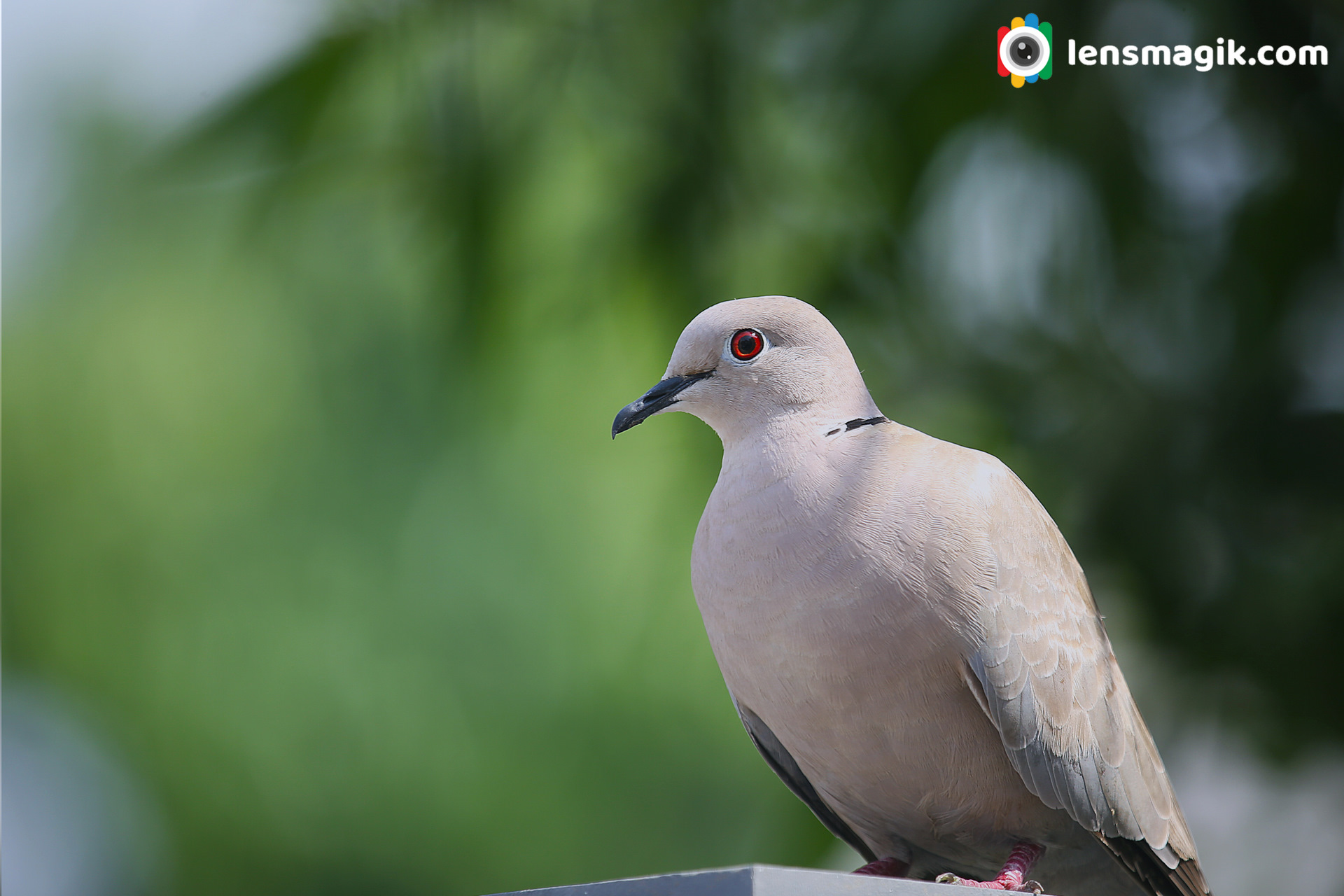
Pegion or Dove is a bird living in a human habitations. So they are very familier to humans. I also put some grains to feed them at my home. Generally Pigeon or Dove is very comman so you can shoot them photo anywhere with close up. I never take a shot of pigeon in jungle trail but this time at home The dove sitting on my gate light and i see beautiful background of my backyard trees with green background of Dove. I cann't stop my fingers to catch a photo. And see the result is great enough that i think The dove with green background. I also happy that i shoot too close to its eyes that i can see red eyes of Dove. Thats the beautiful part of the photo.
Gear Used : Canon 6 D with Canon 100-400 mm lens.
Read more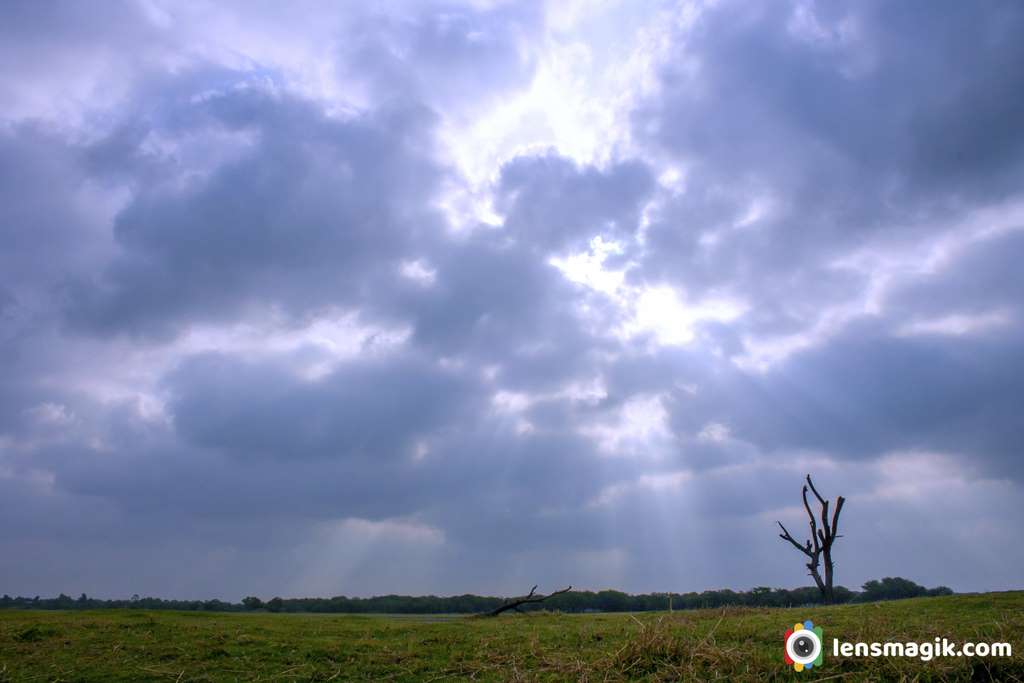
As per my previous post for Basic composition rules for Photography here i give you some advance rules for photography. Before know the rules first you should know your gear. Whichever camera you use first understand your camera. As there are lots of camera brands in the market like Canon, Nikon, Fujifilm, Sony, Olympus, etc... all cameras have different body types and keys in different area. But whichever brand of camera you use there are same rules applied for composition in photography. The techniques and settings and rules are same for DSLR cameras or Digital Cameras. Also for different types of photography like Abstract, Portrait, Landscapes, Wildlife, Product, Wedding , Fine art, Sports etc the Rules for photography are same. If you want to capture good pictures follow some rules i mention here and it will help you for being a professional photographer.
How to become professional in photography ?
The answer is too hard work. To become professional you should work very hard in any types of photography. Understanding your camera and using basic rules and after that advance techniques helps you lot. Without follow some rules your photos cannot noticed by others. You should try to capture something new and something creative with good composition which attract users to see your images.
Rule Of Third : There is a cross line in every camera in display. If you are new then on that cross lines while shooting. After you can understand off that feature. While shooting photos the position of your subject is on cross lines for better pictures and better look for your photos.
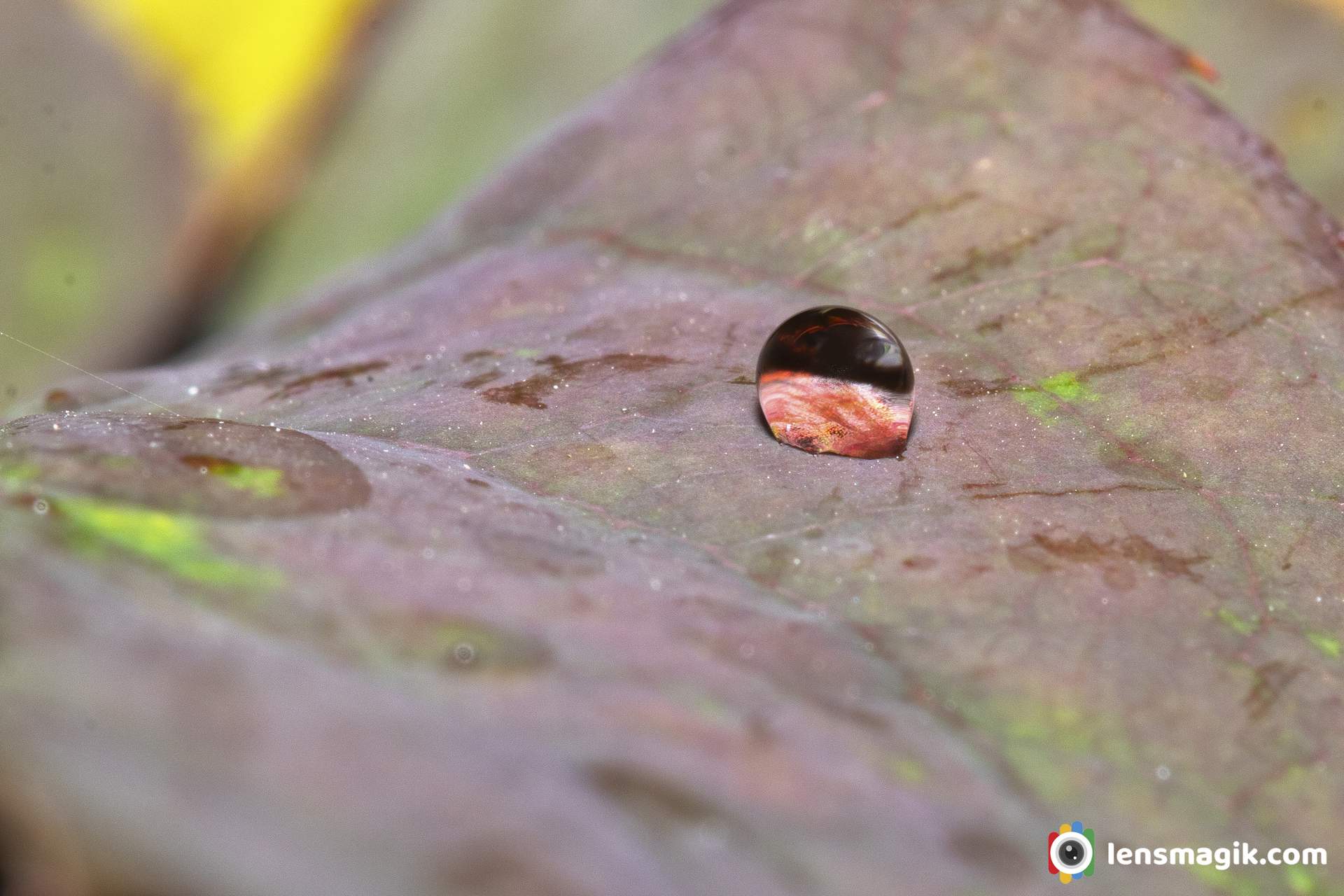
In above image i use a water drop as a subject. if you use grid lines in your camera then you can see the cross lines on your screen is total 4 and you can put your subject on those 4 cross line and leave other space thats the rule of third. Same in below image using bird as a subject in the lower crossline. Thats make your image attractive and perfact if you use foreground apropriate to your subject.
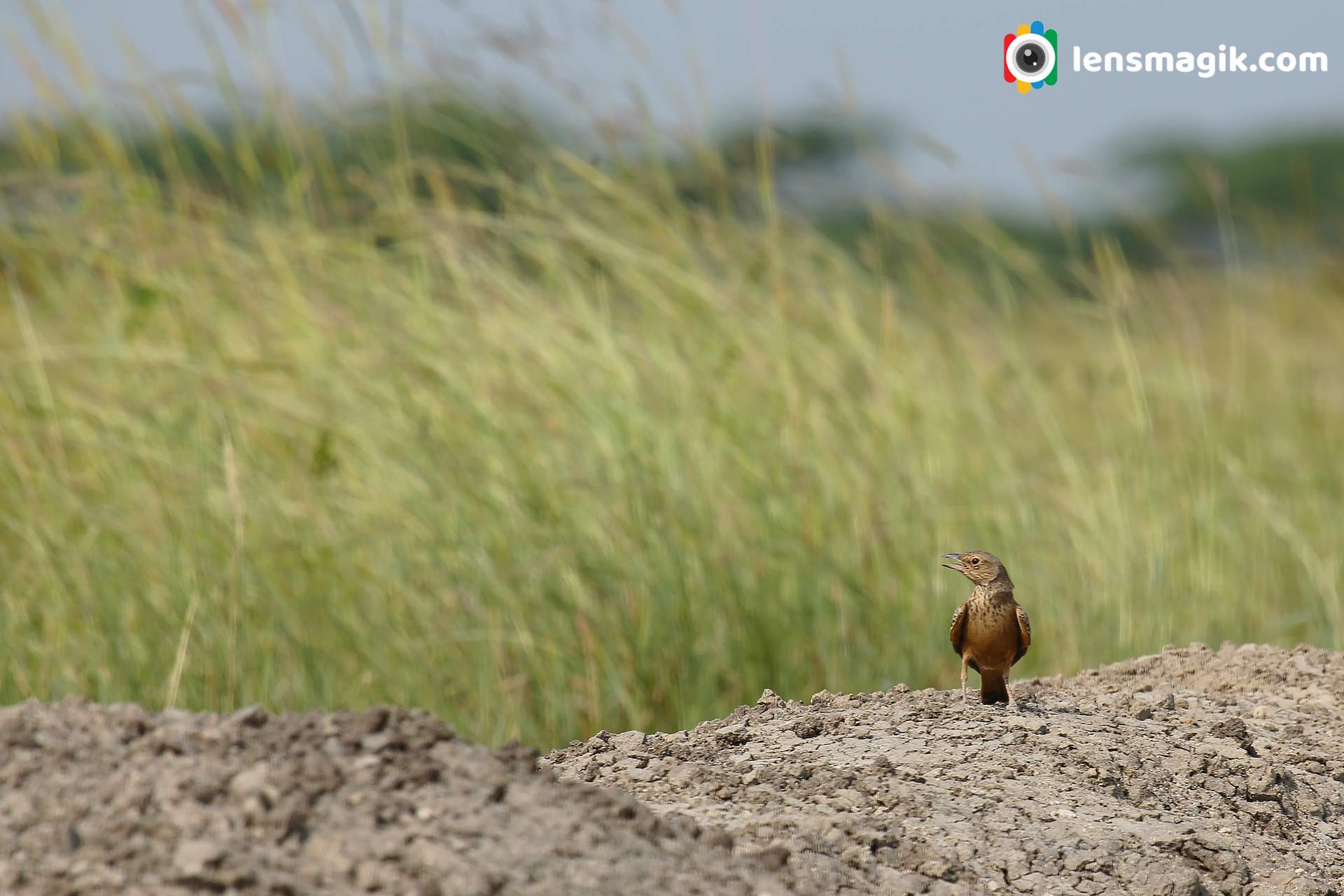
Repetition : Look for repeat subject in a raw . Your object may be pole light, street light, pile of fruits, chain of poles etc. The repetition of subject or object makes image unique.
Repetition is also a good subject like electric pole, walls, roads, trees in line and also a birds of mammals. My image is not perfact in repetition but its gives you an idea for it. repeat your subject at regular interval and space in your frame.
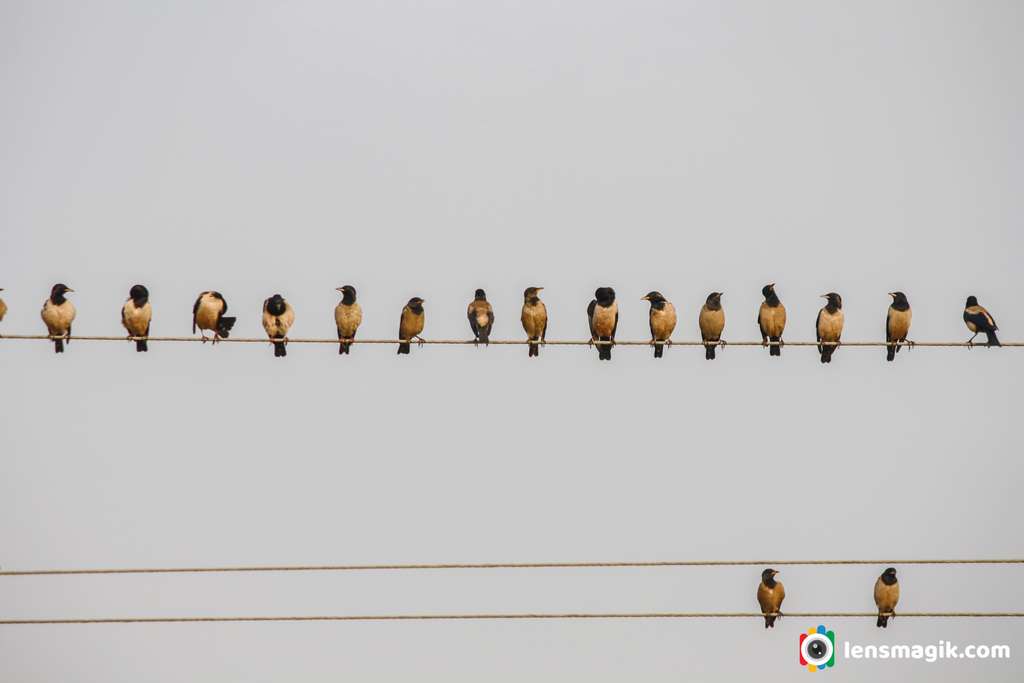
Negative space : Always leave some space with your object in your frame. Some people make closeup shots with crop image but its not looks good . The subject need some negative space to move into. For ex. If you shoot solo bird on tree then you should leave some space in the direction of birds eye. That will make your frame perfact.
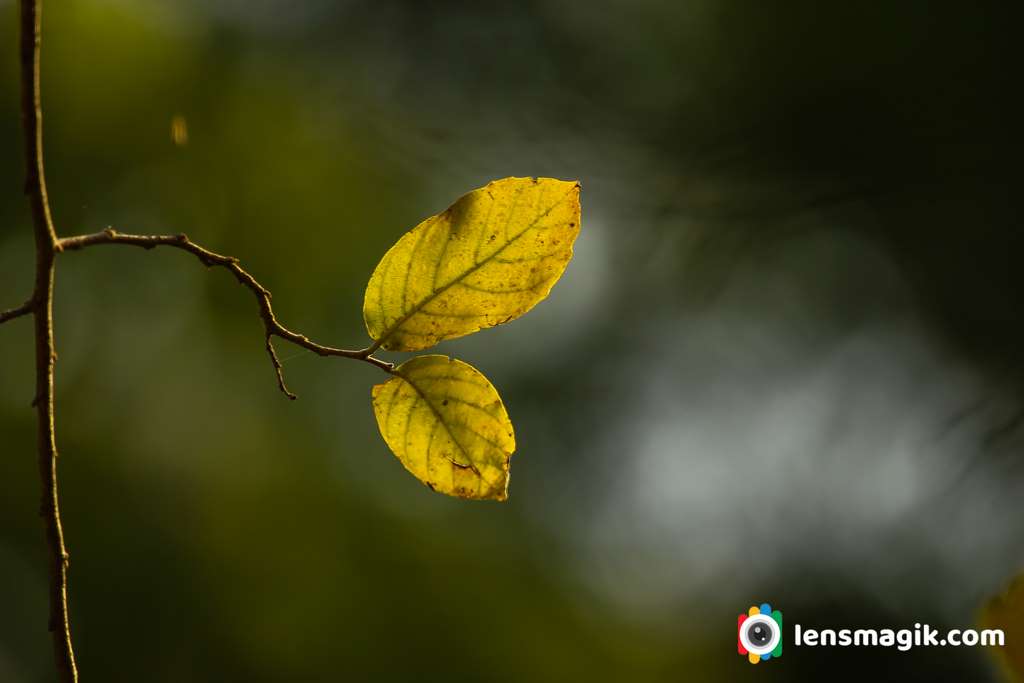
Balancing Elements : Balancing elements means balance your background interest with your foreground subject.
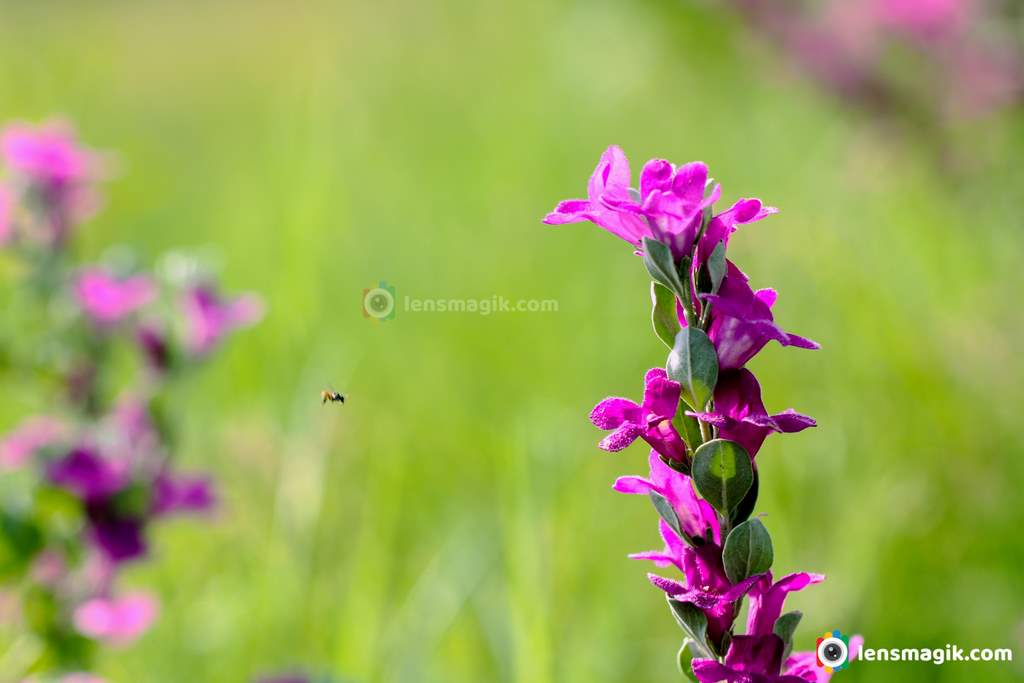
Symmetry : Symmetry means Half of your image is a mirror of other half image. Shoot your image like a mirror image or reflection of the subject .
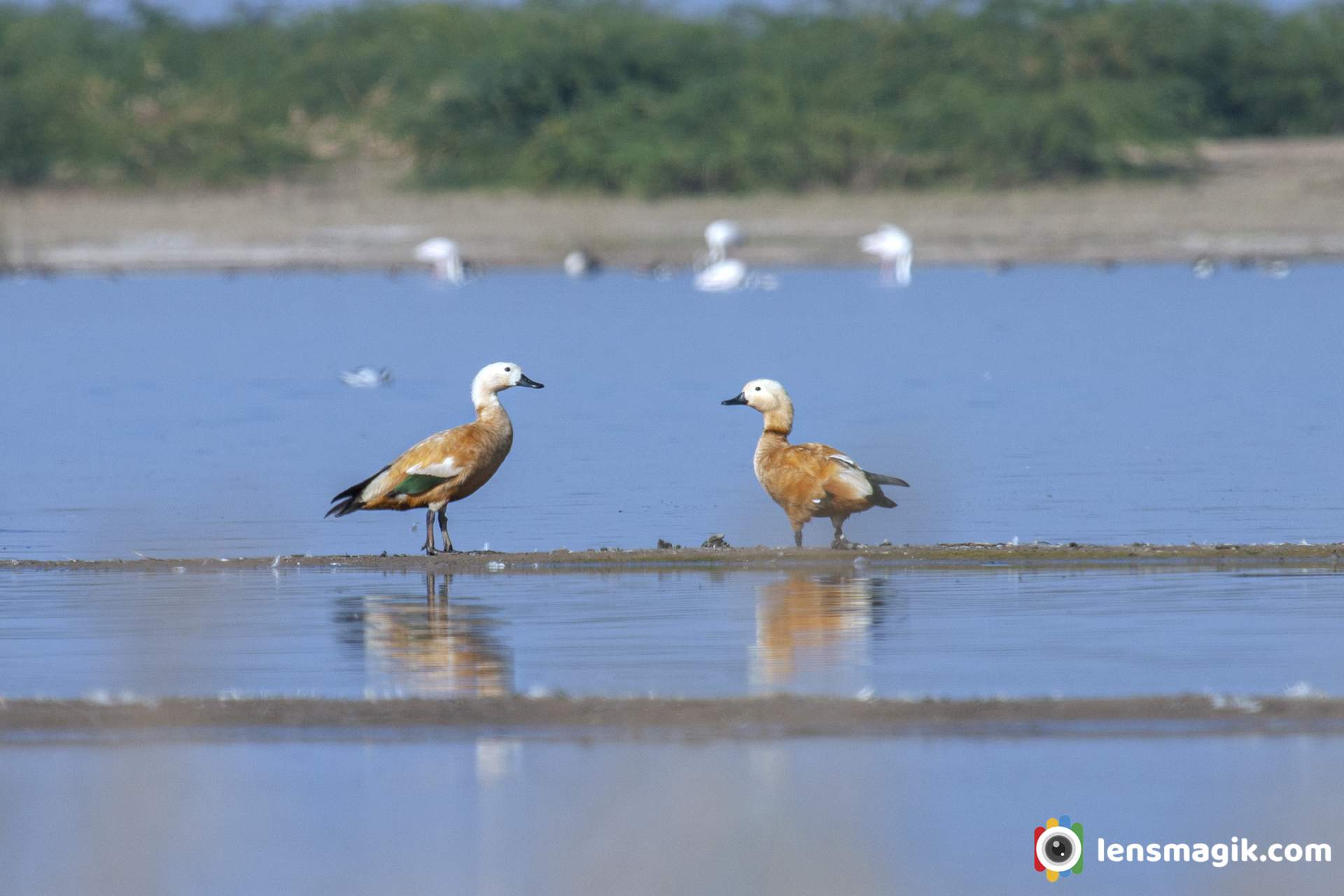
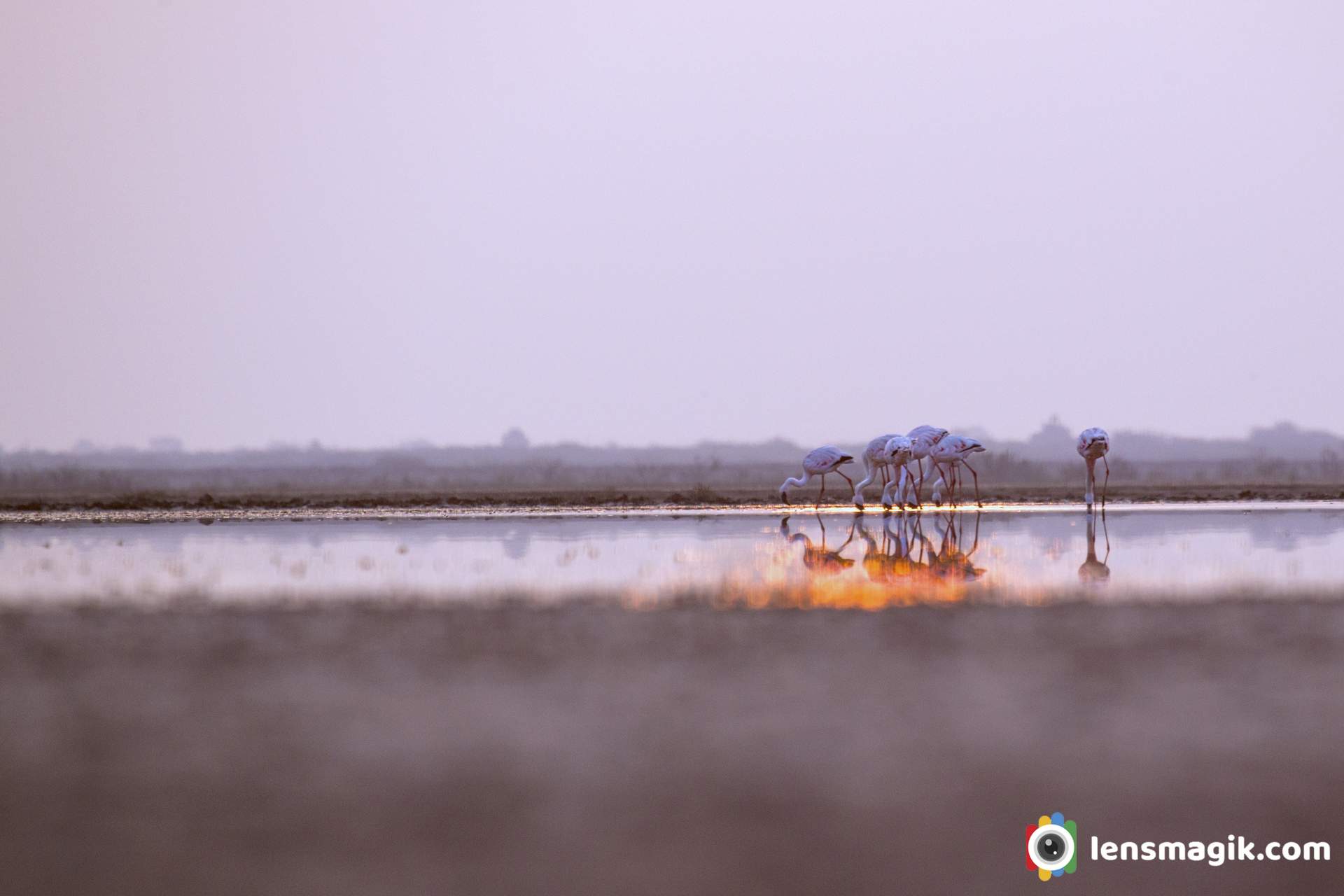
Follow these advance rules for capturing images and i am sure you will definitely get better results. I will give you one more Bonus tips except this 5 rules is
Depth ( Layers ) : The position of your subject in front of and behind of objects to create 3D depth.
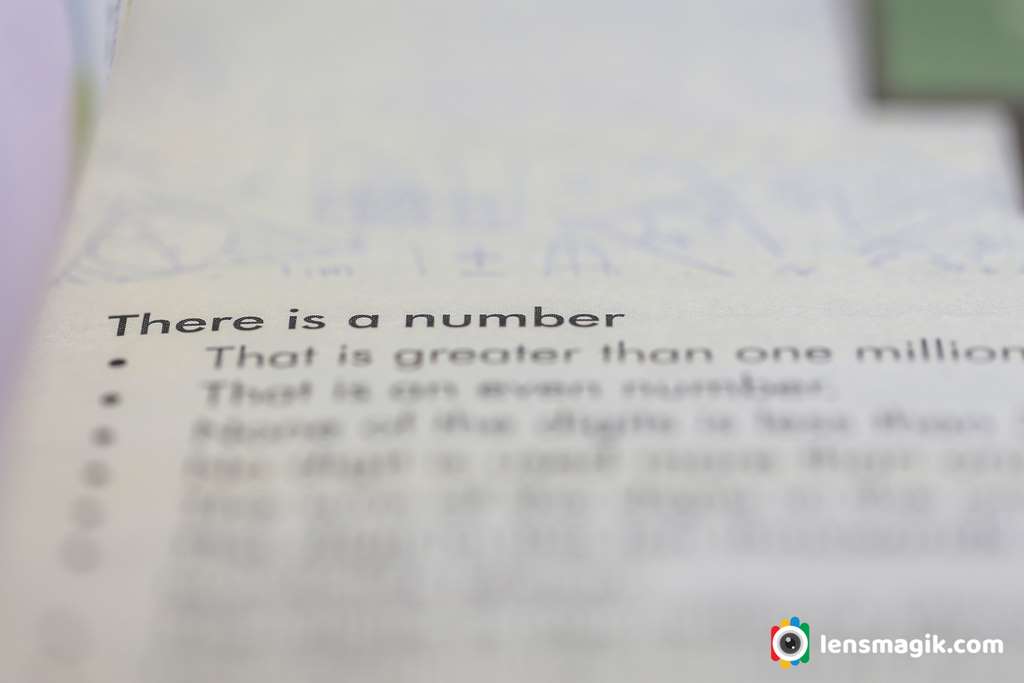
Read more
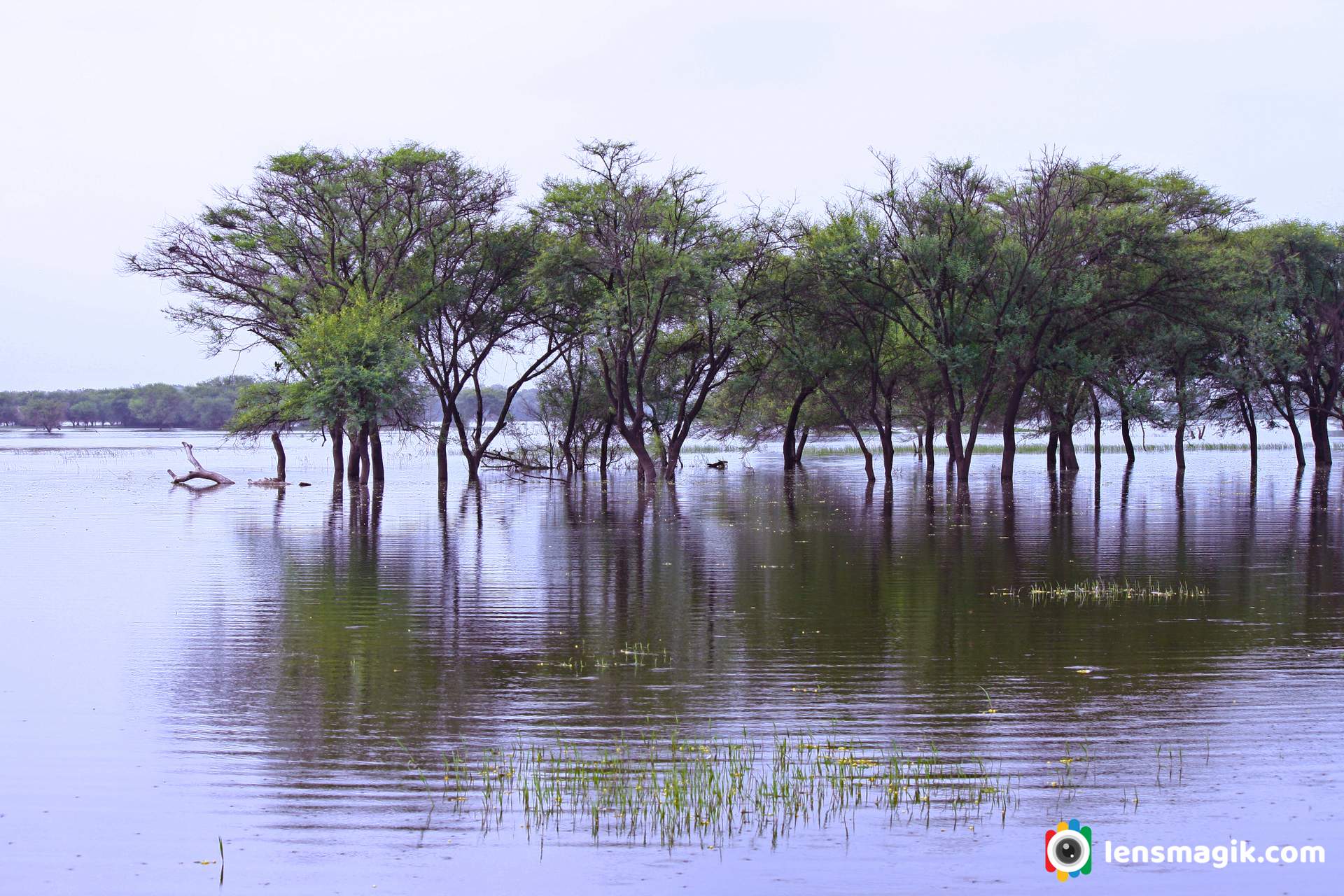
Thol bird sanctuary is located in Kadi Taluka in Mehsana District near sanand Gujarat. It is an artificial lake located near village Thol. In 1912 thol lake was built and it was declared as a Sanctuary in 1988. The main use of lake is use of water for irrigation. The Thol Bird Sanctuary or a Thol lake wildlife Sanctuary India is a habitat of more than 150 spices of birds. Also it is famous for migratory birds Flamingos and Sarus Crane which breeds here.
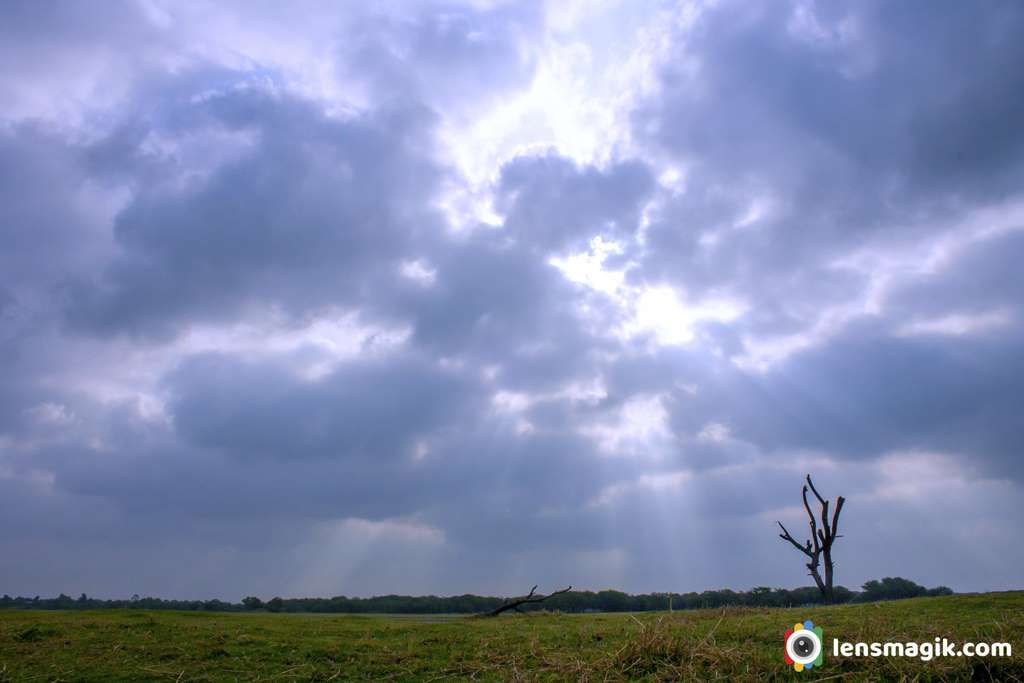
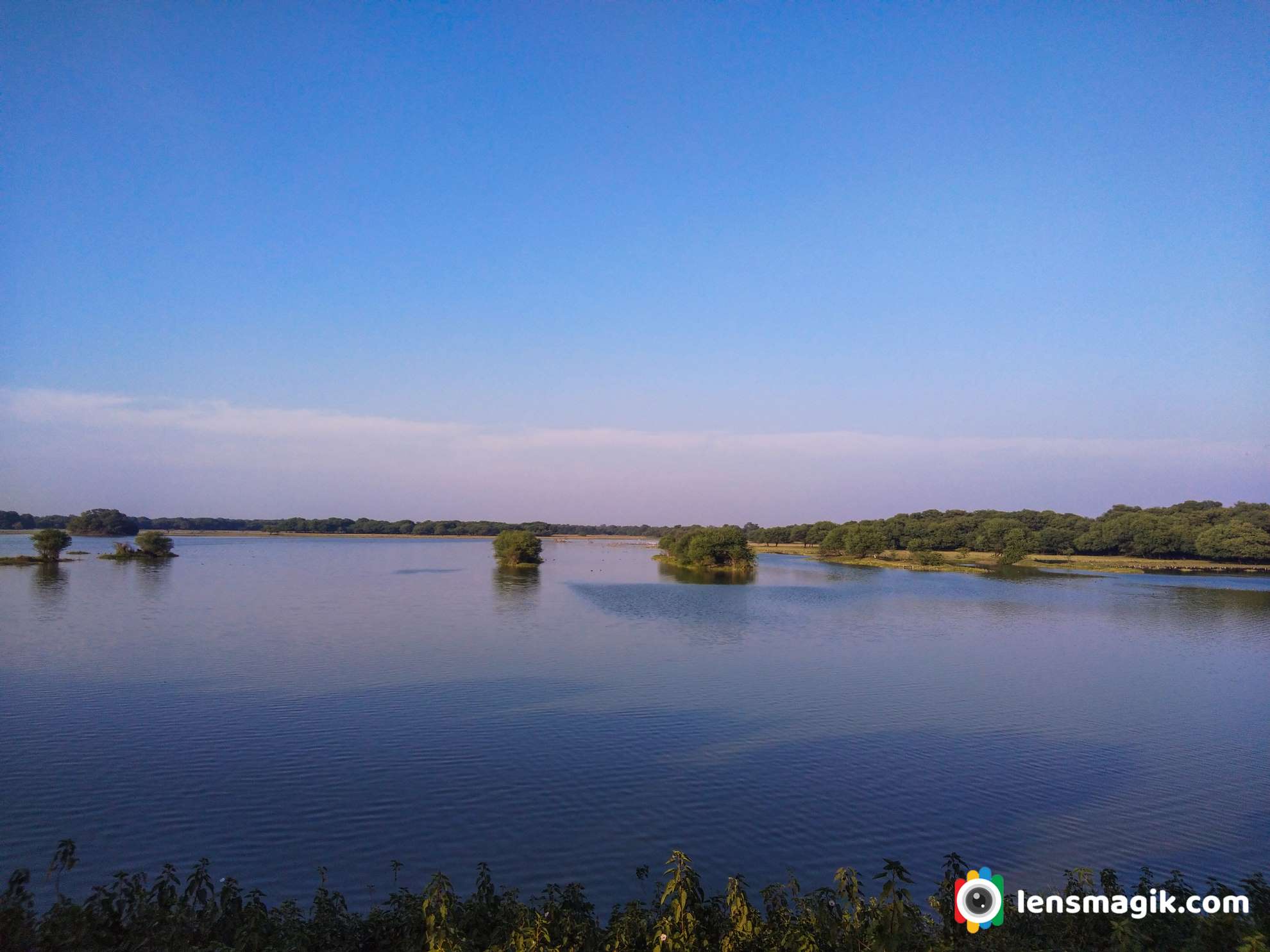
About Thol Lake / Thol Bird Sanctuary
Thol lake is located near Thol village and its area around 38000 acres. Lake faces all season winter , summer and monsoon. During winter temperature goes to 8 degree and in summer temperature goes to 43 degree. Thol lake is under control of Forest and Irrigation department of Gujarat. Thol lake water storage capacity is around 84 million cubic meters. Thol wildlife sanctuary is declared as Eco Sensitive Zone .
Flora and Fauna Thol Sanctuary :
Thol lake has many vegetation plants like Zizyphus, Acacia nilotica, Ficus, Capparis, Azadirachta indica etc. There are also some mix flora of Marshy and Aquatic plants reported in Thol Lake.
Thol lake is protected area and it is very good habitat for water birds. In thol bird sanctuary there are more than 150 spices of birds found . Among these more than 60 % of birds are water birds. Flamingo bird is most prominent bird of Thol Lake. Also Sarus Crane nest in large number here.
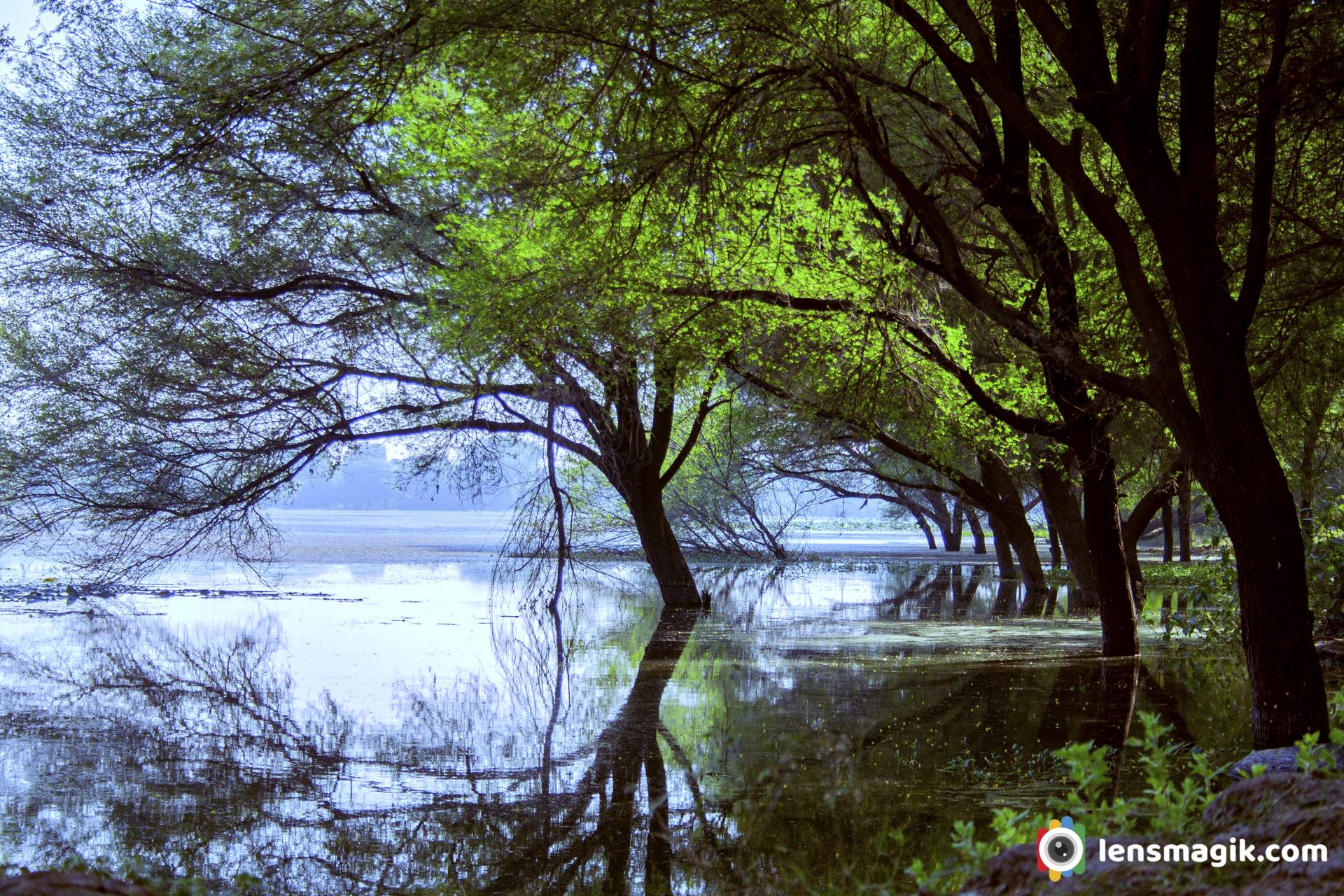
Famous Migratory Birds of Thol Lake
• Flamingos
• Sarus Crane
• Great White Pelican
• Mallards
• Bar Headed Geese , Grey Headed Geese
• Waterfowl
There are also some spices reported here like Dalmatian Pelican, Indian Skimmer, Greater Spotted Eagle, Indian Vulture and white rumped Vulture etc. In Mammals Bluebull, Blackbuck and Golden jackal reported here.
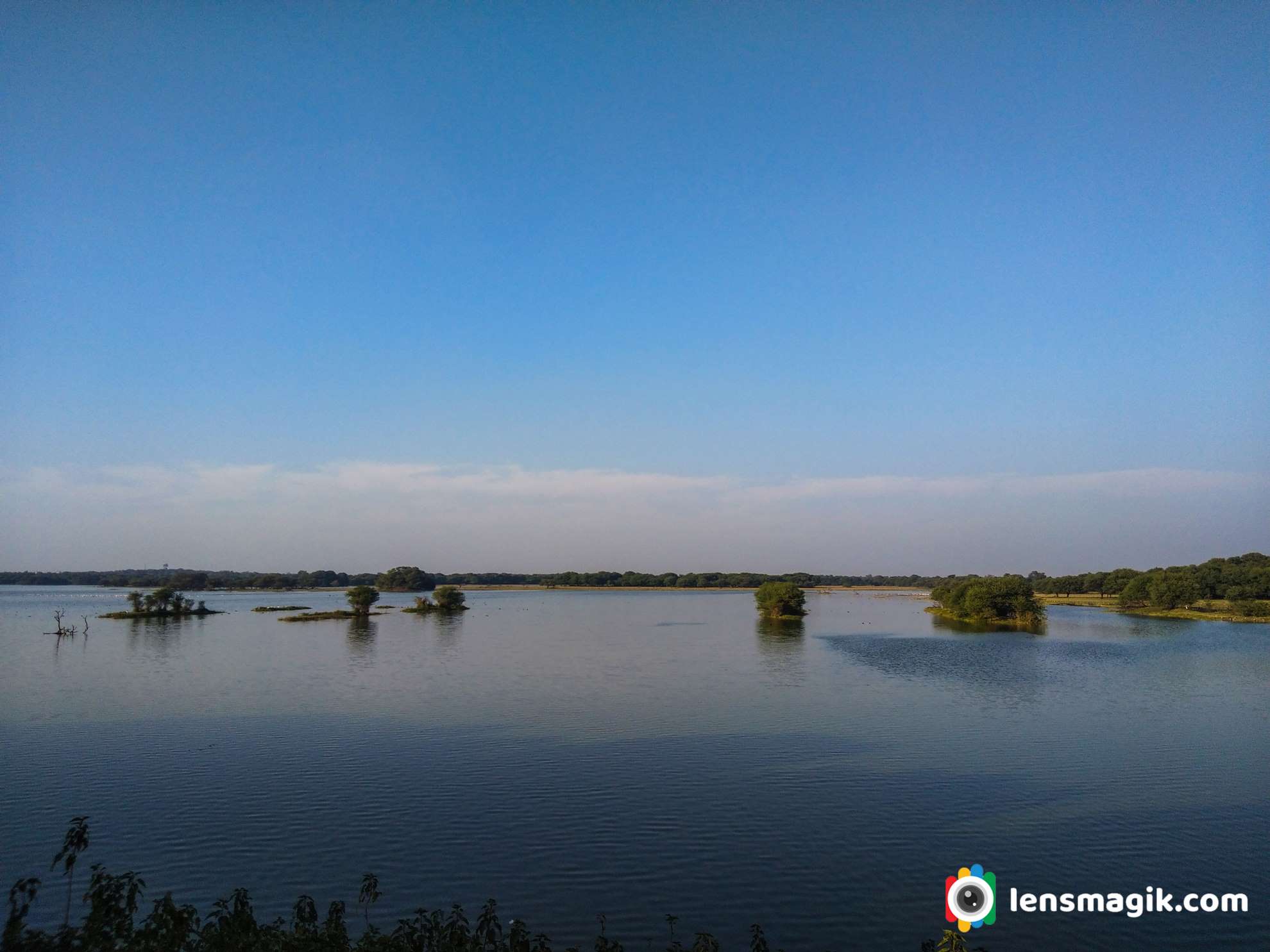
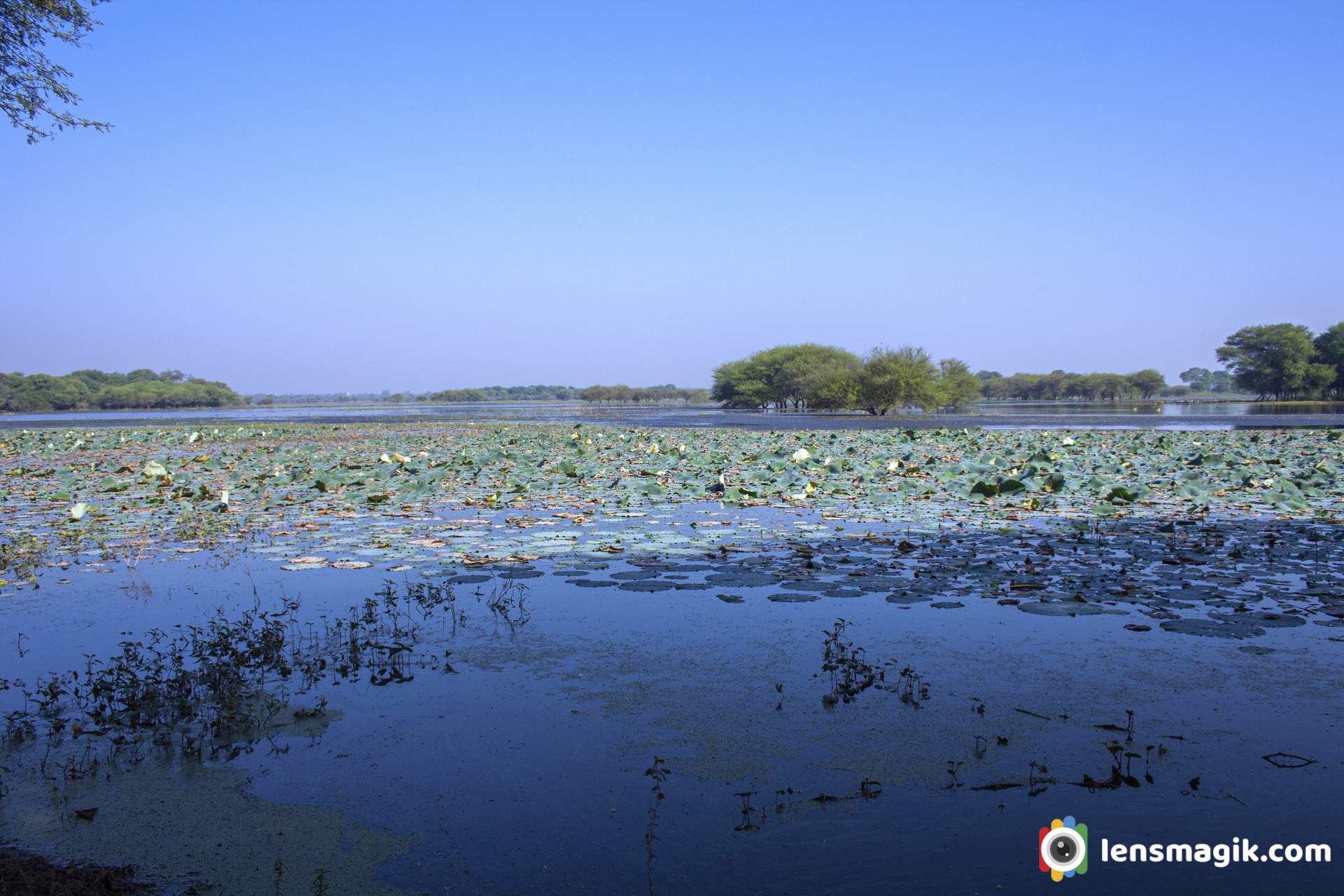
Thol Lake Timing and Fees :
Thol lake open everyday at 6 AM in morning and close at 5.30 PM in evening. Entry fees for Thol Lake or Thol sanctuary is 50 INR for per person. Also Camera fees extra at 200 INR and if you go via car then car fees also 500 INR. Foreigner fees are 10 $ per person.
Best Time to Visit Thol Sanctuary / Thol Lake :
Best time early morning for Thol Lake. In winter if you go before sunrise you can see Twilight sky amazing with lake shore and birds sound .During all season Thol lake has its own beauty. Every season you can visit at Thol Lake. But mostly during winter from November to March season is best for Thol Sanctuary visit. Because during winter lots of Migratory birds came here and stay for long time so for birding winter season is best at Thol Lake. Also during summer some of birds stays here like flamingos and pelicans, geese etc. So you can also see them in summer too. Also during summer water level of lake is low so may be the birds you can get in deep or sometimes closer. During monsoon most people don’t visit but if you like macro photography then you must visit Thol lake in monsoon. You can get some excellent macro subjects like waterdrops , Spiders, Insects etc.
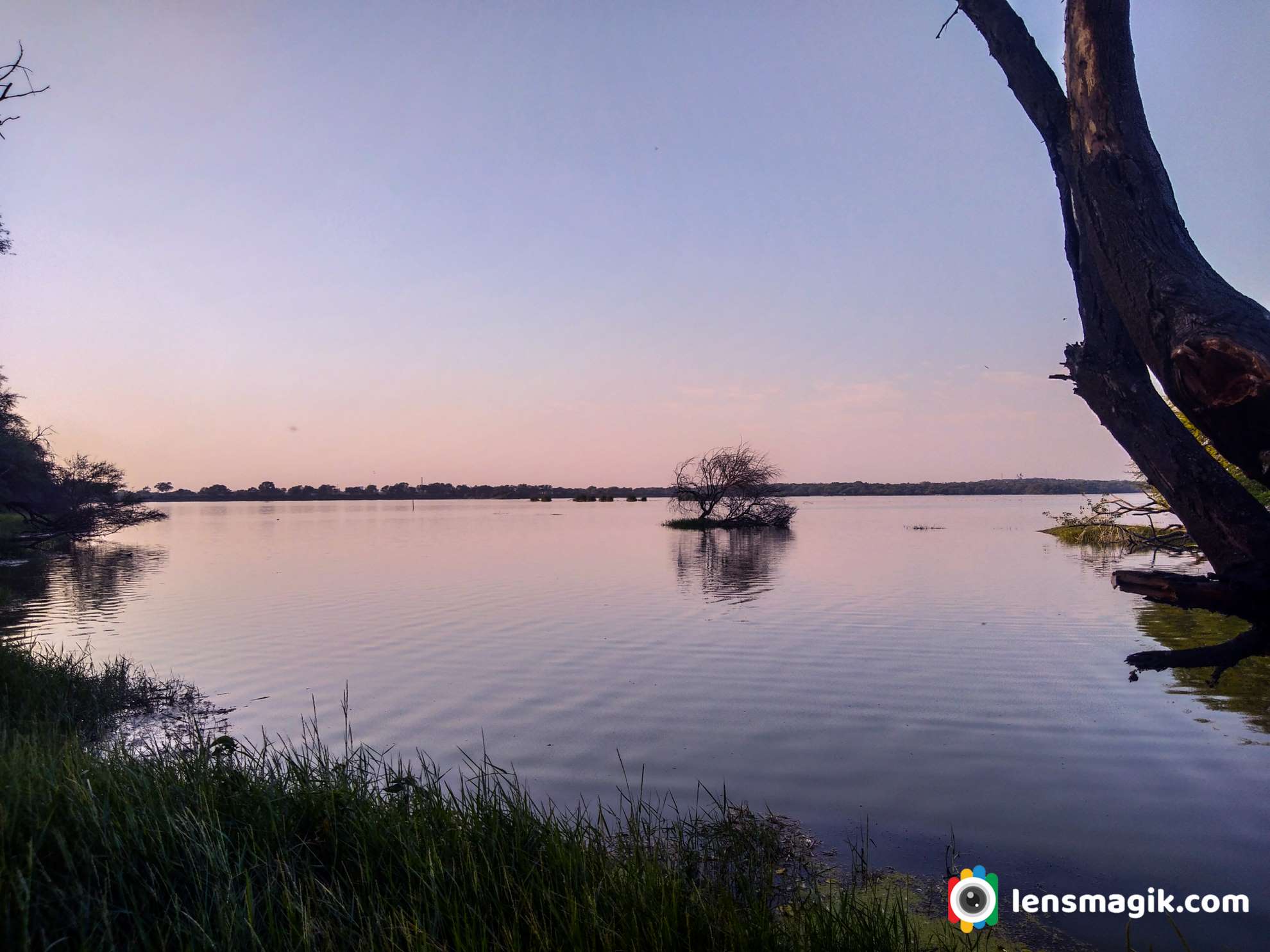
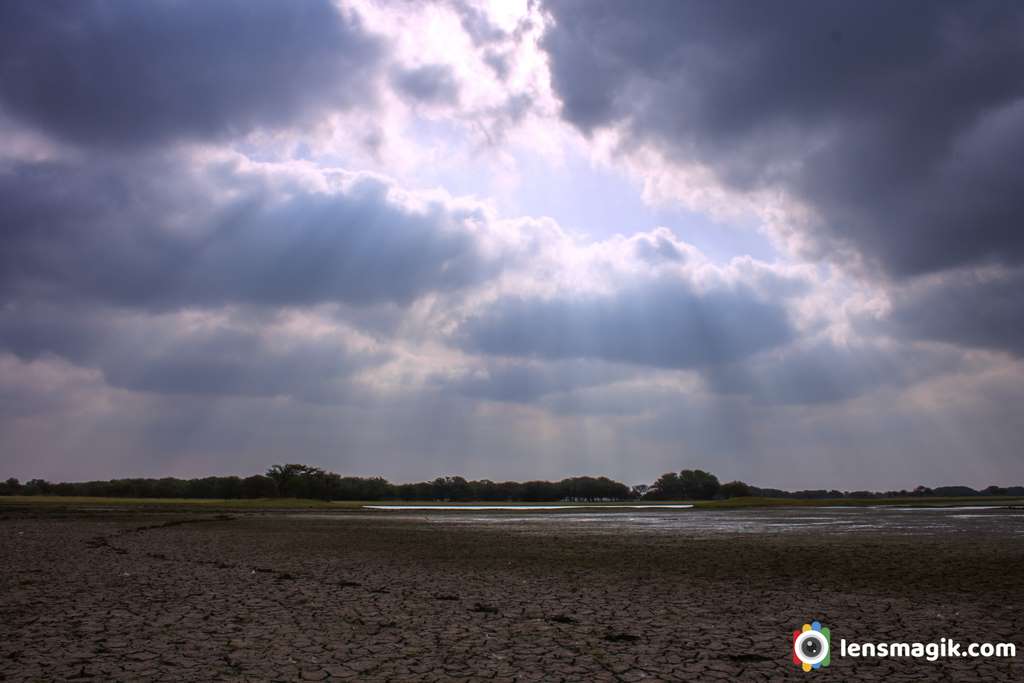
What to do and What not to do in Thol Lake / Keep in mind while visiting sanctuary in India :
• Keep silence in sanctuary
• Maintain discipline
• Keep sanctuary clean
• Do not throw plastic waste anywhere in sanctuary
• Protect wildlife
• Observe birds, mammals etc and protect them and identify them
• Follow rules of wildlife protection act -1972
• Don’t disturb birds and animals
• Don’t enter in sanctuary with liquor and inflammable objects
• Don’t make loud noice.
• Enter in sanctuary with permit only and keep receipt till you leave sanctuary
• Don’t feed birds and animals
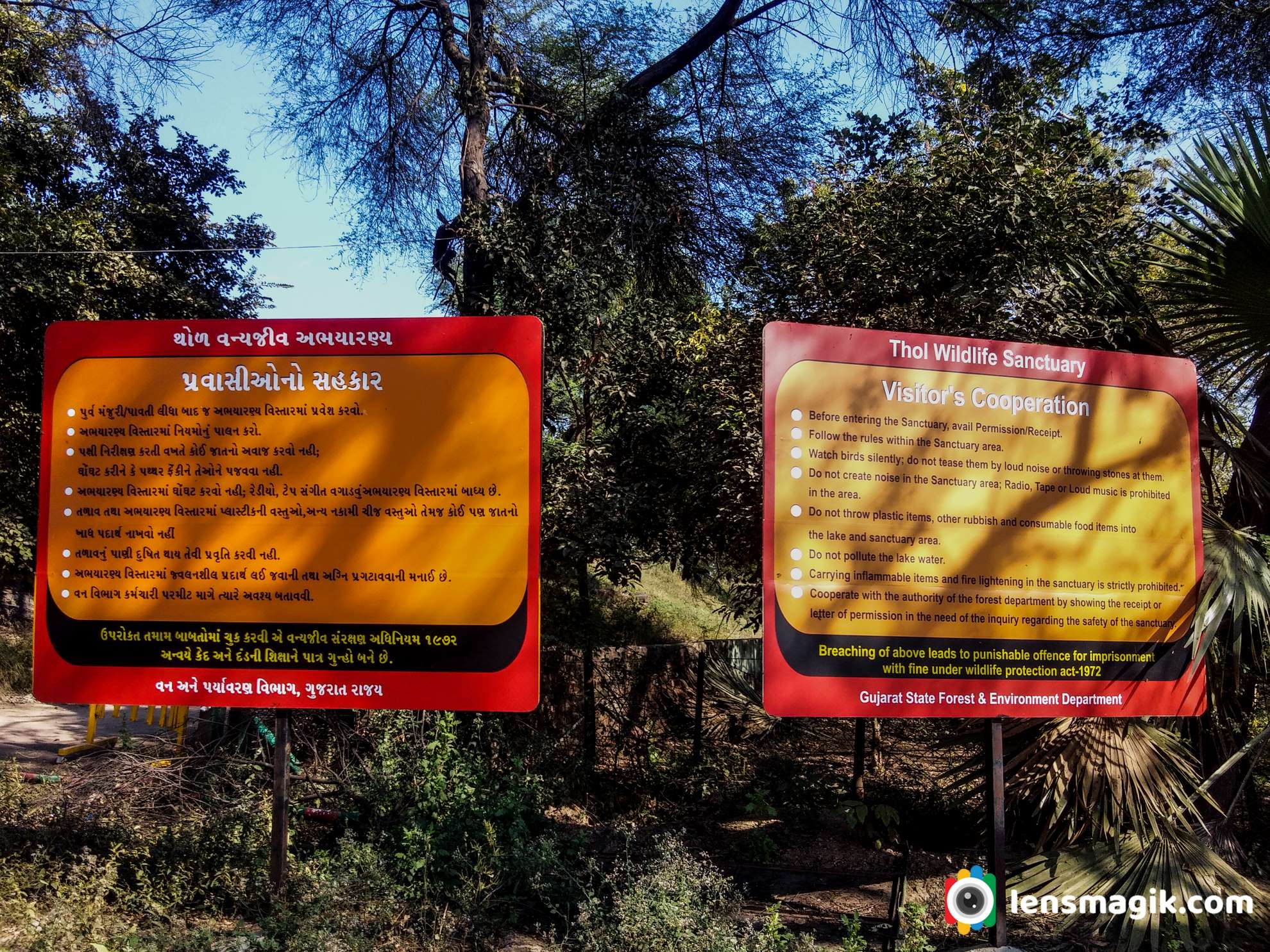
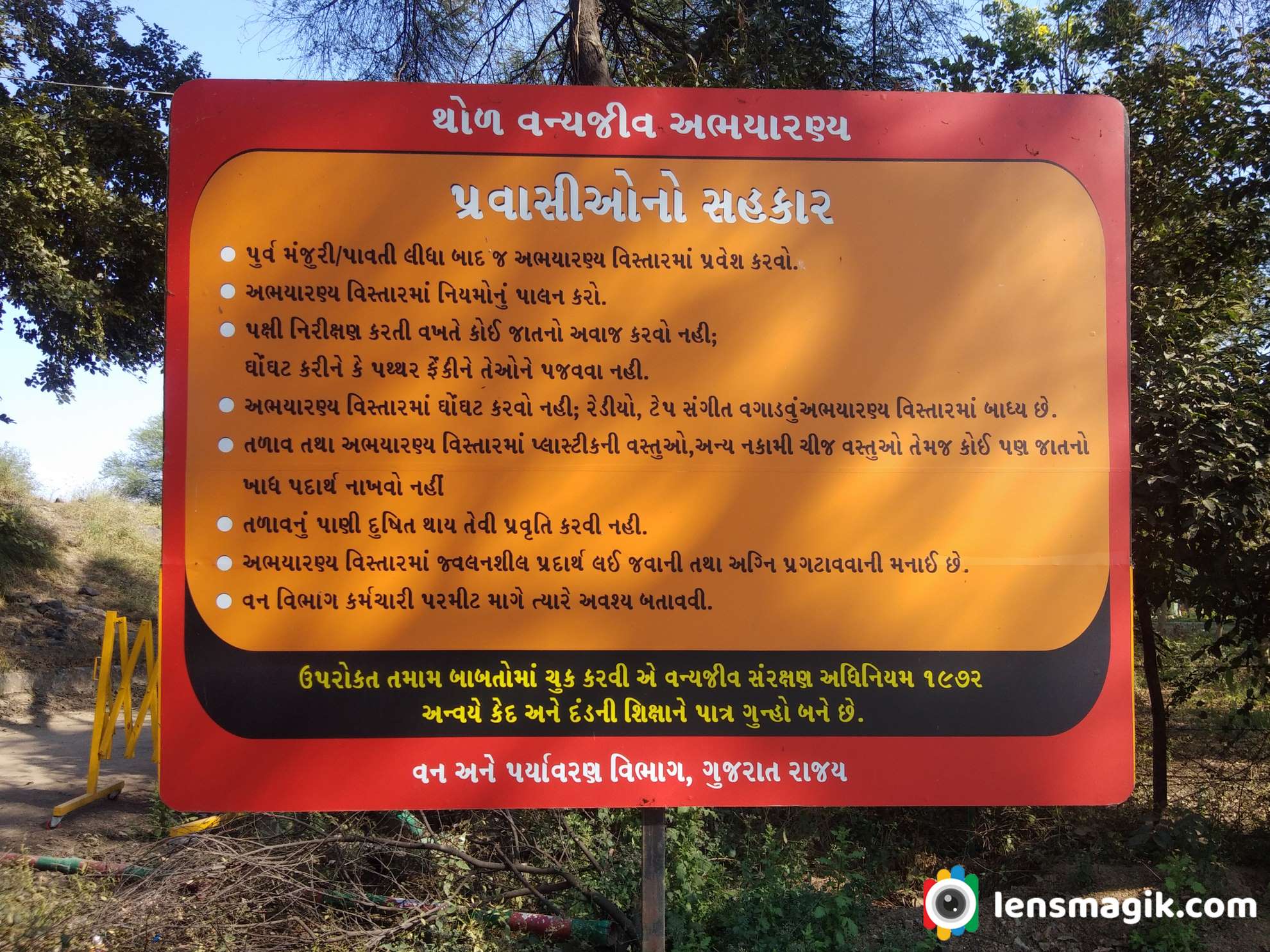
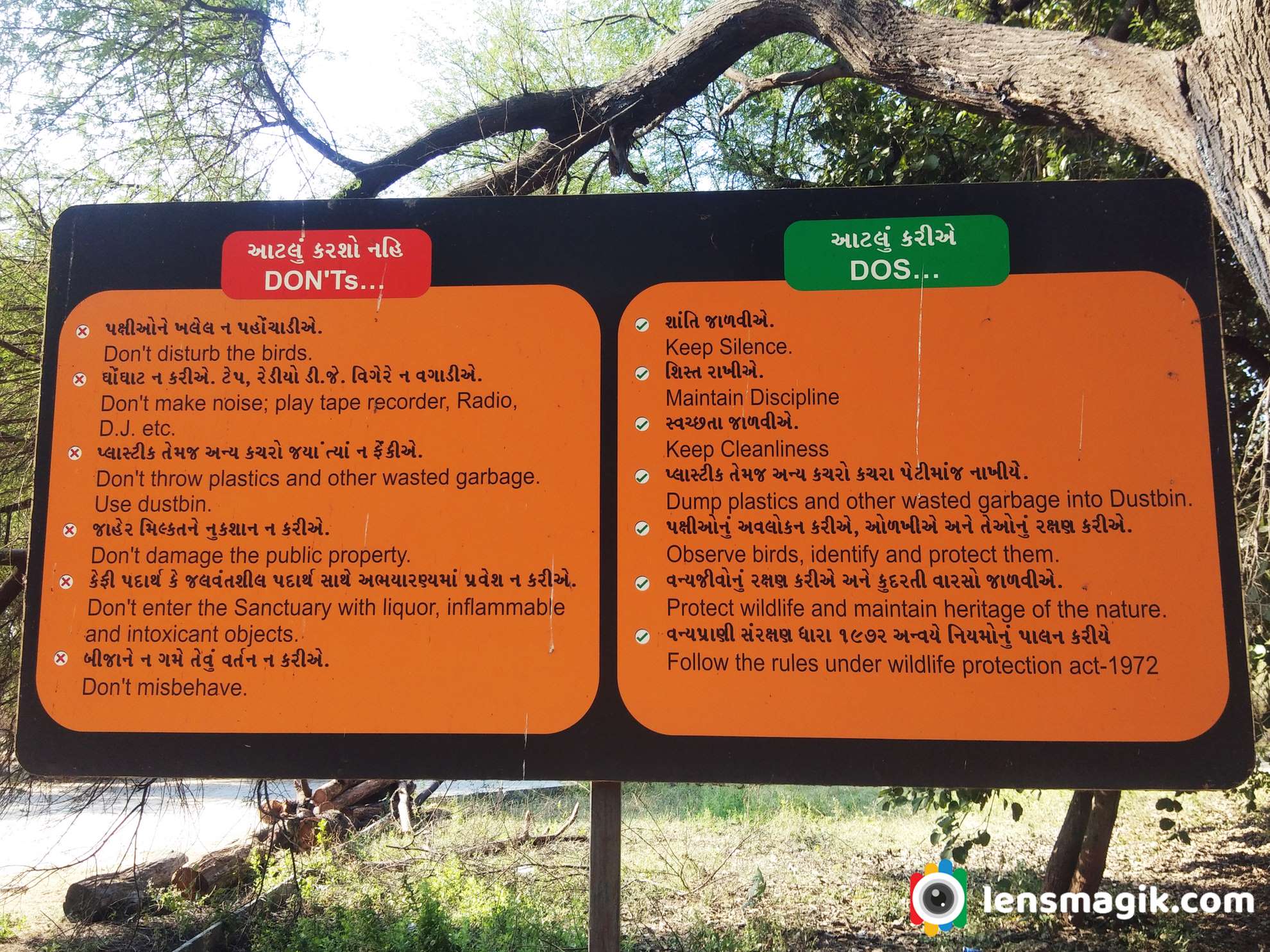
Where to Stay near Thol Lake :
Well near to Thol Lake there are not good places to stay at night but you can go near to destinations like Kadi, Kalol or Gandhinagar , Ahmedabad where you can get good places to stay at night. Nearest I suggest Kalol around 15-18 km or you can go Ahmedabad around 25 km.
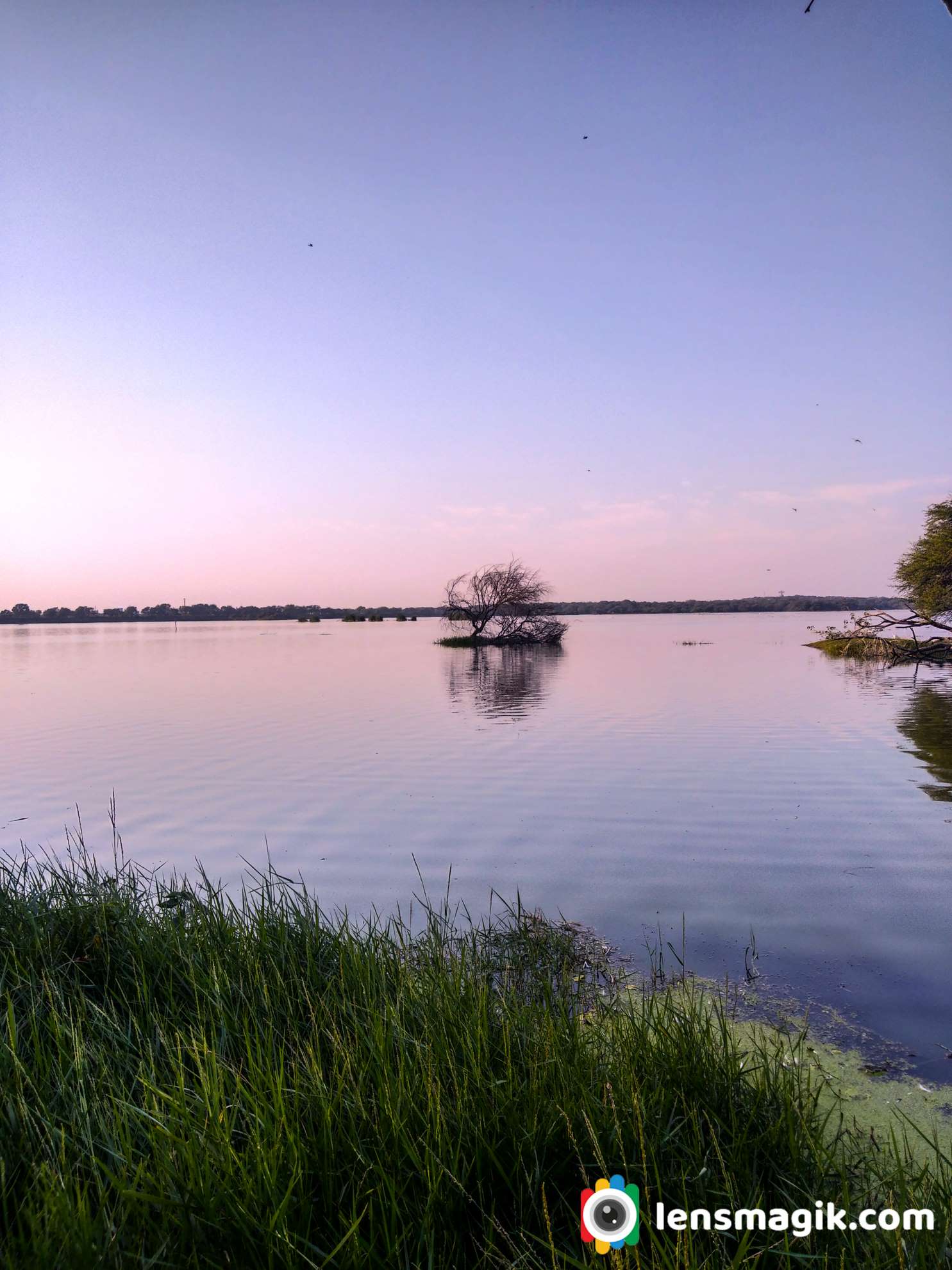

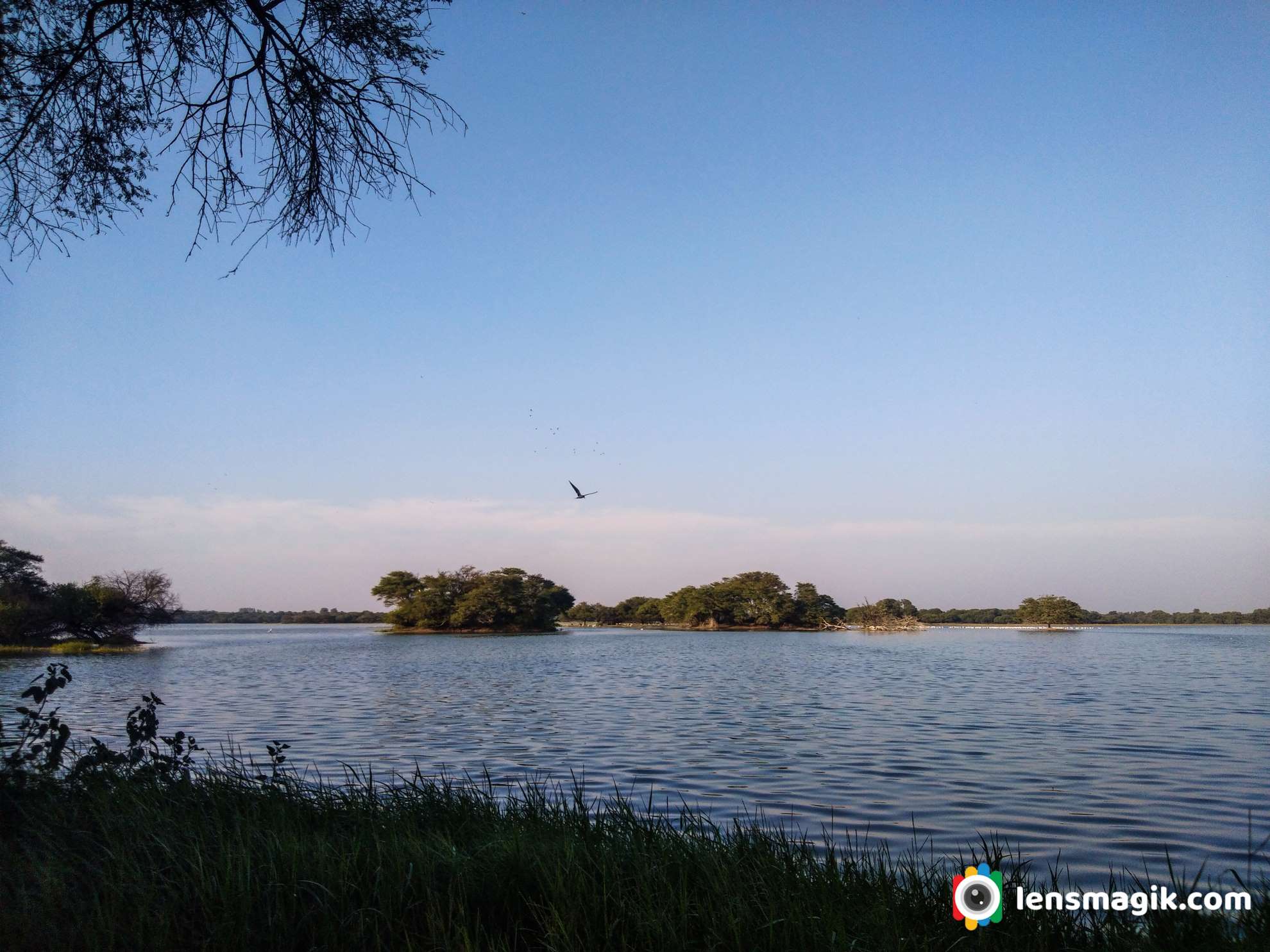


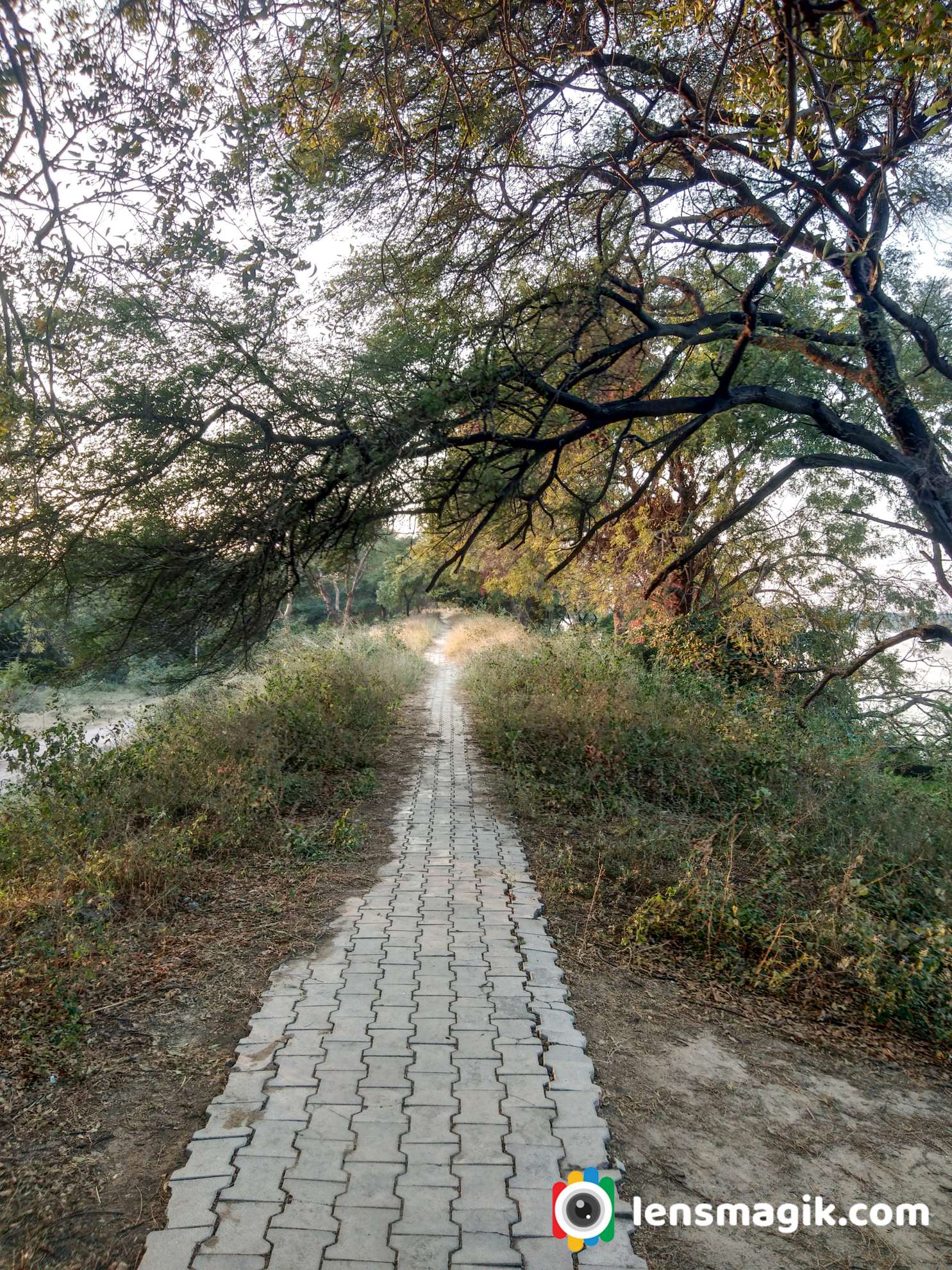
Places to Visit near Thol Lake :
If you are staying at Ahmedabad then go for Ahmedabad Darshan , Pol area of Ahmedabad and Adalaj Ni Vav ( Heritage places ) etc. Also go for fast food test at night at Manek Chauk and SindhuBhavan road there are lots of option for food lovers like Urban Chauk, Freezbee etc.
If you stay at Gandhinagar then visit Mahatma Mandir at Gandhinagar, Sarita udyan , Akshardham Temple etc.
I would suggest Modhera Sun Temple if you had some more time which is around 100km from Ahmedabad. For bird lovers and bird photographer I would suggest visit Little ran of Kutch (LRK) during Winter season, Pariej Lake, Indroda park Gandhinagar, Jessore Sanctuary Banaskantha etc.
How to Reach Thol Sanctuary :
Nearest airport is Ahmedabad and from Ahmedabad thol lake distance is around 30-40 km
Also for Railway station is Ahmedabad because you can get all frequency and destinations from Ahmedabad railway station.
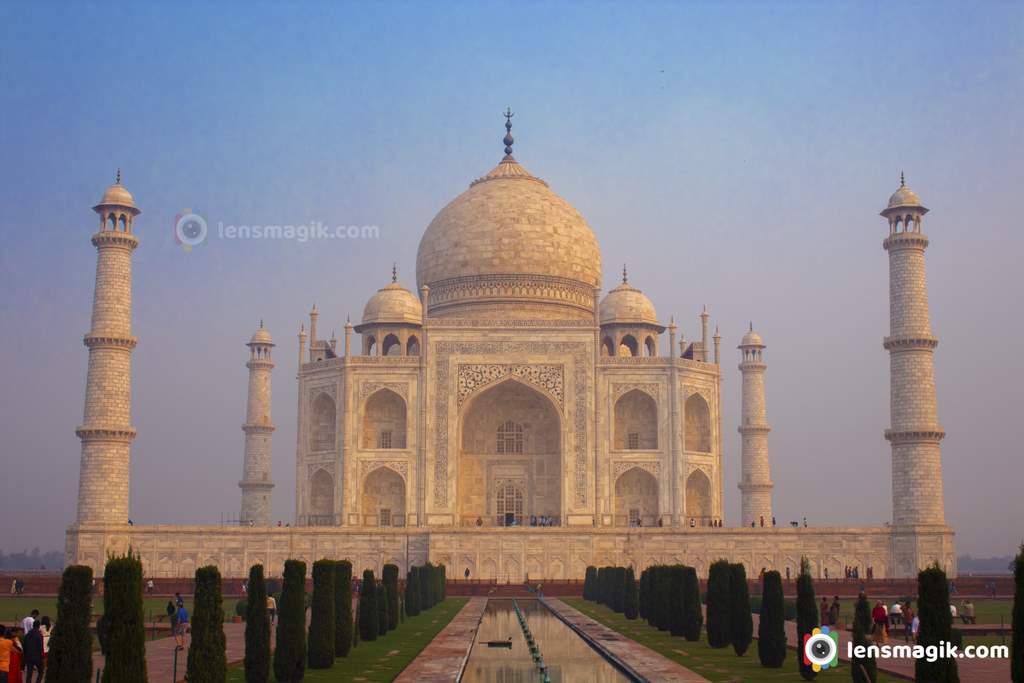
Taj Mahal is located in Agra Uttar Pradesh in India. It is one of the 7 wonders of the World. The Taj Mahal is built on the right of Yamuna river. The Taj mahal was built by Shah Jahan in memory of his wife Mumtaz . The Taj Mahal tomb construction was completed in 1643 but other phases work completed after 10 years in 1653. The Taj Mahal also known as Mumtaz Mahal. Mumtaz the wife of Shah Jahan died on 17 th june 1631. After Mumtaz's death Shah Jahan started construction of Taj Mahal as he wants to present his love for his wife to the world.
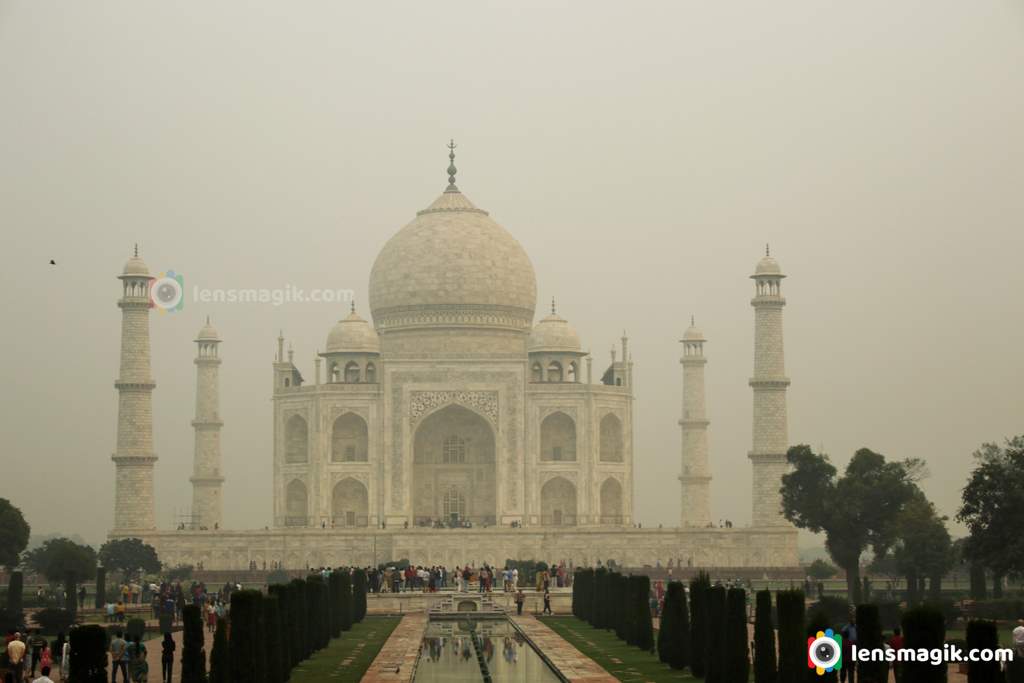
Facts about Taj Mahal
- Taj Mahal constructed of White Marble
- Centerpiece of Taj Mahal is in 17 Hector or 42 acre area. It includes Mosque and guest house.
- Total cost for building The Taj Mahal was 32 million at that time.
- Around 20000 artist worked for built Taj Mahal.
- Ustad Ahmad Lahauri was the chief architect of Taj Mahal.
- Natural beauty and divinity symbols are designed on Taj Mahal
- Taj Mahal was world heritage site by UNESCO and it is the masterpiece of world Heritage.
- Taj Mahal is one of the 7 wonders of the World.
- Taj Mahal means Crown of the Palace and it is also known as Mumtaz Mahal.
- The mausoleum was completed in 1648 and after 5 years surrounding buildings and garden was completed.
- Taj Mahal is an inspiration and shows the love story of Shah Jahan and Mumtaz. So it is also called symbol of Love.
- Main dom of Taj Mahal is about 115 ft height. The dom is also known as onion dom.
- Main finial on top of main dom is made from Gold but it replaced of bronze and gilded with gold in 19th centaury .
- Reflective tile use in art inside marble so you can see beautiful art of flowers and motifs . First they craft on marble and then put cutting stone inside it so it’s a wonderful example of art on that time.
- Arabic Calligraphy used on main entrance . The words you can see from any angle any height and any location looks same.
- Also Marble Jali is one of the best stone art example. Micro carving of stone.
- More than 1000 elephants used to transport building materials , more than 20000 laborers , painters, artists and stone cutter are used.
- White marble brought from Makrana Rajasthan. Jade and crystal brought from China. Blue rock Lapis Lazuli brought from Afghanistan, Carnelian from Arabia , Sepphire came from Shri Lanka, Turquoise from Tibet .
- Taj Mahal looks different in sunlight and in moonlight. Marble Color changed according to sunlight and moonlight.
- Taj Mahal color changes throughout a day as sunlight spot on taj mahal changes color of marble.
- Cenotaps of Shah Jahan and Mumtaz inside Mausoleum are empty and they are below that room.
- Legends says that after completing Taj Mahal Shah Jahan cuts hands of workers so they do not make another piece of It but there is no proof of these story.
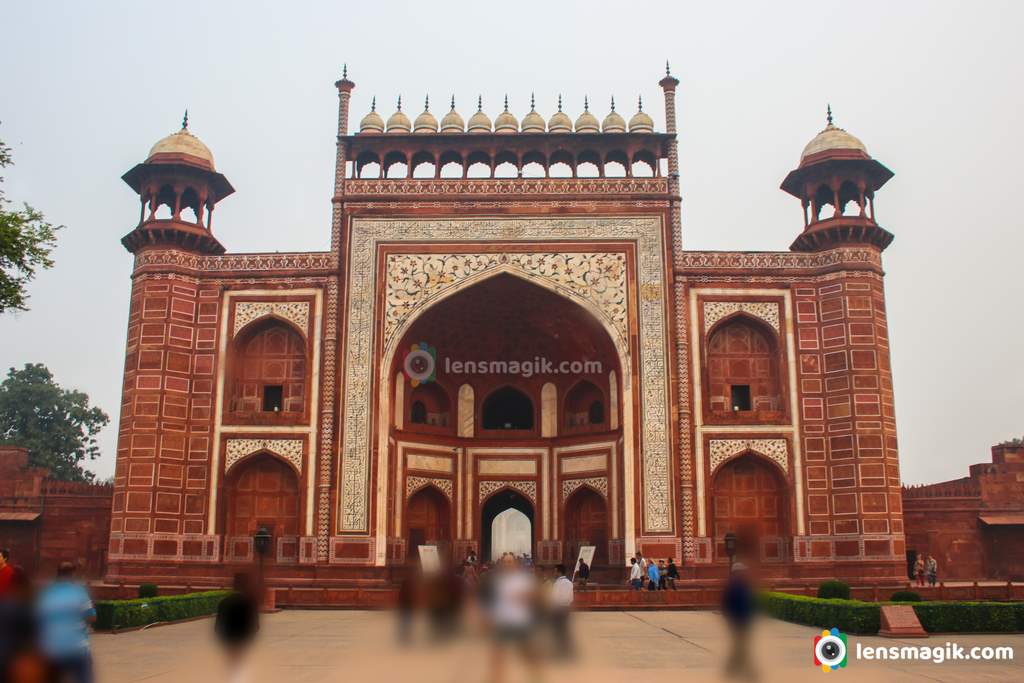
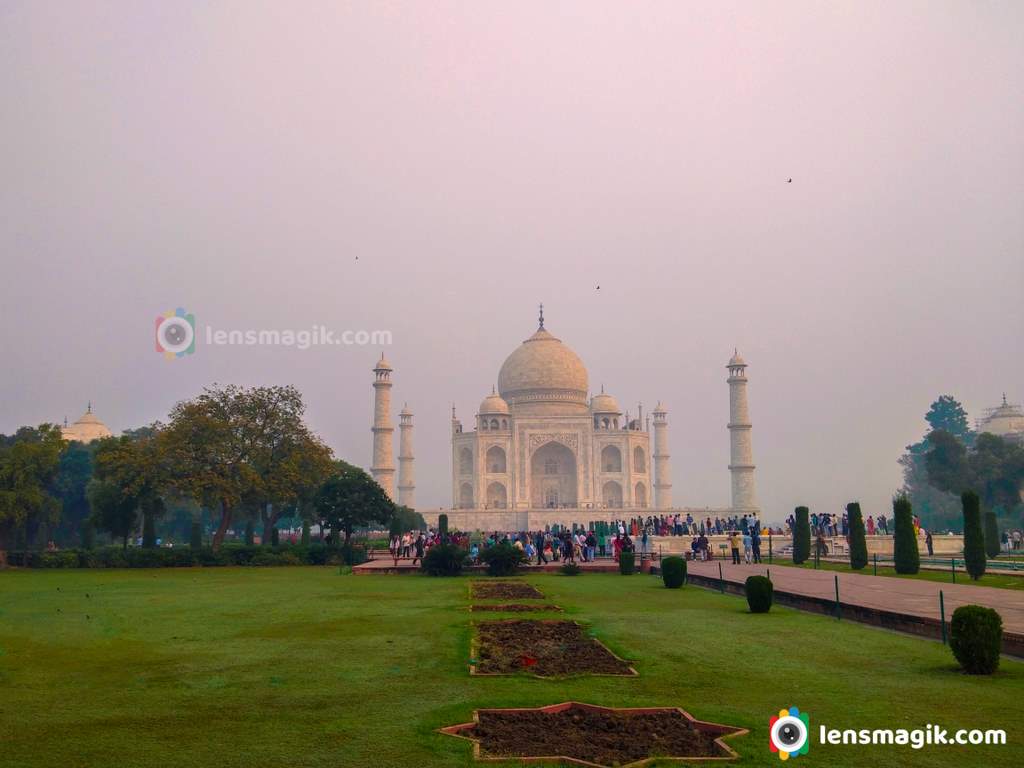
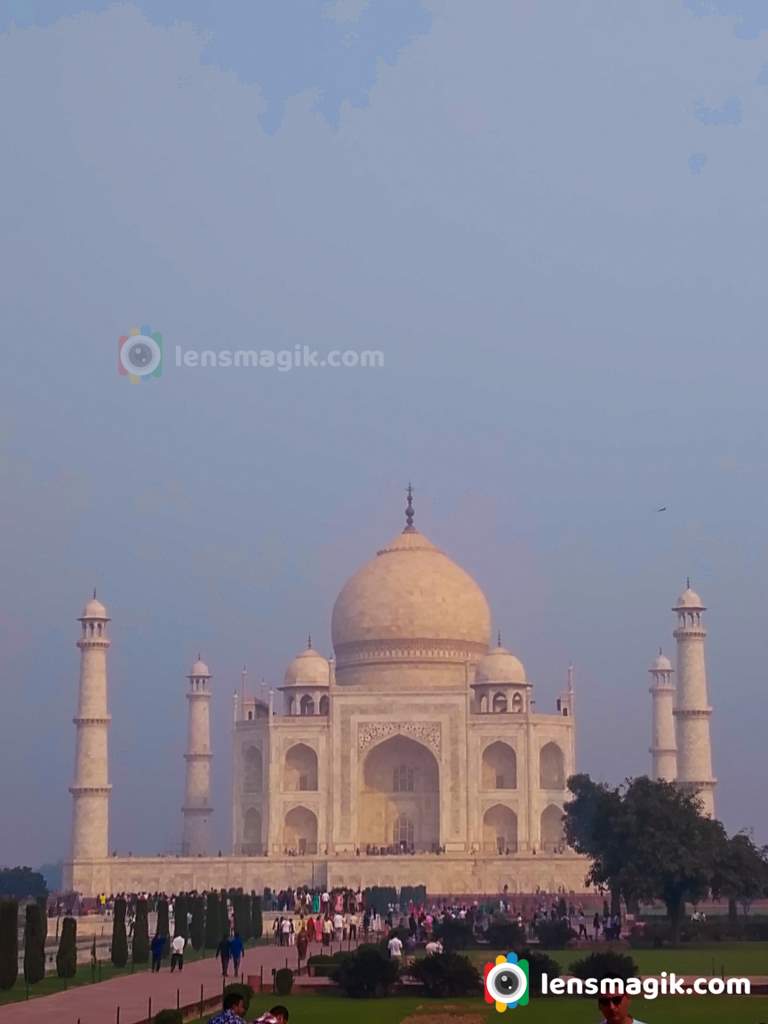
Taj Mahal covered with red sandstone wall border from 3 sides. River side facing is open. All types of different stones from different countries brought here and inlaid into white marble. For bringing marbles and other stones 15 km tamped ramp was built. The plinth of tomb was completed in 12 years.The Post and beam pulley system was used to raise marble and blocks to desire place.
The Symbol of Love Taj Mahal :
During a year millions of visitors visit Taj Mahal. Also it is a one of the 7 wonders’ of the world that might be a reason of foreign visitors but also many Indian visitors too. Taj Mahal is Symbol of Love of Shah Jahan and his wife Mumtaz. On deth of mumtaz shah jahan built Taj Mahal in memory of his wife . Lots of money spent on it and lots of labor workers used in it. So it is also Symbol of Shah Jahan’s wealth and power too.Taj Mahal display prominent image of India so that you call Taj Mahal A symbol of India.
After completing Taj Mahal Shah Jahan was to plan to built the mirror of Taj Mahal on other side as a shadow of Taj Mahal. He started construction as a black Taj Mahal across the Yamuna River for his own to see Taj Mahal. But Aurangzeb the son of Shah Jahan deposed him and put him in house arrest. After death of Shah Jahan Aurangzeb buried him next to his wife Mumtaz.
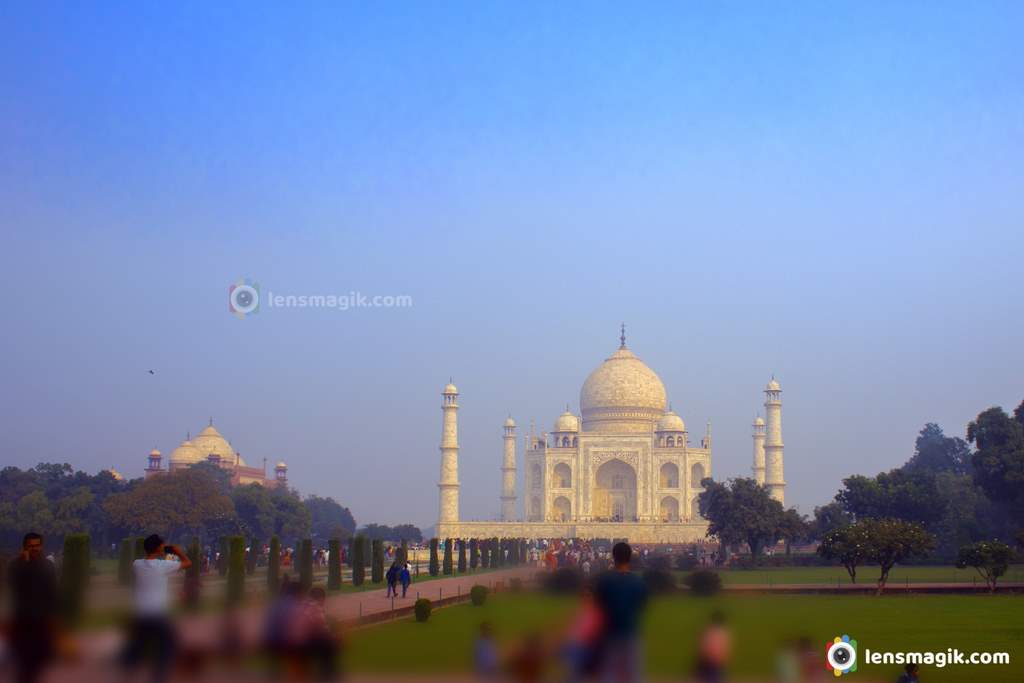
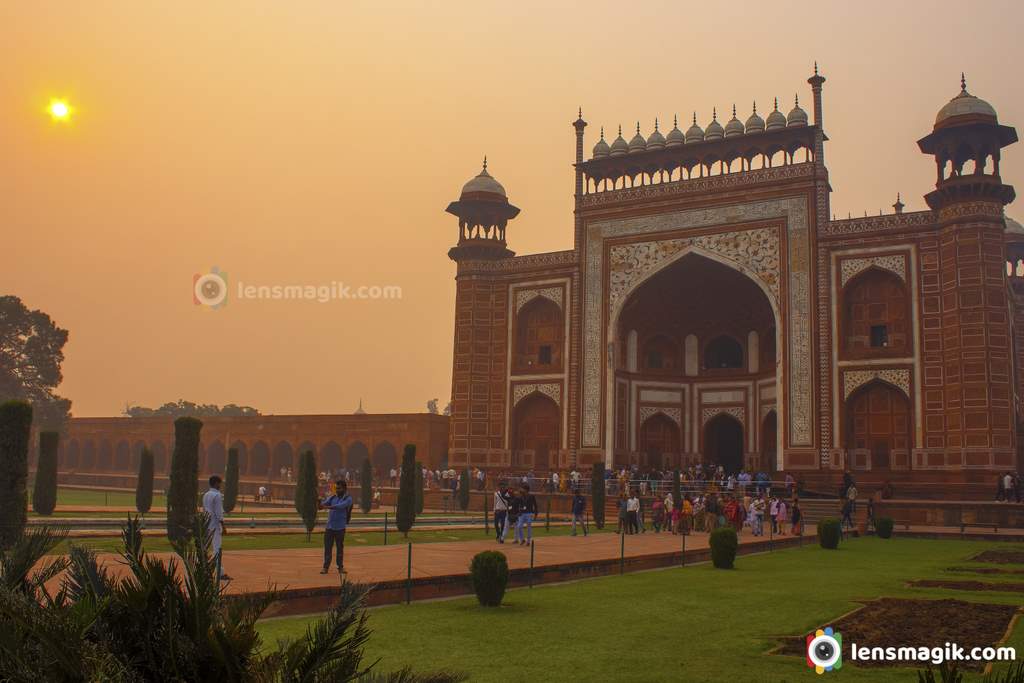
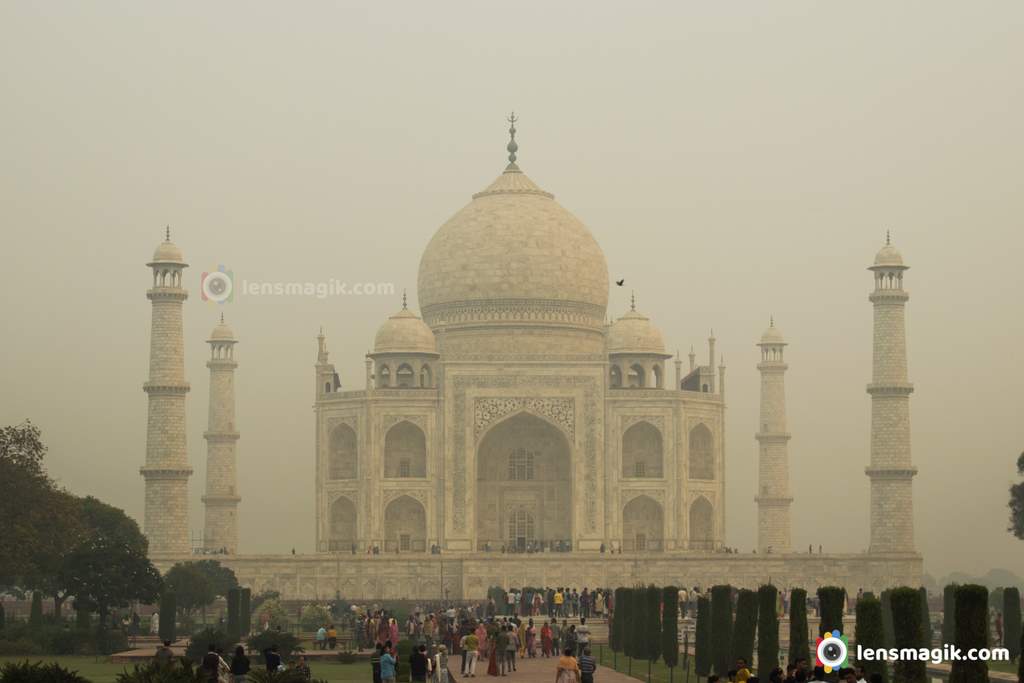
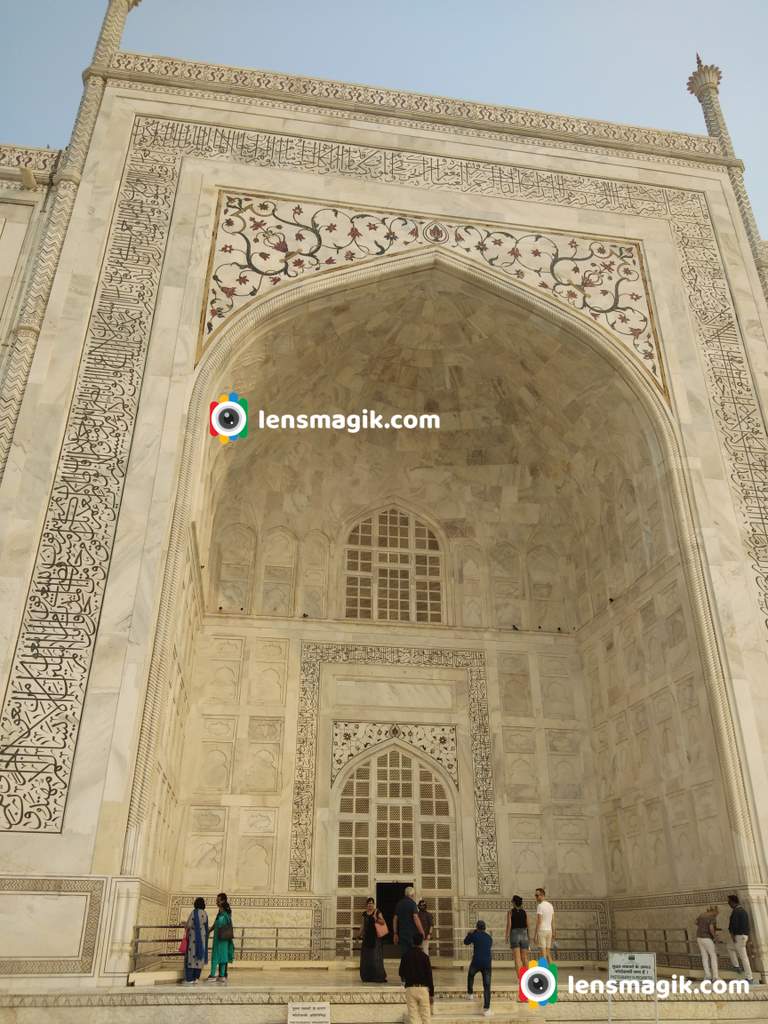
Entrance Fees and Timing to visit Taj Mahal :
UNESCO documented that in 2014 more than 7 million visitors visited Taj Mahal.3 tier visiting fees for Taj Mahal and its different for resident Indians and Foreigner.
- As of 2022 fees for visit Taj Mahal for Indian citizen is 50 INR and for foreigner it is 1100 INR.
- For SAARC and BIMSTEC countries citizen fees are 540 INR.
- Also if you want to visit main Mausoleum its fees 200 INR for all peoples. It is optional to visit so you can choose to visit or not.
- Below 15 years children are free to visit Taj Mahal for both domestic and foreigner.
- There are 3 gates where you can get tickets to visit Taj Mahal 1. Taj Mahal western Gate 2. Taj Mahal Eastern Gate 3. Taj Mahal Southern Gate.
- For visiting Taj Mahal in night it charges 510 INR for Indian citizen 750 INR for Foreigner and 500 INR for Child from 3 to 15 years. Taj Mahal at night view is completely different and also at full moon night.
Taj Mahal Timing :
Taj Mahal open 30 minutes before sunrise and closes 30 minute before sunset during normal days
Note that Taj Mahal closed on Friday for general viewing.
Full moon night timing is 8:30 pm to 12:3 pm.
Places to visit Near Taj Mahal :
- Agra Fort
- Fatehpur Sikri
- Akbar’s Tomb
- Jama Masjid
There are many more places to visit in Agra too. So if you interested in old architecture then plan at least for 2 -3 days for Agra.
Best Time to Visit Taj Mahal :
Most Peoples visit Taj Mahal during winter season from November to march . But you can visit Taj Mahal in any season.
Things to Remember during visit of Taj Mahal :
Do’s :
- Hire approved guide with identity card also photographers too.
- Co operate to maintain cleanness of monument.
- From parking golf car available who is not able to walk long distance
Don’t:
- Eating, smoking , arms , smoking items, flammable items, liquor, tobacco , electric goods etc are prohibited inside Taj Mahal.
- Mobile phone are to be kept in silent mode or switch off.
- Drone also not allowed inside Taj Mahal.
- Inside main mausoleum photography is not allowed.
- Avoid scratching and touching walls of Taj Mahal.
- Maintain peace during visit main mausoleum.
Taj Mahal is world Heritage site so we all need to maintain its beauty. Every tourist must have to follow rules to keep Taj Mahal The Symbol of India. Taj Mahal tour must do with guide so you can understand the behind story and all things about Taj Mahal. Guide give you proper guidance about Taj Mahal and also clear your doubt.
Fatehpur Sikri : The City must visit between Jaipur and Agra
Fatehpur sikri is a city which is built by red sandstone. Fatehpur sikri is 37 km from Agra. Most people go Jaipur to Agra and in between visit Fatehpur Sikri . You need 2-3 hours to visit Fatehpur Sikri in details. The Mughal Emperor Akbar had planned city as a capital . Fatehpur Sikri was built during 1571 to 1585 . It is also a world Heritage site by UNESCO.
Inside Fatehpur Sikri Palace :
- Main Gate one of the best symbol of amazing Architecture. Too big height around 54 meters. It is Known as Buland Darwaza.
- Diwan-l-am
- Diwan-khana-l-khaas
- The treasury
- Turkish Sultana's House
- Palace of Jodha Bai
- Daulat Khana-l-Khaas
- Hawa Mahal and Nagina Masjid
- The Jami Masjid
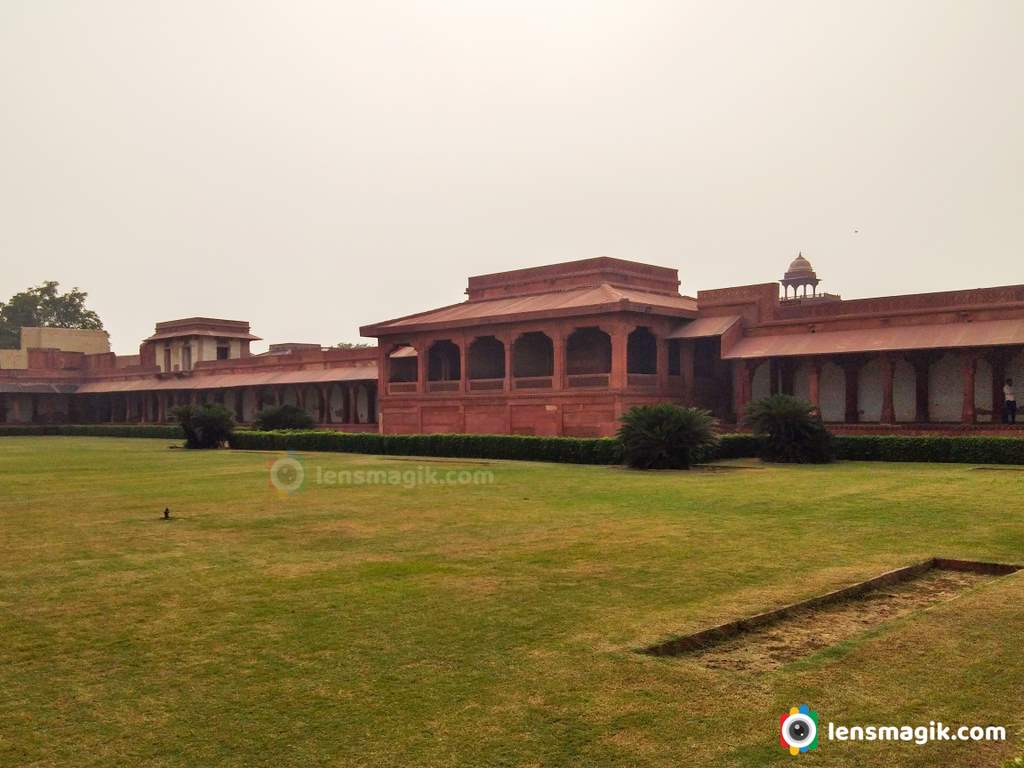

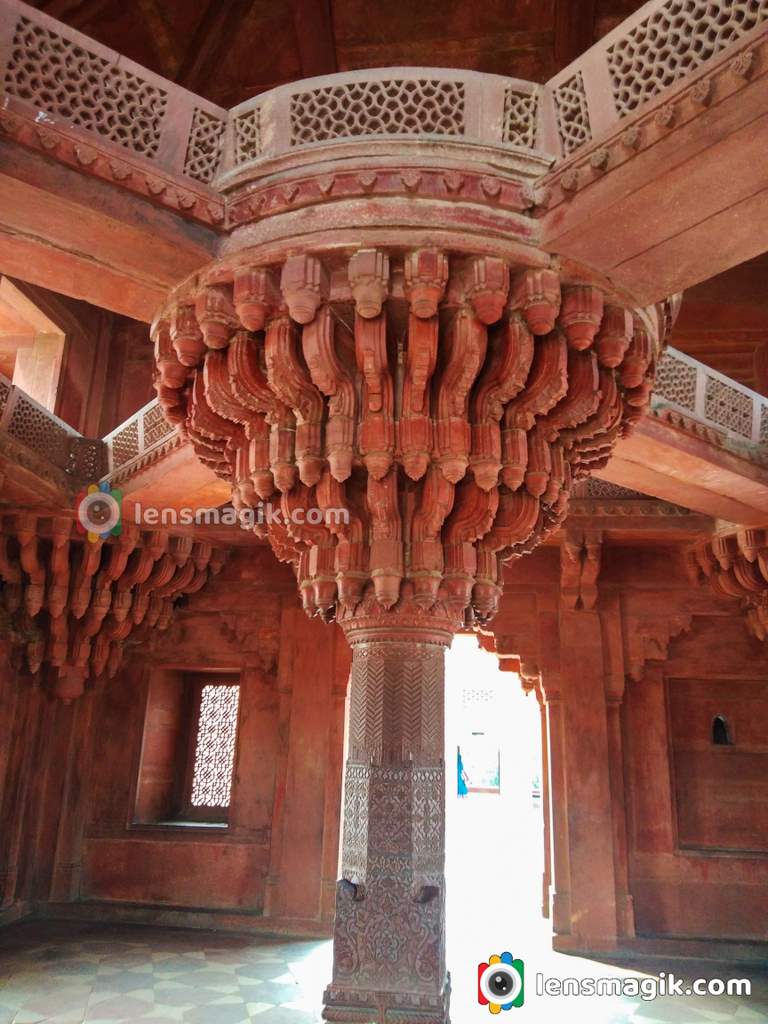
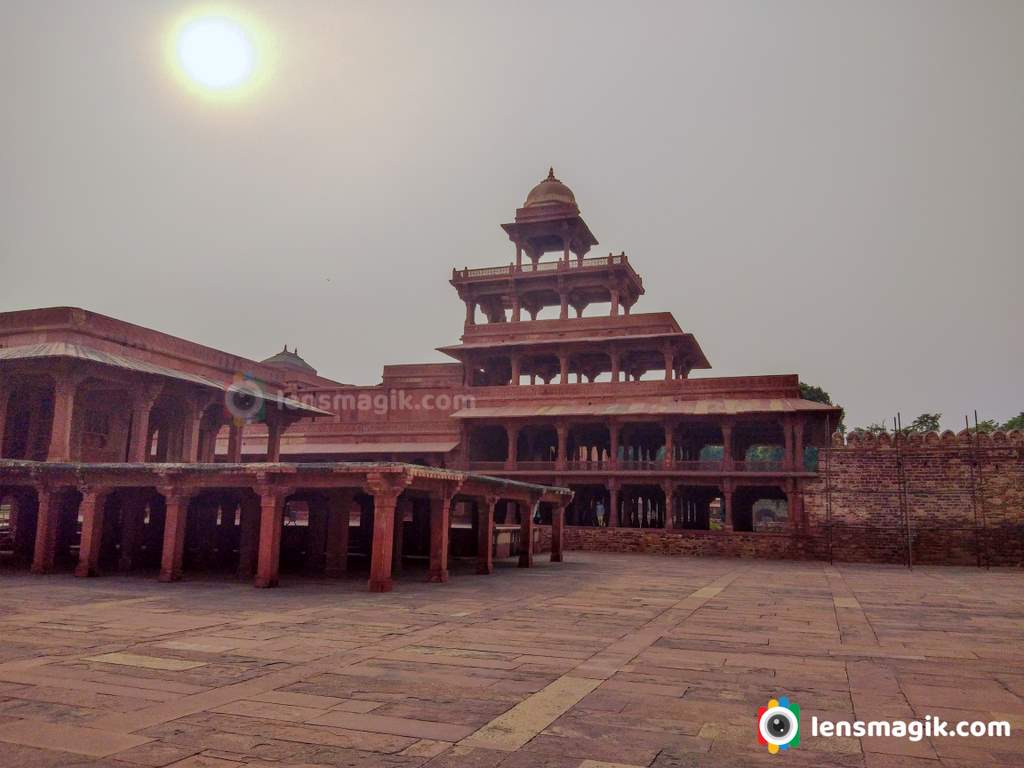

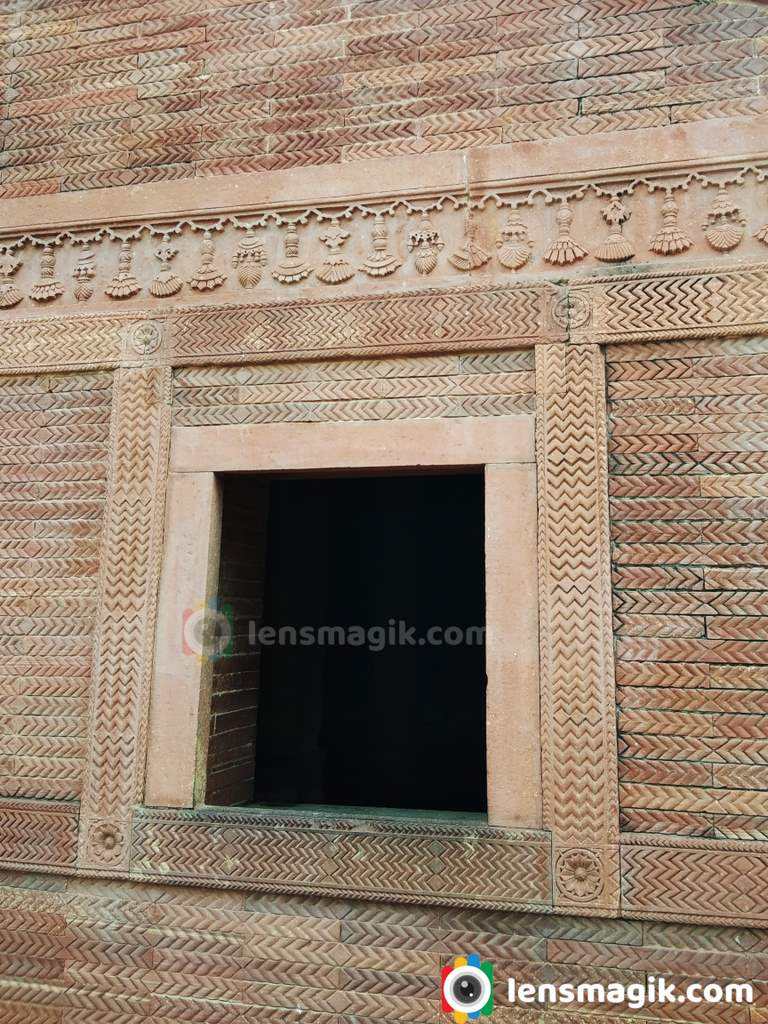

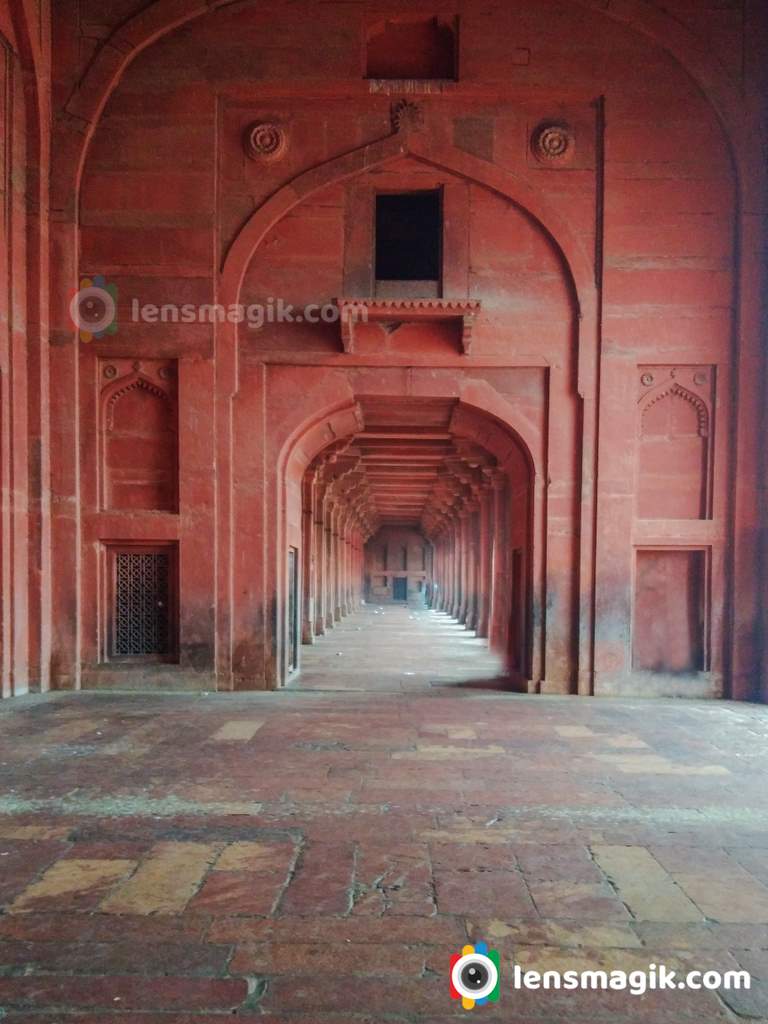
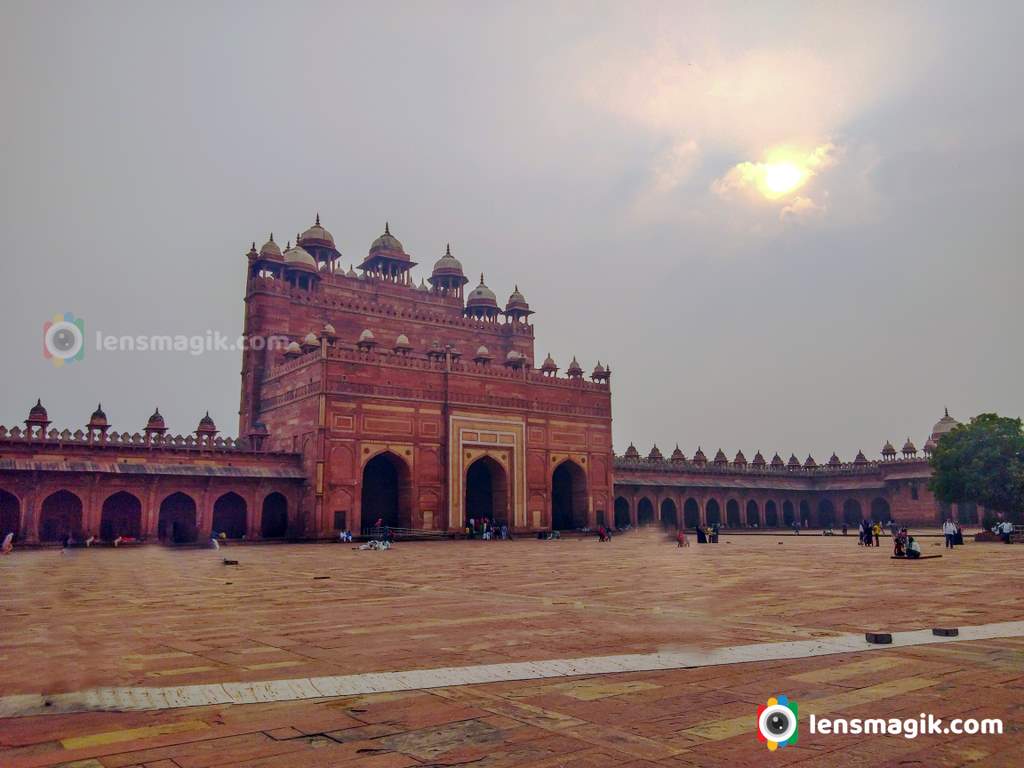
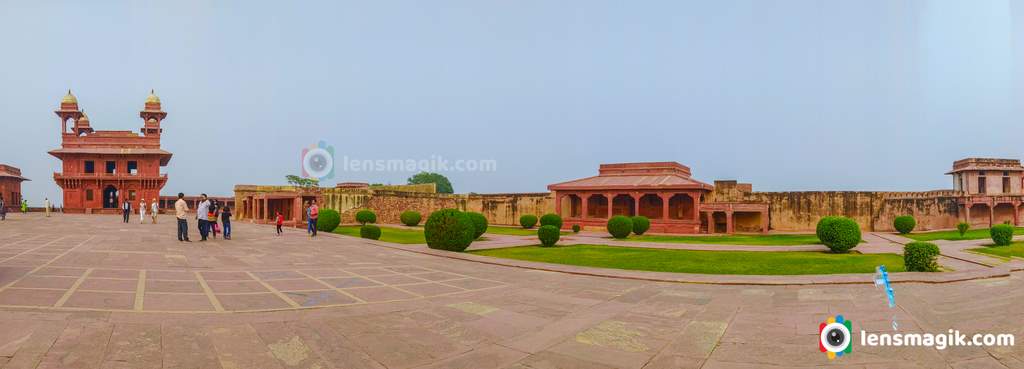
Entreance fees for visit Fatehpur Sikri Mahal is 50 INR for Indian citizen and SAARC countries tourist. For other countries tourist tickets price is 610 INR. Also approved guide available here. Must bargain with guides because if they see foreigner then they give you a high charge.
A Fatehpur Sikri during sunset and sunrise time the doms and turrets create shadows against the sky. That is a really wonderful scenery.
My tour to Taj Mahal is not the only for Agra but we visit Jaipur , Fatehpur Sikri, Agra and Ranthambore. So you can plan your tour as first Jaipur - Agra - Ranthambore or Jaipur - Ranthambore - Agra both are good. Ranthambore is good place where you can see the National Animal of India " Tiger " . If you plan Ranthambore then book safari online. There are more chances to see Tigers at Ranthambore national park then Corbett national Park.
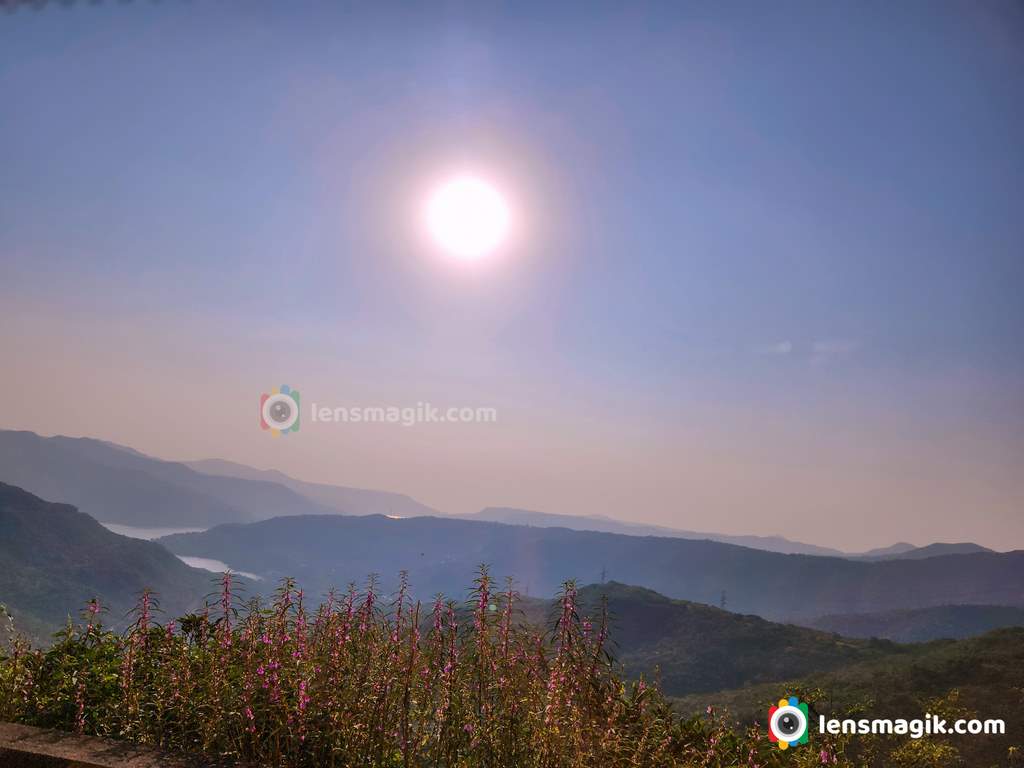
Best Hill Stations of Maharastra are Mahabaleshwar, Lonavala, Matheran, Lavasa etc. aslo there are many more places to visit but most favorite places are these. Among them Mahabaleshwar and lonavala is most popular hillstation. Matheran is at different location so you need to go saperate for it. You can plan your trip and include Mahabaleshwar, Lonavala and Lavasa in your tour itinerary. You need atleast 5-6 days for these 3 hillstation visit. Winter is most preferable season because weather is very nice during november to febuary and aslo you can see awesome greenary after monsoon season. Maharashtra Tourism is very good option for getting informations about all hillstations and also for book packages too.
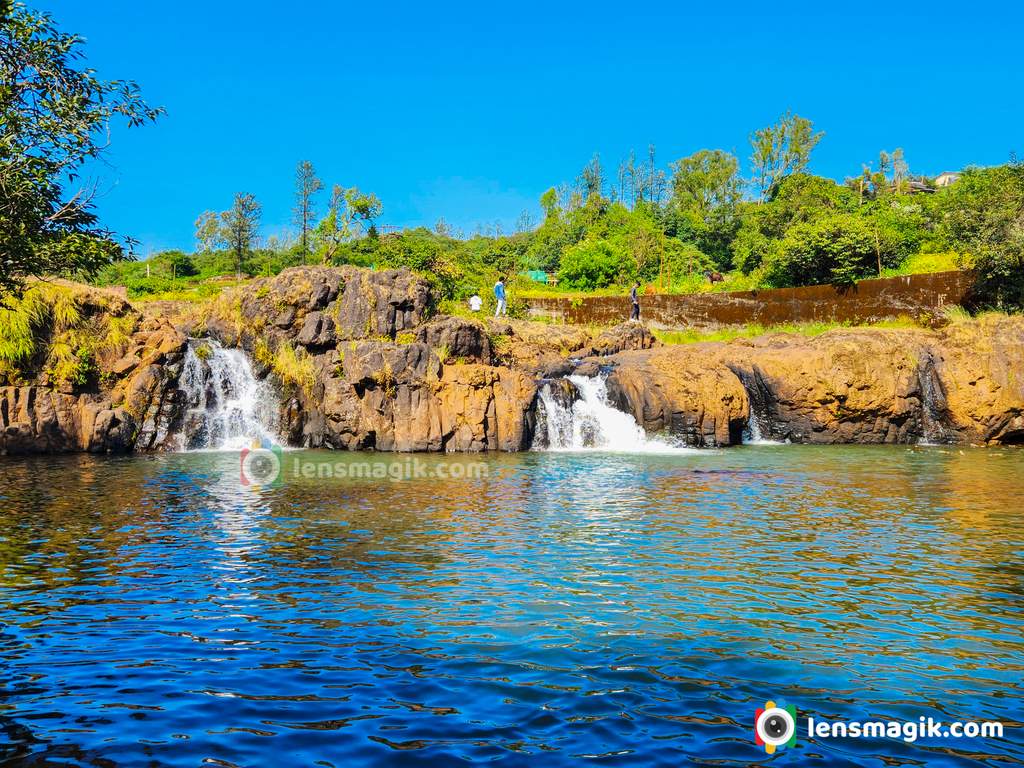
I will share you my tour itinerary for Mahabaleshwar, Lonavala and Lavasa via Mubai but before that i will tell about all Hillstations
Mahabaleshwar :
Mahabaleshwar is small town in satara district. Mahabaleshwar is located at Sahyadri mountain range of Western Ghats. The highest peak mountain of Mahabaleshwar is around 4720 ft. Mahabaleshwar is source of Krishna river. Krishna river flows across Maharashtra, Telangana, Karnataka and Andhra Pradesh. Mahabaleshwar climate is idel for strawberry. So Mahabaleshwar contributes 85% of strawberry of country. In Mahabaleshwar there is a heavy rainfall during monsoon season. Mahabaleshwar is also known as new candidate the Wettest place in the World. Mumbai to Mahabaleshwar distance is around 250-260 km and from pune it is around 120 km.
Mahabaleshwar is major tourist spot in Maharashtra.
Places to Visit in Mahabaleshwar :
- Venna Lake
- Sunset Point
- Elphinstone Point
- Wilson Point
- Pratapgad fort
- Shree Mahabaleshwar temple
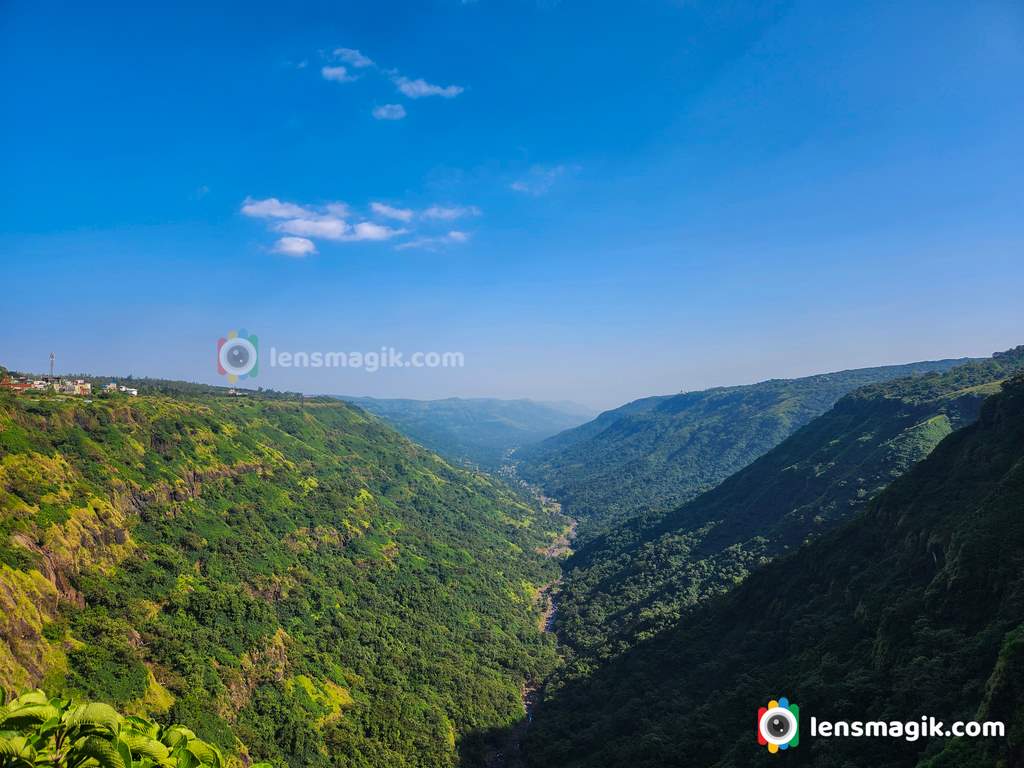
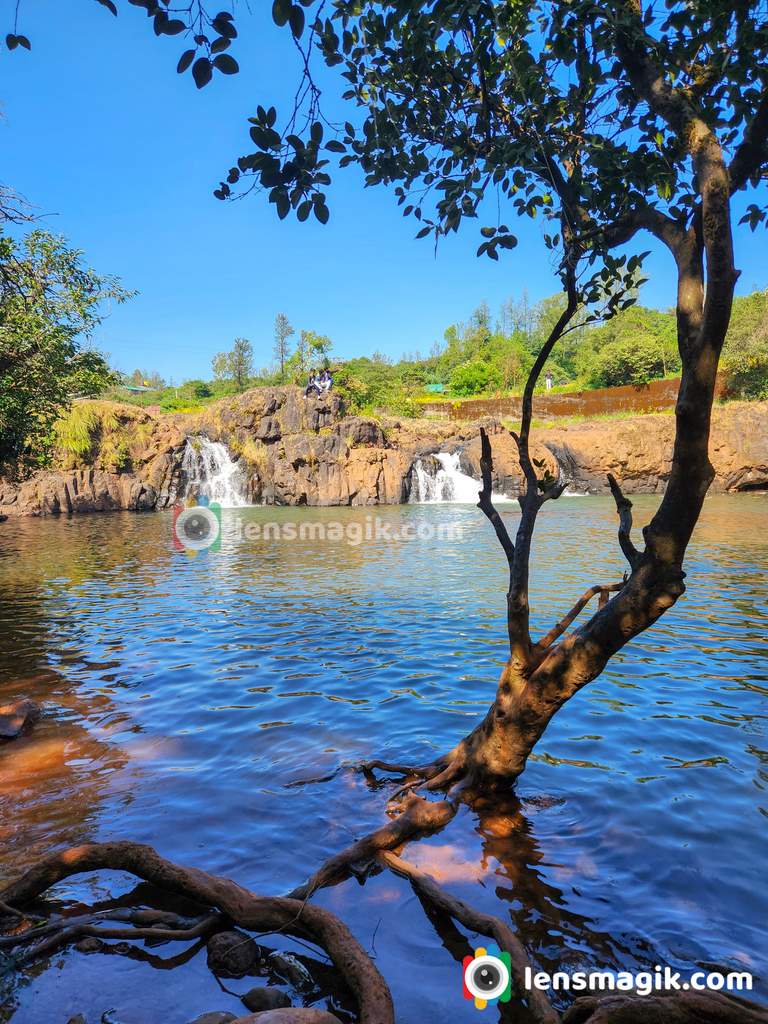
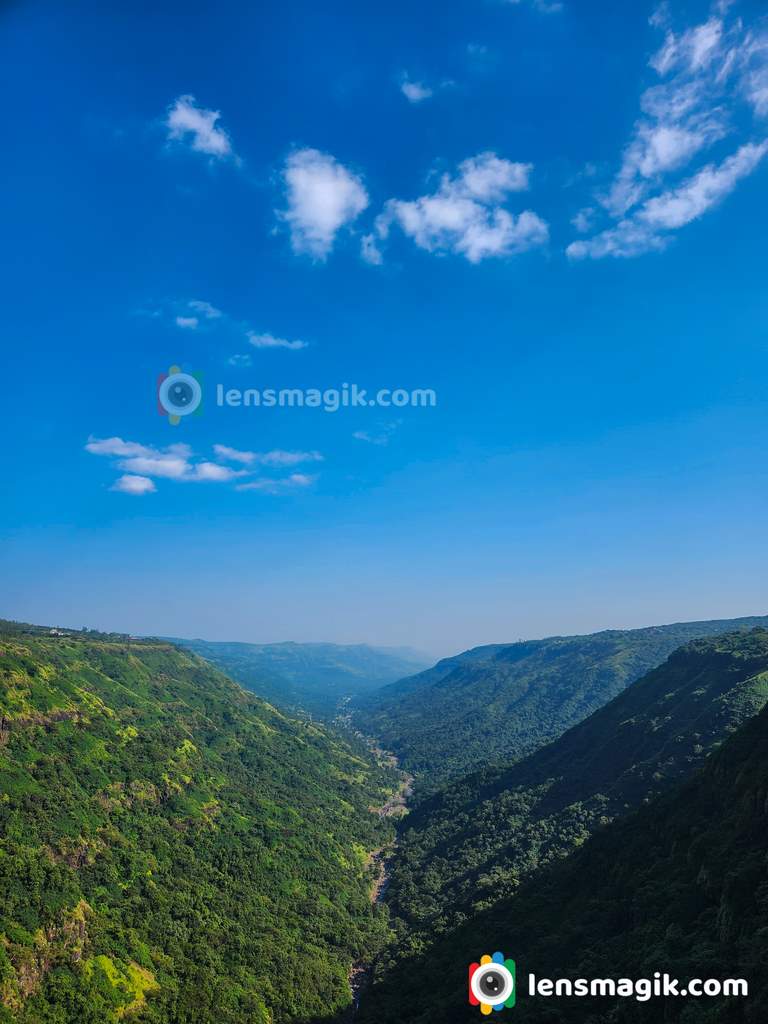
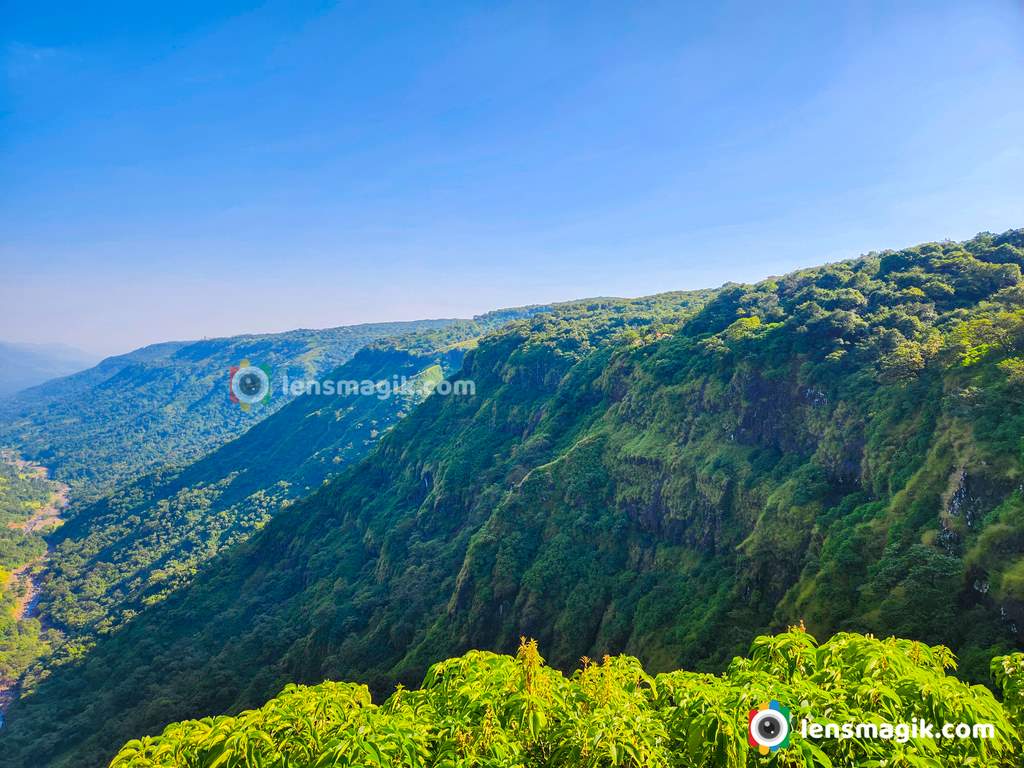
Lavasa :
Lavasa is a city which was planned near pune and also its a private city. It was based on Portofino town which is in Italy. Lavasa city project was ceased in 2010 because it violated an environment rules. In current progress 2 town was ongoing out of 5 town. Lavasa is built in between hills of the Western Ghat but also it is more than 300 spices of animals, birds and fauna is in denger. Lavasa city view is really scenatic surrounded by mountains and lake view is awesome. In Lavasa also a theme park was planned around 65 acres. And also Lavasa planned a own University. There is a controversies for Lavasa city in Land acquisition, Quarrying, Environmental Damage, Use of Water resources, Accusations of Nepotism etc. Now a days there are very low tourist may visit Lavasa because of these controversies. Boating and train ride is only attraction during these days in Lavasa. So nothing much to do in lavasa now a days untill it open fully.
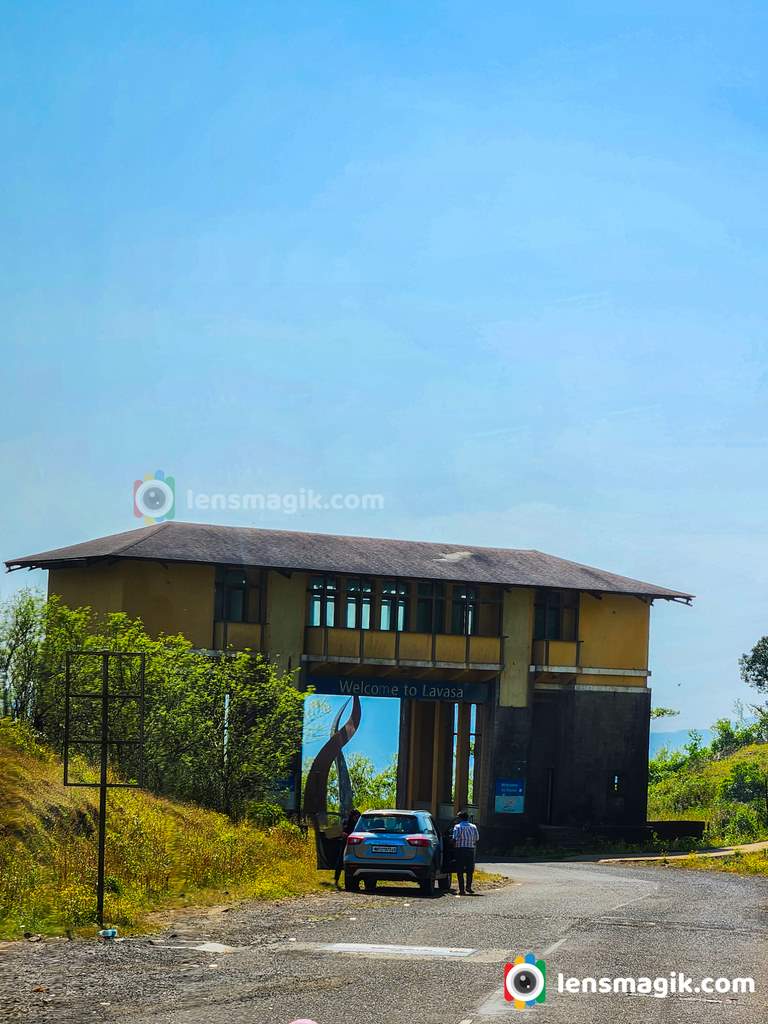
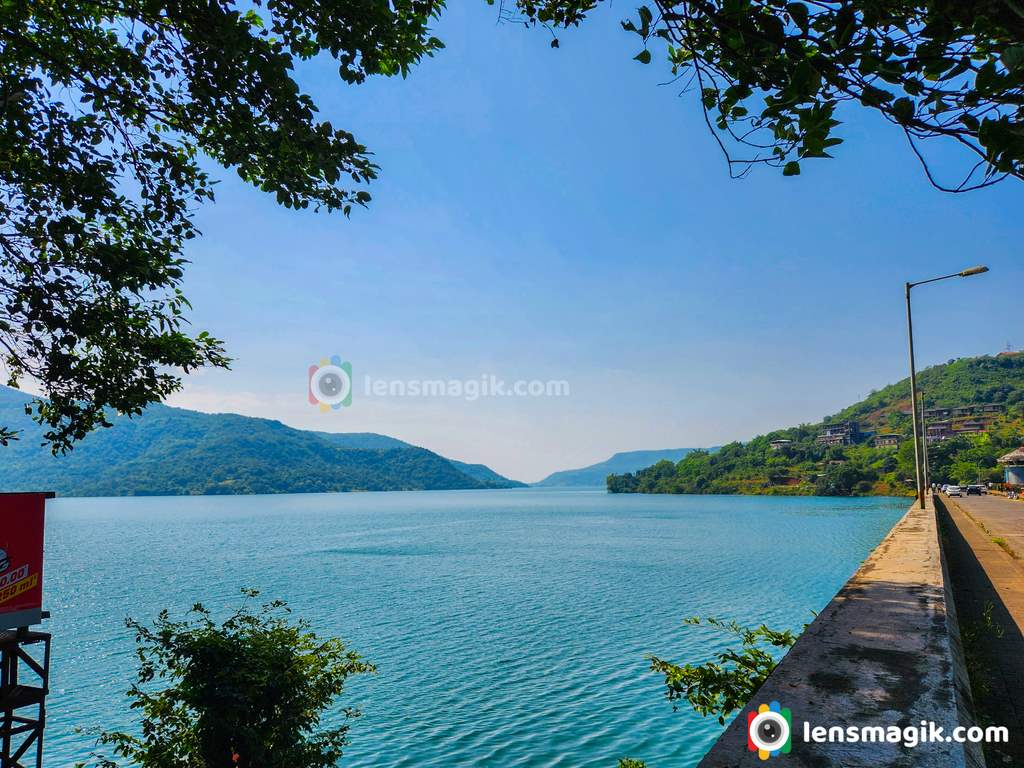
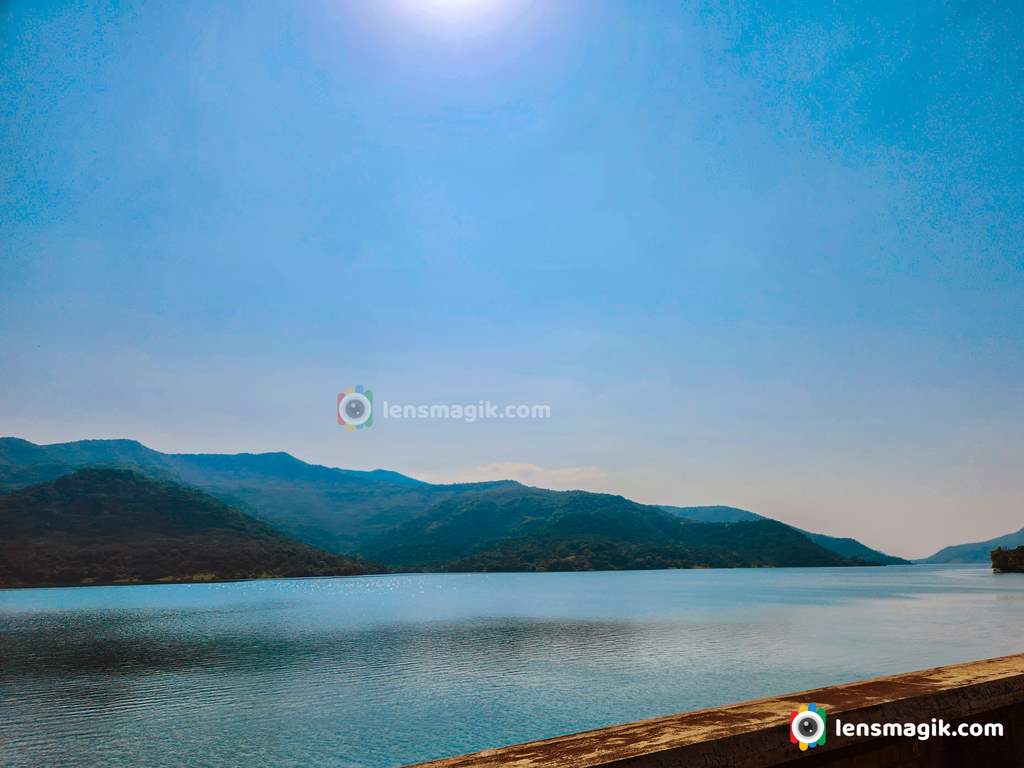
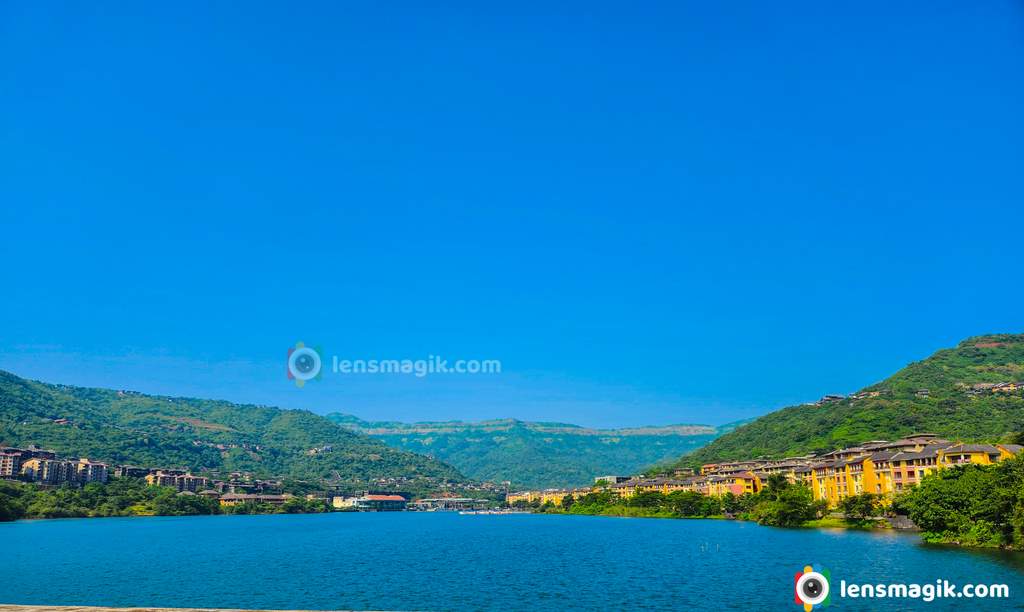
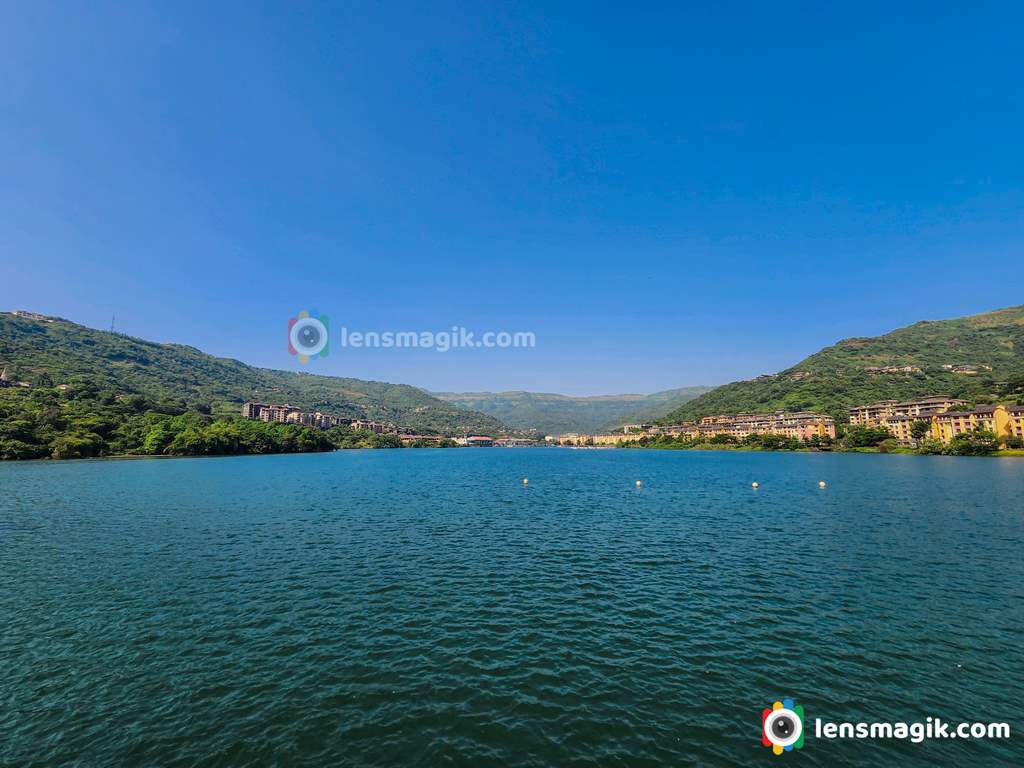
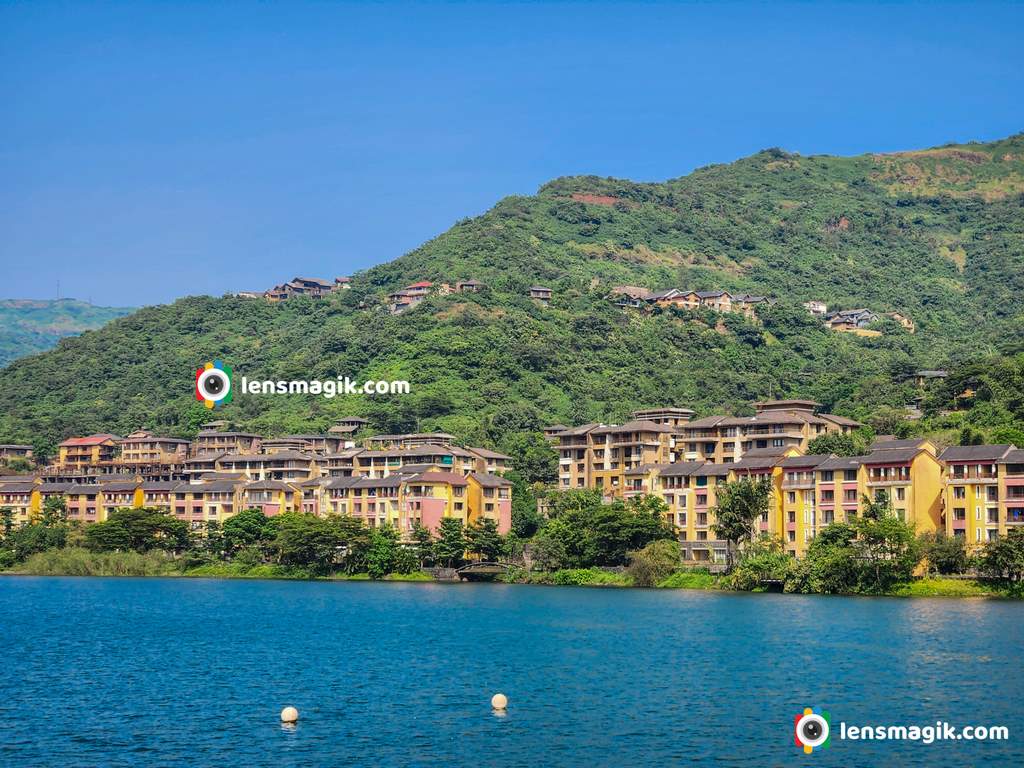
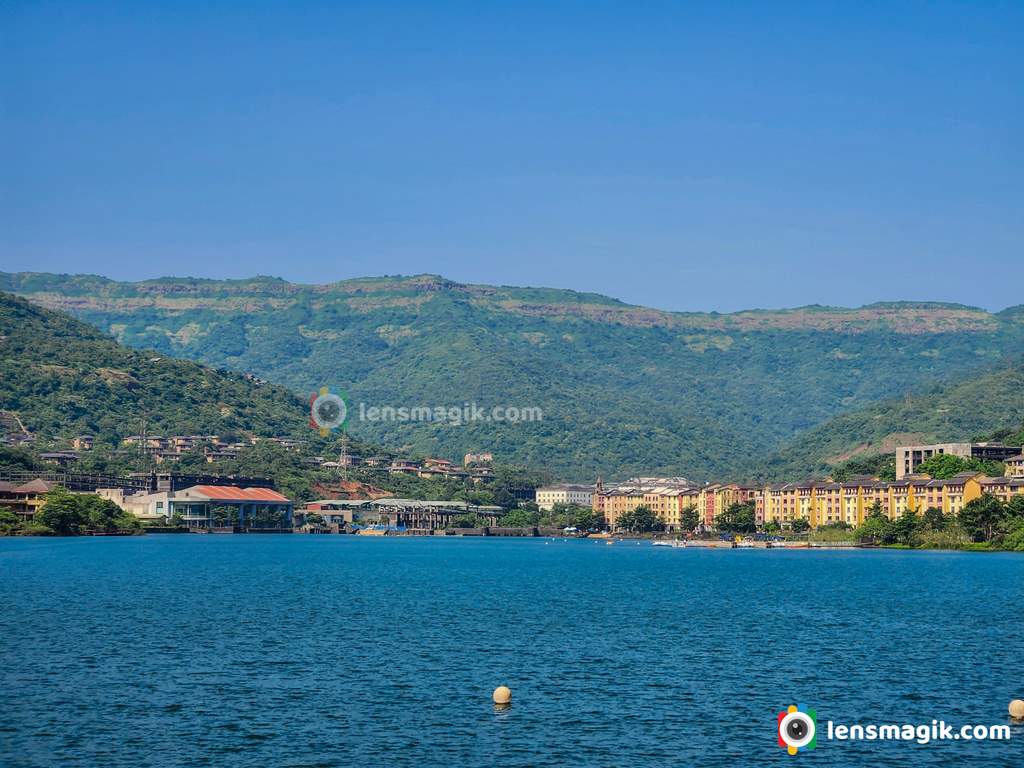
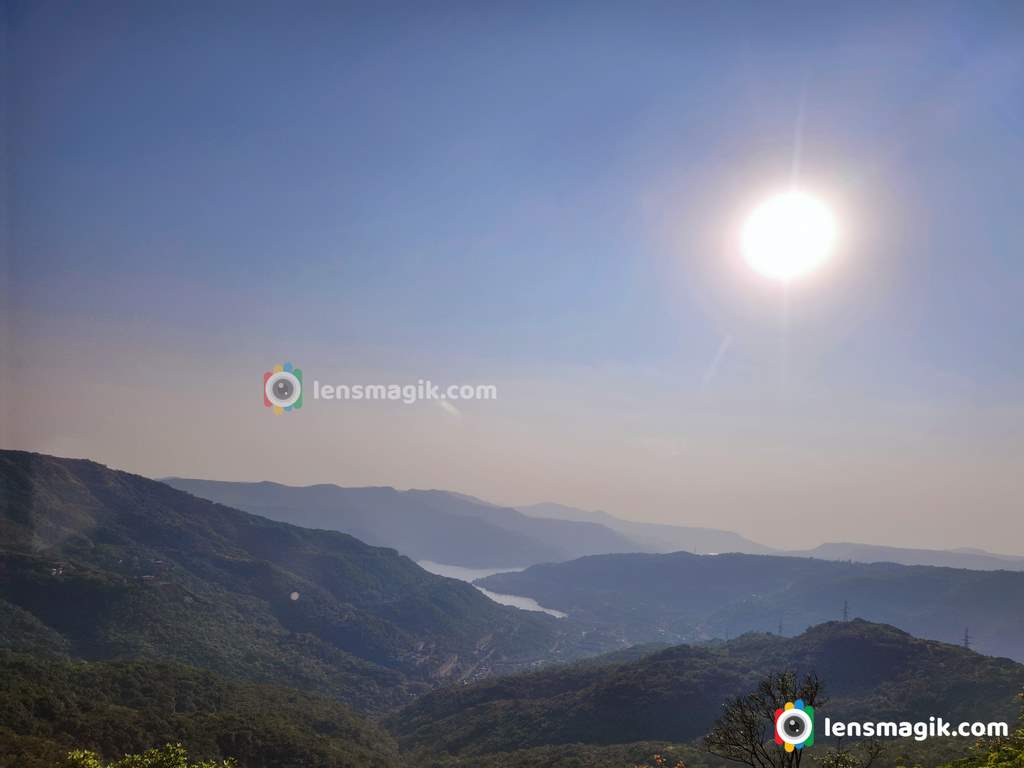
Lonavala :
Lonavala is another popular hillstation of Maharashtra in pune district. Lonavala is famous for Chikki a hard candy made with different types and flavours.Lonavala means ' Series of Caves '.
Places to visit in lonavala
- Carla Caves
- Bhaja Buddhist caves
- Lonavala Lake
- Duke's nose
- Tigers leap etc.
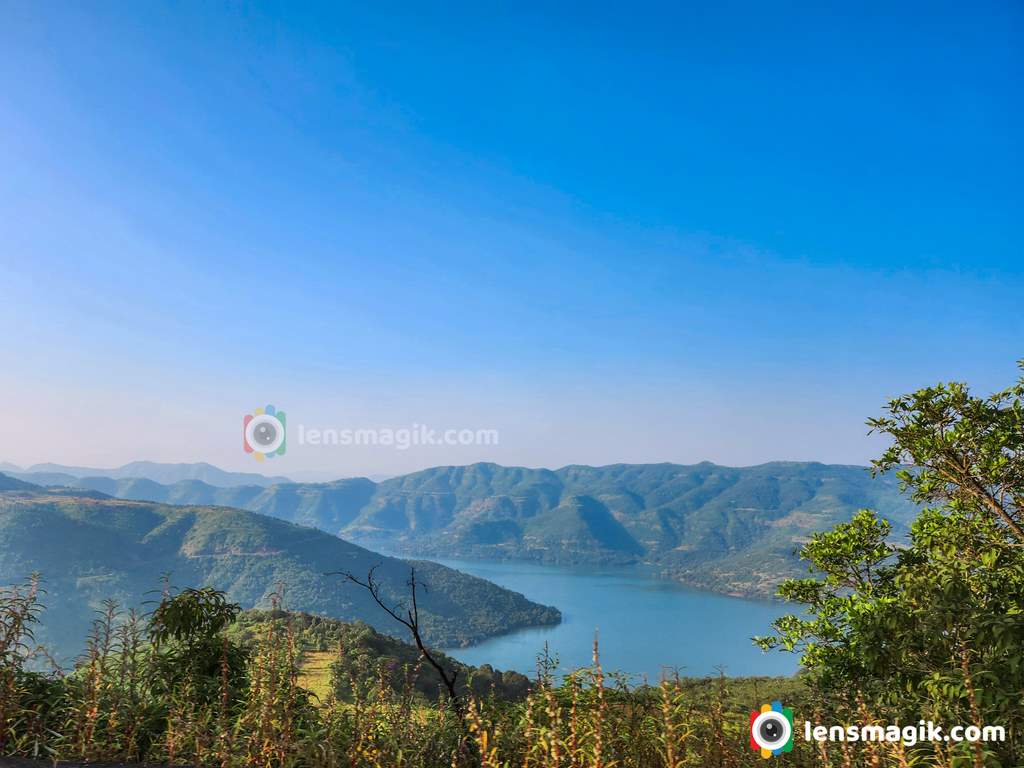

Tour Itinerary for Mahabaleshwar , Lavasa, Lonavala Trip :
Well i share my own trip itinerary starts from Mumbai and end to Mumbai
Day 1 : Arrived at Mumbai Airport or Railway Station and go to the Pune via tempo traveller. We stay in Pune Novotel Hotel becasue in Mahabaleshwar the resort prices are too high so we plan to stay in pune. Stay leisure day in pune. Also you can visit famous Ganpati Temple in Pune name Shreemant Dagdusheth Halwai Ganpati Mandir. Ganesh Temple pune is very nice and must visit. In evening you can visit some good restaurant in pune or enjoy latenight in bar or pubs.

Day 2 : After breakfast we leave for Mahabaleshwar and visit different points of mahabaleshwar for full day. Later back to the pune at evening or late night.
Day 3 : After breakfast we leave for Lavasa and back to pune in evening. By reaching back pune early we go for street shopping in Pune and had a wonderful street shopping option very cheap and good quality.
Day 4 : After breakfast checkout Pune hotel we leave for Lonavala in between to Mumbai. We see 2-3 points at Lonavala buy some Chikki for home and reach Mumbai in early Evening time . We stay in Ramada Hotel Juhu Beach Mumbai. At evening we take some snakes at Juhu beach food stalls and go for street shopping in Mumbai .
Day 5 : Morning is leisure in mumbai go to Juhu beach in the evening go to the bandstand area in Bandra mumbai. If you have time then go for shopping or leisure for a day.
Day 6 : Leave to your destination from Mumbai airport or Railwaystation.
Best time to visit Mahabaleshwar, Lonavala and Lavasa is after Monsoon in November to February.
You can stay at Lonavala for 1 day and cover more places of lonavala if you want. Mumbai is optional to stay for 2 nights. You can stay one night and second day you leave to your destination. But i must say that stay in mumbai and go for street shopping. You can also add Khandala for 1 -2 night stay in your itinerary. But as i say early in peak season the hillstation resorts price are too high so plan as per your requirements and expensis.
Read more
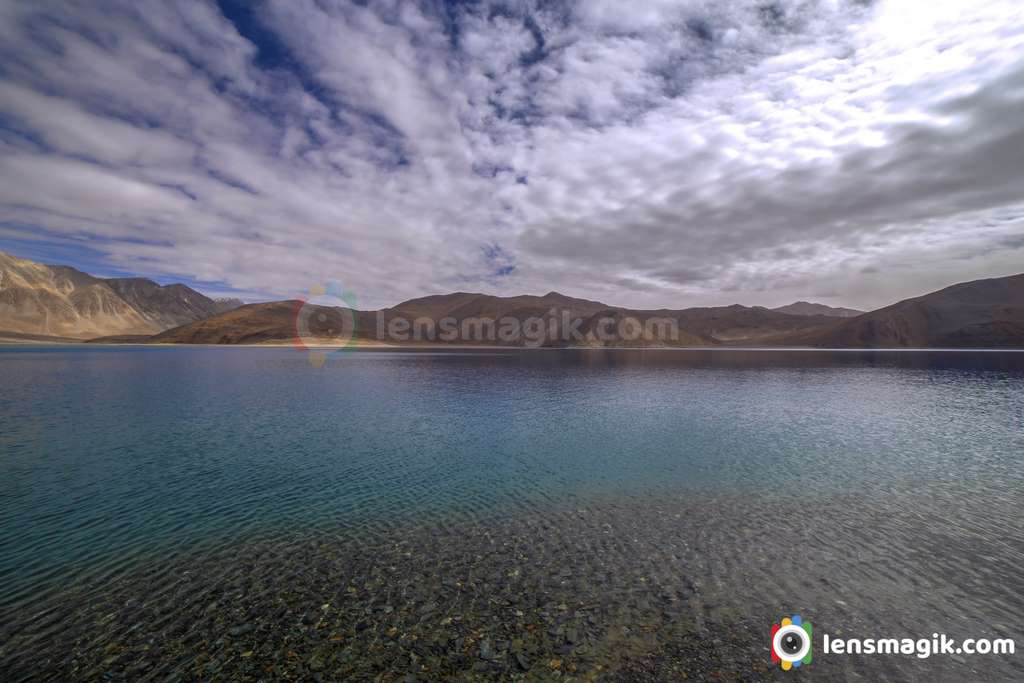
Ladakh is now saperated from Jammu and Kashmir and made a region administrate by India as Union territory. Ladakh border touches Tibet in east , at west Jammu and Kashmir and Gilgit Baltistan and at south it touches Himachal Pradesh. After made different state Government of India encourage Tourism in Ladakh. Leh is the largest town in Ladakh. Leh district contains Nubra, Indus and Shyok river valleys. Population in region are 46 % Muslims, 12 % Hindus , 40 % Buddhist and 2 % other religions. The culture in Ladakh is mostly related to Tibet. On 31st oct 2019 Ladakh is established as a Union Territory.
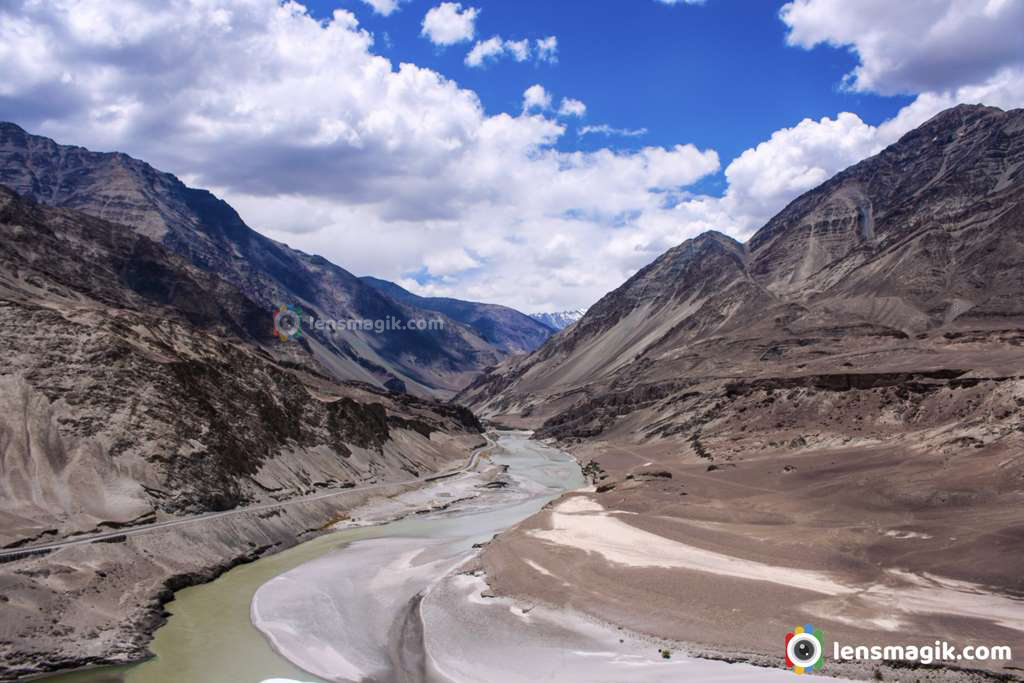
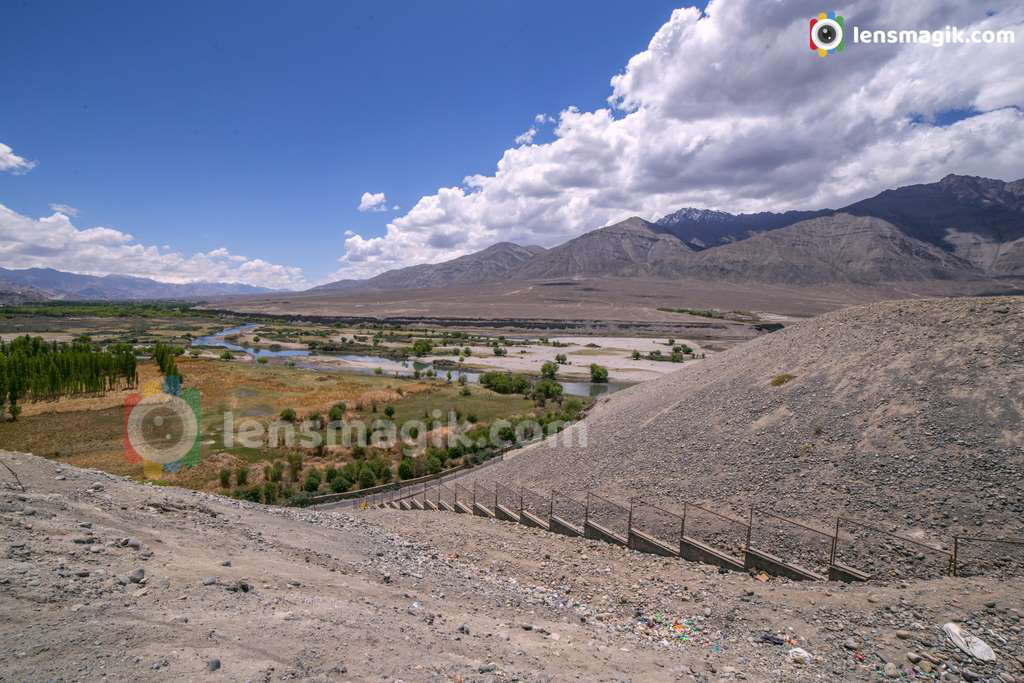
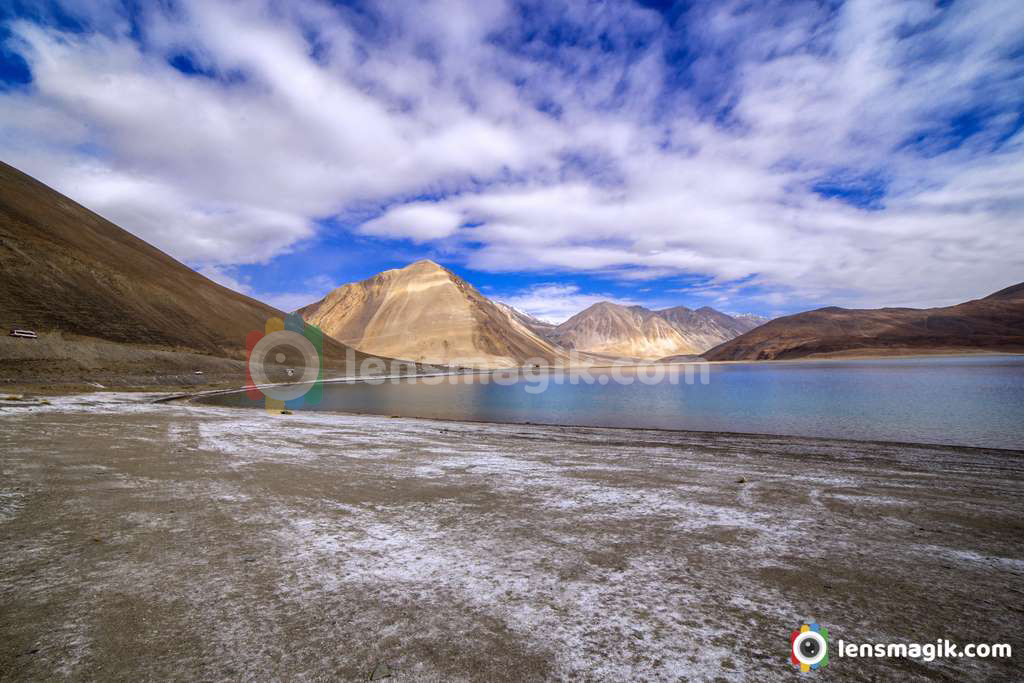
Ladakh Famous For :
Ladakh is famous for breathtaking landscapes, the highest mountain pass, advanture activities, Crystal clear sky and Buddhist monasteries.
Leh Ladakh Tour Package : Leh Ladakh Trip cost
Well Leh Ladakh Tour package depend on your budget. If you need to pay more at Hotels then your package will go around 40 K-50 K per person without flight. And if you comfortable with stay in tents then your tour cost reduce almost half around 22 K – 27 K per person without flight. If you go by car or bike from delhi then the Leh Ladakh tour cost around 40k -50k approx. Also you can visit Ladakh tourism for more details
For Leh Ladakh tour you have many options to go via flight and via road.
- Delhi to Leh in flight
- Delhi to Shrinagar in Flight and then visit Kargil and then go to Leh . Via Shrinagar route your trip increase for 2 days for visit Kargil and Shri nagar.
- Do an adventure go via Manali to Leh on Bike or Car. That may increase your trip days around 15 days for round trip.
Most people choose direct flight to Leh for Leh Ladakh trip. And most nature lover people choose Bike ride from Manali. Now a days Shri nagar route is also more popular too. The Best option for Leh Ladakh Trip is via bike or car from Manali because from here you acclimatize your body from cold waves gradually. Reaching Leh or Shrinagar direct via flight may be discomfort for body to acclimatize too early. So reaching direct Leh you must have to stay Leh for one day to acclimatize body in cold and low oxygen.
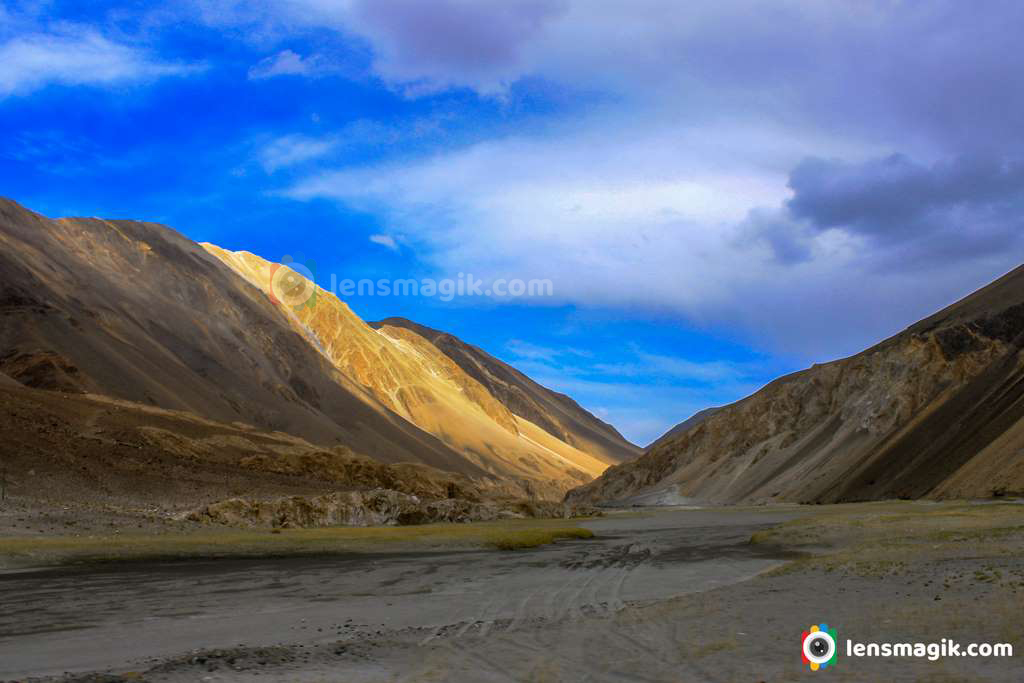
How Many Days you need for Leh Ladakh Trip :
Total 7 days enough for Leh Ladakh Trip when you go via flight at Leh.
Challenges face during Ladakh Trip :
Ladakh all places are above 11000 ft so you will face challenge of low oxygen. In leh oxygen level of normal body remains 85-95 . At khardungla pass and changla pass oxygen level at 70 for normal people. At these passes you must not stay more than 10 minutes otherwise you will face low oxygen and face headache, vomiting and breathing problems specially for kids below 5 -7 years and smokers. Other minor challenges like landslide is rare. Also main problem of washrooms there are no washrooms or restrooms excepts some dhabas and hotels in road from leh to pangong lake and nubra alley. Everyday travel 100 km approx is bit tough at this height. Road condition is good as managed by BRO. In Pangong Lake too much wind blow at evening so reach before 2-3 pm otherwise you can not stay at 5 pm on pangong lake . ( too cold and windy ).
Best Time To visit Leh Ladakh :
Well Leh Ladakh opens in April so its April to July is the best time to visit Leh Ladakh. After August there is too much snow fall and also too much cold so it is very difficult to stay at Ladakh in Winter. During April to July Leh Ladakh temperature remains 15- 30 degree. During night it goes down up to 5 degree. In winter temperature goes up to -40 degree or more in Dras sector. It is one of the coldest place in the world.
Places to visit in Leh Ladakh : Most favorite places in Leh Ladakh
- Santi Stupa Leh
- Leh Palace in Leh city
- Hall of Fame Leh
- Sangam – confluence of Indus river and Zanskar river
- Magnetic Hill , Pathar Sahib Gurudwara
- Nubra Valley – Camel safari, Diskit Monastery, Lachung Temple, Turtuk , Ind-pak border
- Khardungla Pass
- Pangong Lake
- Changla Pass
- Druk white lotus school – 3 idiots rancho’s school
- Leh city shopping
- Tso Morii Lake
Leh Ladakh Tour Itinerary :
DAY 01: ARRIVE LEH
Arrival Leh by flight and transfer to the hotel. After welcome drink (it’s a local energetic drink )take a complete rest for acclimatization to the height altitude of Leh (3500 meters). Have Dinner and overnight in hotel.
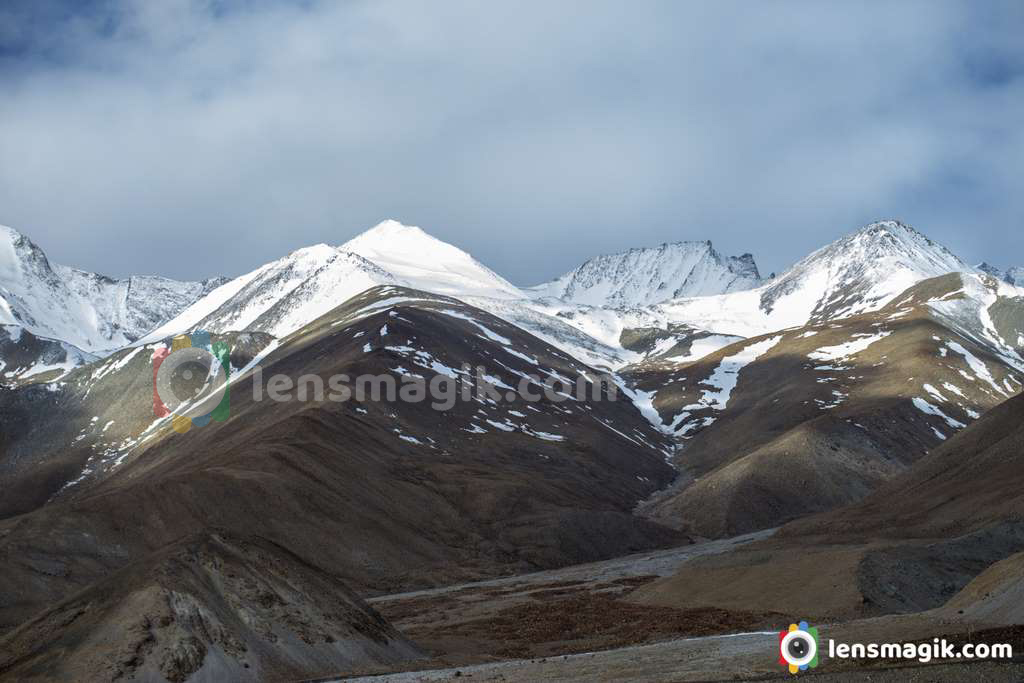
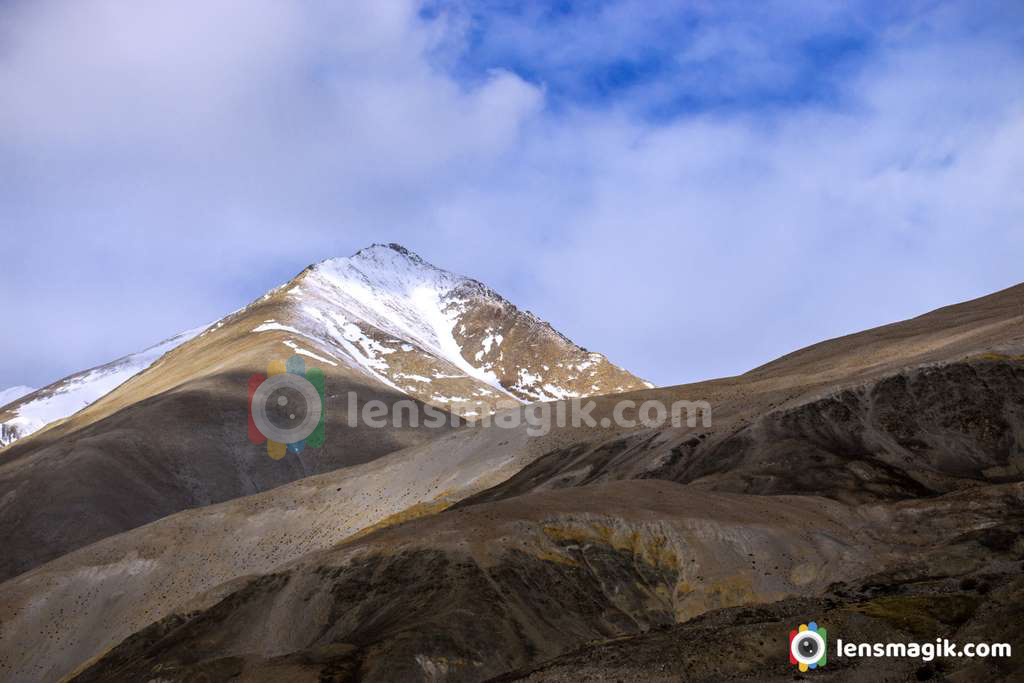
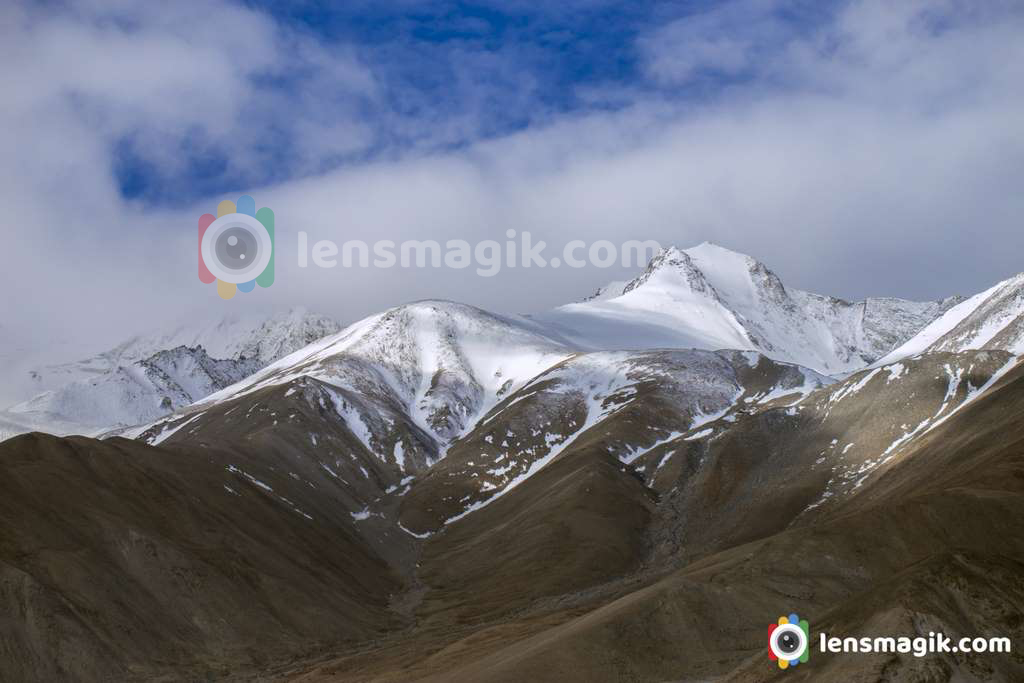
DAY 02: LEH to SHAM VALLEY REGION (90 KMS / 05 – 06 HRS)
Sham Valley
Hall of Fame (Museum Constructed by Indian Army) must visit for each Indian. At Hall of Fame you will be brief for Kargil War how our Indian Army capture the points at LOC.
Patthar Sahib at around 22 Kms from Leh was built in memory of Guru Nanak Dev ji Nestled deep in the Himalayas. A drive of 4 -5 km to Magnetic Hill which opposes the law of gravity. As you drive forward from Magnetic Hills, not long before Nimmu Village, there comes a Confluence of Two Rivers Indus River coming from Tibet (left) and Zanskar River coming from Zanskar Valley (right). Here river rafting also you can do.
Zanskar River is known for its popular Chadar Trek. Later we drive back to Leh.
Visit to Leh Palace at evening, Shanti Stupa & Leh Market.
stay at the Hotel in LEH. We stay at City Palace hotel in Leh. Good hotel near to the market.
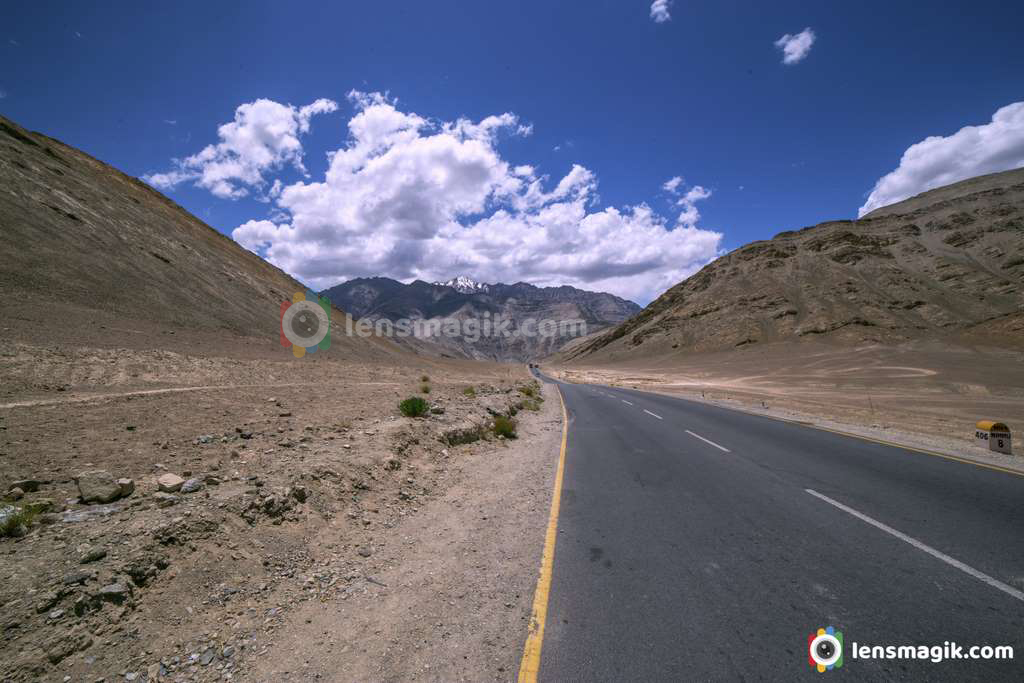

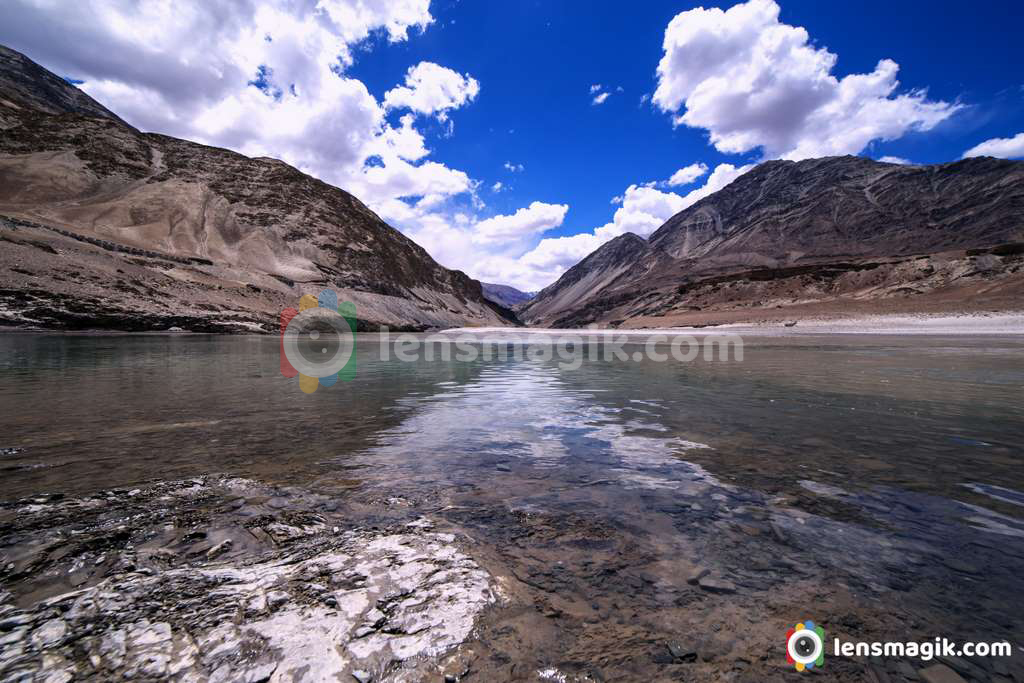
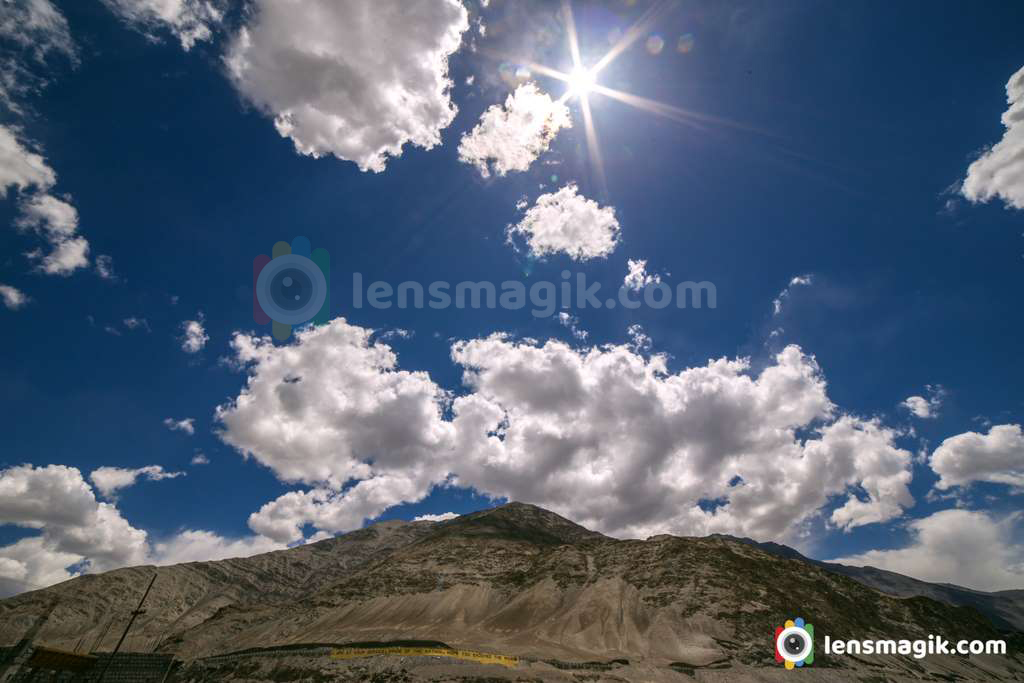
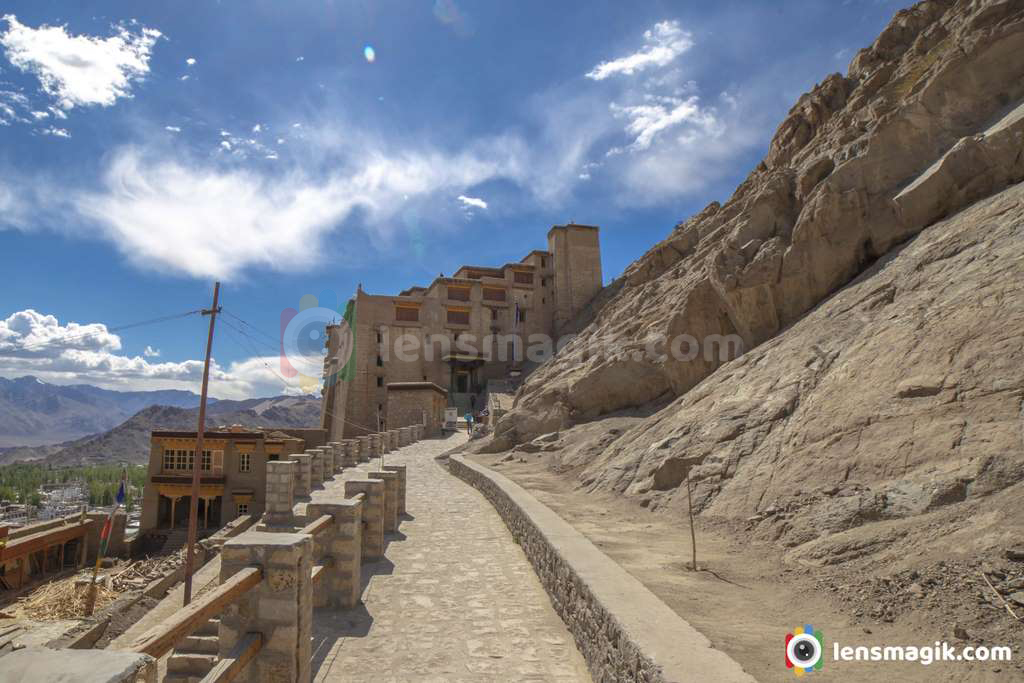
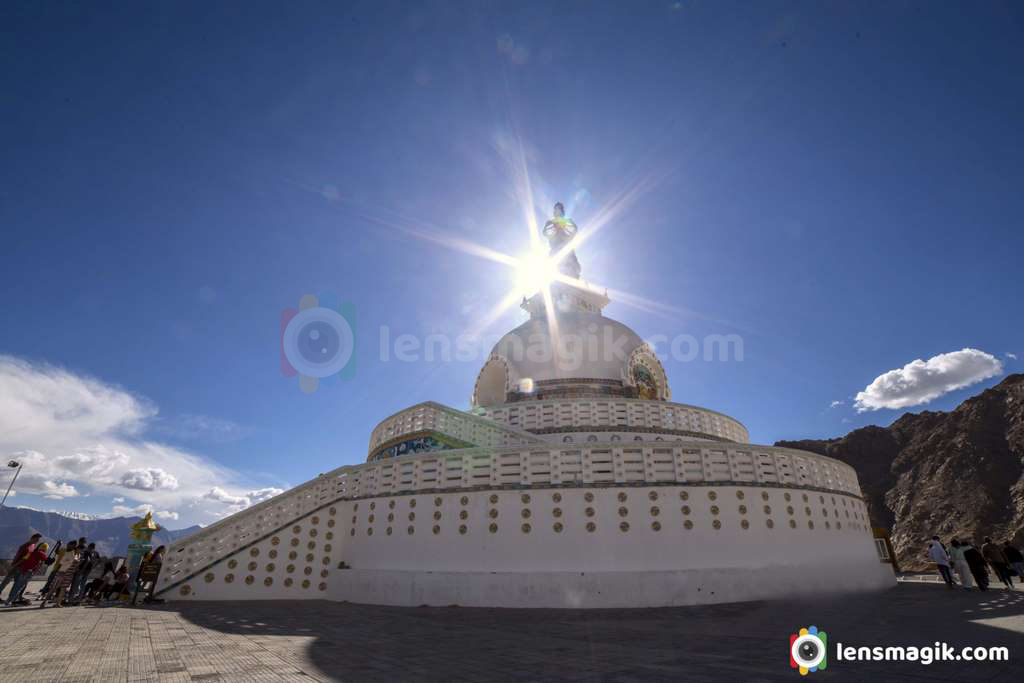
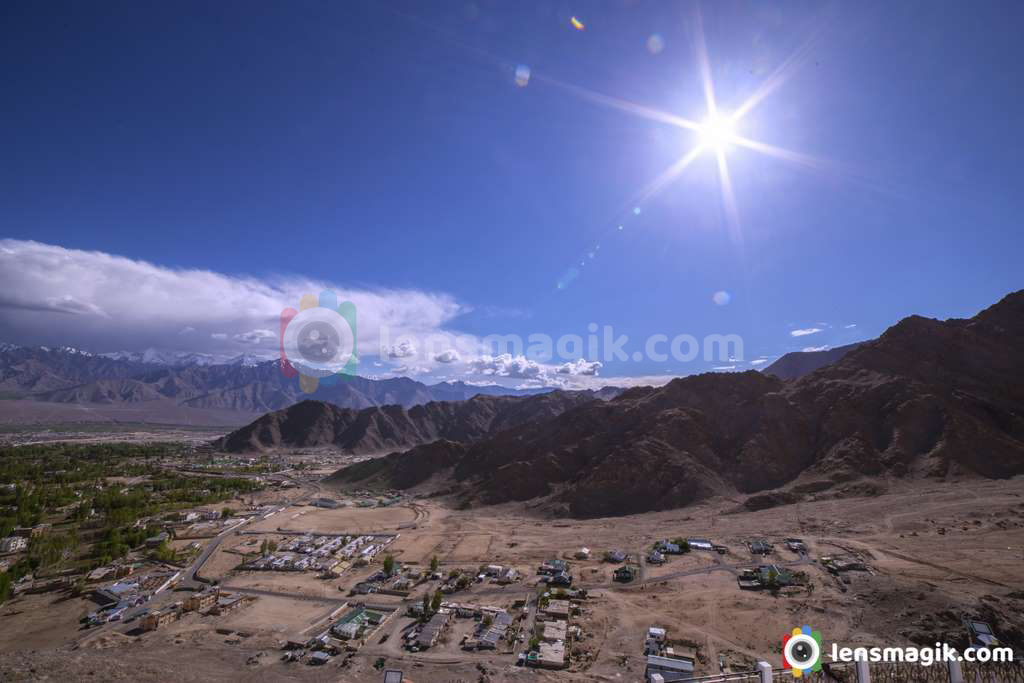
DAY 03: LEH to NUBRA VALLEY VIA KHARDUNG LA 18,390 FT. (120 KMS / 4 – 5 HRS)
At early morning we drive to Nubra Valley. The journey from Leh to Nubra Valley passes over KhardungLa (The Highest Motorable Road In The World) at 5,602 Mtrs / 18,390 Ft, around 39 km from Leh. From the pass, one can see all the way south over the Indus valley to see Zanskar range, and north to the Saser massif. At Khardungla Pass you can stay only for 10-20 minutes because of low oxygen. Do not stay more than 15 minutes otherwise you will face mountain sickness or altitude sickness problems. Also carry oxygen cylinders in your car for any emergency. Oxygen cylinders are chargeable for everyone its not include in package. When we pass through Khardungla Pass and we check our oxygen level by pulse oximeter it shows around 60-70 so after that you will face headache, omitting problems if you stay more.
Nubra Valley is popularly known as Ldumra or the valley of flowers. It is situated in the north of Ladakh between the Karakoram and Ladakh ranges of the Himalayas. The altitude of the valley is 10,000 Ft. approx. After reach at Nubra we check in at our Camp / Hotel in Hunder for Overnight stay. In the evening you can walk around the villages to see how the locals live in this part of the world or go to desert for camel riding , ATV bike ride etc. Stay at the Camp or Hotel. We stayed at Nubra Escape Camp. Tents are neat and clean and well managed. Also Night sky looks great and I had capture Milky Way at night.
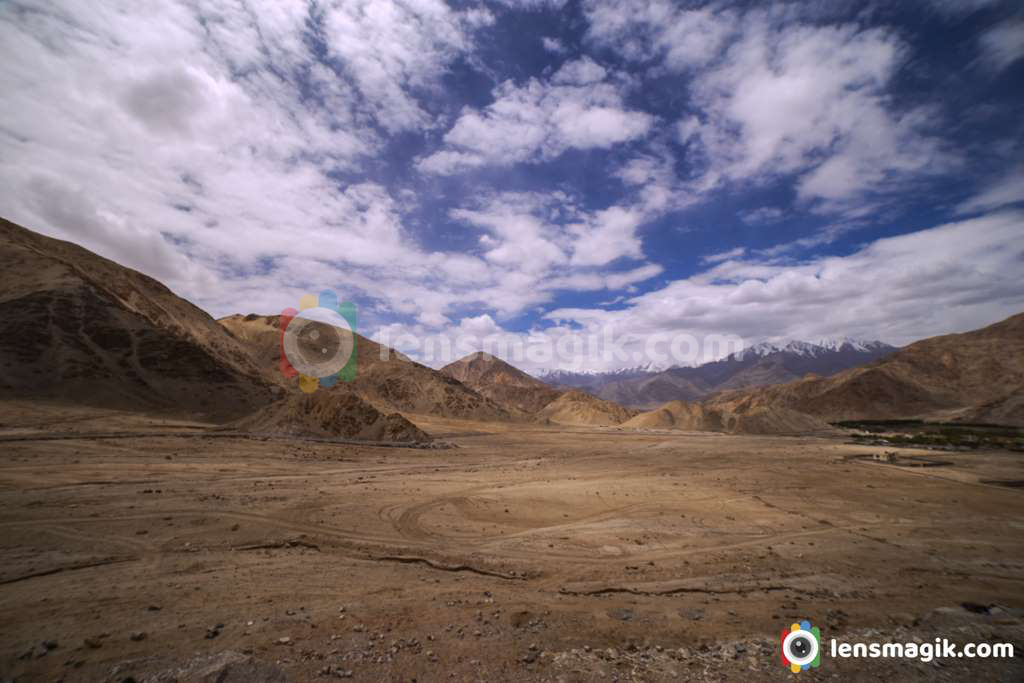
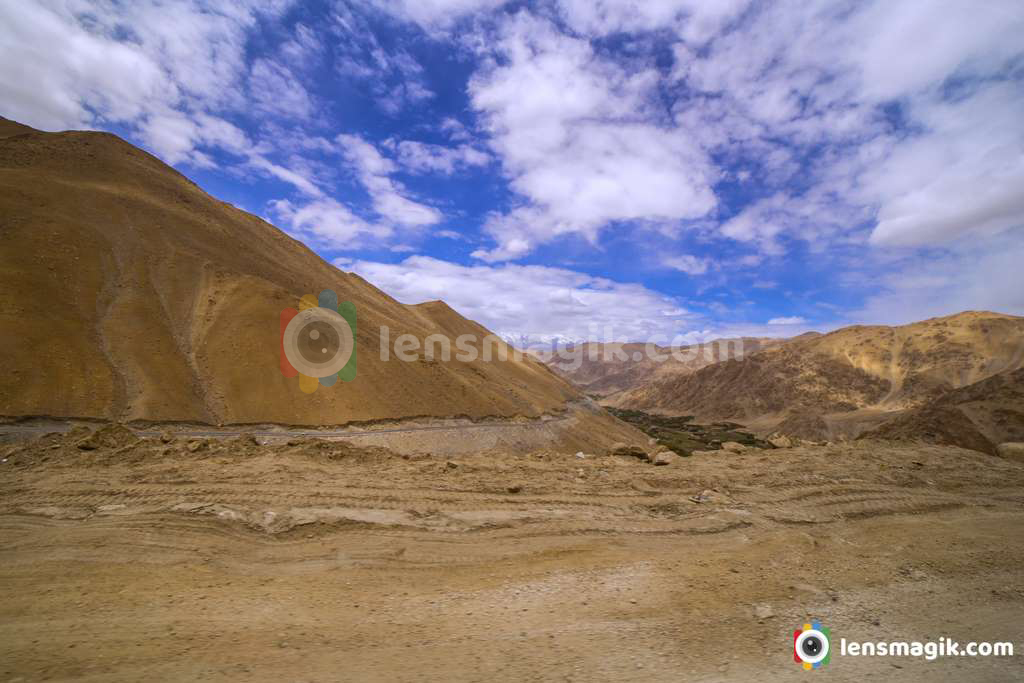
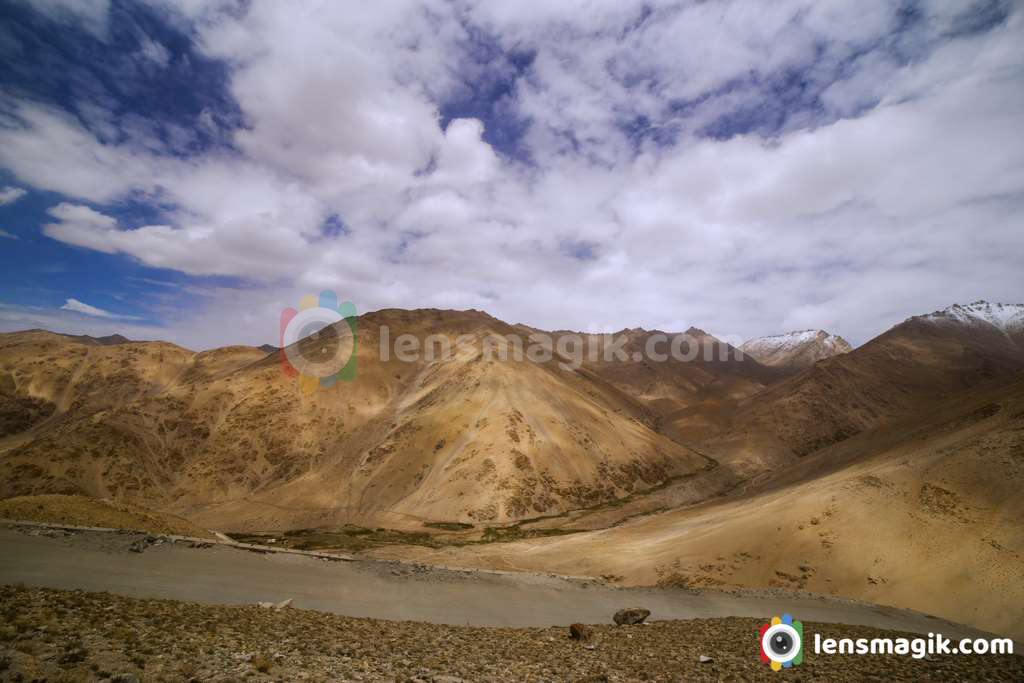
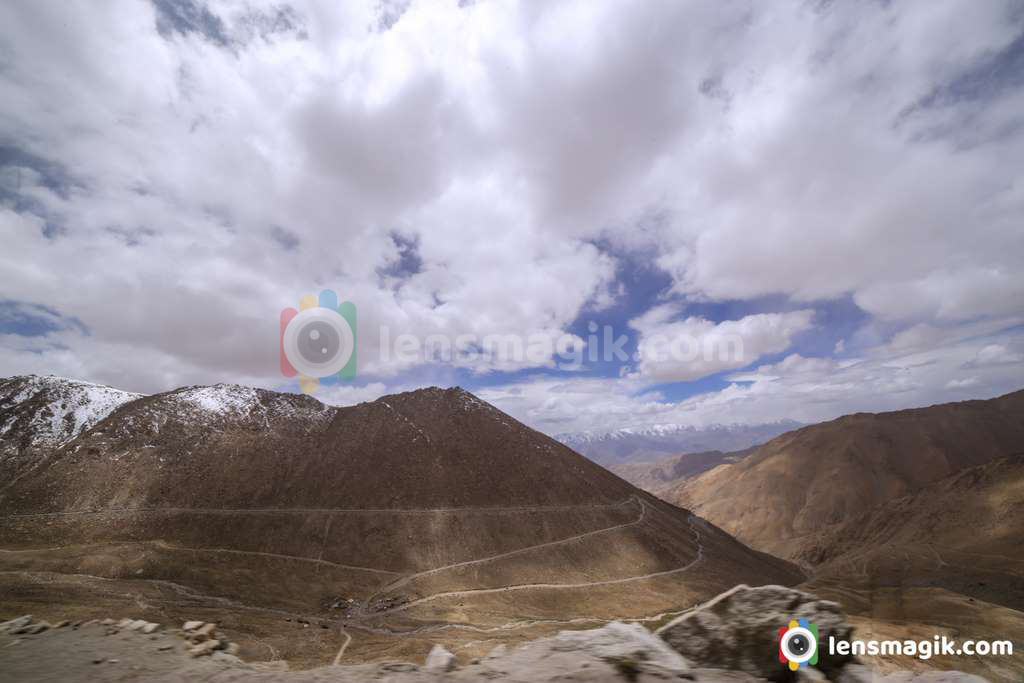
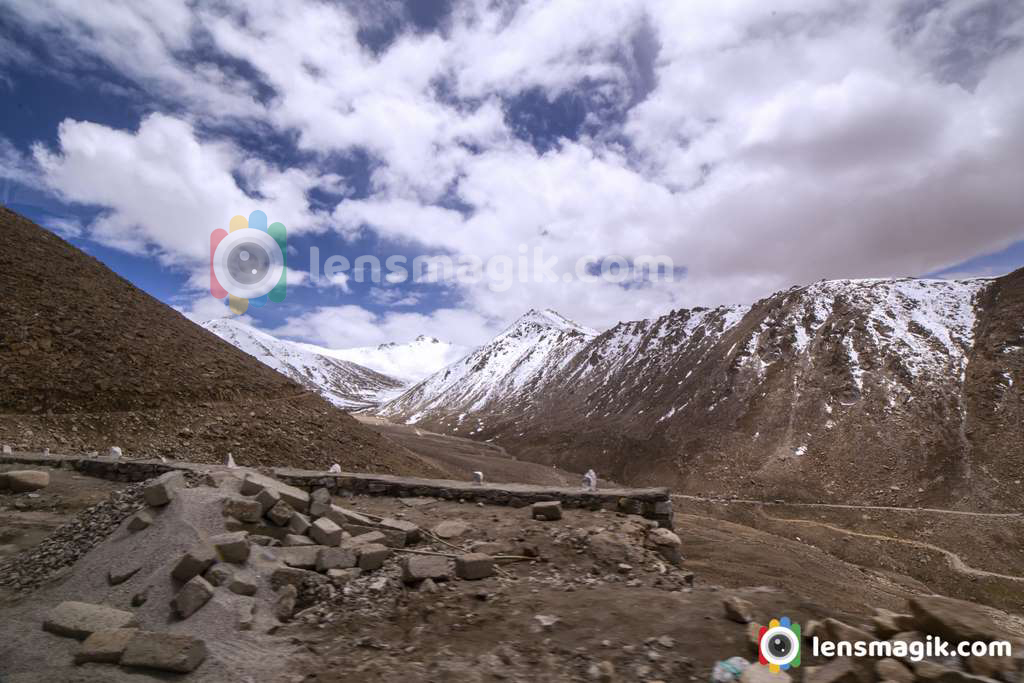
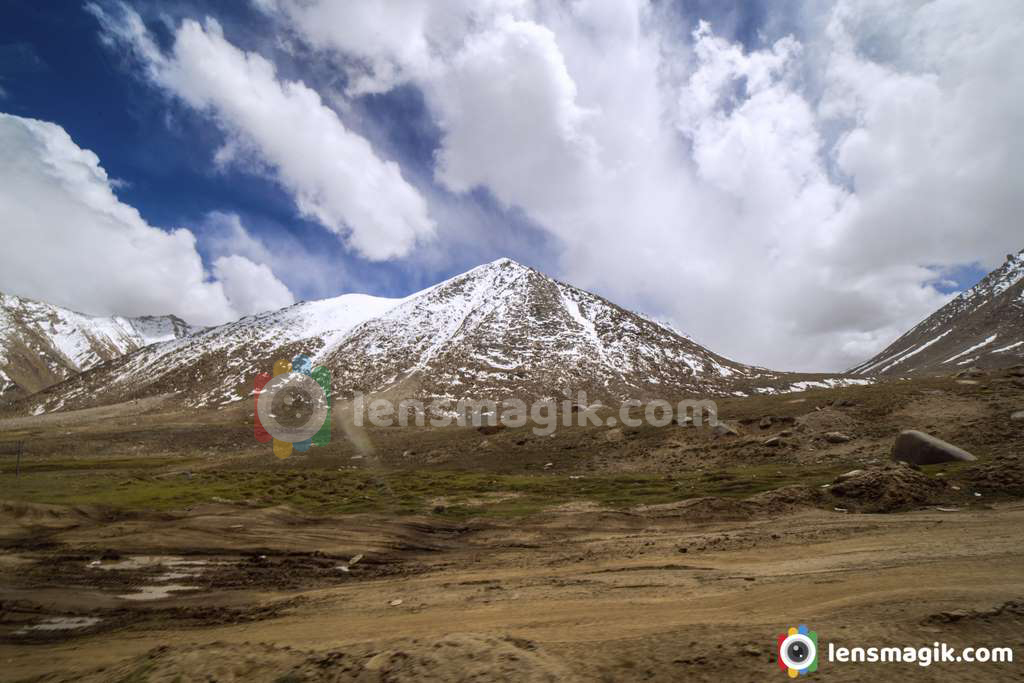
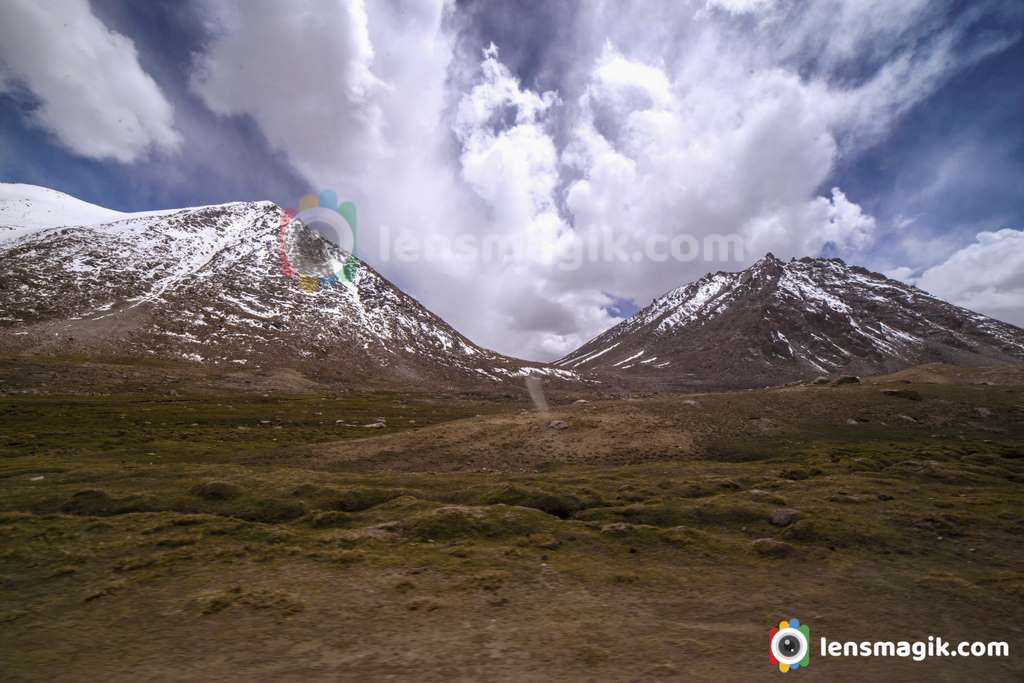
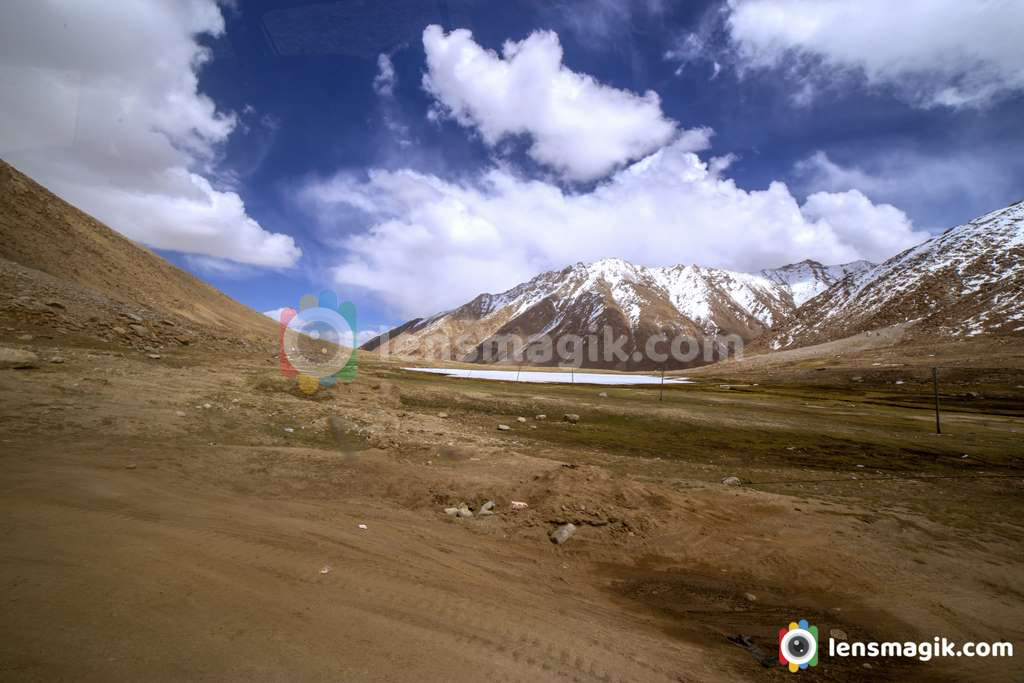
DAY 04: NUBRA Valley TO TURTUK Village (82 KMS – 3 HRS ONE WAY)
At early morning we drive to Turtuk, and a lot of other small villages, were brought under Indian control after the 1971 war, when the Indian army pushed the Pakistani soldiers past the mountains towering the Nubra Valley. Turtuk lies at the extreme corner of the Indian border, and hence its accessibility is a challenge. Due to treacherous roads and sensitive army base camps, permits were not issued to Indian civilians until late 2010. Now a days you need permit of Indian Army you need to pass through check post of Indian army where you show your identity and also car papers deposit for security perpose and you need to show them in return and collect them. Throughout the journey, one has the company of Shyok, as well as the vistas, that define the barrenness which is characteristic to Ladakh. From Turtuk village some distance there is a small village you can see the border of India and Pakistan and also no mans land between India and Pakistan. After visiting we drive back to our camp or Hotel in Hunder for Overnight stay.Stay at NUBRA VALLEY
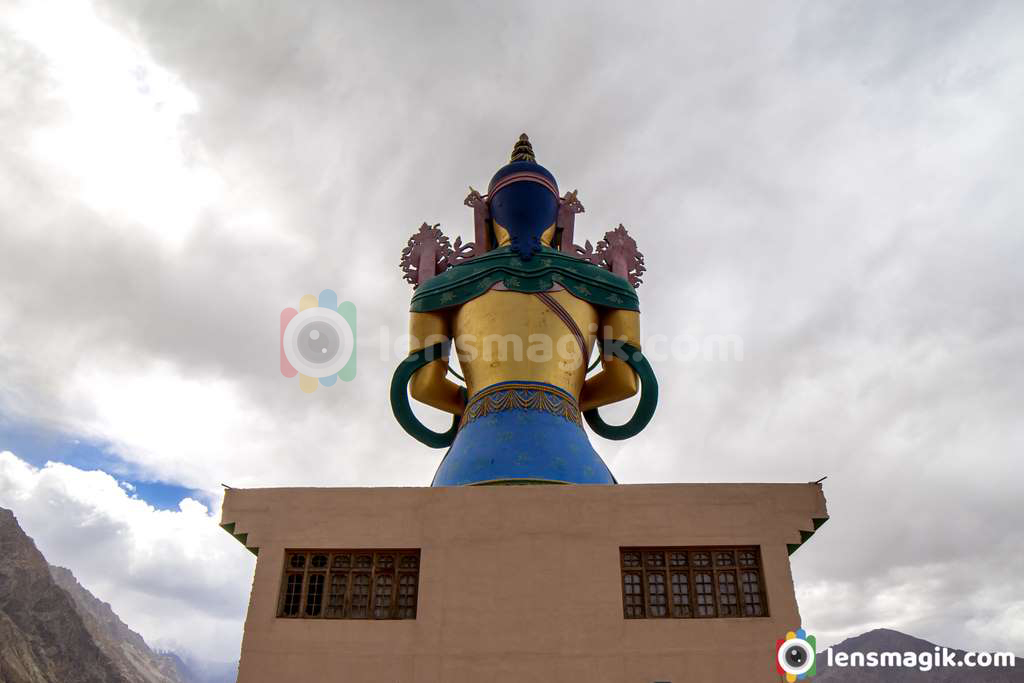

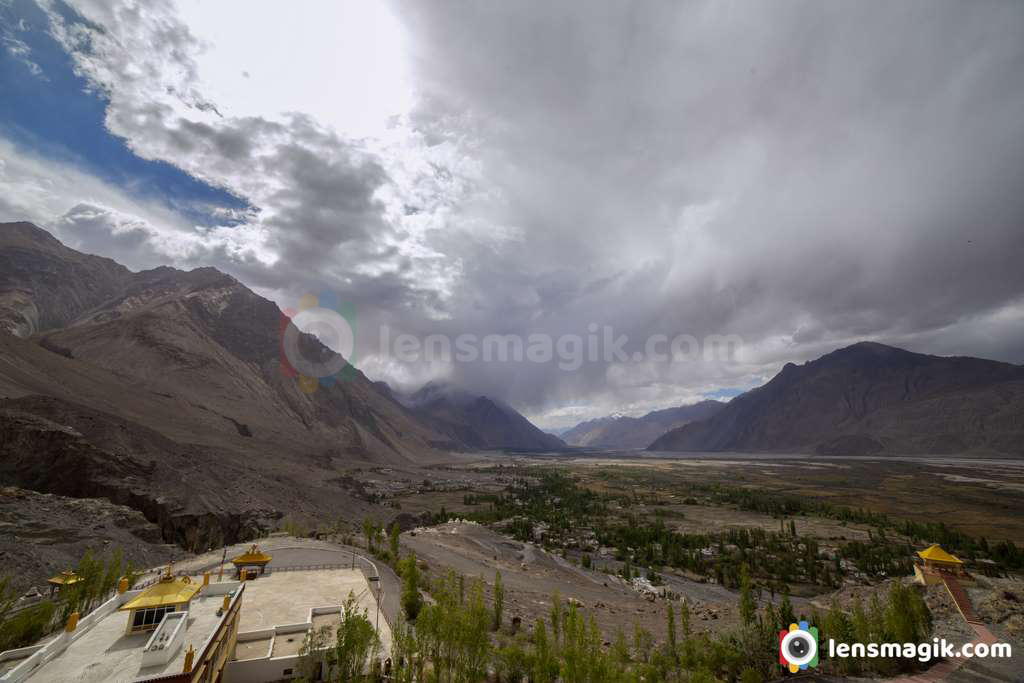
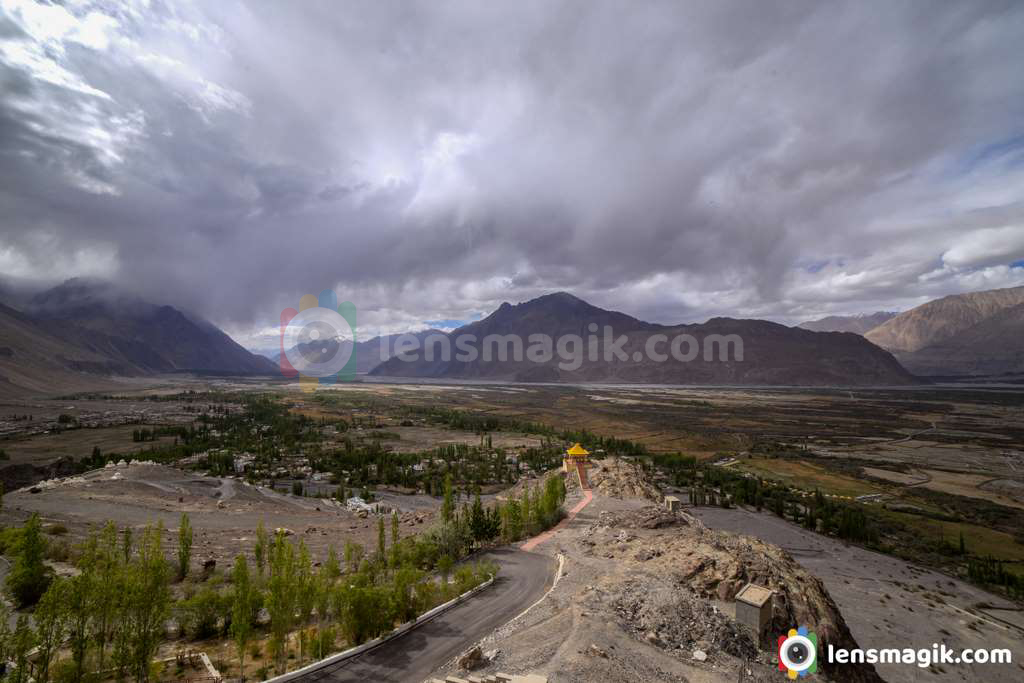
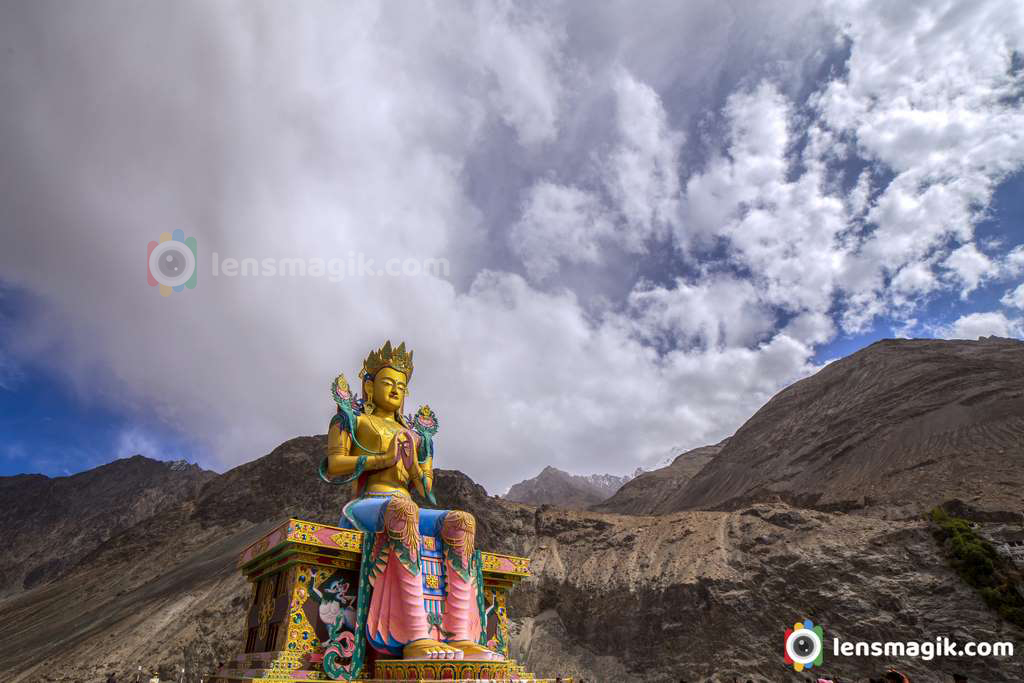
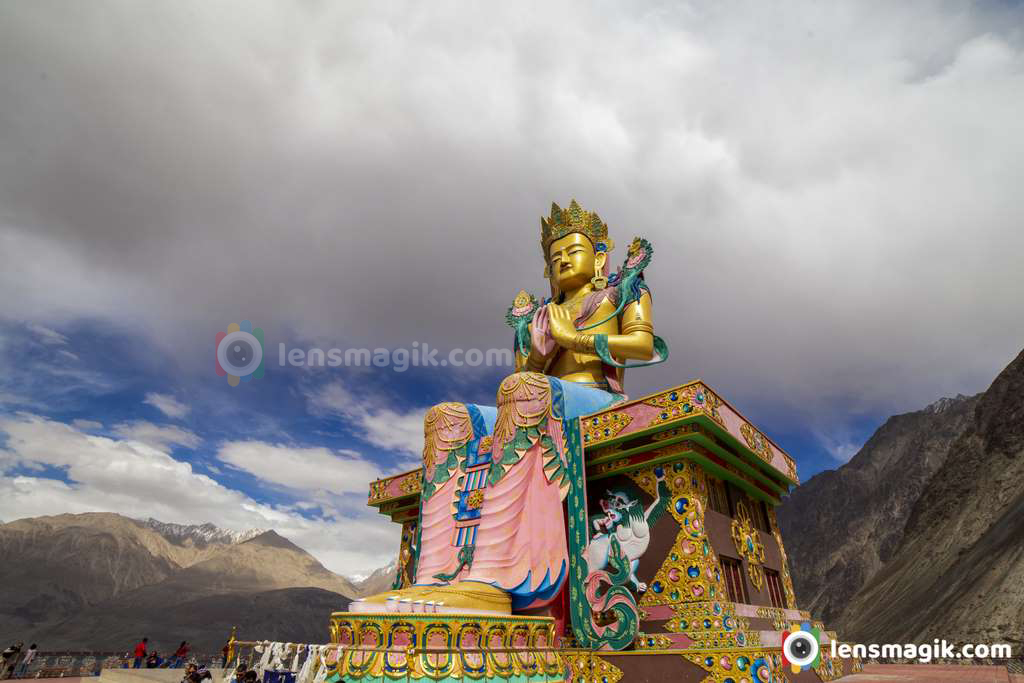
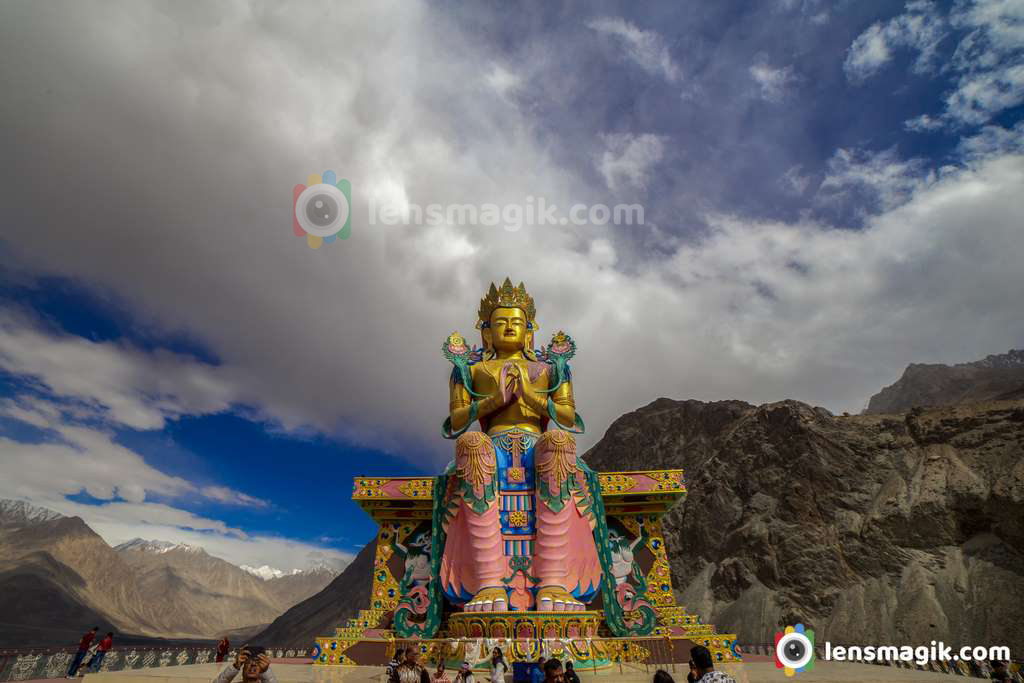
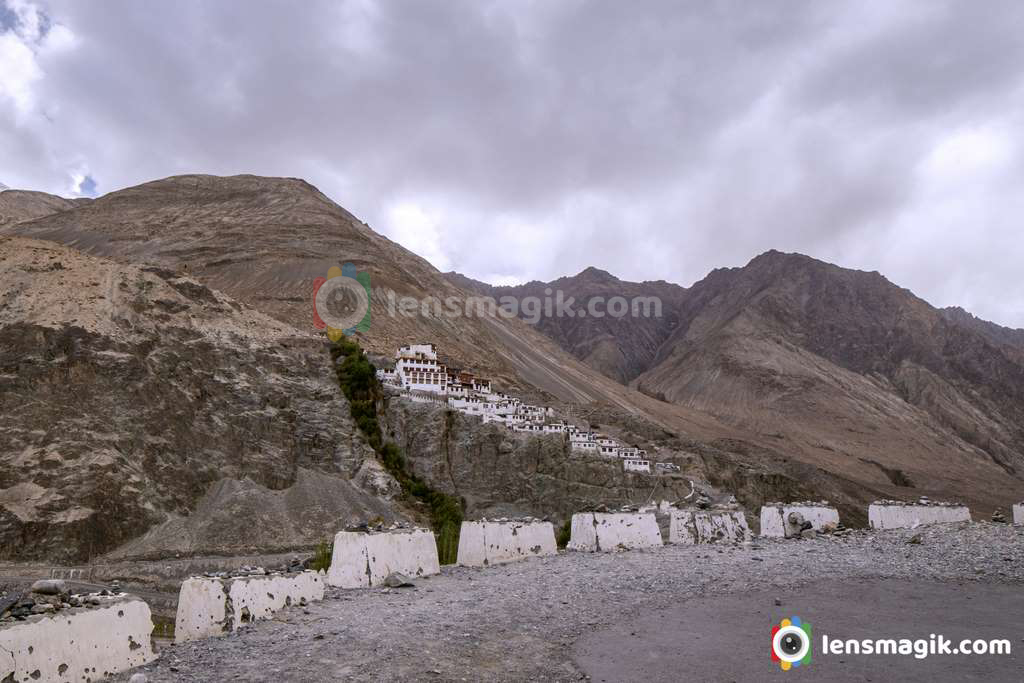
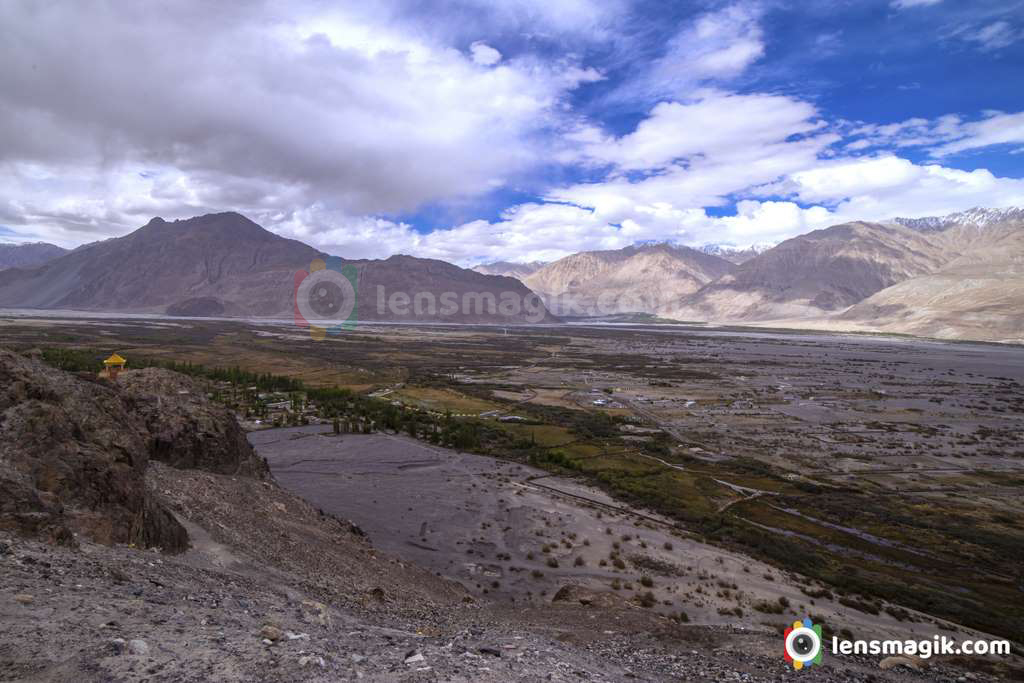

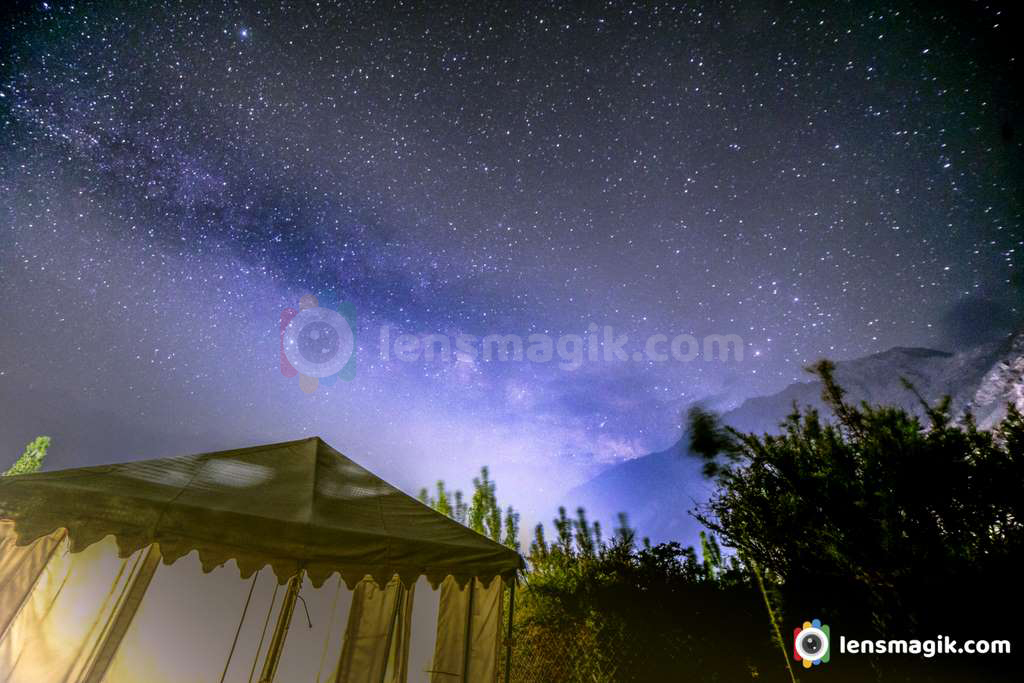
DAY 05: NUBRA VALLEY TO PANGONG LAKE (150 KMS / 5 HRS)
After breakfast we drive towards Hunder where you have opportunity to ride on a bacterian camel (double humped) amidst the sand dunes of this high-altitude desert with snowcapped mountains on the horizon. On the return stop at Diskit which is the headquarter town of Nubra Valley. Stroll around the bazaar observing the shops and local people going about their daily chores. Later we drive towards Pangong Tso via Agham & Shyok Valley. Some of the road patches in areas are extremely tough (towards nubra side) in terms of road conditions but no doubt the journey is very scenic! Later after crossing this adventurous part we drive further towards Durbuk & Tangtse for Pangong you pass through few small villages of Changthang and finally you can have a sudden view of the Pangong lake situated at 14,000 feet (4,267 m). Upon arrival we check in at our Camp/Hotel Near Pangong lake.
We stay at 100 sky camp at Pangong Lake. There are only tents available in Pangong lake and wooden cottage. At night and late evening weather is windy and cold. Wind blows high and temperature goes down. At night its very cold so prepare warm clothes and thermal. For children you need to be well prepared to protect from cold and low oxygen.
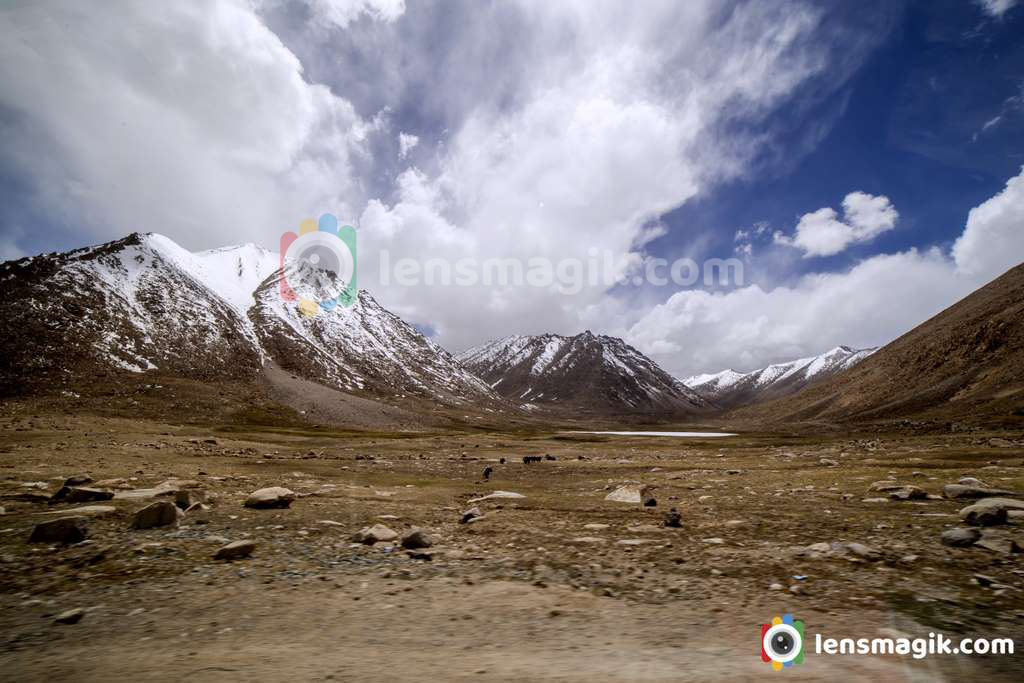
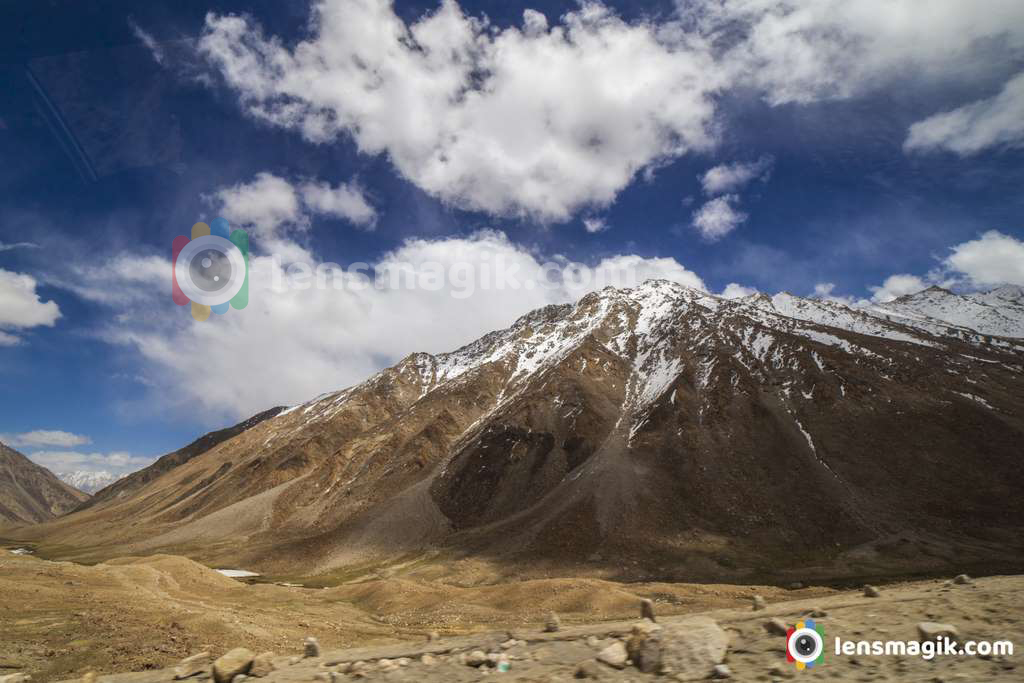
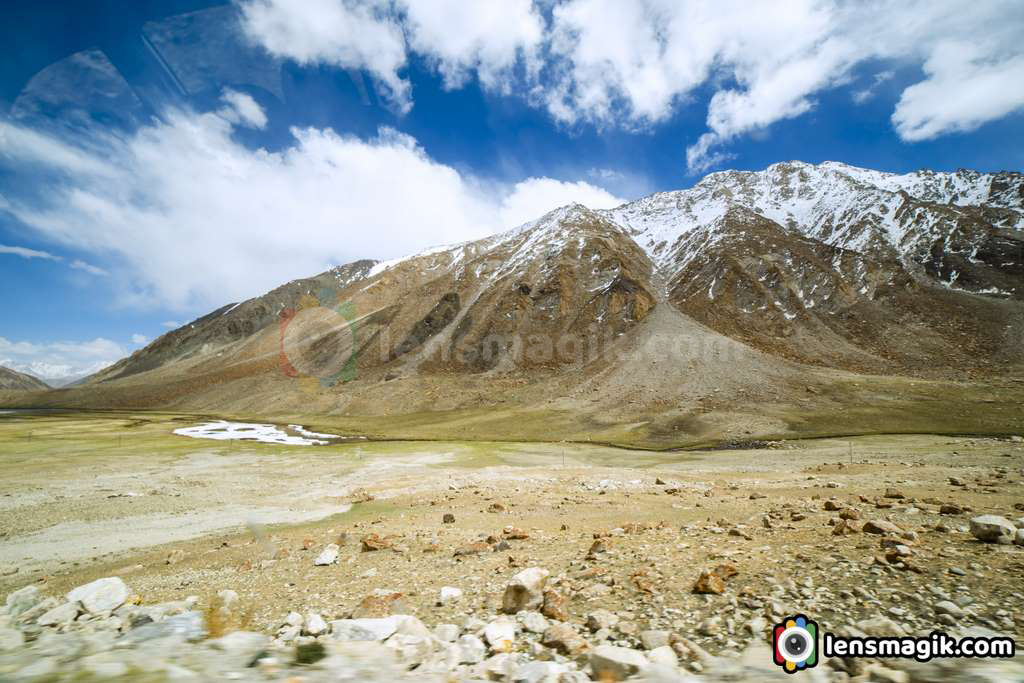
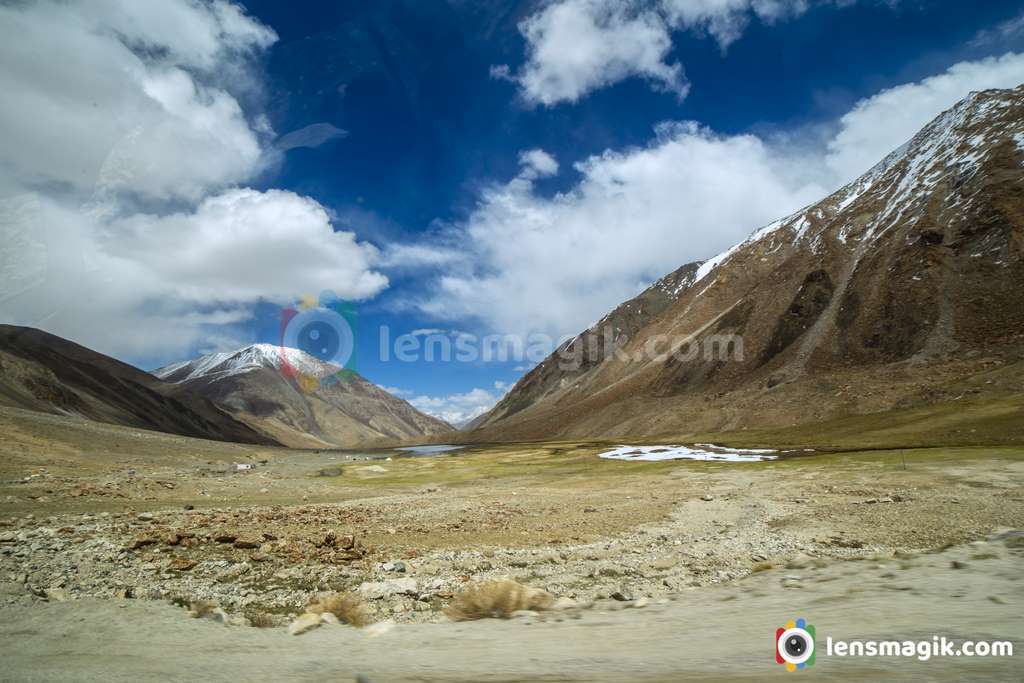
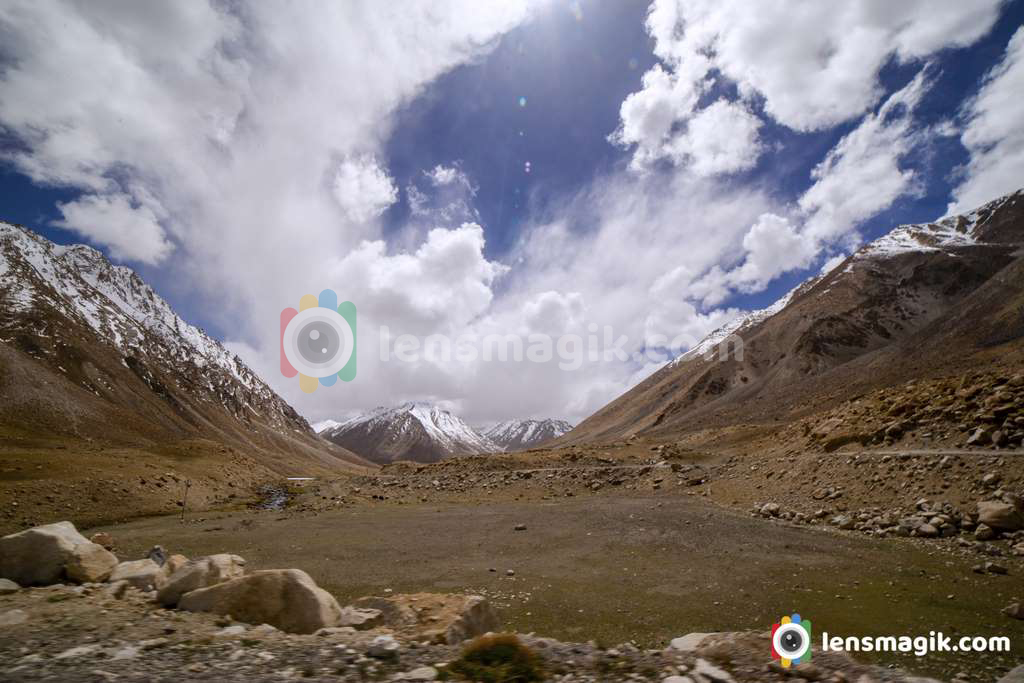
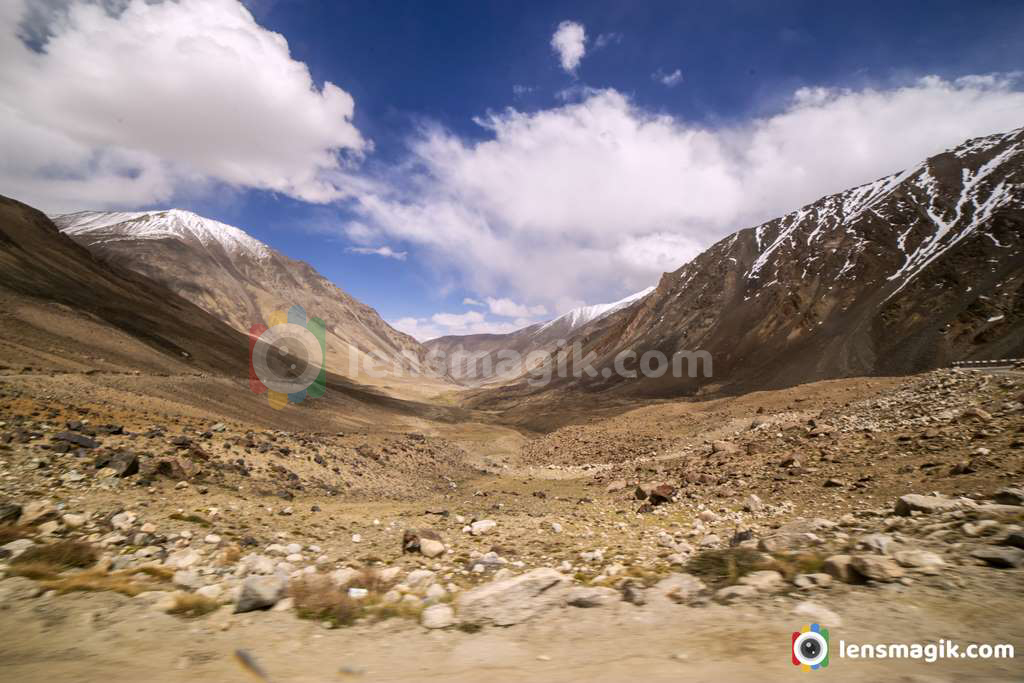
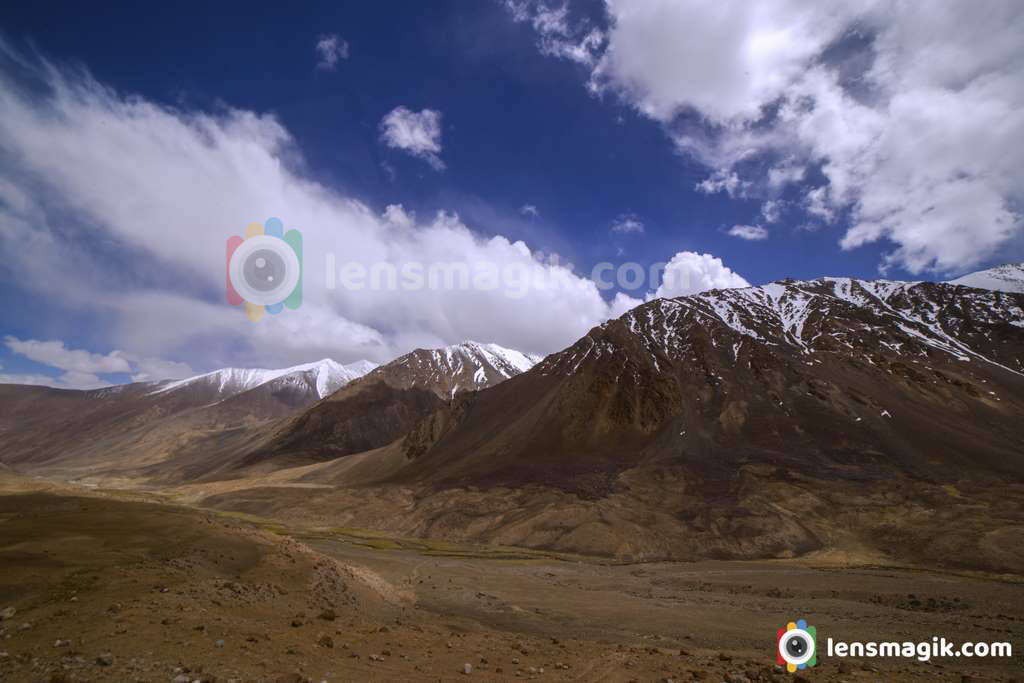
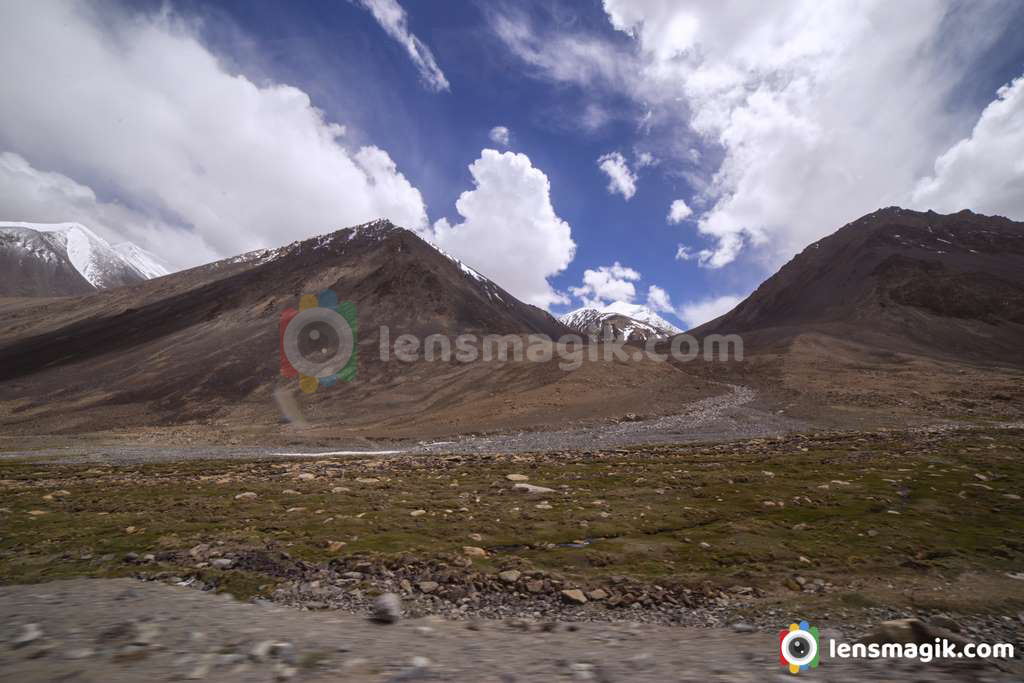
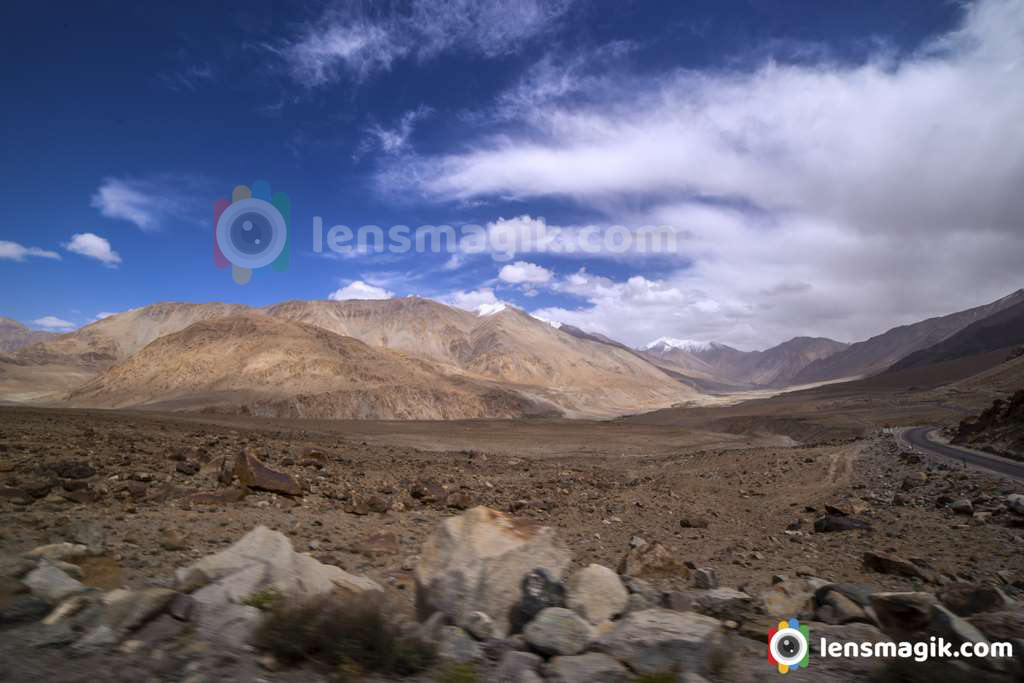
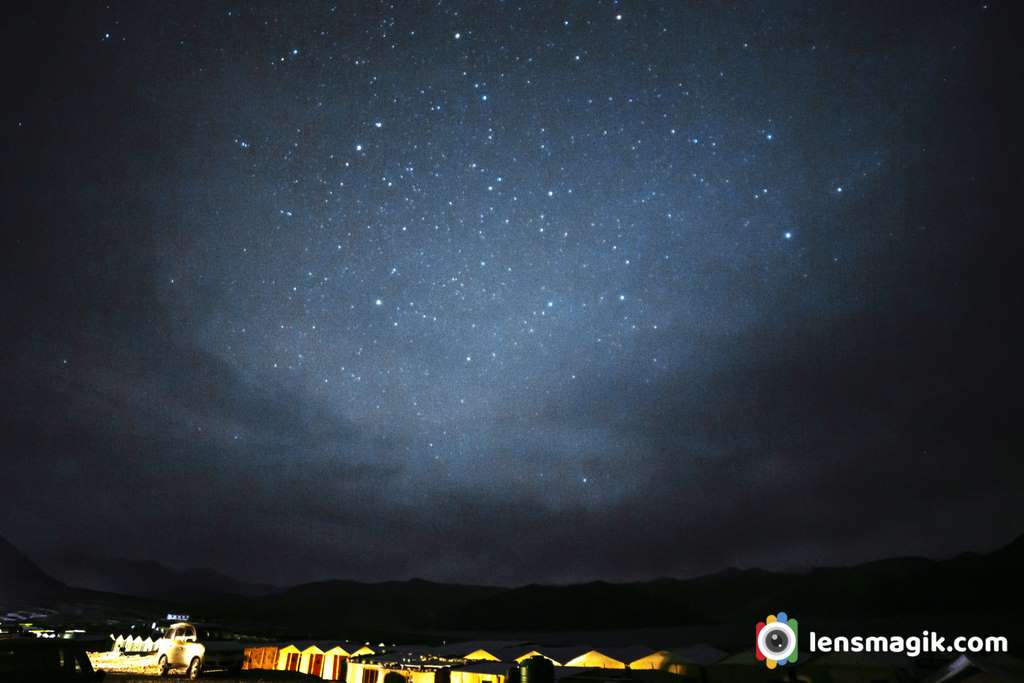
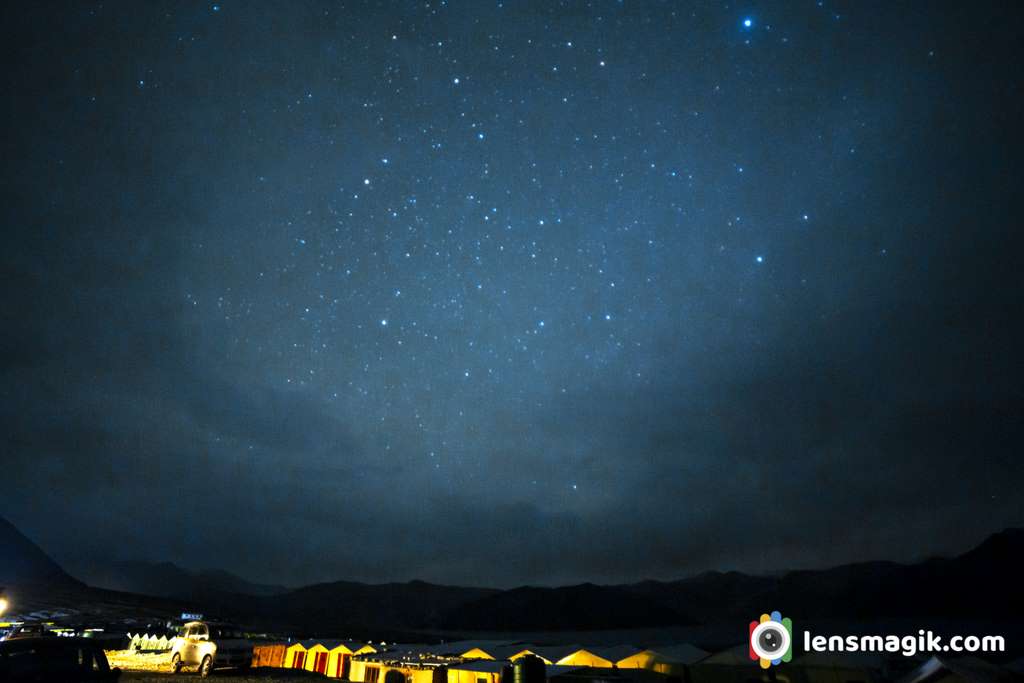
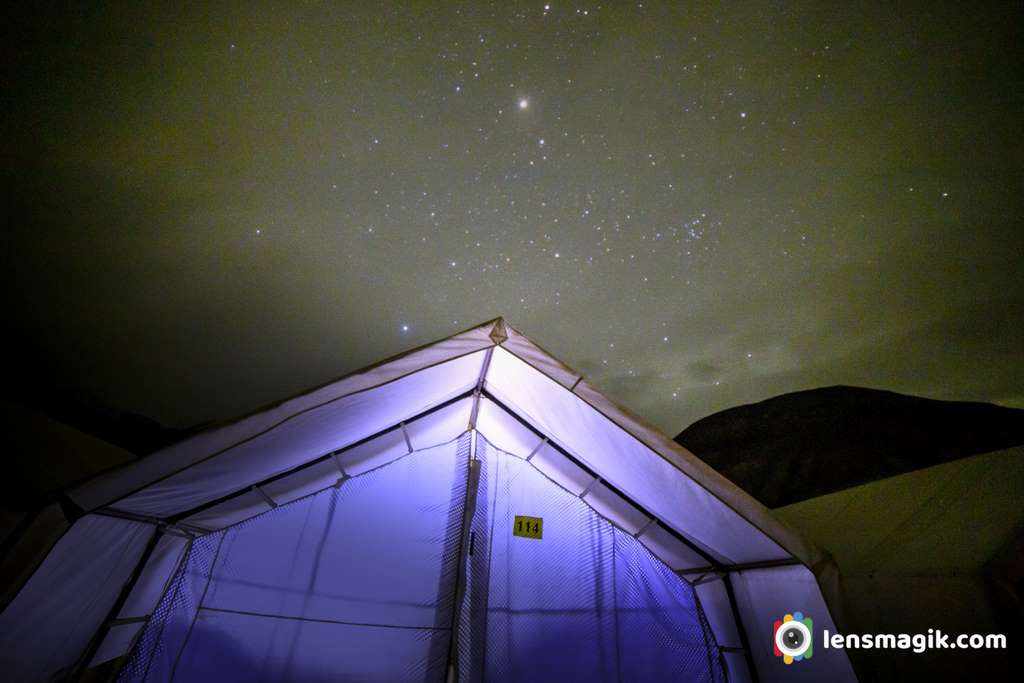
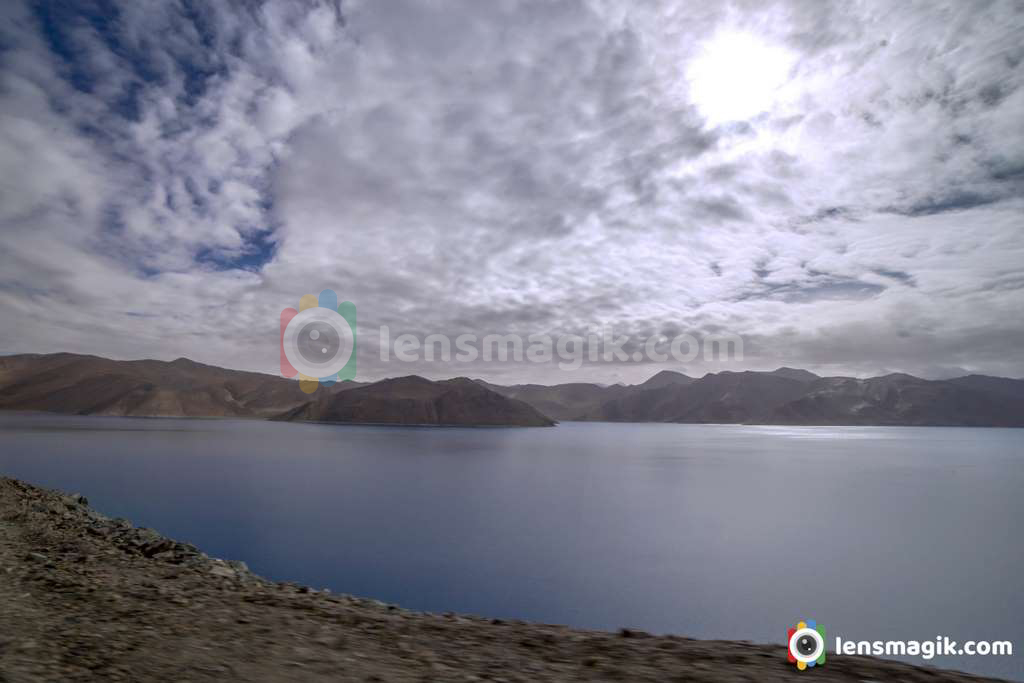
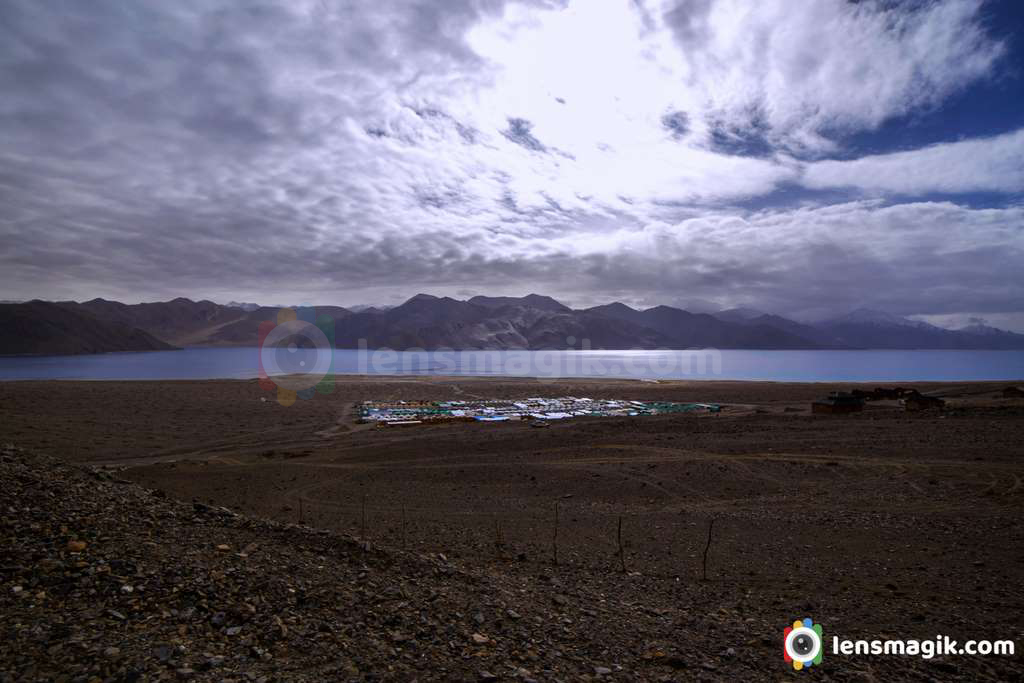
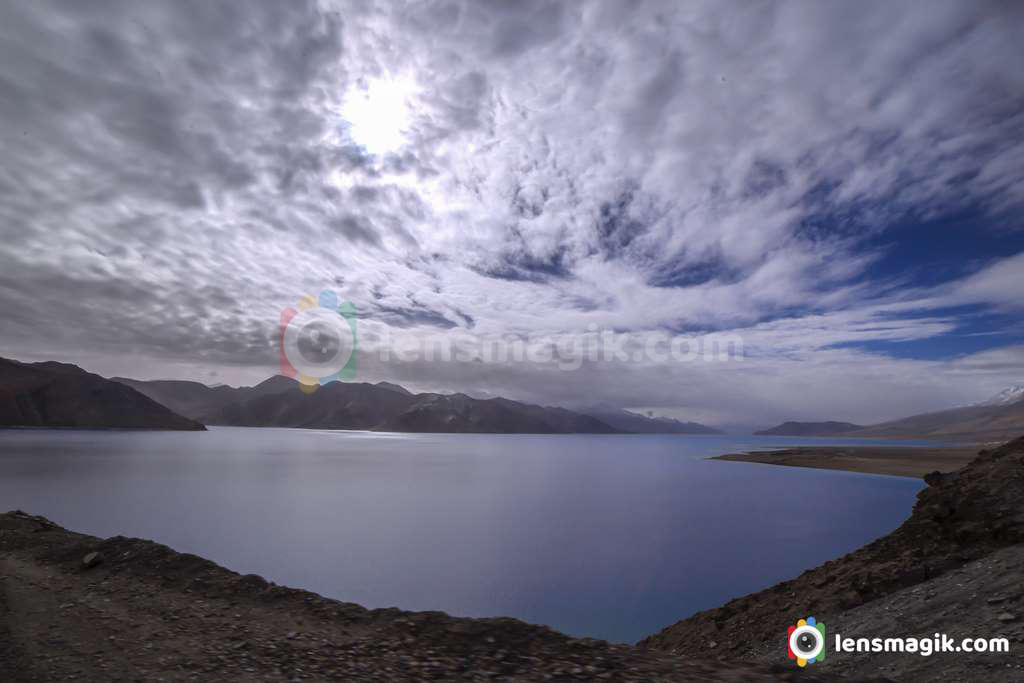
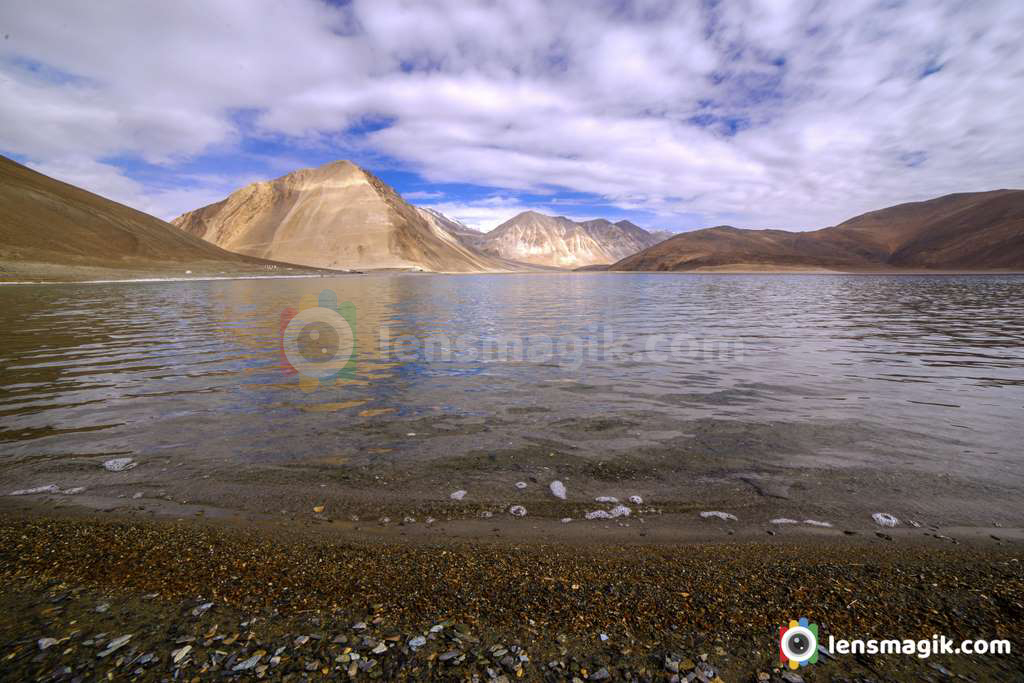

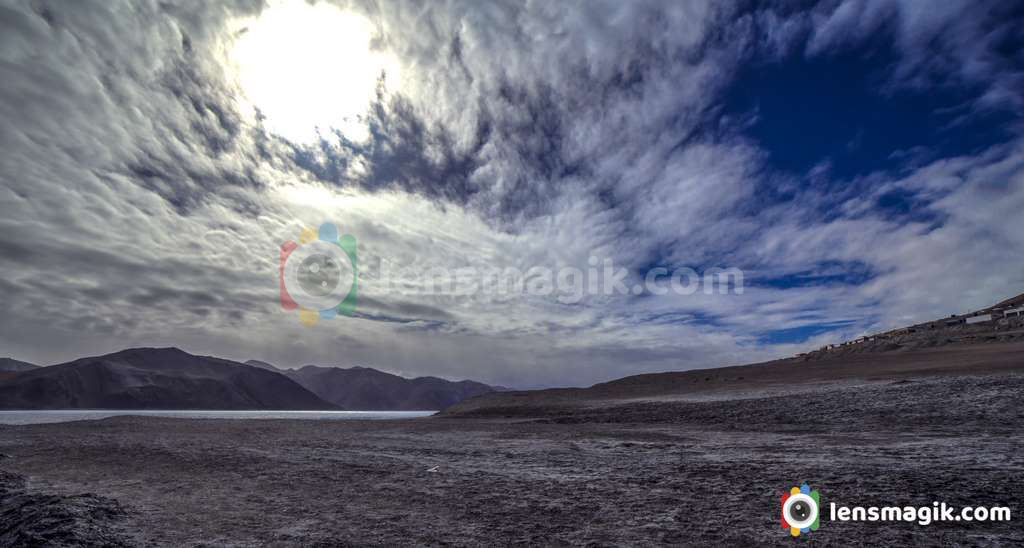
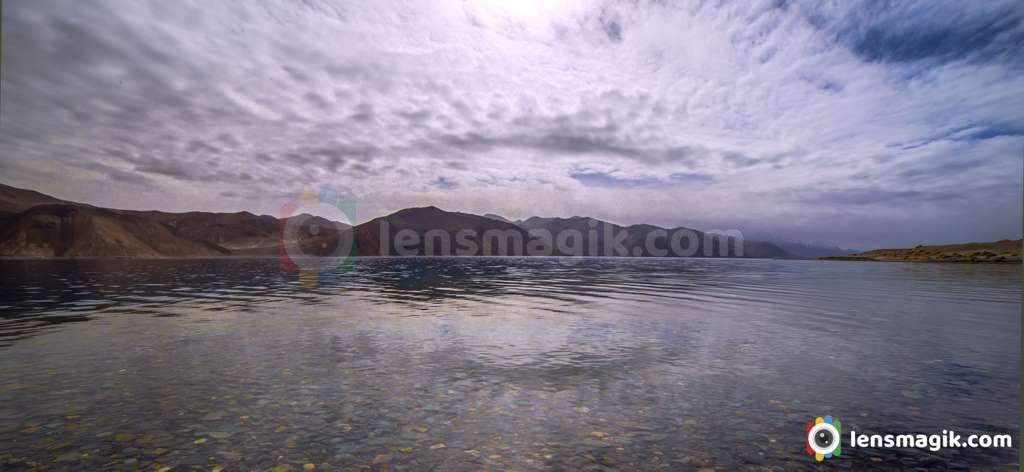
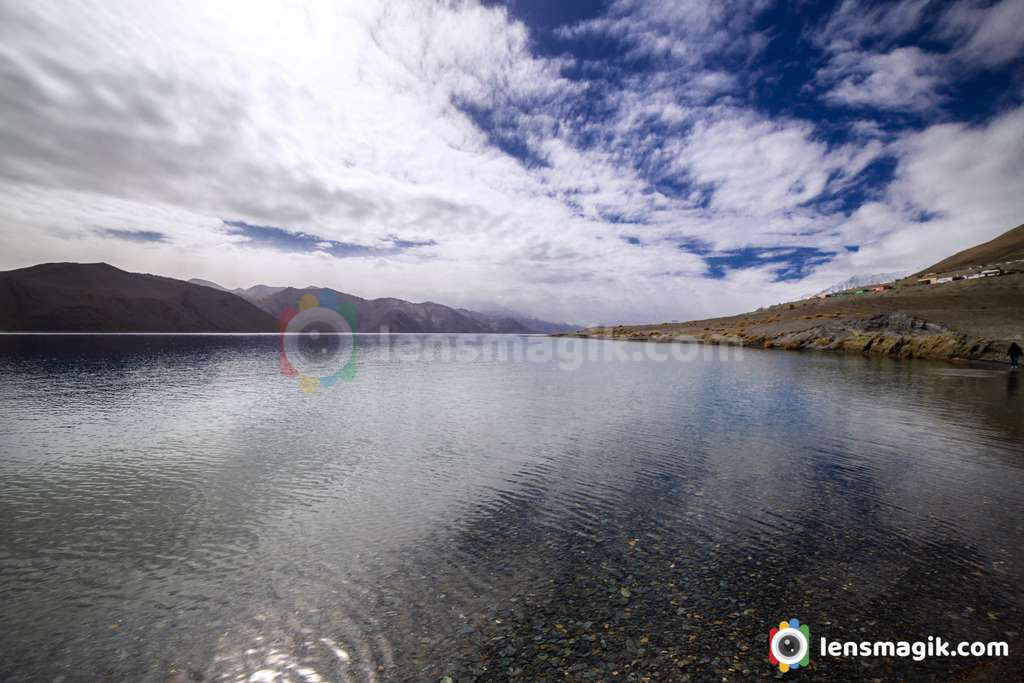
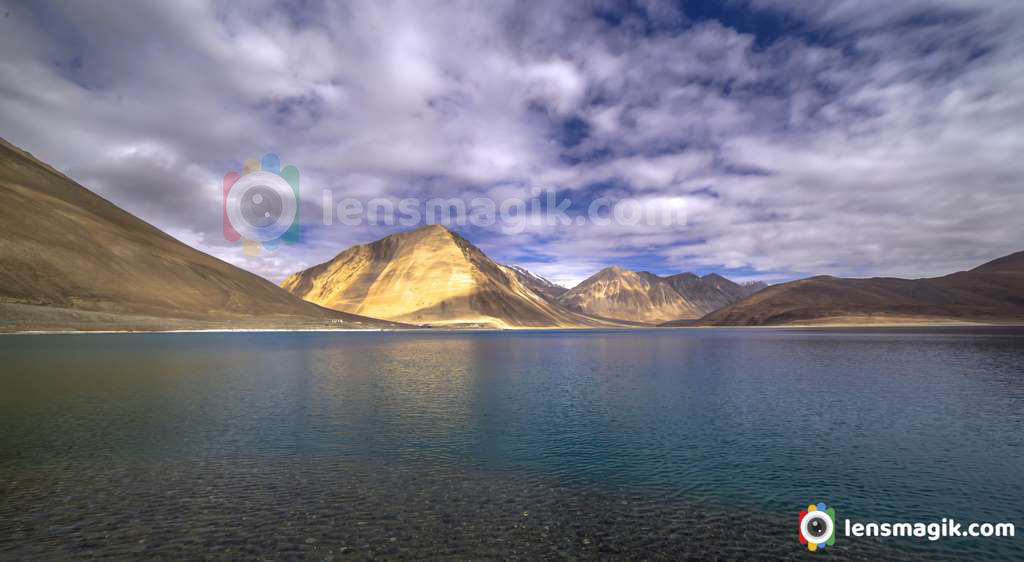
DAY 06: PANGONG LAKE TO LEH VIA CHANGLA (140 KMS / 6 HRS)
In the Morning explore the beauty of lake and later we drive back to Leh via Changla Pass 5486 Mtrs en route visiting Hemis Gompa, the largest monastic foundation of Drukpa Kagyu Order of Tibetan Buddhism. And futher to Thiksey an impressive complex rising tier upon tier on a hill above the village and another 5 Kms driving through a picturesque landscape we reach to Shey Palace, The ancient capital of Ladakh & 3 Idiots Rancho School. Drive to Hotel in Leh.
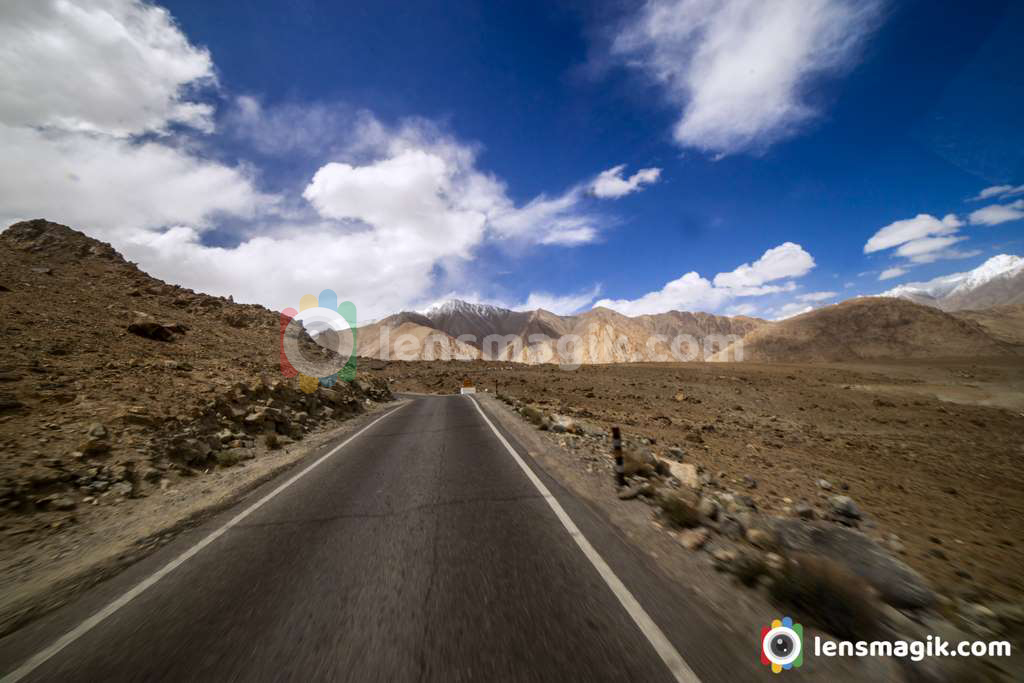
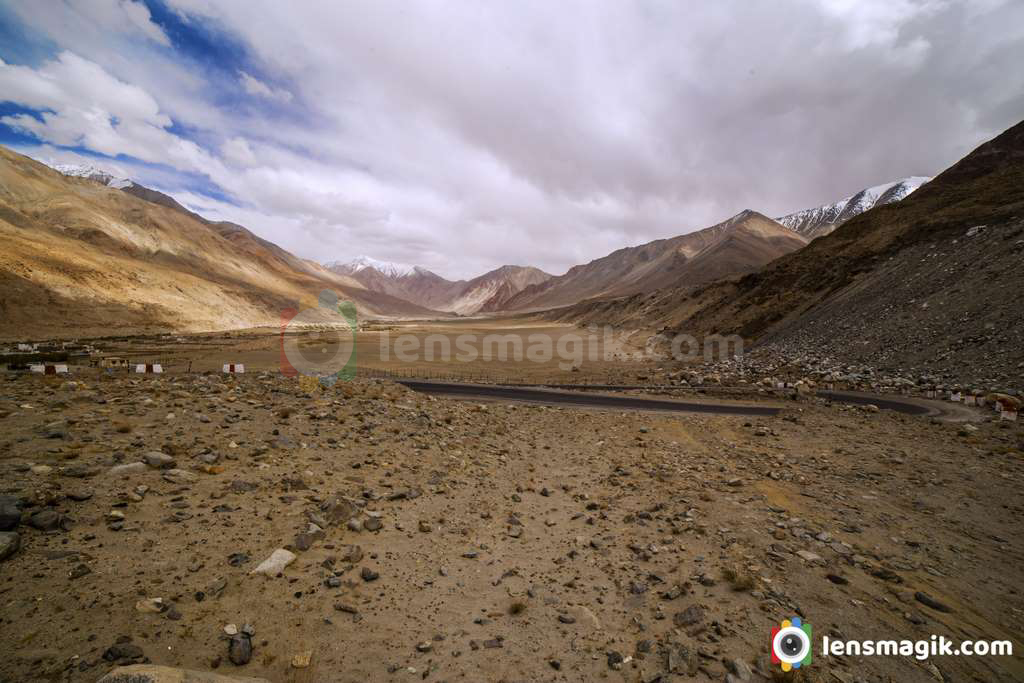
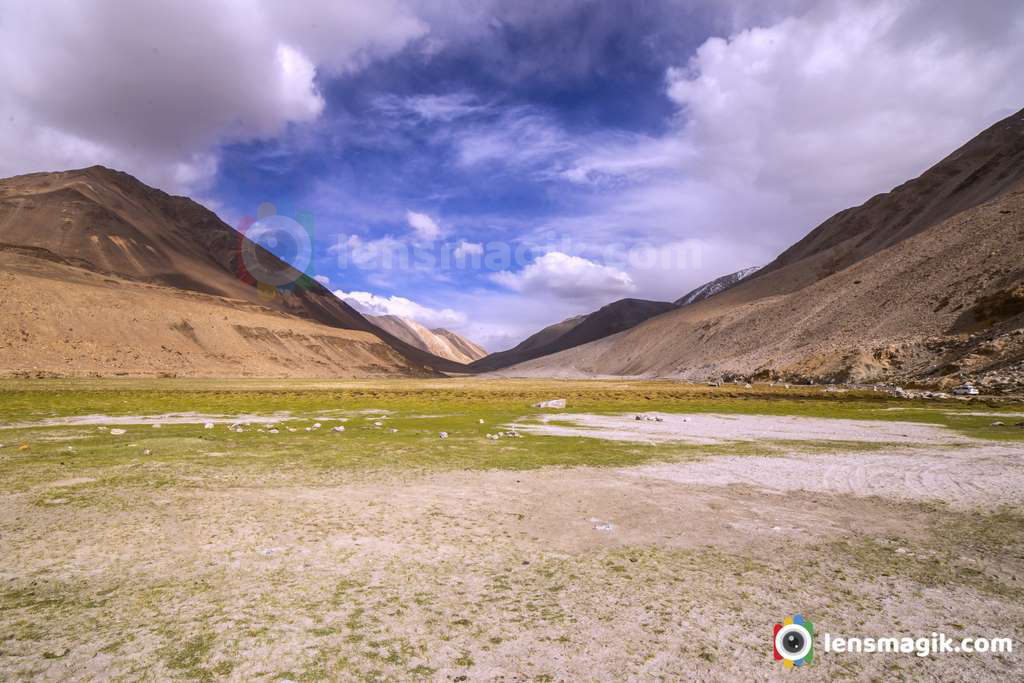
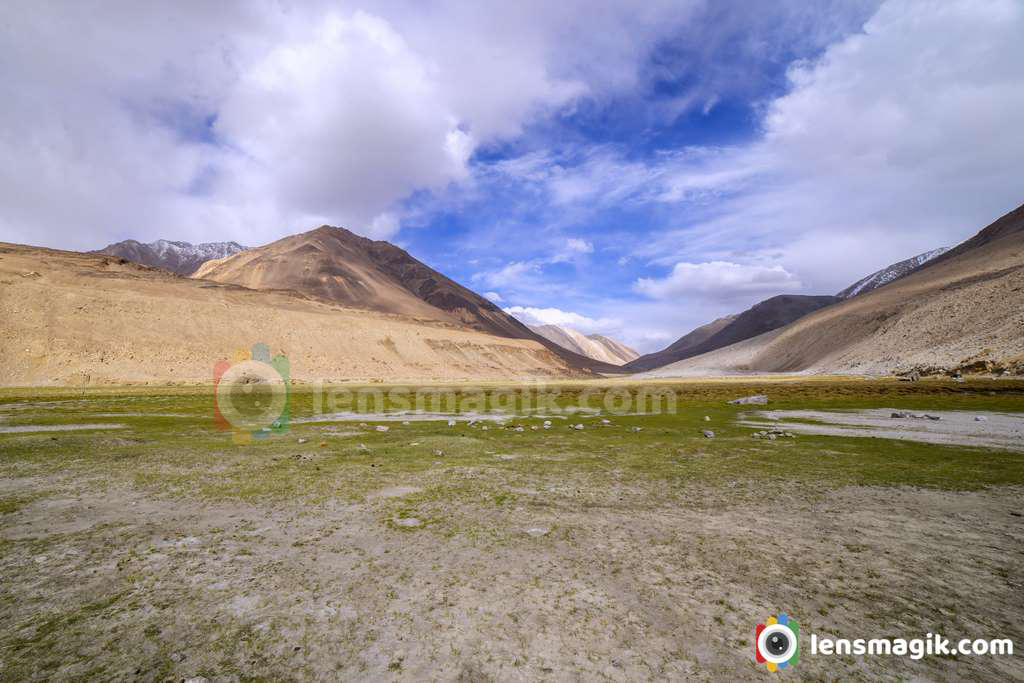
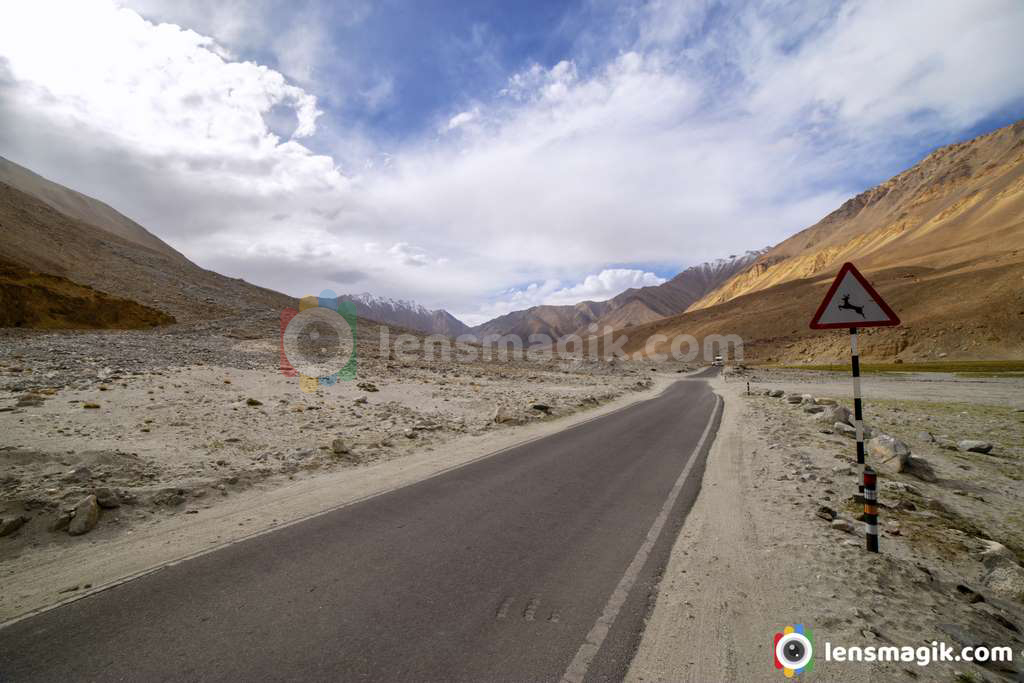
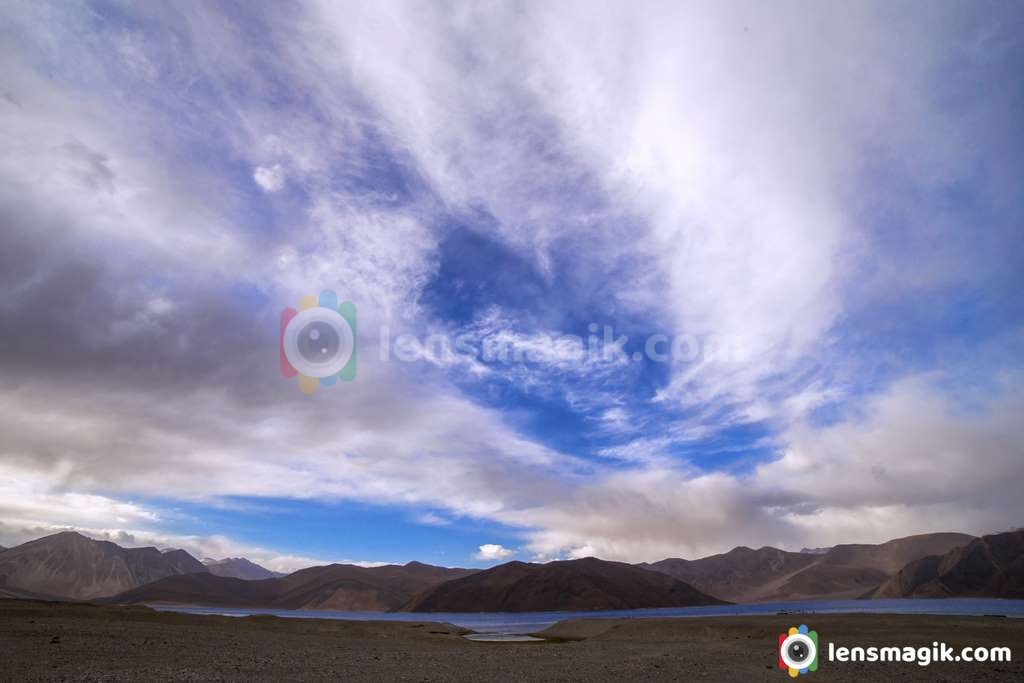
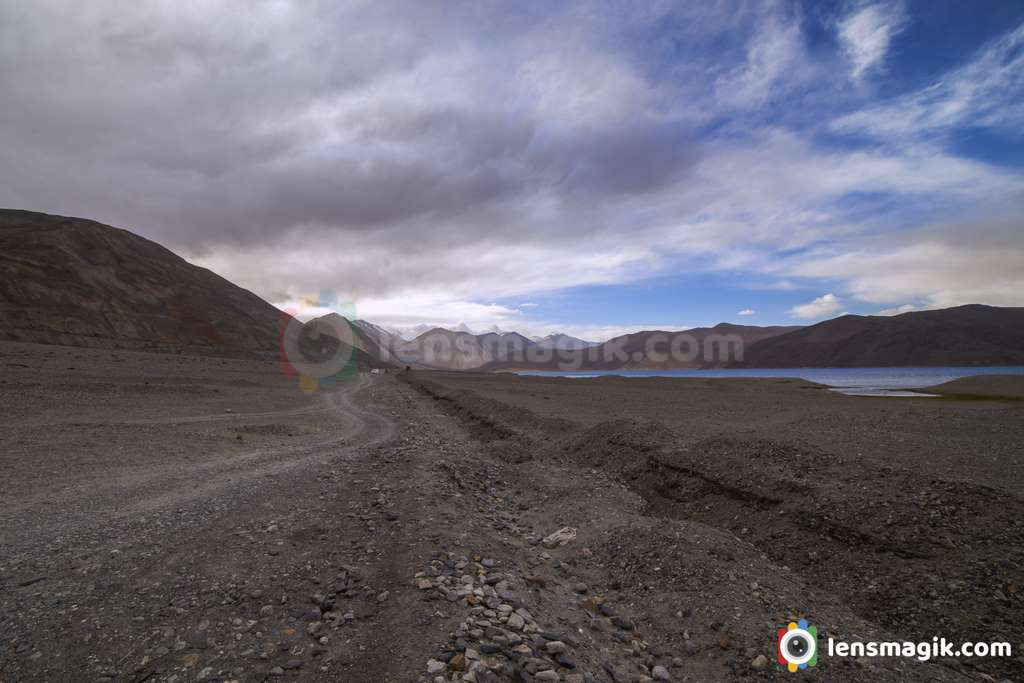
DAY 07: DEPART LEH (FLY OUT)
After breakfast we leave for Airport and back to our destination.
In above itinerary you can do Pangong Lake first and then go to Nubra Valley or do the same as itinerary.
In Leh city for south Indian food visit The Test of South India restaurant in market. And if you like to test famous food of Ladakh ( Thukpa )visit The Tibetan Kitchen.
What to buy from Leh Ladakh:
The best food serves here. For shopping you can take warm cloths , showls, warm jackets , hand glowes, local hand made items,carpets, handicrafts are cheap and good quality. Showls are bit expensive of Pashmina showl.
Apricot items are best to buy from here. Also dry fruits and apricot oil , lip balms are variety of Leh Ladakh is very good in quality and price too.
Things to Carry during Leh Ladakh Trip
Clothes as per your need ,take Full sleeve t shirts, pairs of woolen shocks, Bagpack for day travel, Water bottle, Good quality Shoes, Woolen Jacket which use in Extreme cold condition, Thermal, MonkeyCap, Goggles, Hand Gloves, Sun Cap, Cold Cream, Vicks, Band Aid, Medicines ( Diamox tab, Paracitamol, Electral Powder, ORS ), 4-5 Big polythene, Money, Original Photo ID, Camera kit , Take extra jacket for extreme cold condition in Pangong lake.
Diamox Tablet taken before 48 hours when you reach at Leh via flight. It is not necessary to take Diamox tablet before you fly to Leh direct. If you are physically fit then no need to take it. Just drink water at regular interval and hydrate your body. Take proper food and proper rest too.
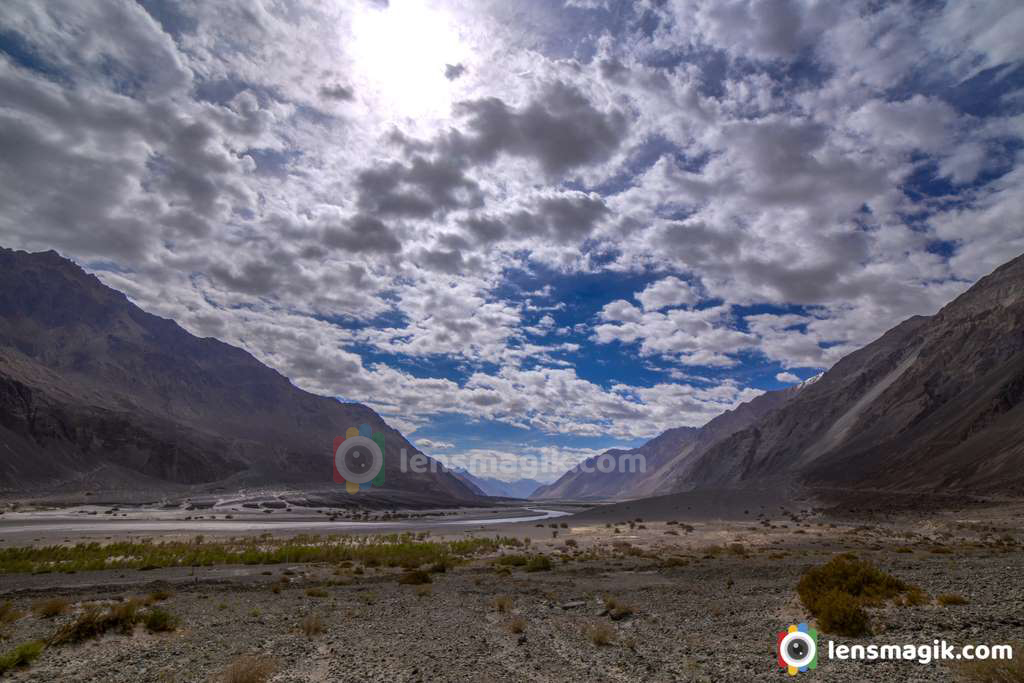
What to do to avoid Mountain seekness:
If you feel headech or vomitting , lack of food and water then you are facing mountain seekness. You must need to hydrate your body everytime. Whenever you go directly at high altitude stay for 1 day to aclemite your body with weather. Then drink water , juice, local energy drinks , eat dry fruits, fruits , chocolates etc. Drink water more to hydrate your body then you will not face mountain seekness. After all if you feel seekness use ORS liquid and drink it. Take diamox tablet before 48 hours of flying high altitude. Take long breath regularly in 15 minutes. And if your oxygen level is below 60-70 then visit nearest hospital or go to down altitude station then you will feel better. And one must thing is do not drink during Leh ladakh trip. Drinking alcohol is not advisable in Leh ladakh trip.
Photos taken with Canon 6D with 14 mm canon lens
Read more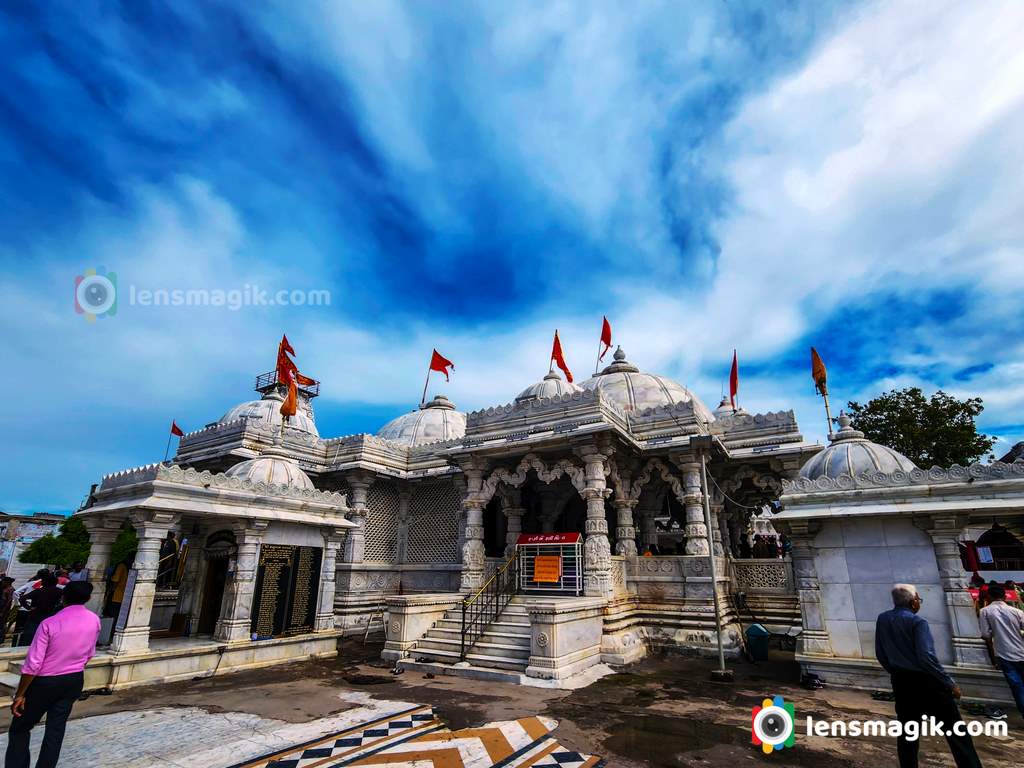
Bahucharaji or Becharaji is located in Mehsana district Gujarat. It is a Hindu Temple of Hindu Goddess Bahuchara Mata.Bahucharaji Temple is in Bahucharaji town near shankhalpur village Mehsana. Bahucharaji Temple is in center of town. Bahucharaji temple managed by State Government. Ma Devi Bahucharaji is worshipped here as Goddess Bala Tripura Sundari.

Story of Bahucharaji temple
As per old people says Dandasur demon was stayed near Becharaji and won Patallok, Mrutyulok and Devloka all three lokas. The Devil has boon from Lord Shiva that a godeess appeared against him in small girl form. All 3 lokas Devas went to Goddess Parambaa to save them from demon. The Bahuchar mata appeared in form of small girl for fist time at Varakhadi tree . So bahuchar mata known as Bala Bahuchara Mata. Goddess killed demon with Trishul and bought peace for people of earth.
- Main vehicle of Bahuchar Mata is cock.
- Bala Yantra of Crystle and encased In gold is worshipped at temple.
- Bahuchar Mata carries sward on top right hand, Abhay mudra on bottom right, a text of scriptures on top left and trident on bottom left.
- In my family we believed that new born male child first time hair removed ( Mundan ) after 1 year in temple.
- It is also believed that any new child don’t speak properly then bought here and on his behalf cock donated to Mata and in few days child can speak properly.
- All over from India devotee came here and pray for blessing of Goddess. On purnima ( full moon ) day is special for devotees. On Chaitri Poonam 5 days fair arranged near the Temple and in city.
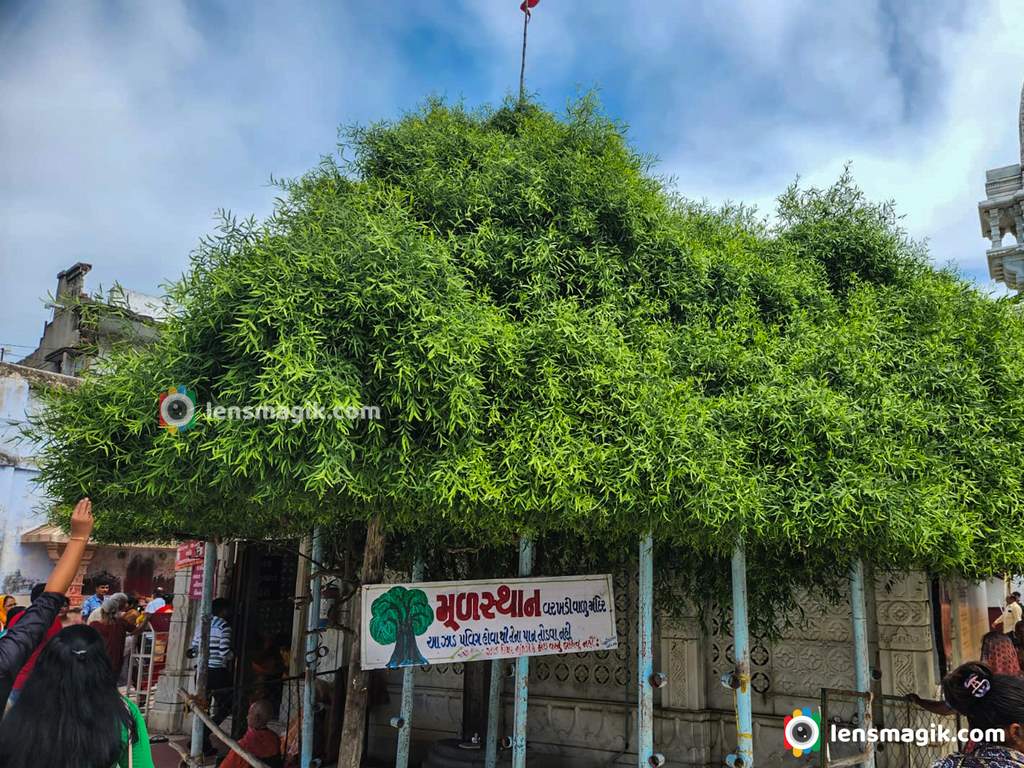
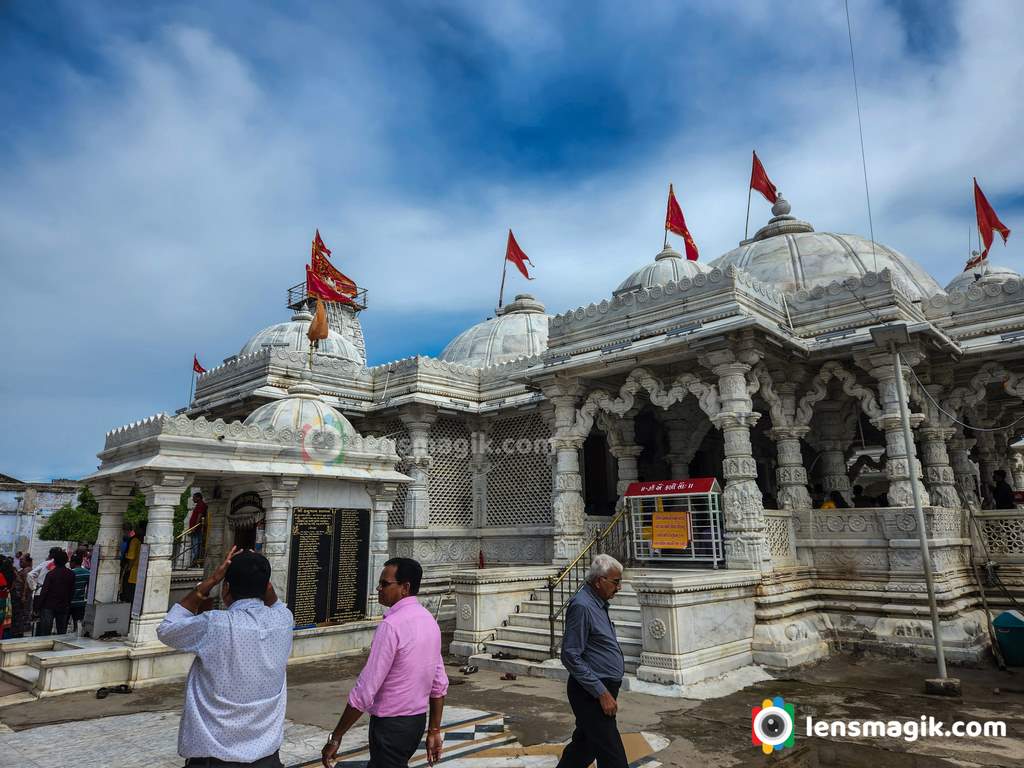
Where to Stay in Bahucharaji or Bechraji :
There are lots of Dharamshala , Hotels, Guest Houses in Bahucharaji. All places are in good rate available. People can also go to Mehsana , Shankhalpur for stay . Also people can go to Modhera Sun Temple for visit.
Bahucharaji Mata Temple Darshan Timing :
Bahucharaji Mata temple darshan timing is from 5.30 AM to 10 PM .
Nearest Airport : Ahmedabad
District : Mehsana
Pincode of Bechraji : 384213
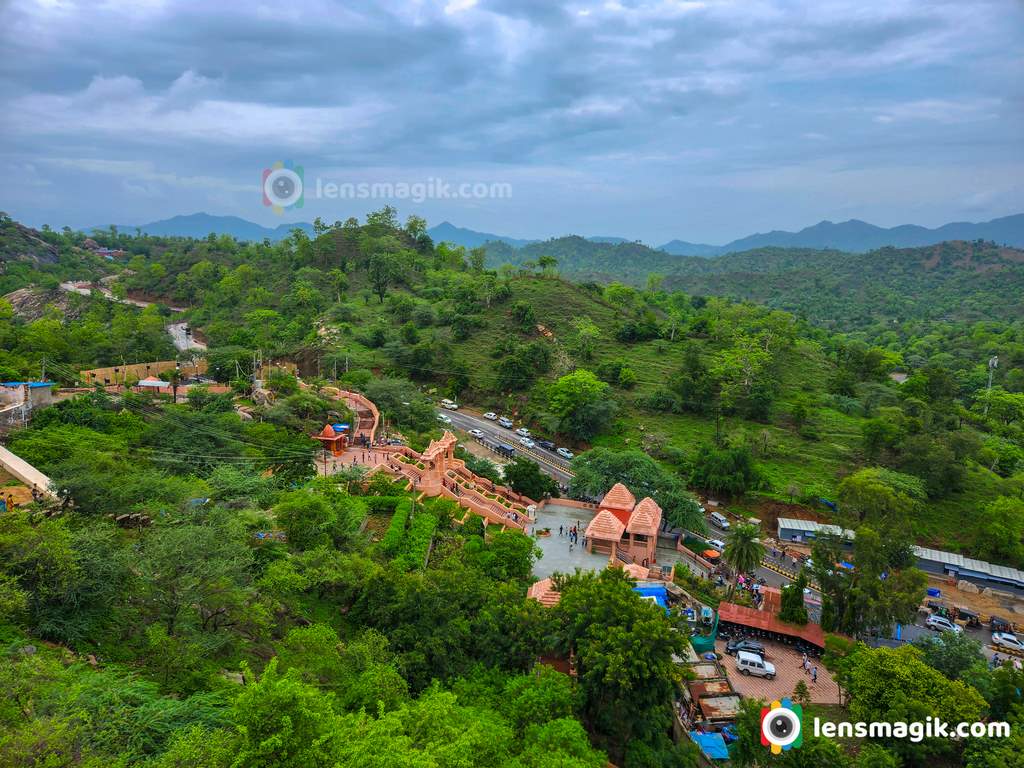
Ambaji is a town in Banaskantha district. The town surrounded by aravalli Hills. Ambaji is Famous for Ambaji Temple. Millions of devotees visit Ambaji Temple every year. Even my family also visited Ambaji Temple once in a year Climate of Ambaji is change in all season . Summer is very hot around 45 degree and in winter temperature goes down to 6-7 degree. Rainfall average 15 -30 in in monsoon.

About Ambaji Temple:
- Ambaji Temple is one of the 51 Shakti Peethas .
- Ambaji Mata Temple is a major Shakti peethas in India. It is also known as Arasuri Ambaji Mata Temple.
- Shree visa Yantra is worship as main God. No one can see Yantra with nacked eye. And also the Photography of Yantra is not allowed.
- The original seat of Ambaji Mata is at on top of Gabbar Hill.
- On purnima day large number of people come to Ambaji temple for darshan. On Bhadarvi Poornima there is a large mela in city. People from all over the country come here by walk from their destination on Bhadarvi Purnima . People make food camps, medicine camp, refreshment camp in between the road for people who come by walk in Ambaji Temple.
- The shrine of Shri Amba is regarded as a revered shrine by Shakta Shaktism sect of Hinduism. There was a say and also it believed that the heart of Sati Devi has fallen here.
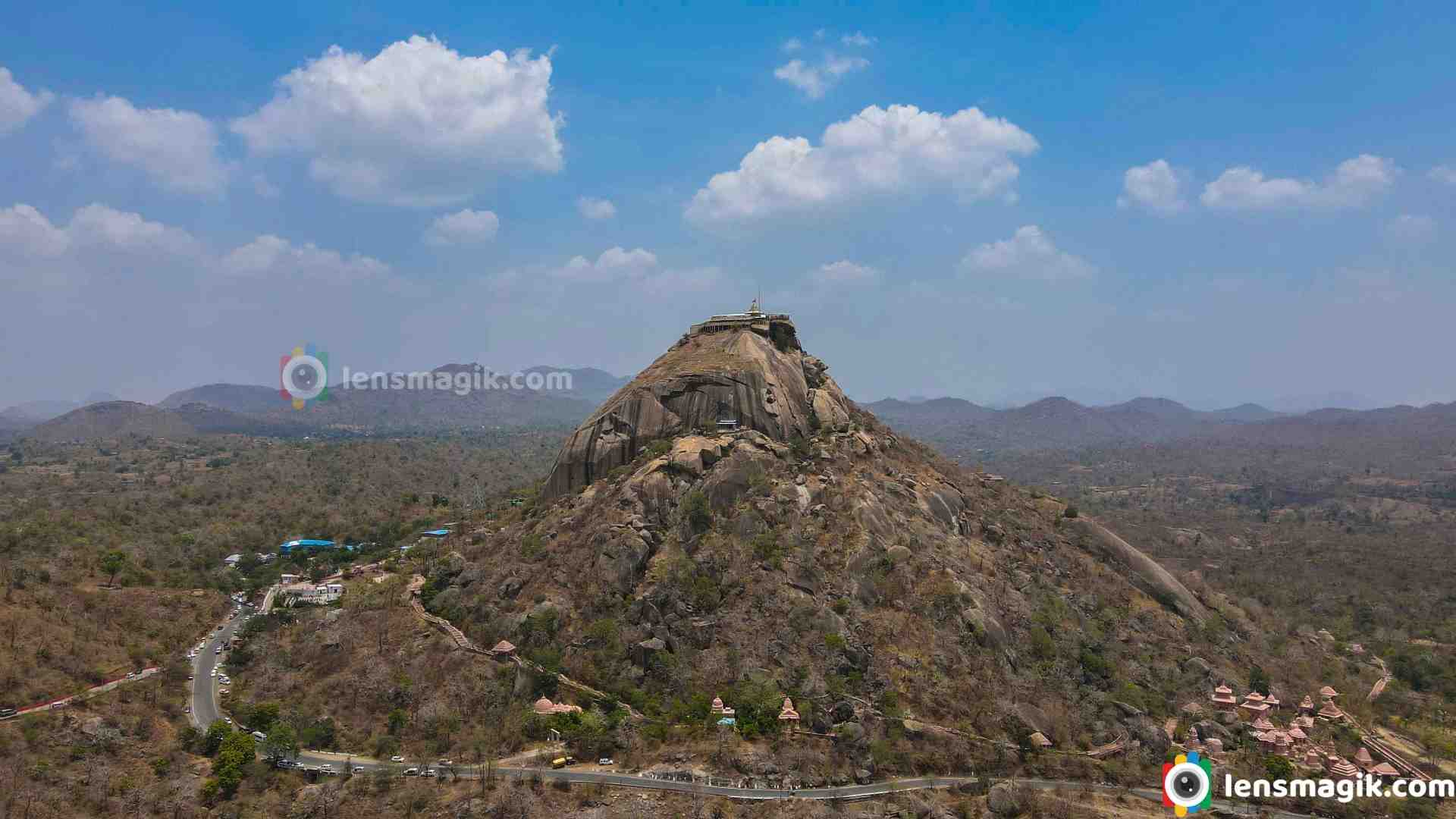
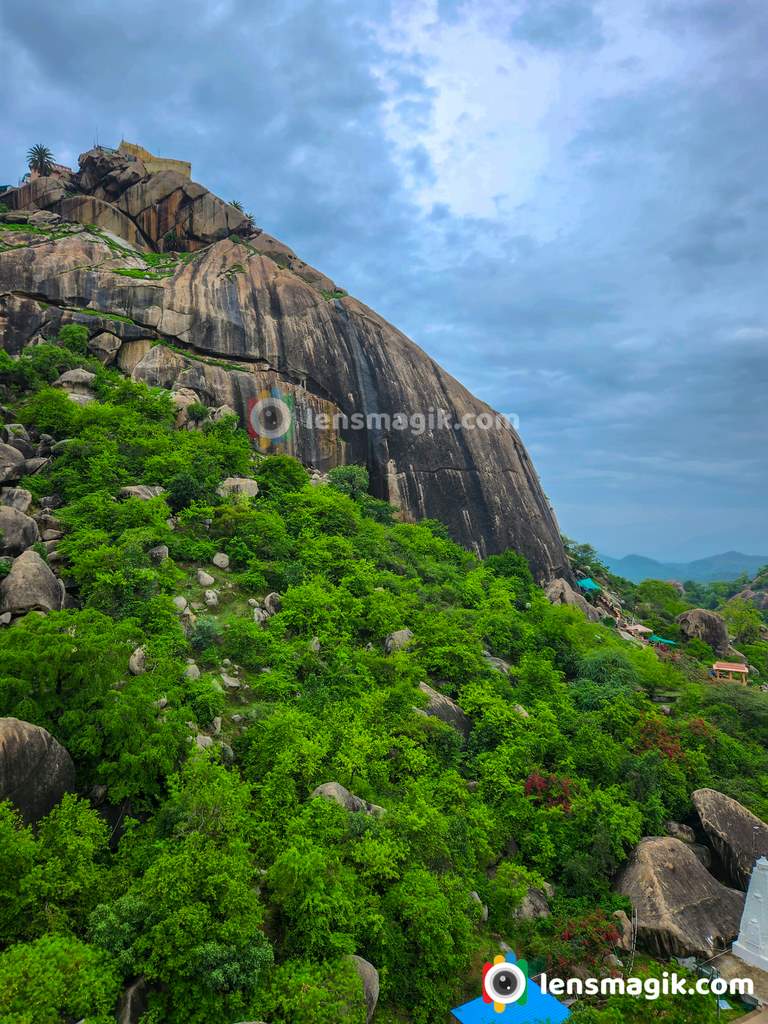
The Myth of Ambaji Temple :
According to Lord Vishnu cut the corpse os sati with his weapon Sudarshan Chakra and 51 pieces fell on earth. That 51 place built shrine. And at Ambaji there was a say that Sati Devi’s heart was fallen so Ambaji is one of most important Shakti Peeth.
Gabbar Hill , Ambaji Temple
Gabbar is located at west of Ambaji Village at around 4-5 km away. It believed that original seat of the Goddess is at top of Gabbar Hill. There are around 999 steps for climbing Gabbar Hill. Among them 300 stone steps and rest are very narrow passage so it’s a thrill to climb. On the flat top of the hill there is a small temple of Ambaji. In this temple small covered lamp keep constantly burning. The lamp also seen from Ambaji Temple at night. There are footprint of Goddess their under the pipal tree.
In Ramayana there is a say that Lord Rama worship devi Ambaji so Devi Ambaji gave him an arrow name AJAY and with this arrow Lord Rama killed Ravan in the war.
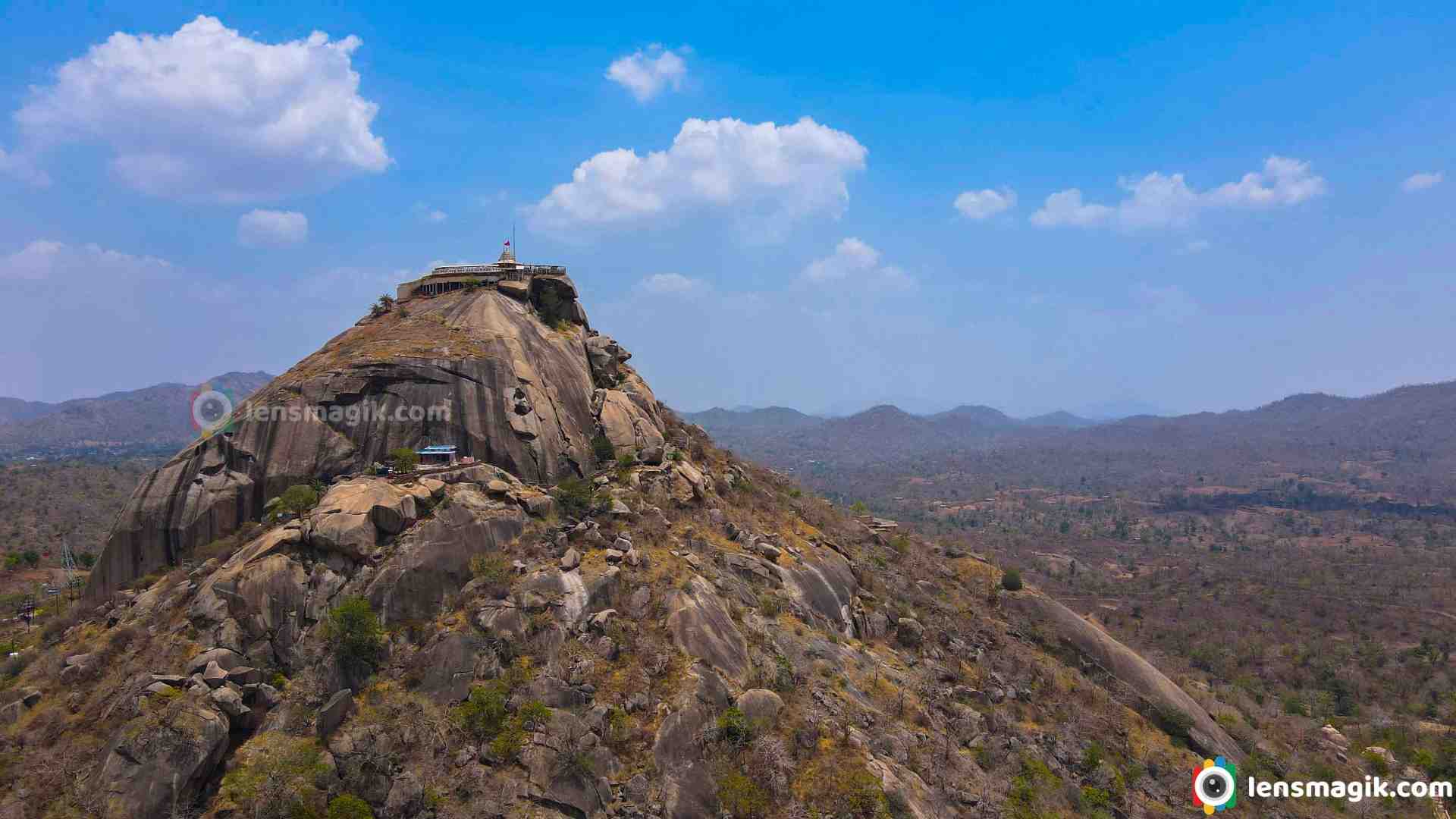
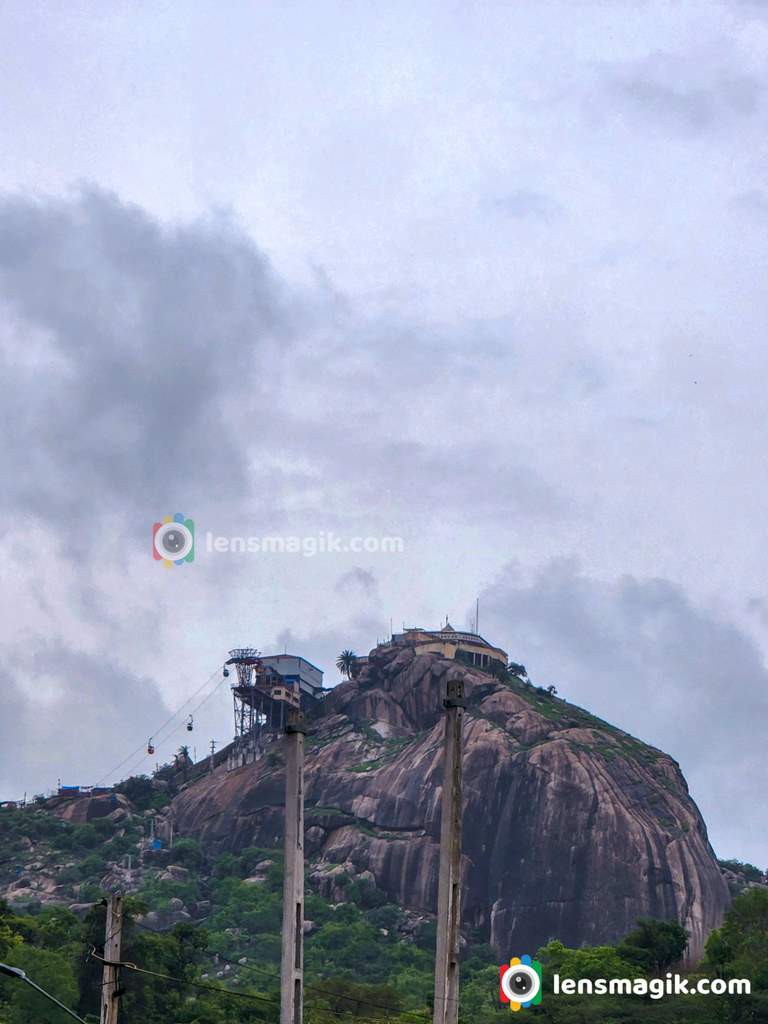
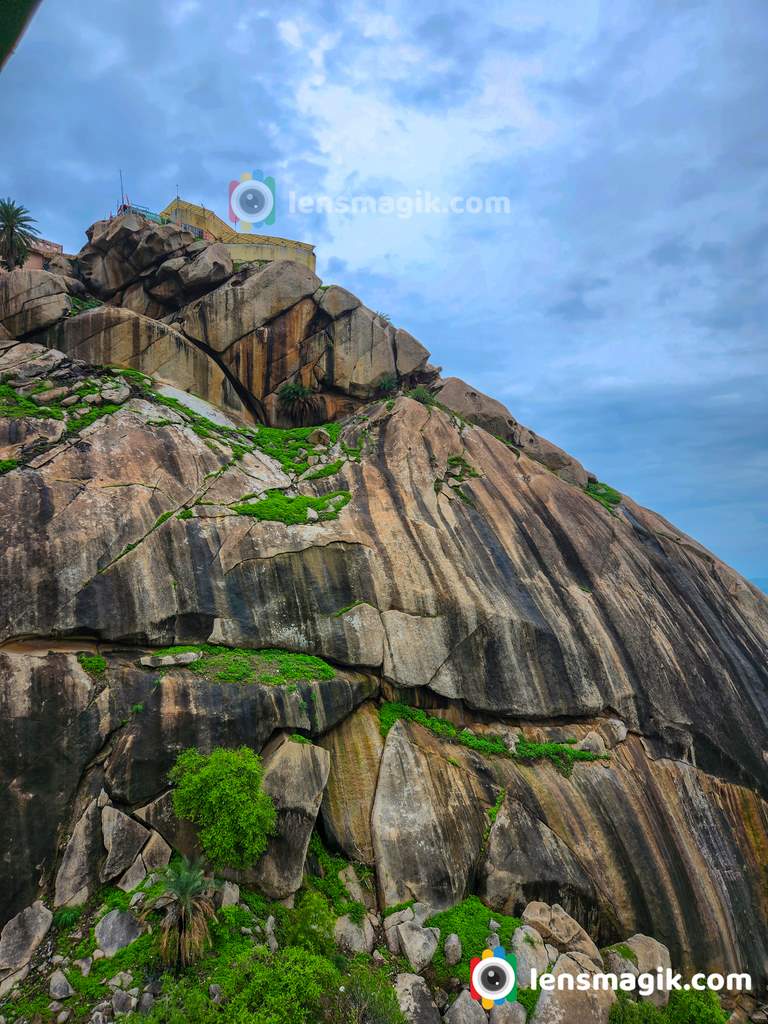
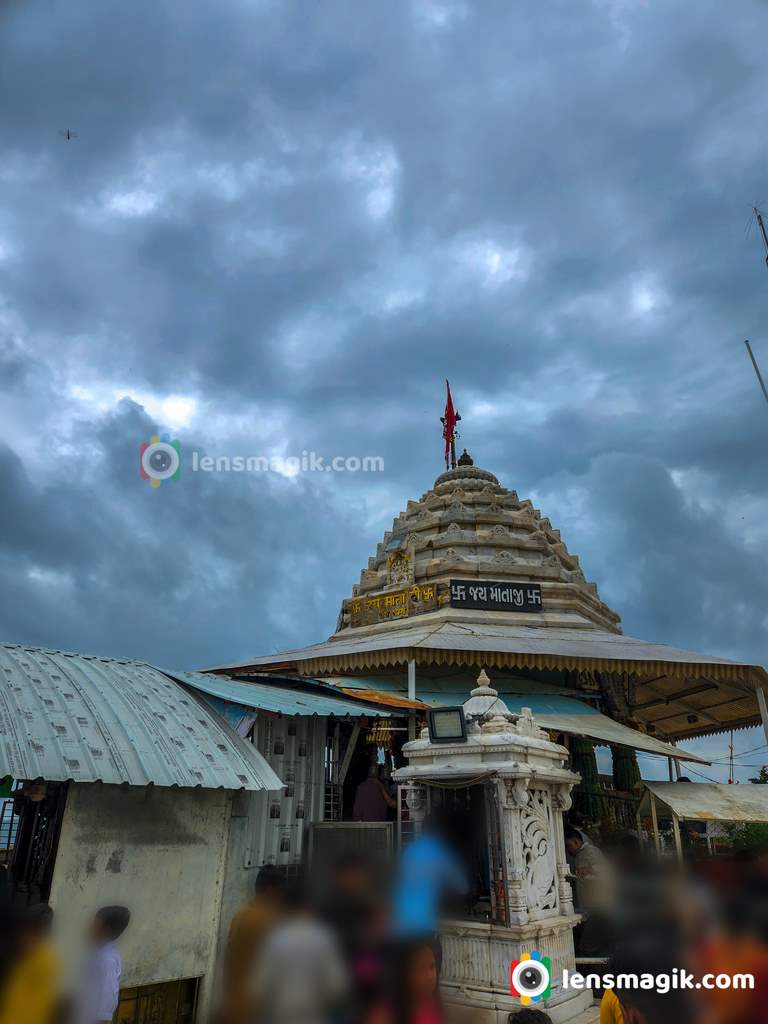
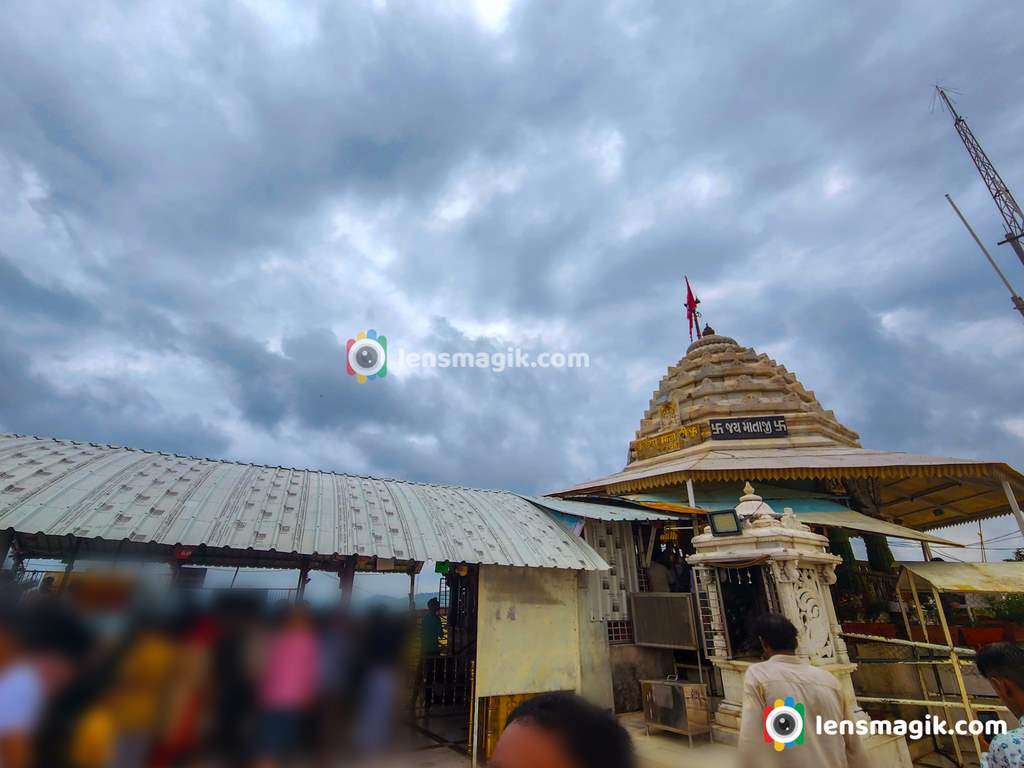
9 Swaroop of Devi Ambaji :
- Shri Bhramcharini
- Shri Chandra Ganta
- Shri Katyayini
- Shri Kalratri
- Shri Mata Gauri
- Shri Kushmanda
- Shri Shail Putri
- Shri Siddhi Datri
- Shri Skandmata
Ambaji Temple Darshan Timing
Arti timing every day 6.00 AM in the morning
Winter Timing
|
Morning |
7.00 AM to 11.30 AM |
|
Afternoon |
12.30 PM to 4.00 PM |
|
Evening |
6.00 PM to 8.30 PM |
Summer Timing
|
Morning |
7.00 AM to 10.45 AM |
|
Afternoon |
12.30 PM to 4.30 PM |
|
Evening |
5.30 PM to 9.15 PM |
Monsoon Timing
|
Morning |
7.00 AM to 11.30 AM |
|
Afternoon |
12.30 PM to 4.30 PM |
|
Evening |
5.00 PM to 9.00 PM |
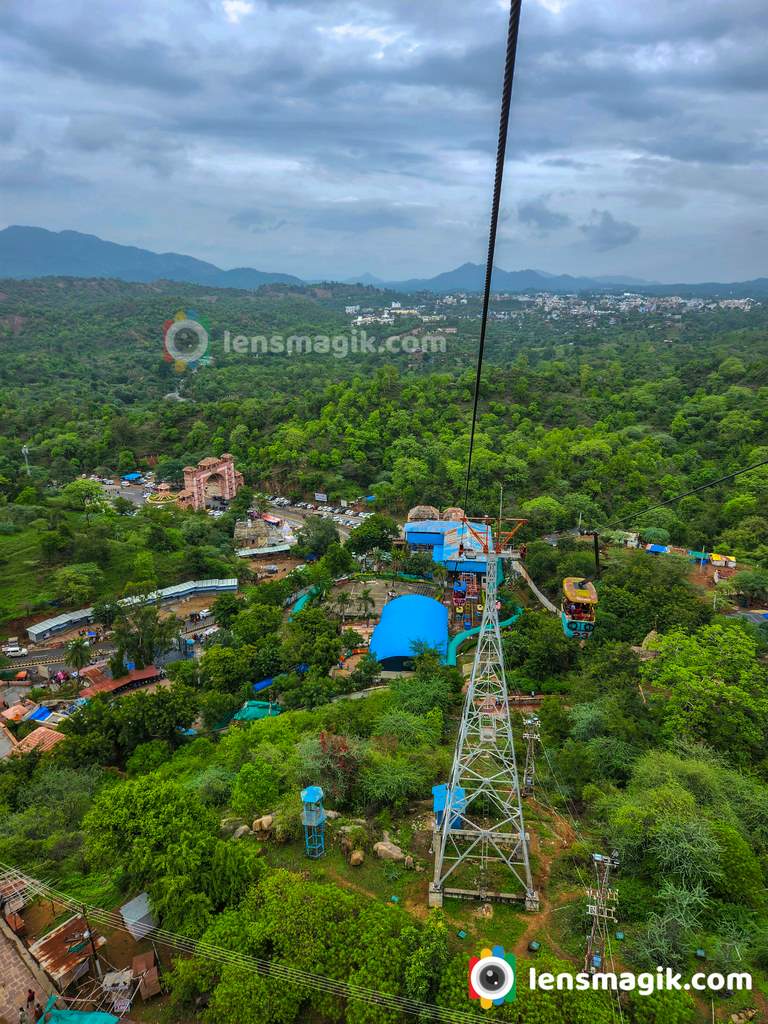
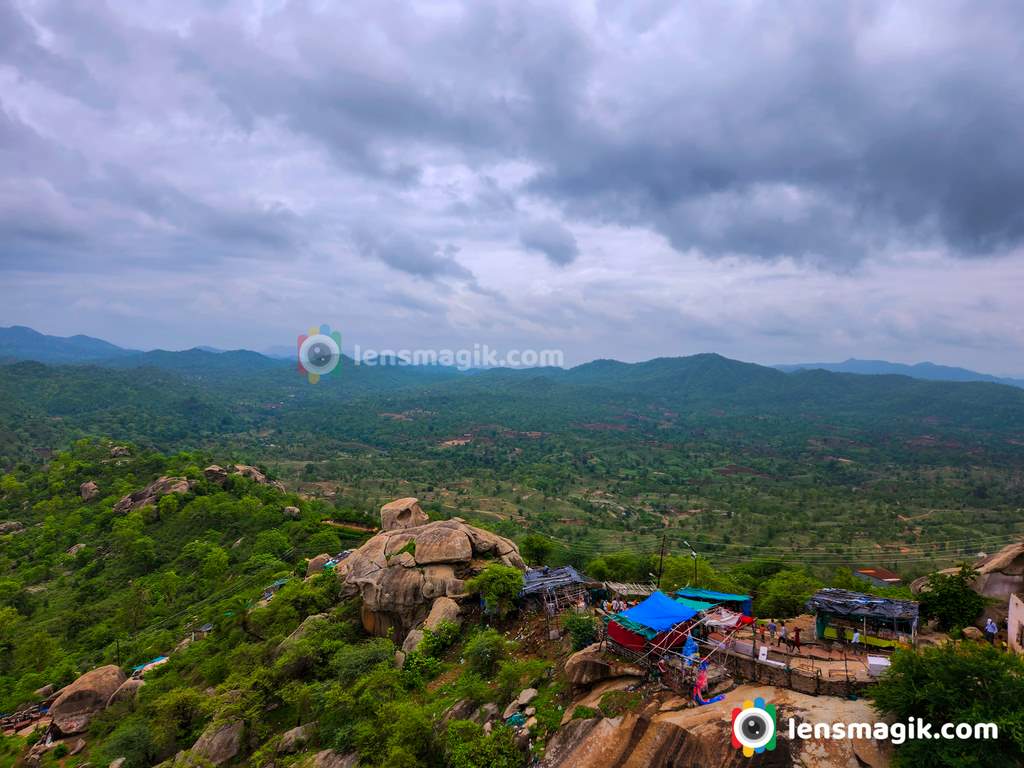
Ambaji Mata Devasthan Trust has installed Udan Khatola ( Rope –way ) facility for Gabbar hill.
Rope way price for adult is 125 rs and for kids below 110 cm is 64 rs.
Where To stay In Ambaji :
There are lots of hotels in Ambaji. Most hotels near to the temple. Generally i prefere at Reva Prabhu hotel or Jethiba Sadan which provide good Gujarati Thali in food and good condition rooms with good fare. Now a days there is a resort near Pancha village bus stand name Vanraji Resort before 3-5 km from Ambaji Temple. It is the first resort in Ambaji and resort is awesome. You can stay and enjoy the arravalli hills.
Read more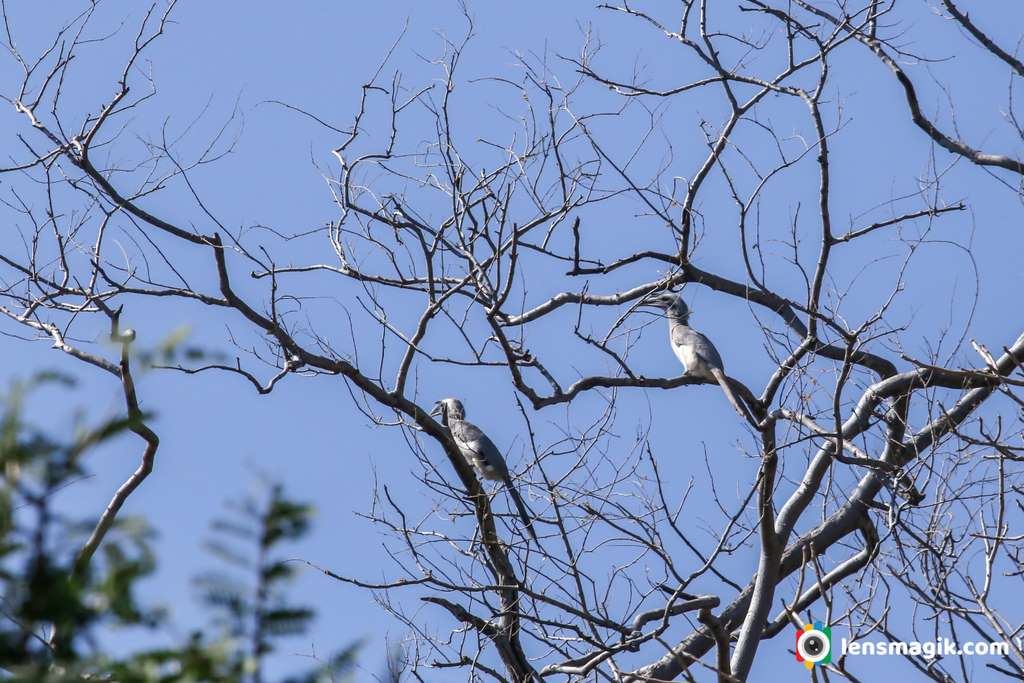
Indian Grey Hornbill is now found in Gujarat many places in Arravalli Hills. I found it at Jessore Sanctuary near palanpur. There are also many more places where Indian Grey Hornbill found in Gujarat like Polo Forest, Sarita Udhyan Gandhinagar also Balaram many places and many forest area and outskirts of forest. Before 10 years there are less chances of Indian Grey Hornbill in Gujarat but now a days population increase of Indian Grey Hornbill. My friend Parikshit Acharya found many years ago at Jessore Sanctuary for the first time at Jessore and his artical was published in BNHS ( Bombey Natural History Society). After that we found it at many places in North Gujarat. There are also chances in south Gujarat but we didn't explore much in south Gujarat.
About Indian Grey Hornbill :
- Indian Grey Hornbill is a common hornbill.
- They generally found in pair.
- Color of Indian Grey hornbill is light grey as per its name and dull white belly and feathers also in grey color.
- As his name is Hornbill its horn is long and curvey. Horn color is black or dark grey.
- It is medium size 60 cm in lenght.
- In male hornbill skin around eye is dark and in female hornbill its pale raddish.
- Hornbill spices found generally at 2000ft height. It found also in cities on large trees.
- Indian Grey Hornbill call like black Kite.
- April to June is nesting and breeding season for Indian Grey Hornbill. It lays 1-5 eggs.
- Indian Grey Hornbill found all over India and also in Nepal, Pakistan and Bangladesh.
- Indian Grey Hornbill feed fruits, berries, insects, snakes, lizards etc.
- Indian Grey Hornbill is in Least concern in IUCN list.
- The Dayak tribe consider that if Hornbills are flying over house is sign of good fortune to come.
- The Sulu Hornbill spices is the rarest hornbill in the world. They generally found at Philippines.
- Hornbill lifespan around 30-35 years but they live less may be because of Habitats.
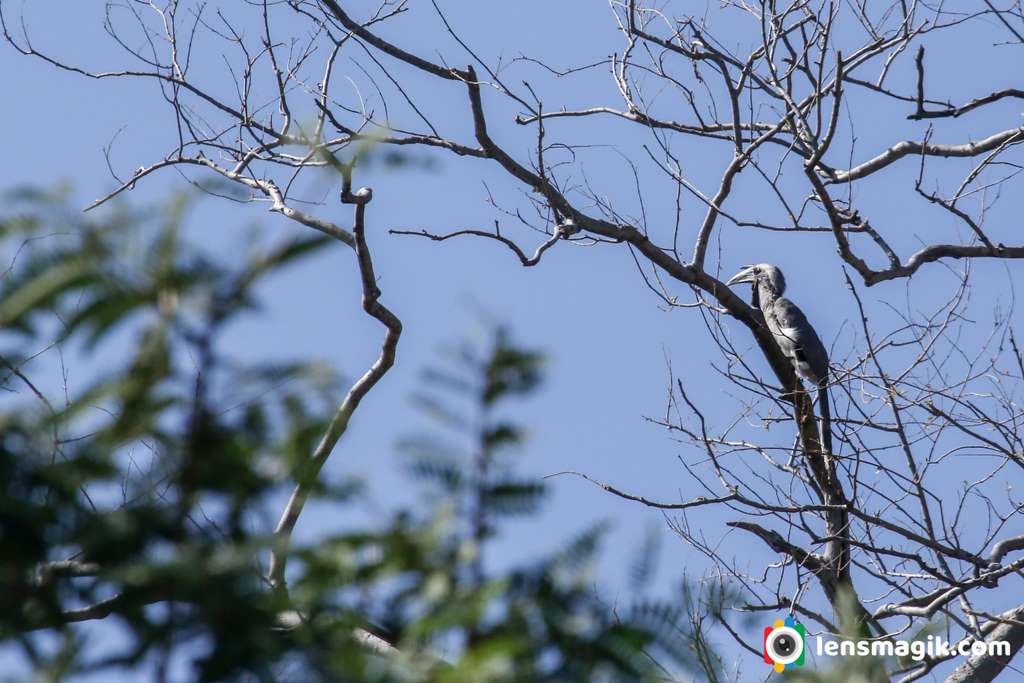
Hornbill Spices :
There are many spices of Hornbill bird in world. But in India there are some of them found. So i listed below the Hornbills Of India . I don't have all Hornbills Images but you can refer on Nature in Focus link www.natureinfocus.in/animals/the-hornbills-of-india for all Hornbills of India Images.
- Malabar Grey Hornbill
- Rufous Necked Hornbill
- Wreathed Hornbill
- Oriental Pied Hornbill
- Indian Grey Hornbill
- Narcondam Hornbill
- Austen's Brown Hornbill
- Malabar Pied Hornbill
Indian Grey Hornbill generally seen in pair so if you found one then another is also their. Capturing hornbill is bit tough because they are on large trees so you need good binocular and good camera lenses to have a good Image of Hornbill. I was not much lucky but i have a record shot of Indian Grey Hornbill and have a tick in my bird list of Indian Subcontinent.
Gear Used : Canon 6D, Canon 100-400mm lens
Location : Jessore Sloth Bear Sanctuary, Way to Kedarnath Temple.
Read more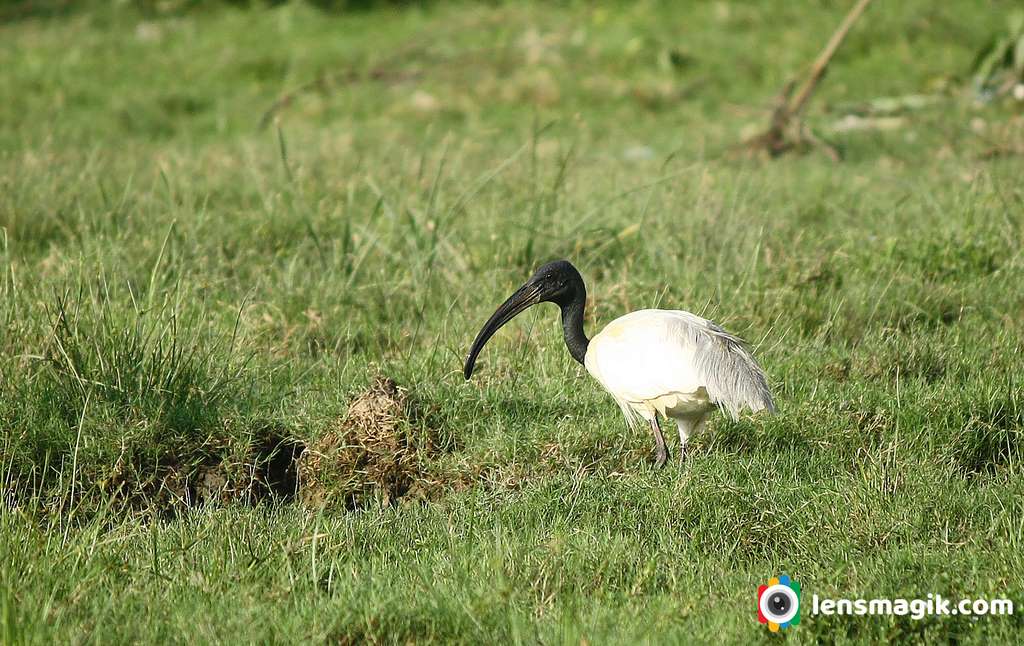
Black Headed Ibis has various names like Black Necked Ibis, Indian White Ibis and Orientle White Ibis. The Binominal Name of Black Headed Ibis is Threskiornis melanocephalus. It is large size water bird found in South Asia many regions. It is found in many low water areas and aslo breeds here too. Black Headed Ibis is also found in resident areas near me also where some low water areas. Near to me Black headed Ibis also found in Thol Bird Sanctuary, Nal Sarovar Bird sanctuary, Pariej Sanctuary and many more places like farms, ponds, low grasslands etc.
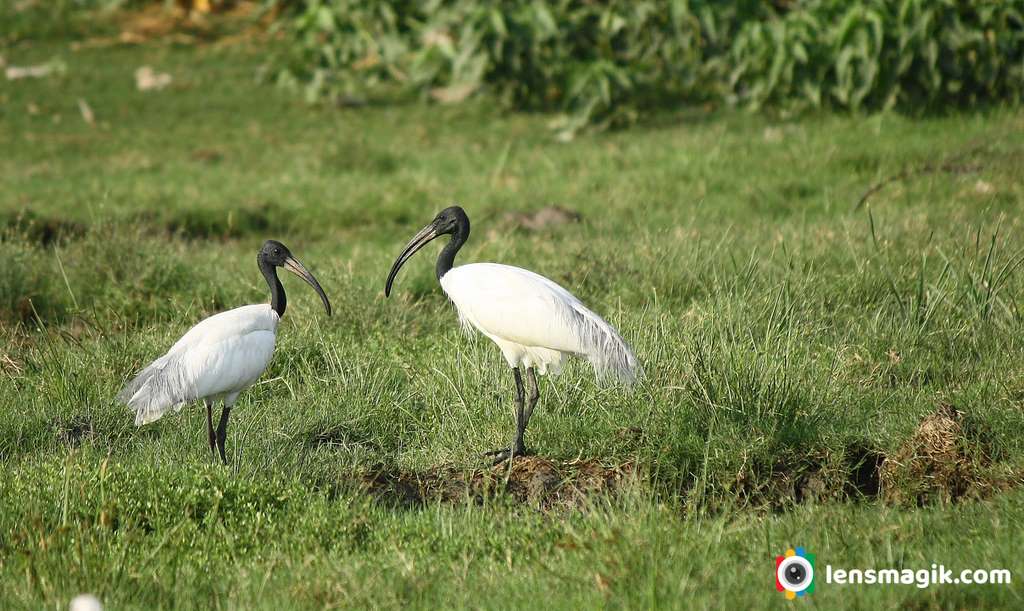
About Black Headed Ibis Bird :
- Black Headed Ibis is one of the large water birds spices.
- Its lenght about 65-75 cm .
- It has white plumage and black head and neck. Its beak is curvy.
- Adult male has grey feather at tail during breeding season.
- Black Headed Ibis are native to Bangladesh, China, India, Malaysia, Indonesia, Japan, Nepal, Shri Lanka, Combodia, Thailand etc. They are migrant to Japan, Koreaand mongolia.
- Black Headed ibis is versatile to use man made habitats. It generally found in ponds, Canals, riverside, lakes, crop fields, garbage dumping etc.
- It build nest near wetlands. It build platform for nest and made from sticks, grass and threads.
- Black Headed Ibis are treatened so its population is decreasing but they are not in endangered spices.
- Ibis can do aerating the soil while probing beak in soil for insects.
- Ibis birds are predators for snakes, monkeys, crows and alos birds of prey.
- Ibis sleep together on trees at night. They are active during day.
- Ibis lifespan is up to 25 years.
- Favorite food of Ibis are snail, fish and aquatic animals but they can also eat bread and popcorns too.
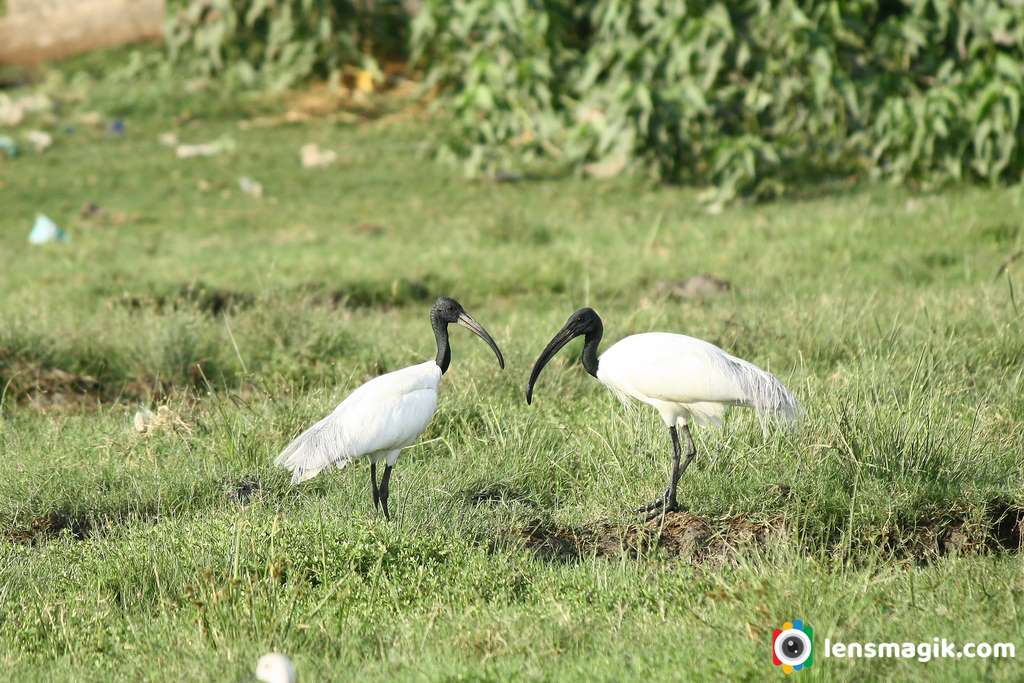
In resident areas there are also lots of birds you can find. At the end of resident area small pond and lakes made by humans and they are really good habitat for some birds. Ibis birds are very familiar to humans so they can live near the resident areas. Its beak is looking attractive because of curve and also scared to others. In resident birds of Gujarat ibis bird found many farm areas and wetlands, grassland, canals etc. It is also found in bird sanctuary Gujarat like Thol Bird Sanctuary near sanand, Nalsarovar Sanctuary etc. Both sanctuary are nearest places to my home so i oftenly visit both sanctuary. During winter these both sanctuary are full of migratory birds.
Gear Used : Canon 6D, Caon 100-400mm lens
Read moreAccentor is a small bird of prunellidae family. In India it is generally found in East Sikkim area. It built its nest low in a bush. When i was on a trip to Singalila National Park. I found at sandakphu area. Sandakphu is high altitude place in Singalila National Park located in West Bengal. From here you can see Mt. Kanchenjunga very clear which is highest peak of West Bengal. Lots of Birds here. To visit Singalila Park November to February you can found lots of snow and good landscapes too with snow on Mt Kanchenjunga. Also if you are going for birding you can visit March to May/June Month is the best . It is very cold weather during winter November to February at Singalila National park.
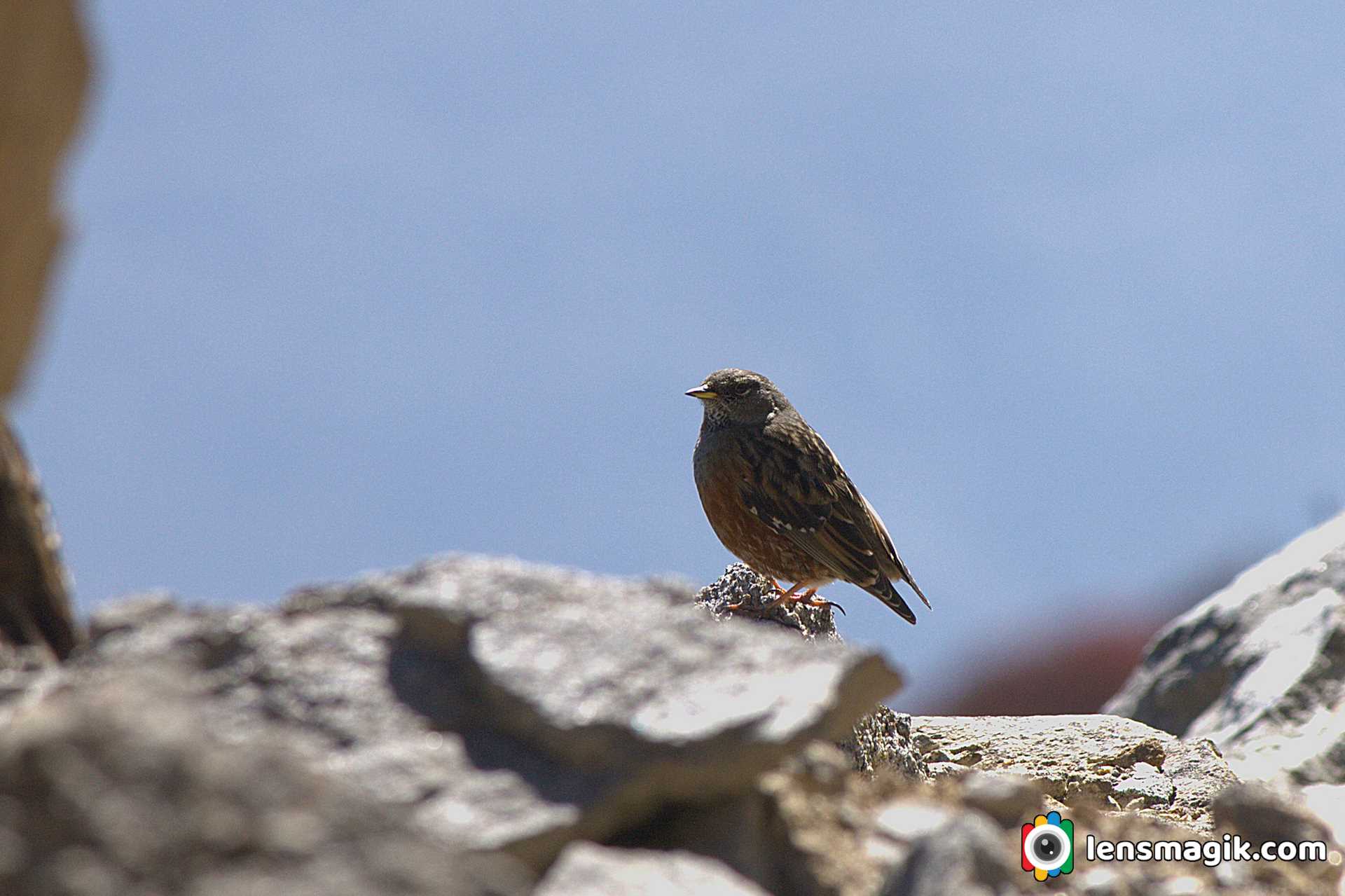
About Alpine Accentor Bird :
- Alpine Accentor bird is robin size bird. Length of bird is around 15 -17 cm.
- Bird just like similar to house sparrow in color with brown back streaked.
- Adult Alpine Accentor have red brown spotting on underparts
- Also adult have grey head too.
- In Asia Accentor found at 2000 m above height. Specially at Himalayas.
- It build nest in bush.
- It laying 3-4 plain (not spotted) eggs of sky blue color.
Singalila National Park :
Singalila national park is located in West Bengal. There are lots of birds in this sanctuary. Also its good for trekking at Sandakphu. From here you can see Mt. Kanchenjunga easily and very closely. Also a beautiful Himalayan Mountain range with snow. Amazing weather very cold in winter and moderate in summer. Summer season is the best for birding at sandakphu.
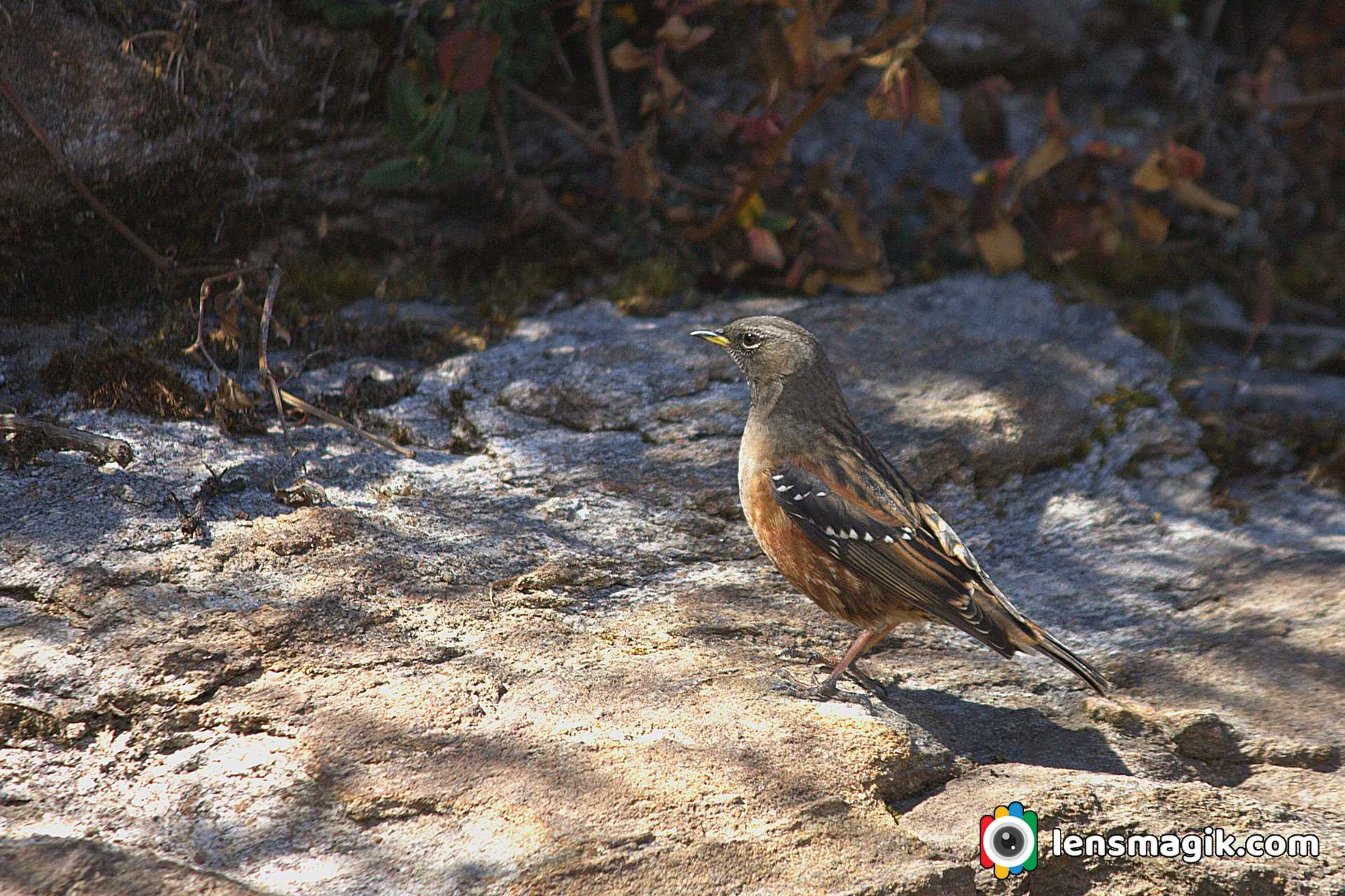
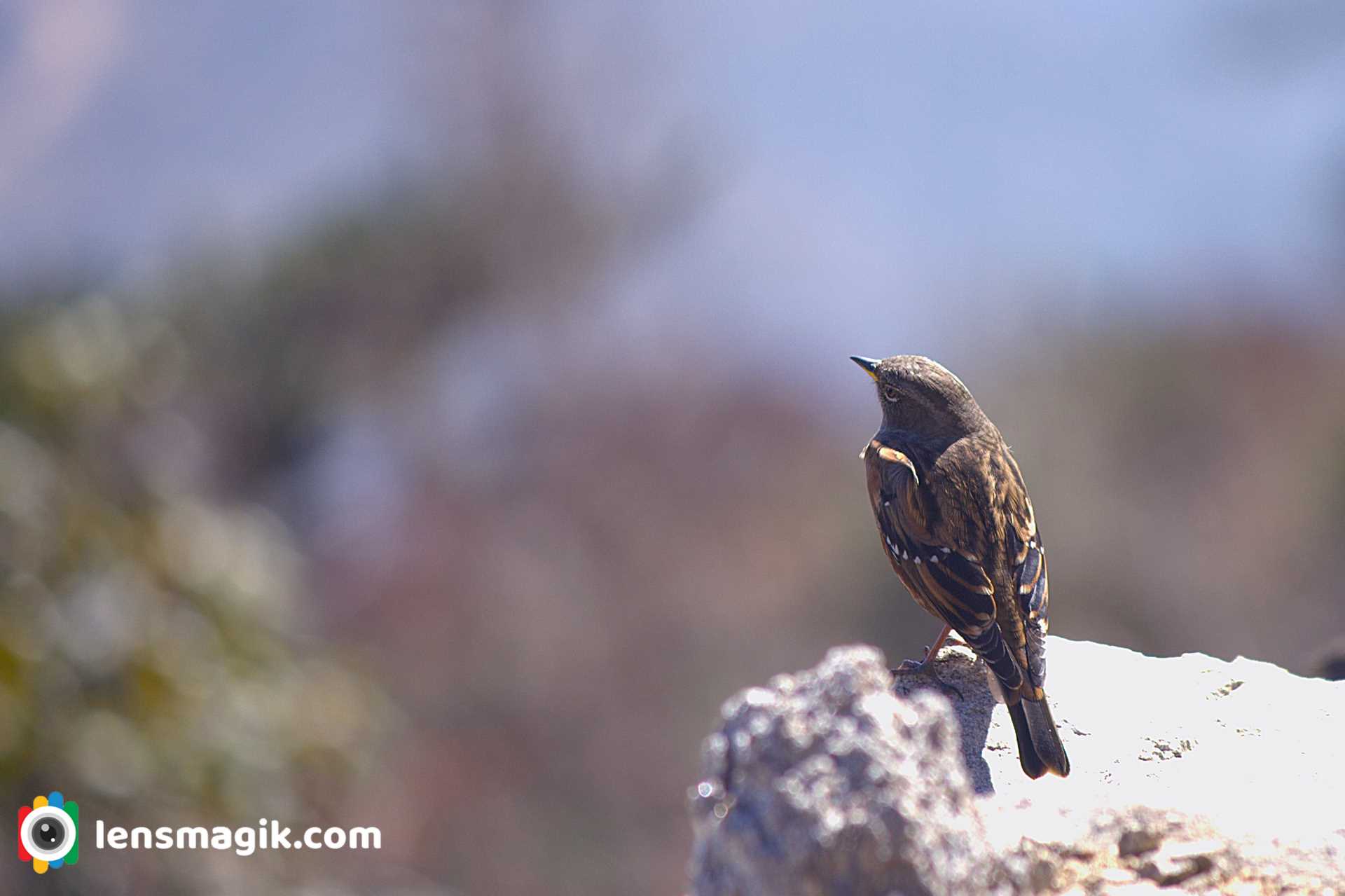

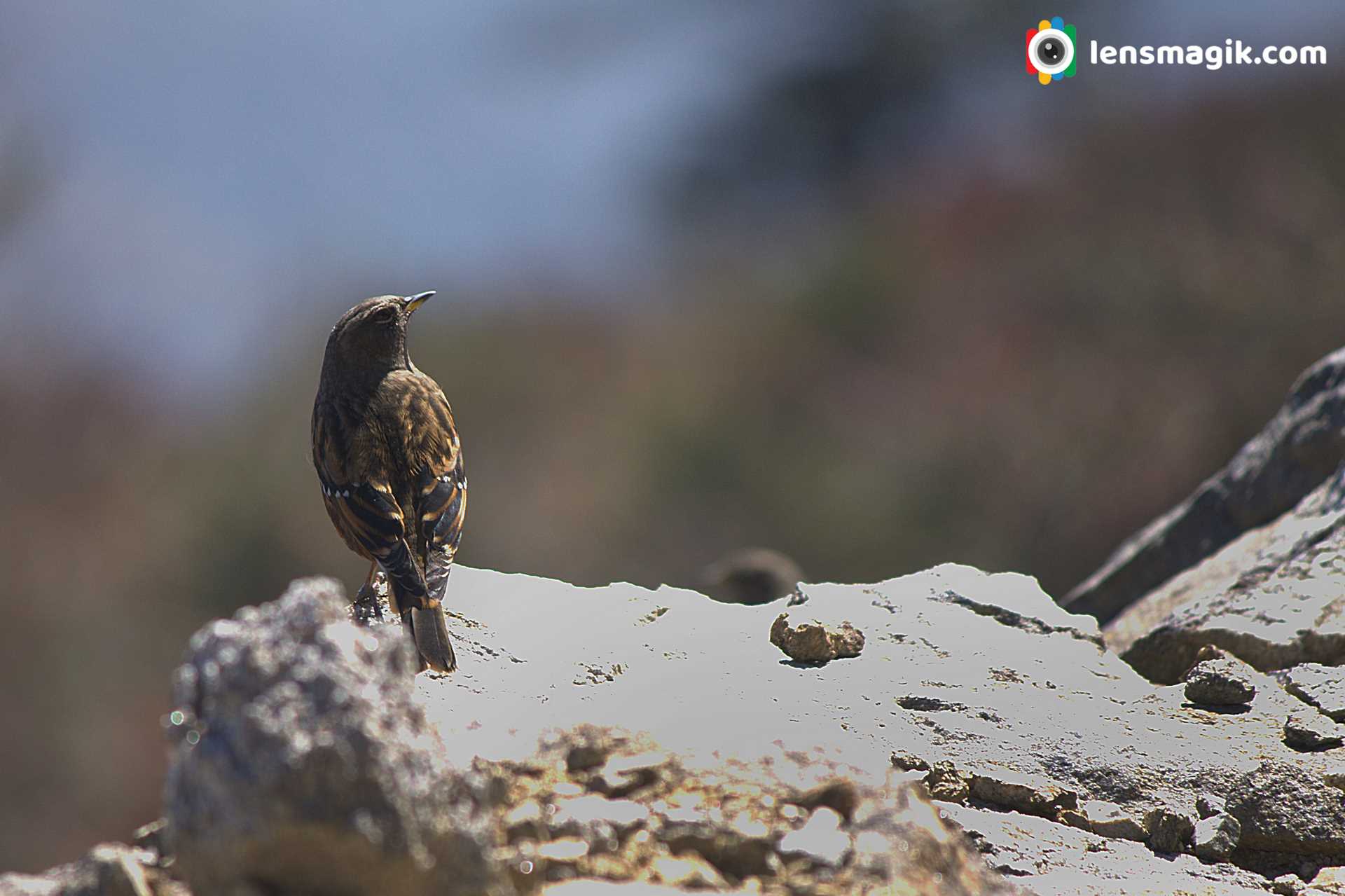
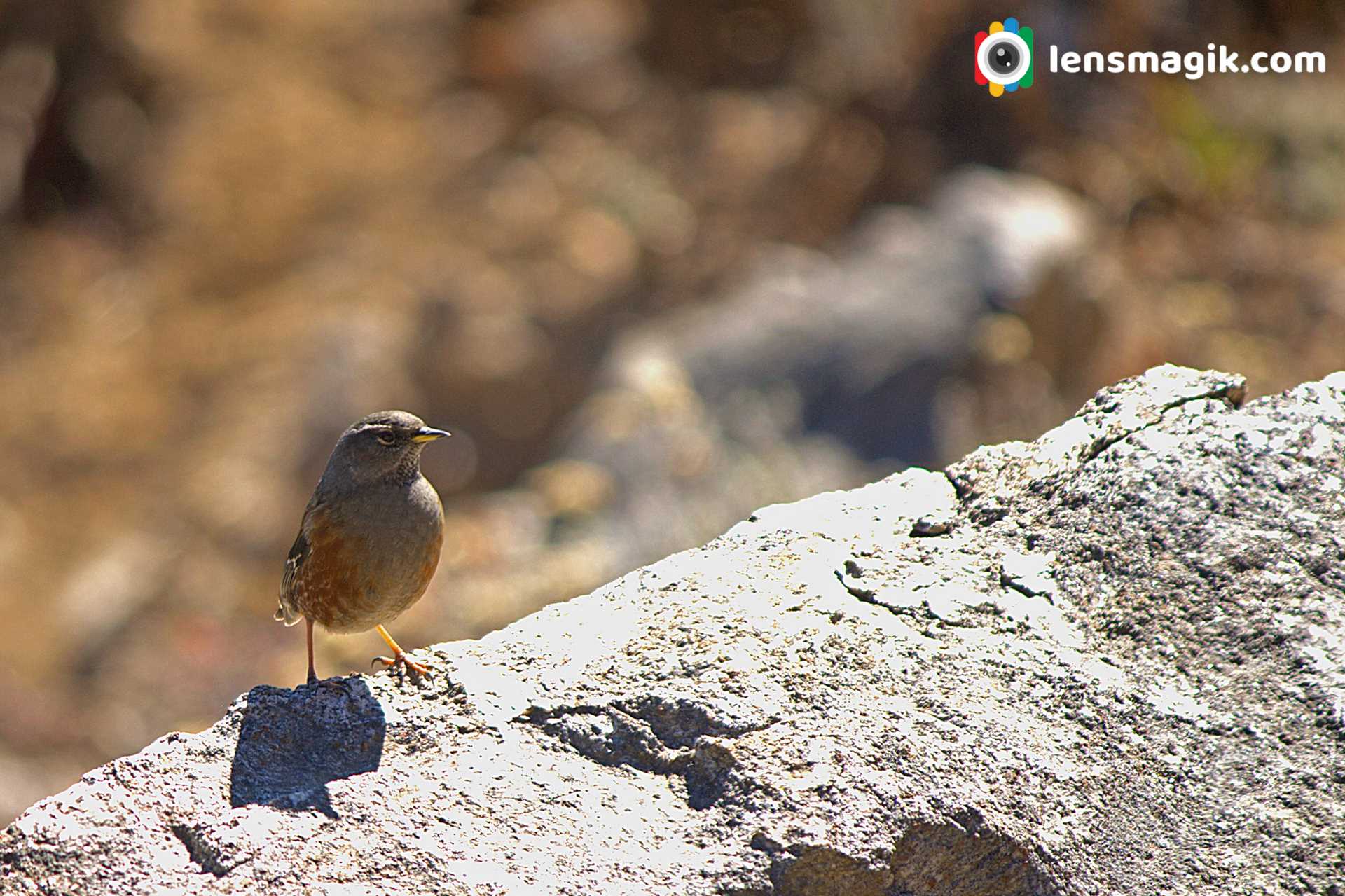
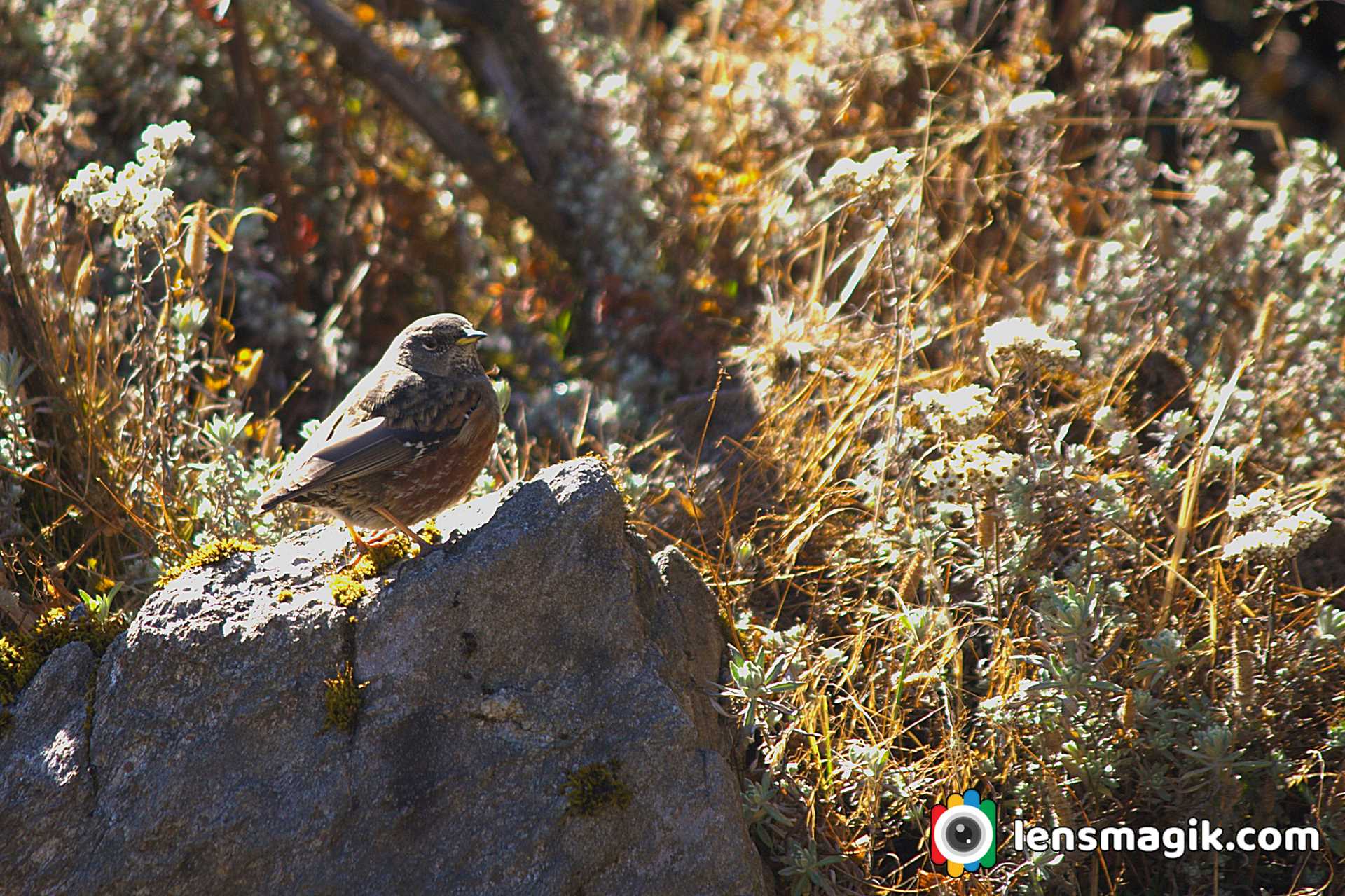
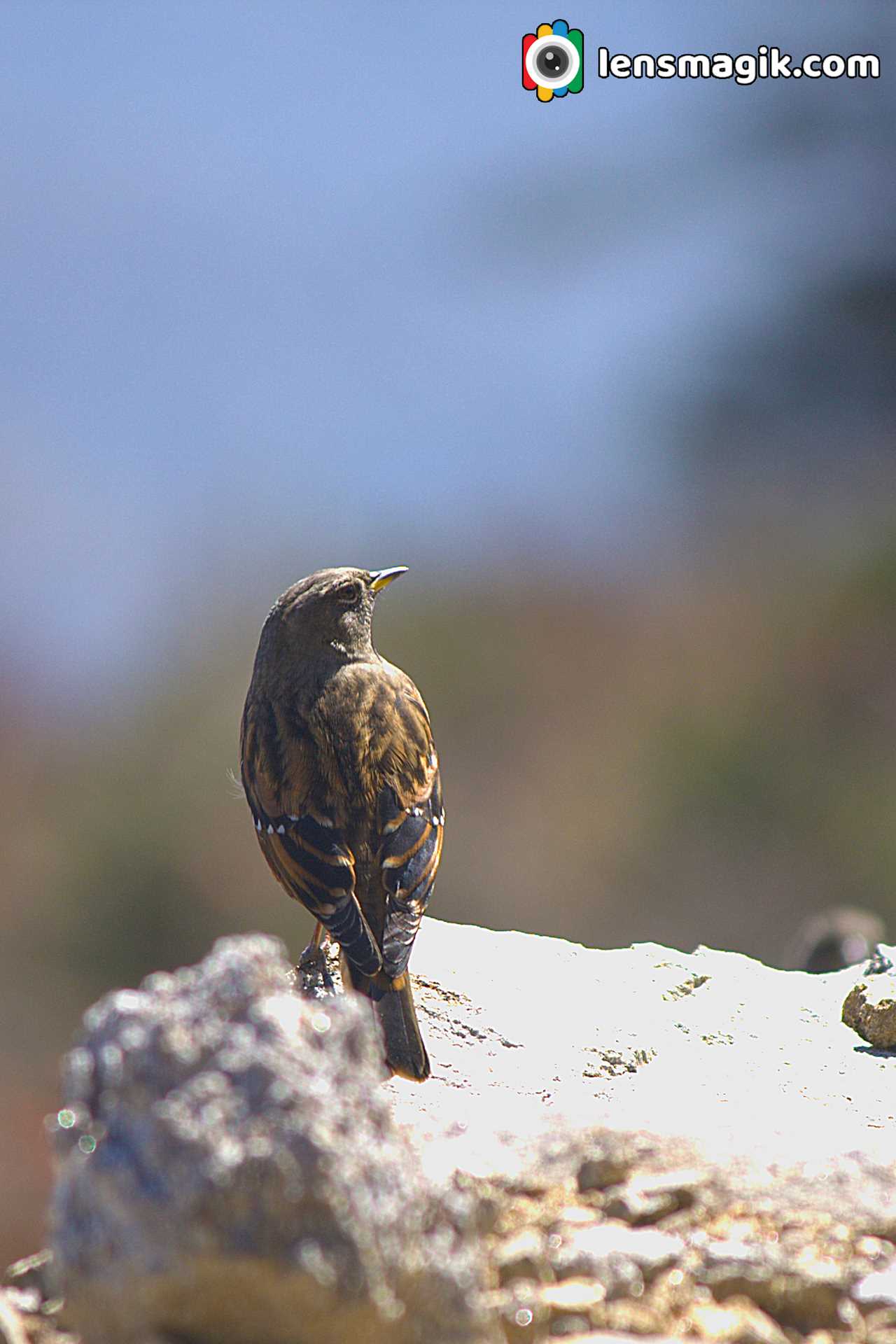
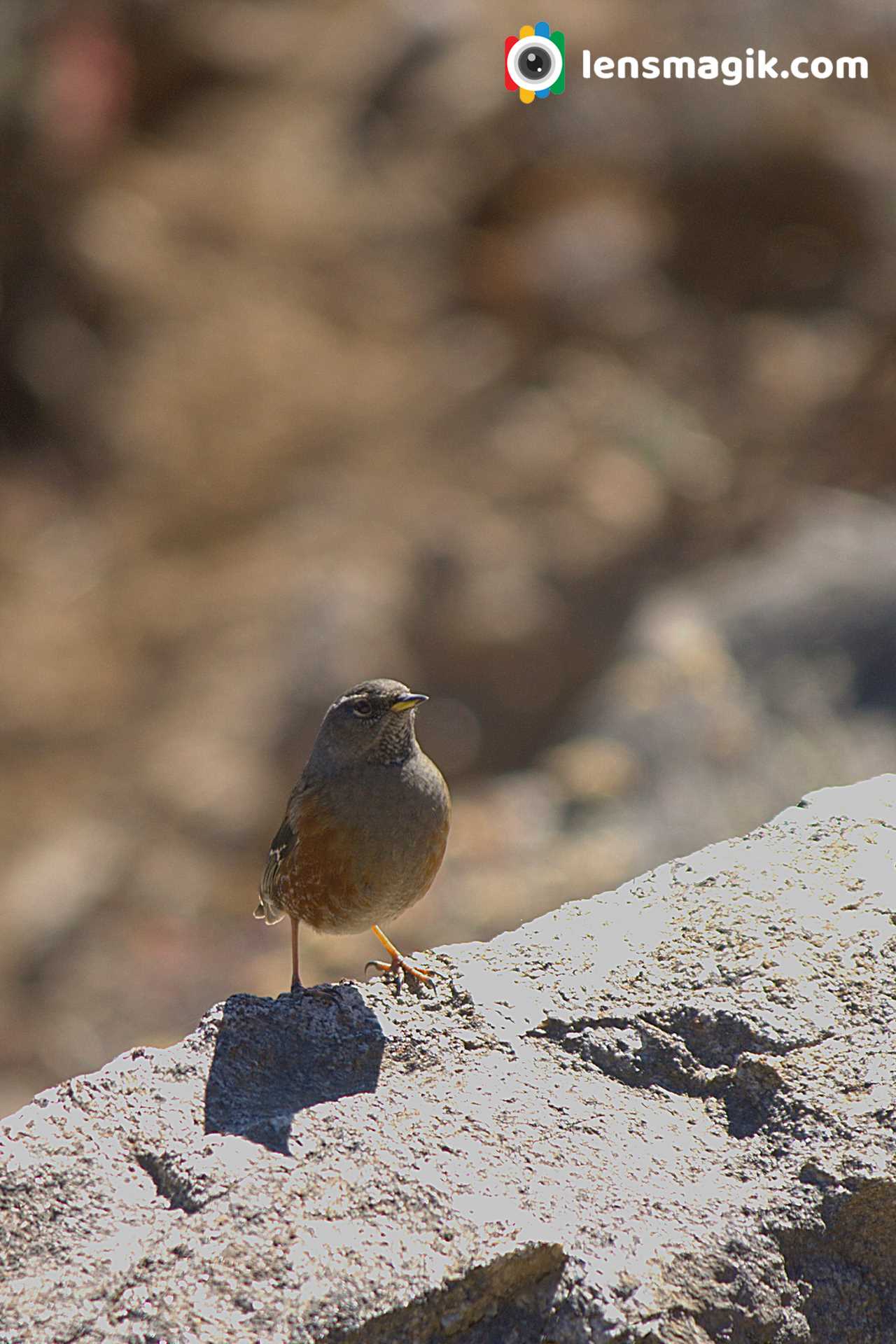
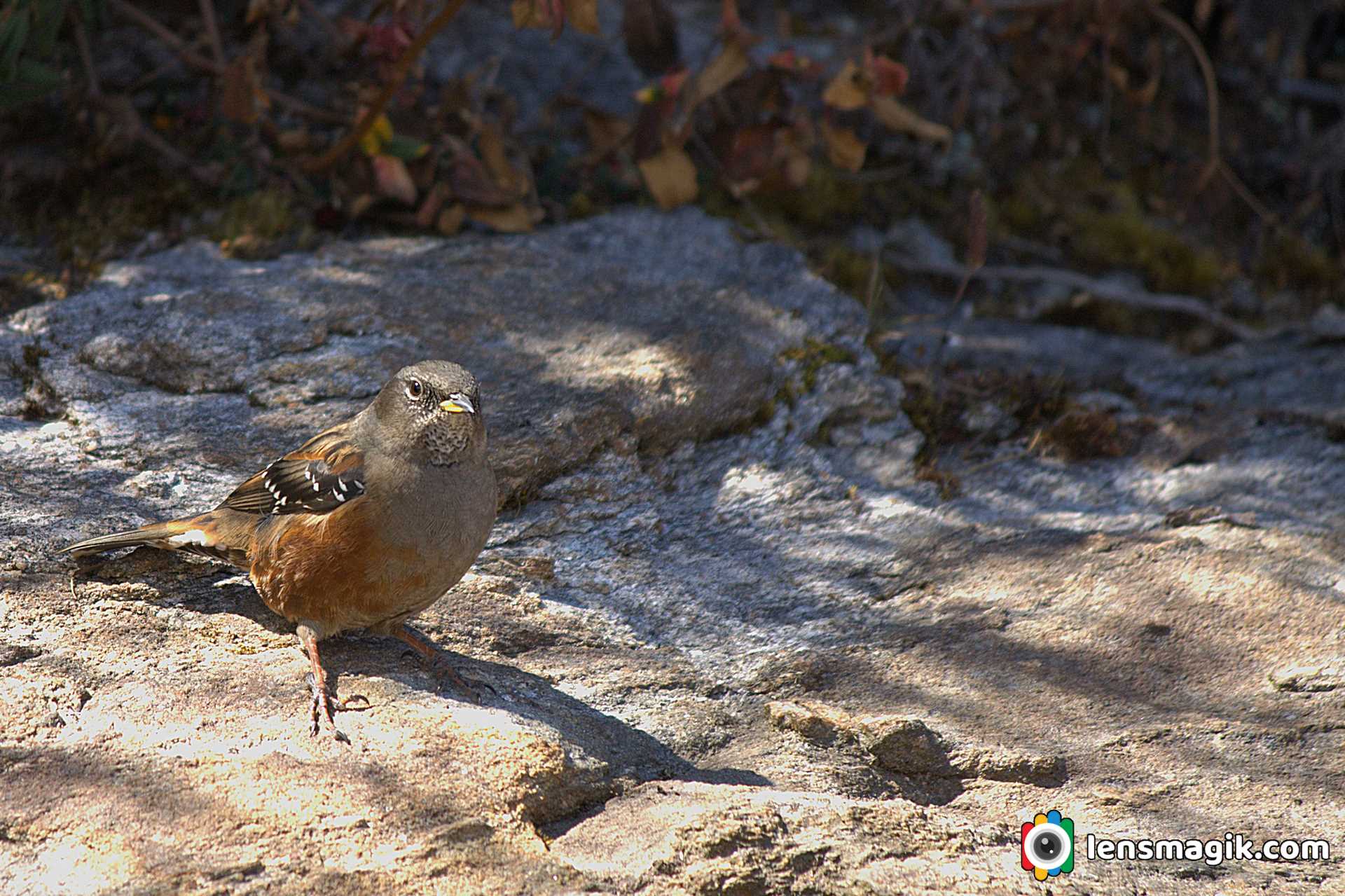
Alpine Accentor bird Binominal Name is Prunella Collaris . Total 9 subspices are recognised of Alpine Accentor bird.
Gear used : Canon 1000 D, Canon 55-250 mm Lens.
Road To Heaven is named to the road from Khavda to Dholavira in Kutch Gujarat. The road is so wonderful and scenery so it known as Road to Heaven . Khavda to Dholavira distance is around 58km but from Khavda there is a single line narrow road passes through small villages around 15-20 km approx. The main road starts after it and it is around 30-35 km approx. strait to Dholavira. Road is under constriction but almost 70-80% work done. The road heading to the city of Harappan Civilization Dholavira which is one of the largest site of Harappan Civilization and Indus valley Civilization.
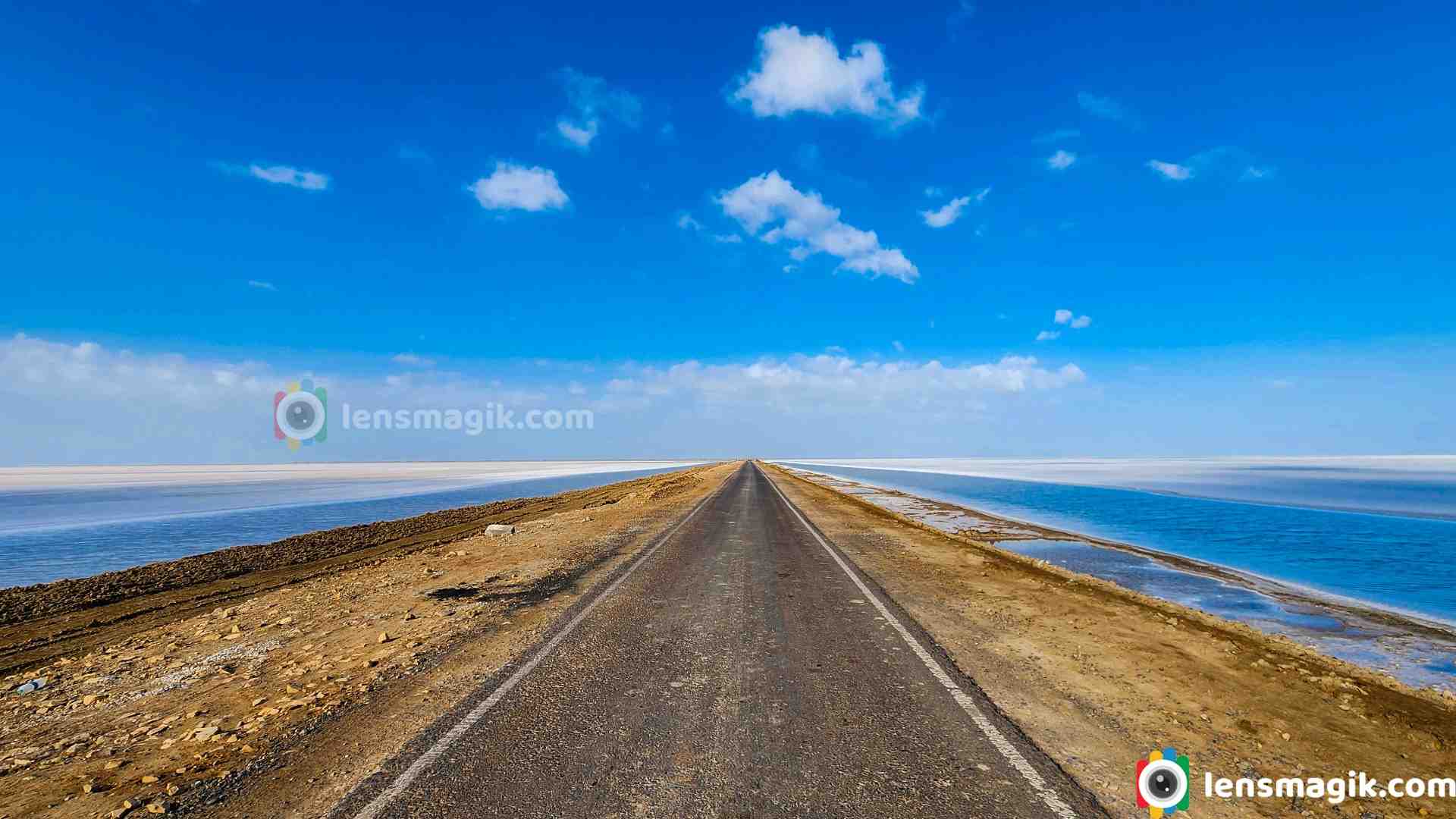
Kutch is a largest district of Gujarat and also of India. Main City or Headquarter of Kutch District is Bhuj. Kutch is famous for White Desert or White Rann. In Every winter season from December to February celebrate “ Rann Utsav “ to attract foreigners and also locals. Tent City made in white desert to stay and also cultural programs arranged in it. The main Rann Utsav held in Dhordo of Kutch.
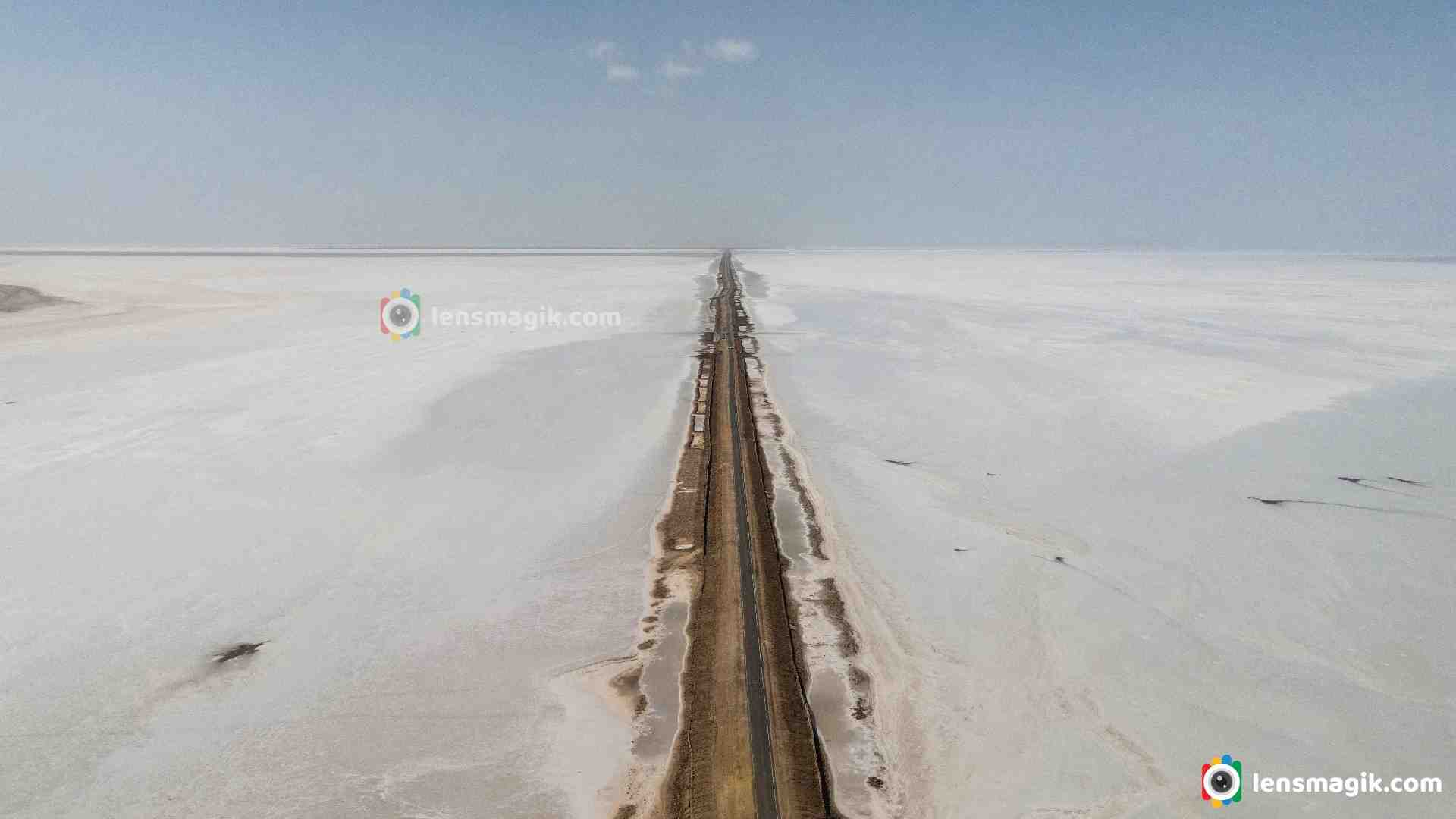
After visit White desert people also visit Dholavira which is nearest destination from Dhordo and also Kalo Dungar in between. From Dhordo you will have to go Khavda first and then from Khavda to Dholavira which is connected through “ Road To Heaven “. Dholavira is located at Khadir Bet. Khadir bet is separated because after monsoon the water filled outer side of bet. So the Road To Heaven is the way to connect Khadir bet to main city Bhuj.
About Road To Heaven Dholavira / Road to Heaven in Kutch :
- · It connected from Khavda to Dholavira.
- · Road to heaven distance around 30-35 km.
- · After monsoon the rain water on the both side of the road. You can see beautiful Greater Flamingo birds in between. Water level is low but muddy.
- · After winter in January –February the water on both side of the road is evaporated and turn into salt. Not all water but some areas during the road.
- · Water on the both side of the road or Salt/ white layer on both side of the road make the beauty of the road and that’s why it name as “ Road To Heaven “
- · When you are on the road there is hardly some traffic you face the open road with both side water or salt at morning or evening make the scenery like a Heaven.
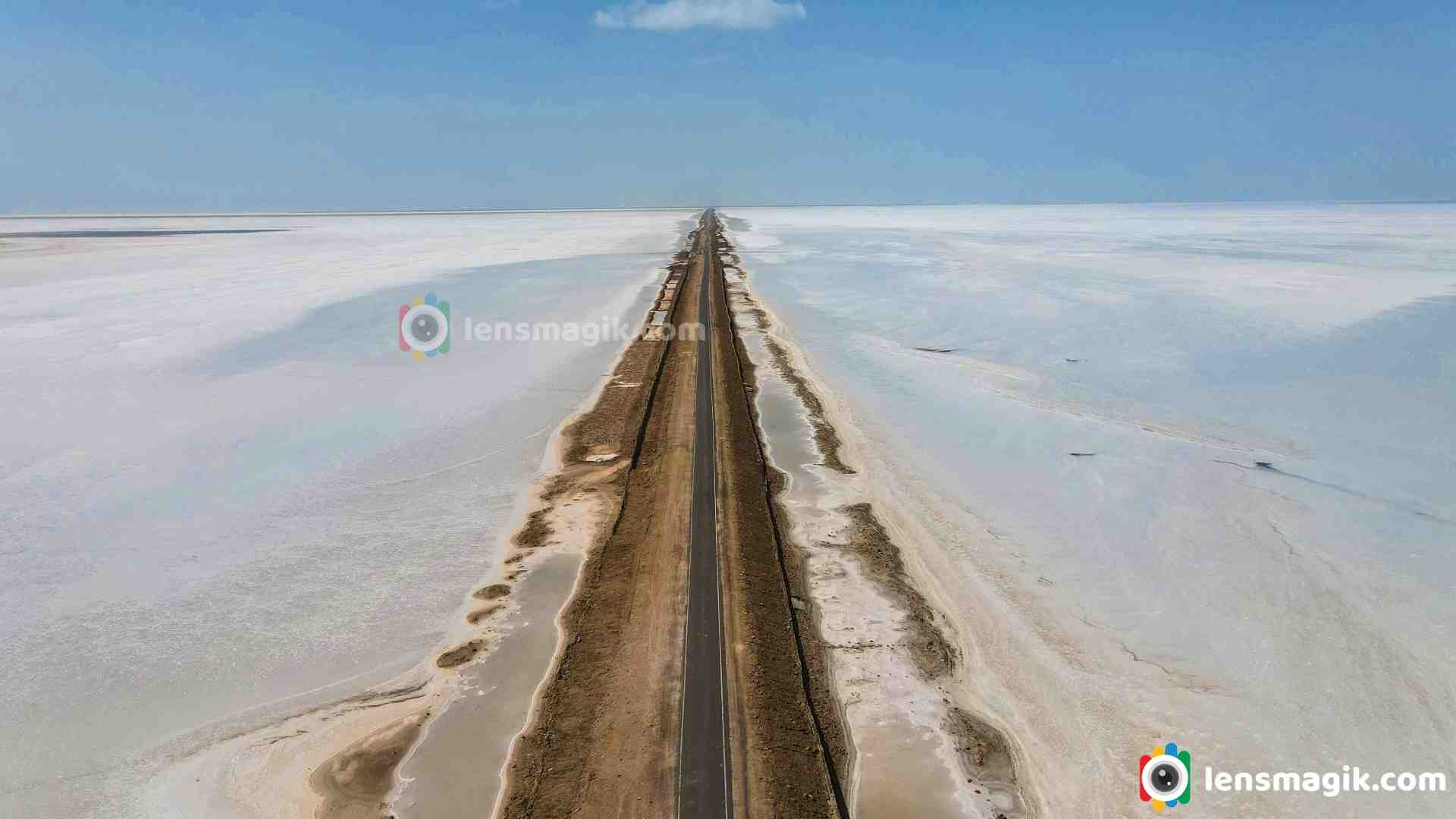
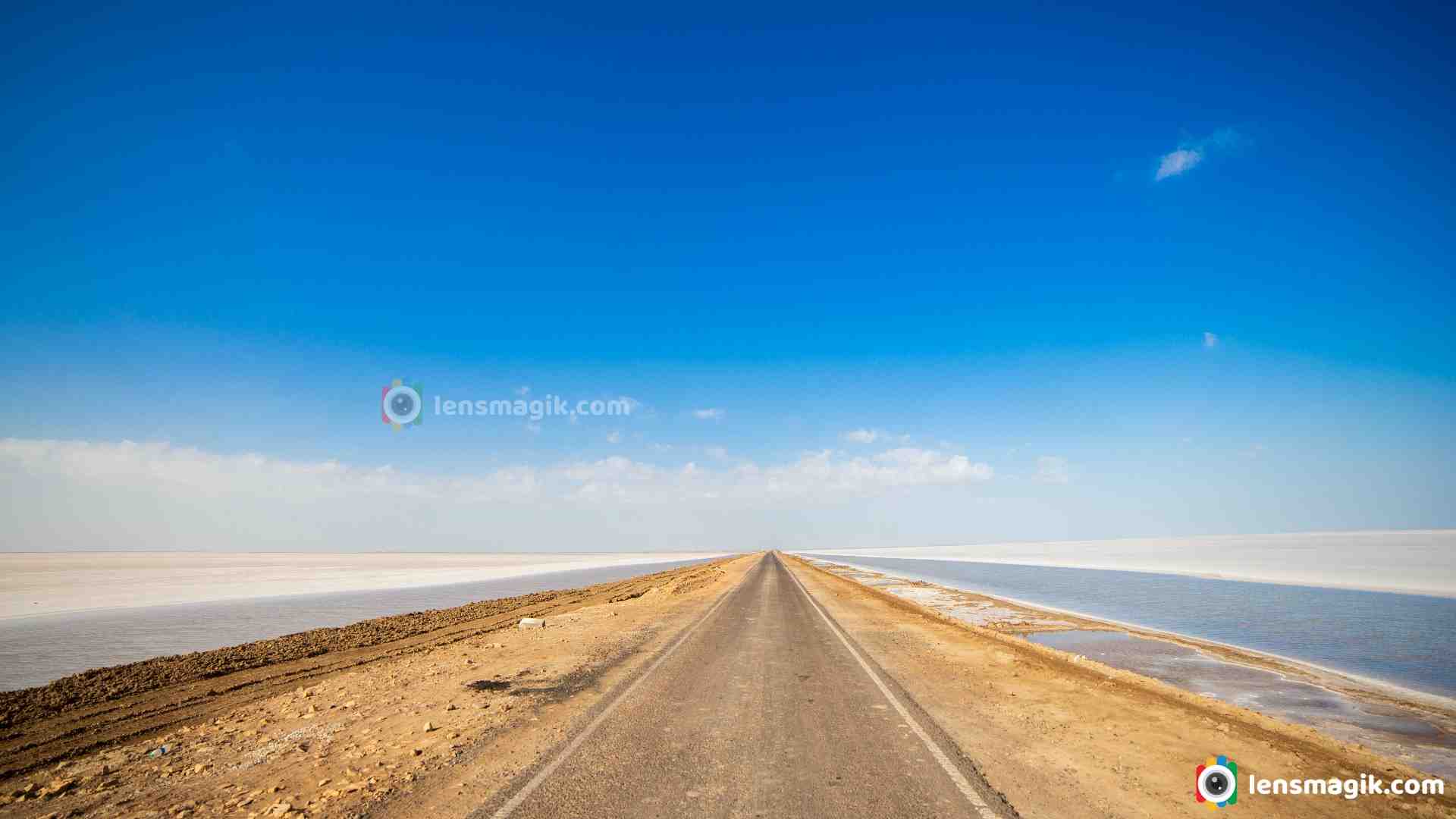
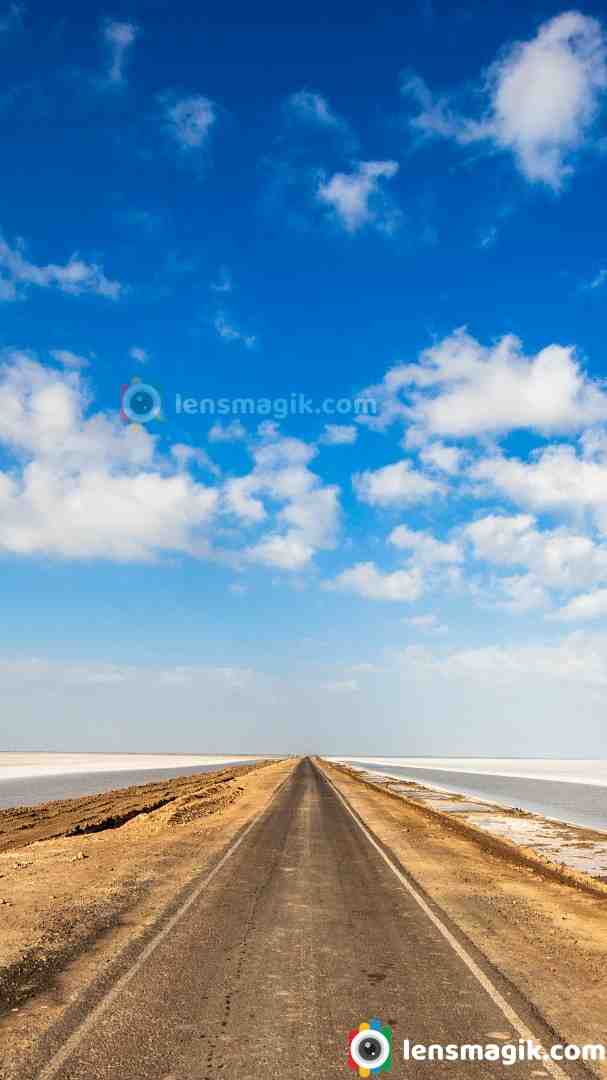
I must suggest to visit Road To Heaven in Kutch while you visit Kutch. Also Visit Dholavira which is one of the largest Harappan Civilization site.
Places to visit near Road To Heaven :
Dholavira, Kalo Dungar, Dhordo, White Desert
Places to Visit near Bhuj : White Desert , Kadiya dhro, Chhatardi, Mandvi beach, Vijay vilas palace, Bhujyo Dungar, Smriti Van, Vande matram memorial
Camera Used : Canon 80D, Canon 6D, DJI Mavic Air2
It is the largest species of Flamingo bird family and also a most widespread species of flamingo family.It is found in India ,south east , middle east and Africa. It is migratory bird. They also breed in India. In Gujarat they breed in Rann Of Kutch , Little Rann of Kutch also found in Thol Bird Sanctuary. I often visit Thol sanctuary so got good shots of them. Best time for shoot them is may-Jun at Thol bird sanctuary bcz of water level is too low . It is been recorded that some flamingo birds are resident in Gujarat at many places like LRK, Khijadia sanctuary, Nalsarovar and Thol Sanctuary. They also breed here and stay for all seasons. So you can find greater flamingo birds in all seasons in Gujarat at many places.
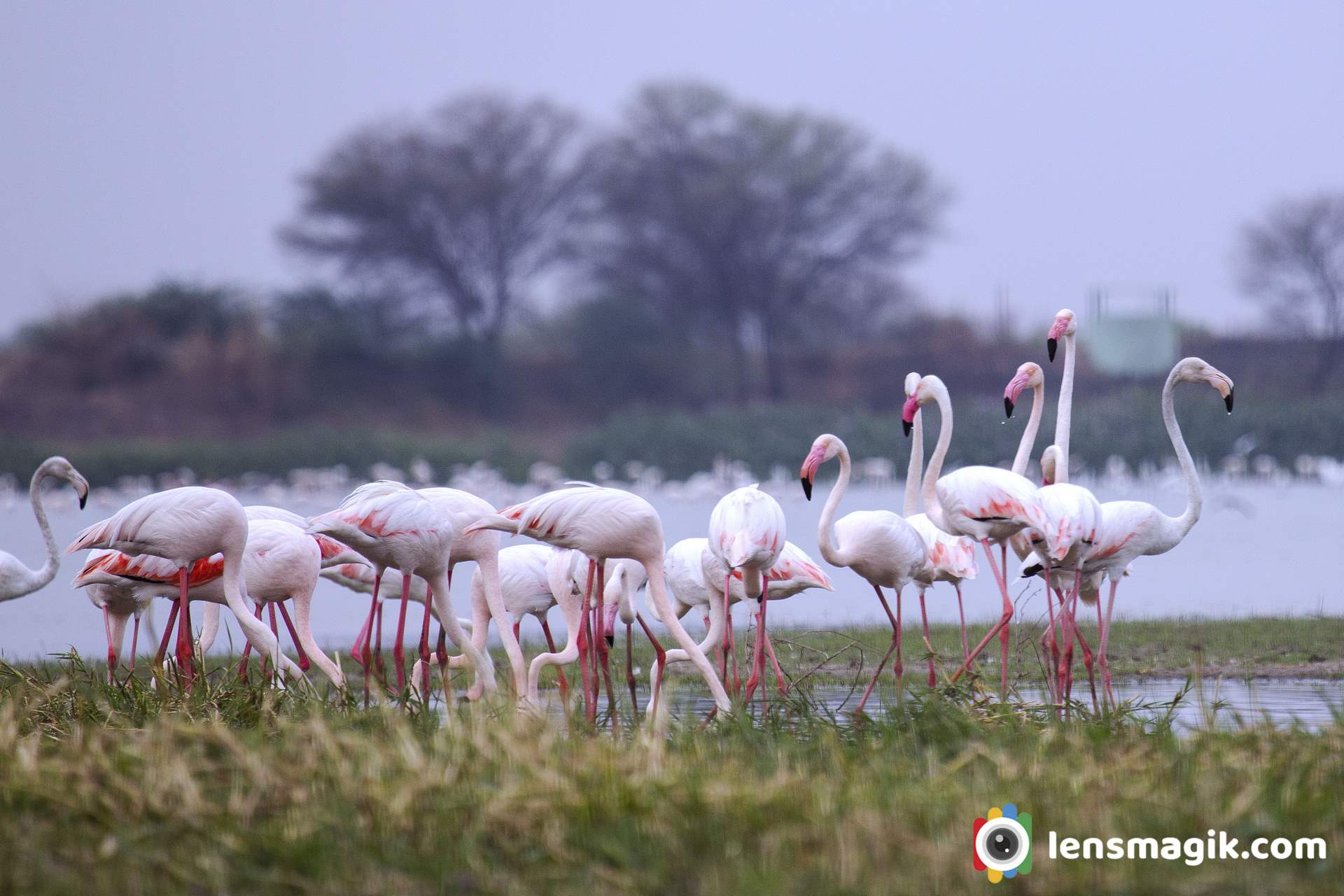
Flamingo bird facts and description :
- Greater flamingo bird is the largest living spices of flamingo.
- Greater flamingo has no subspices.
- Flamingo color most of pinkish white in plumage. Wings are red and feathers are black in end.
- Greater Flamingo bird call is like honking.
- The average lifespan of flamingo bird is 30-40 years.
- Main Difference between Greater flamingo and lesser flamingo is height . Lesser flamingo is shorter than greater flamingo. Also Greater flamingo has pale pink bill and black tip. In other case lesser flamingo has dark crimson bill. Lesser flamingo is also more red in color than greater flamingos.
Greater Flamingo birds In Thol Lake : Thol sanctuary is often i visit. Flamingo birds are stay here all seasons. I got good numbers of Greater flamingo and lesser flamingo bird images in a group when i visit Thol. This is my best time with flamingos. Also i got some beautiful pictures of flamingo birds with group and also in duo with some masti. Flamingos looks very good in frame bcz of their color. Thol lake is good place for birders because more than 150 birds spices found here. Also some mammals like Blue bull and black buck also found here. Lots of water birds and tree birds found here. Also sanctuary is not so big so you can find all birds in around 6 sqkm area. Best time to visit thol lake is November to March. All migratory birds are visit in winter so that is best time. Early morning is best for birders.
Timing And Fees of Thol Sanctuary :
Thol Sanctuary open at 6 AM in morning and close at around 5 PM
Fees of Thol Sanctuary is 50 INR per person and camera fees are 200 INR. Car fees are 500 INR.
Weekend fees may change that actually i don't know about it.
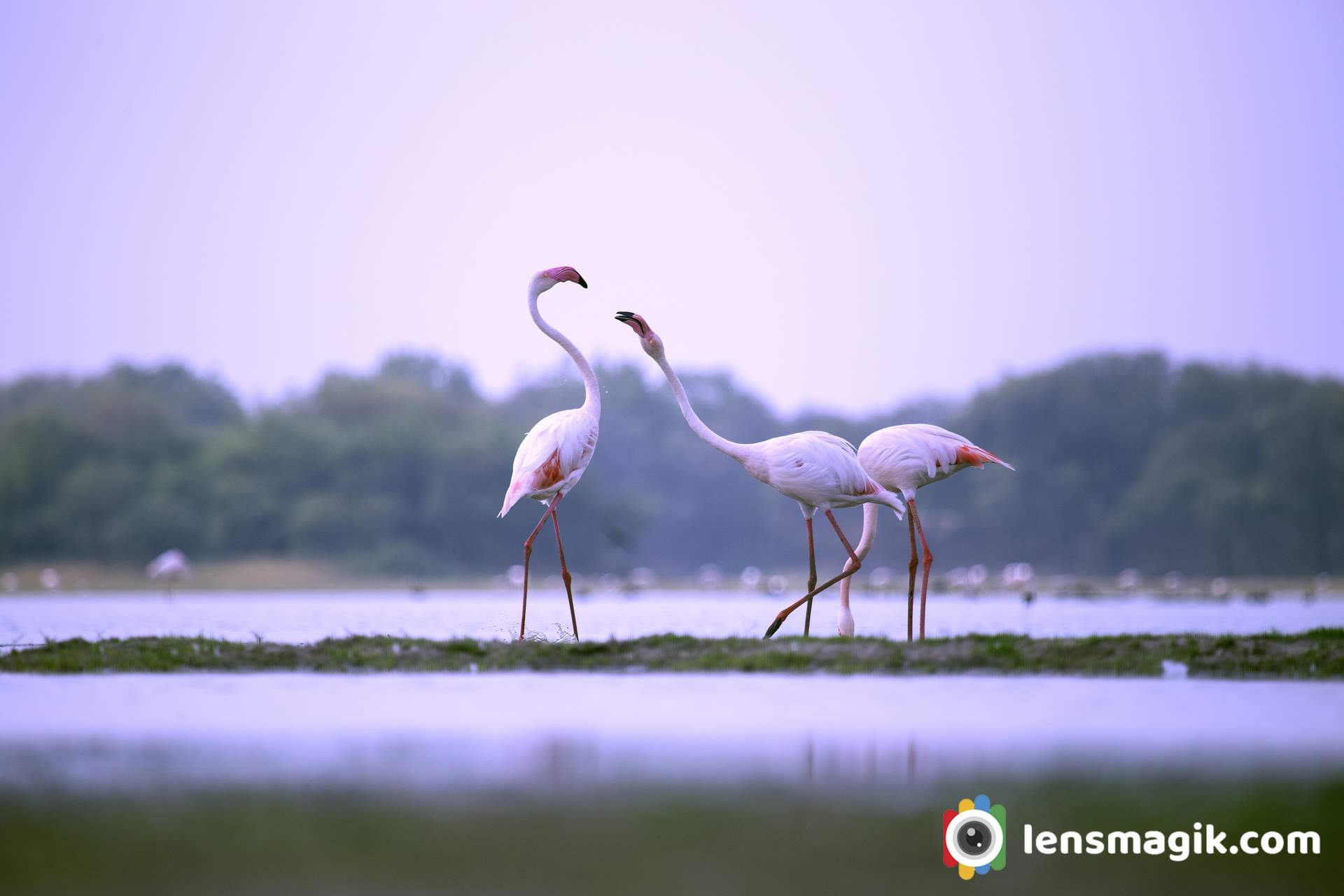
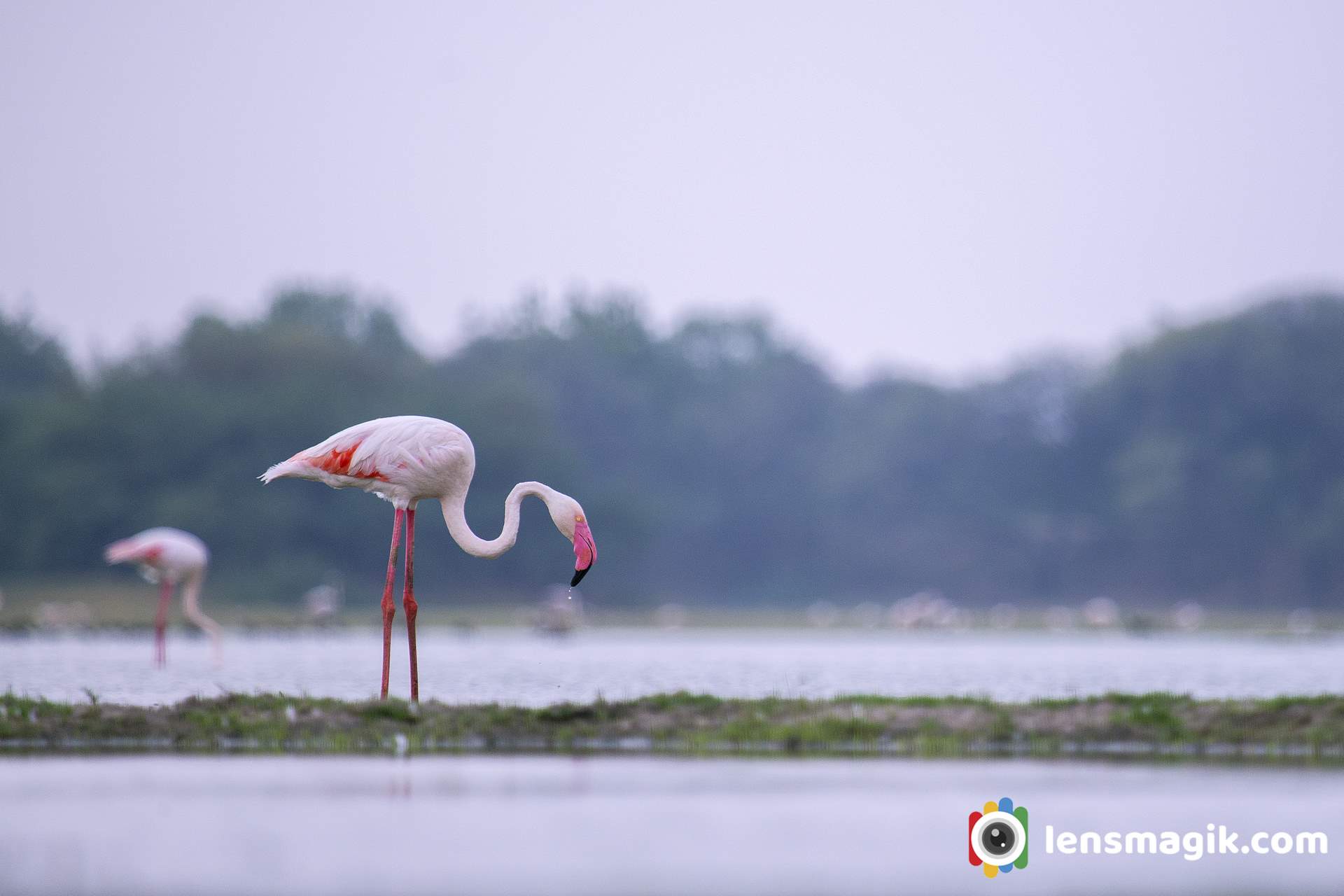
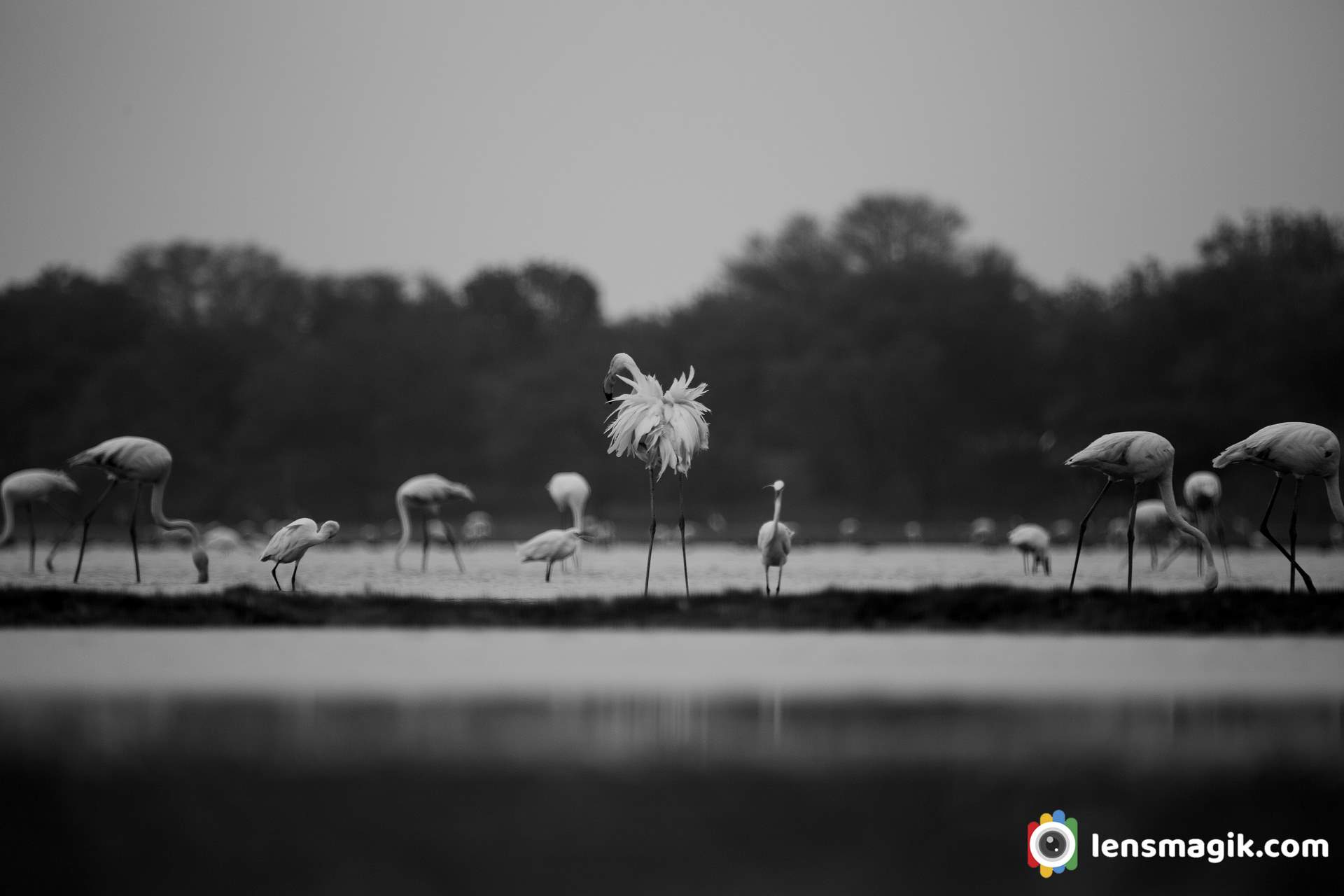
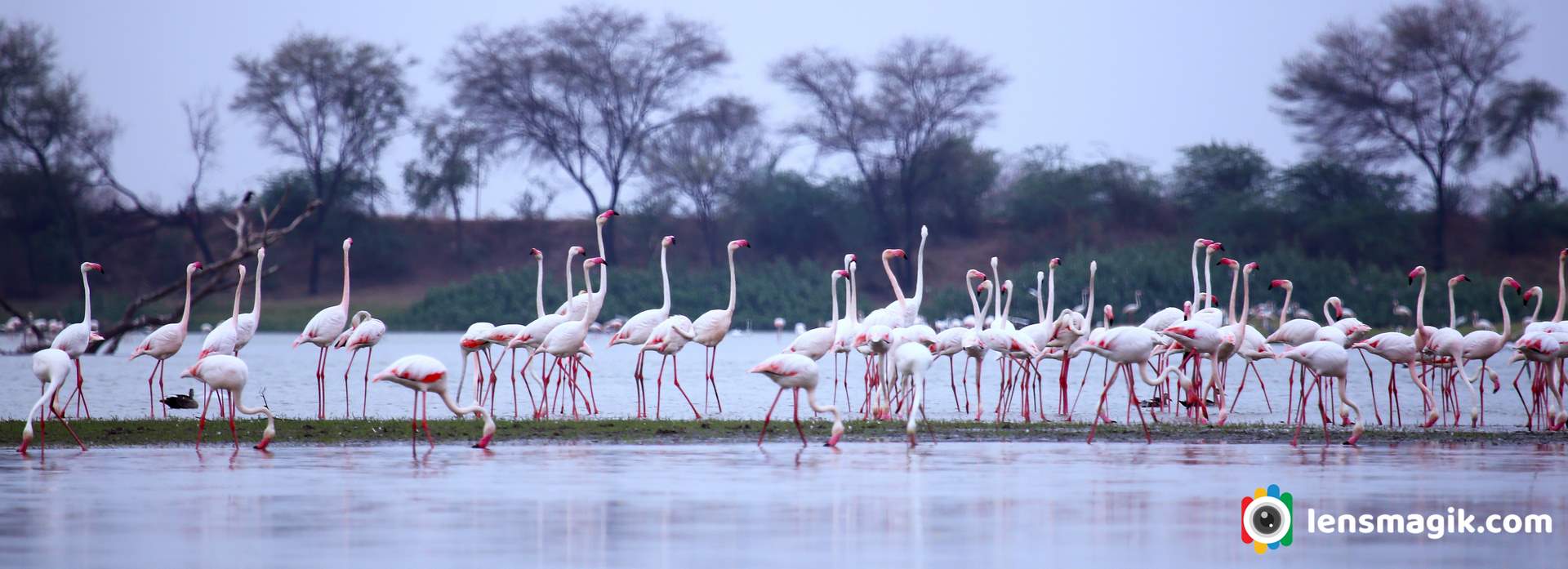
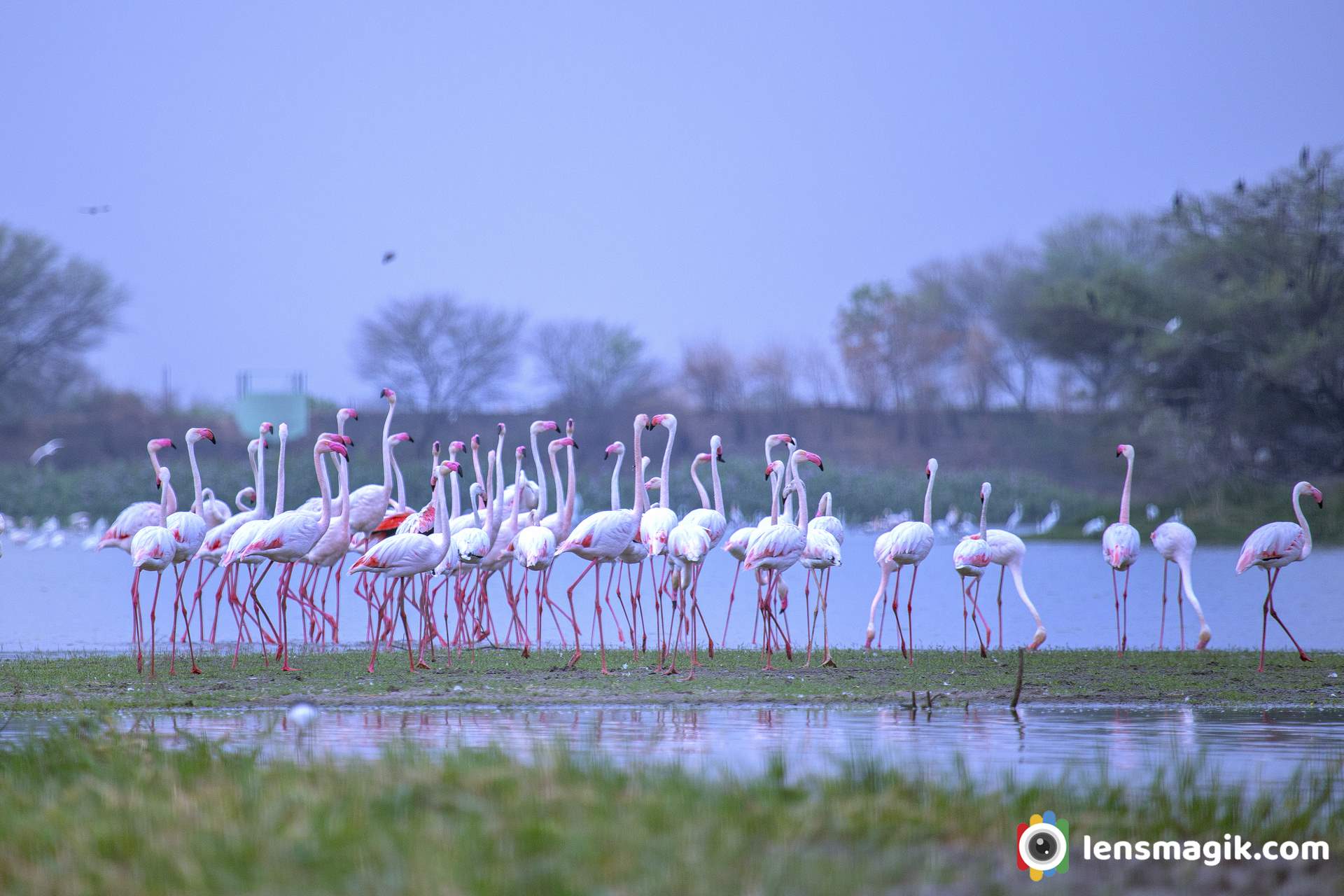
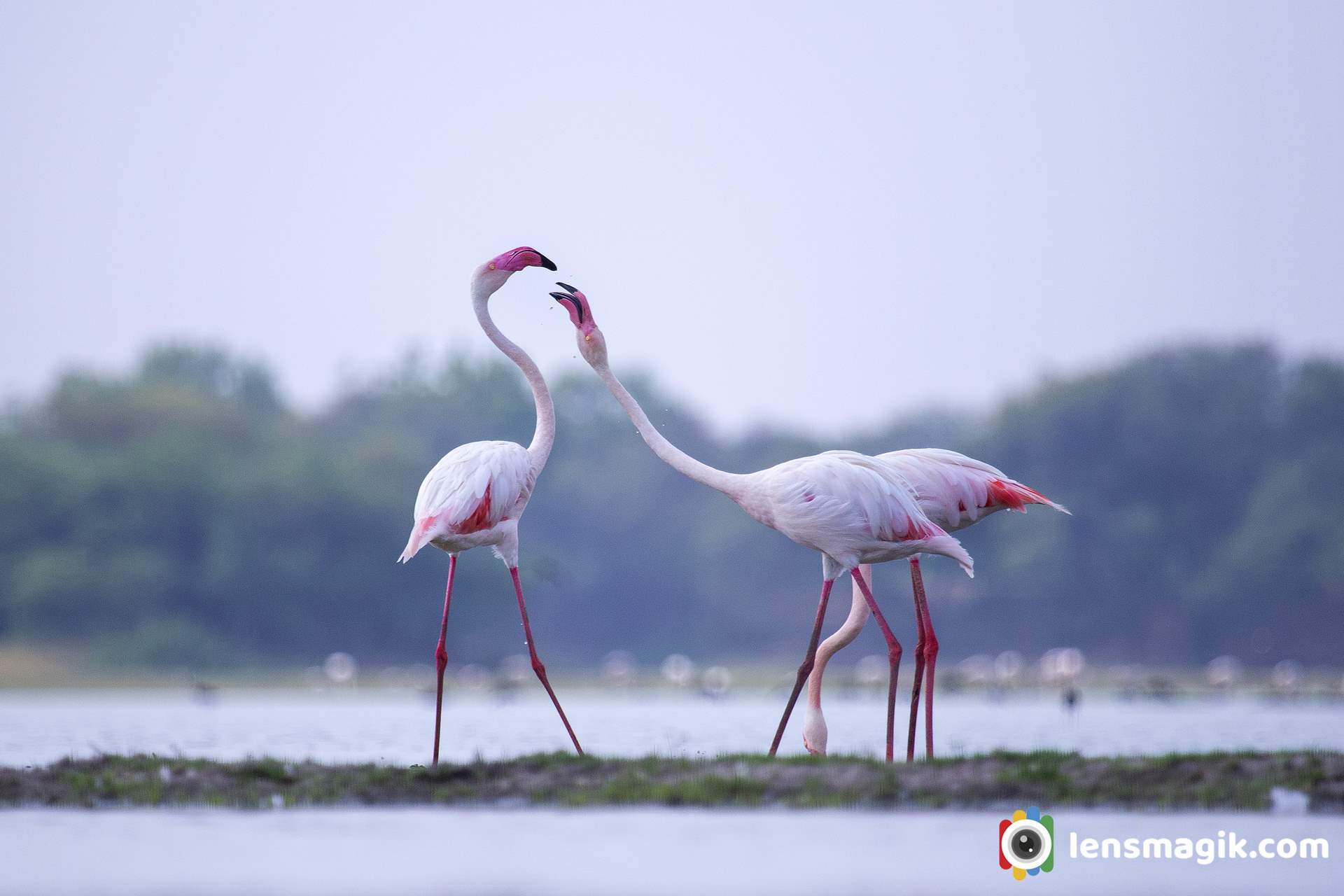
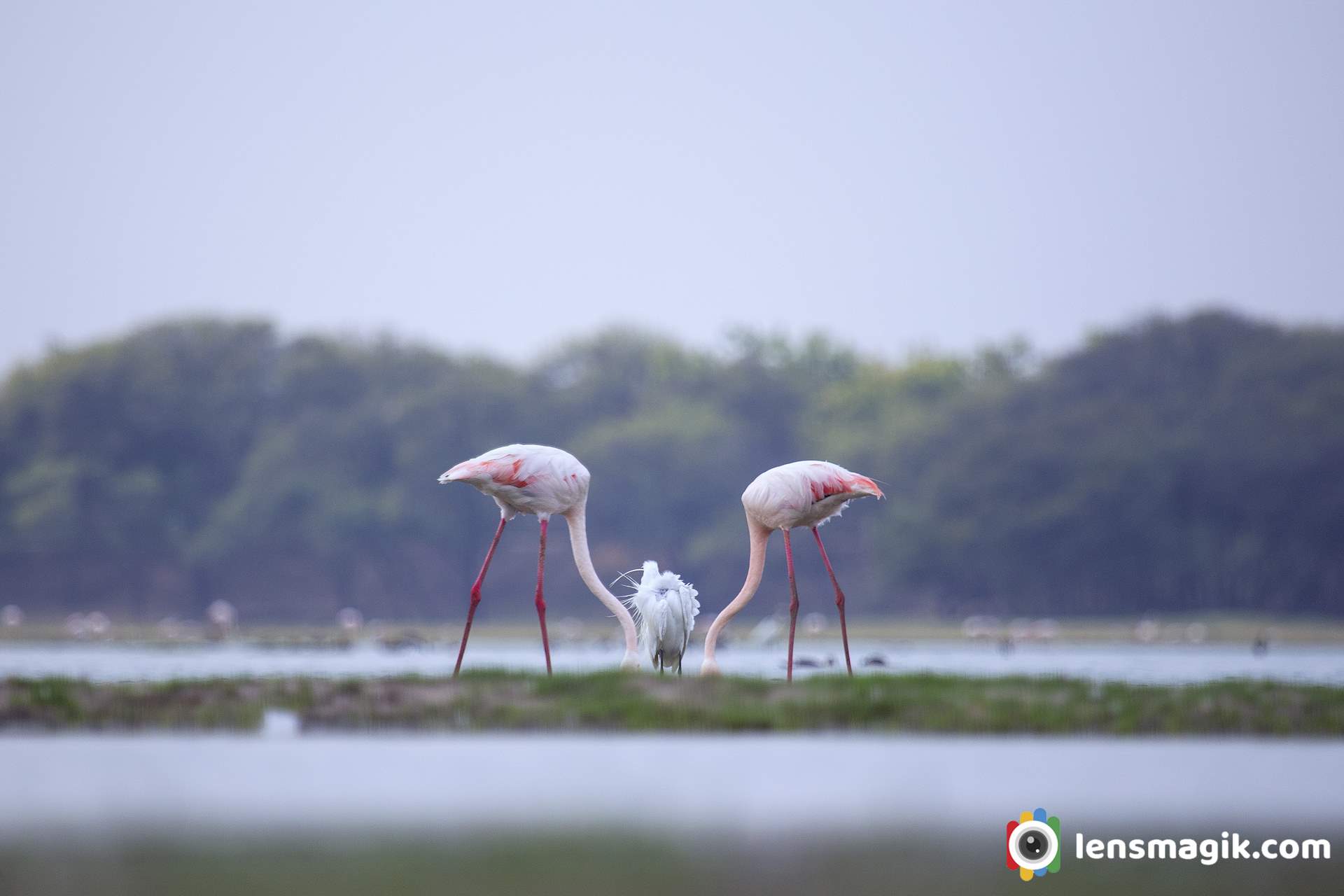
Two flamingos with little egret in between of them with down head all. The images of flamingo bird making a good frame. Because of its color flamingo birds images are very attractive and also their grouping make a perfect frame of flamingo bird picture.
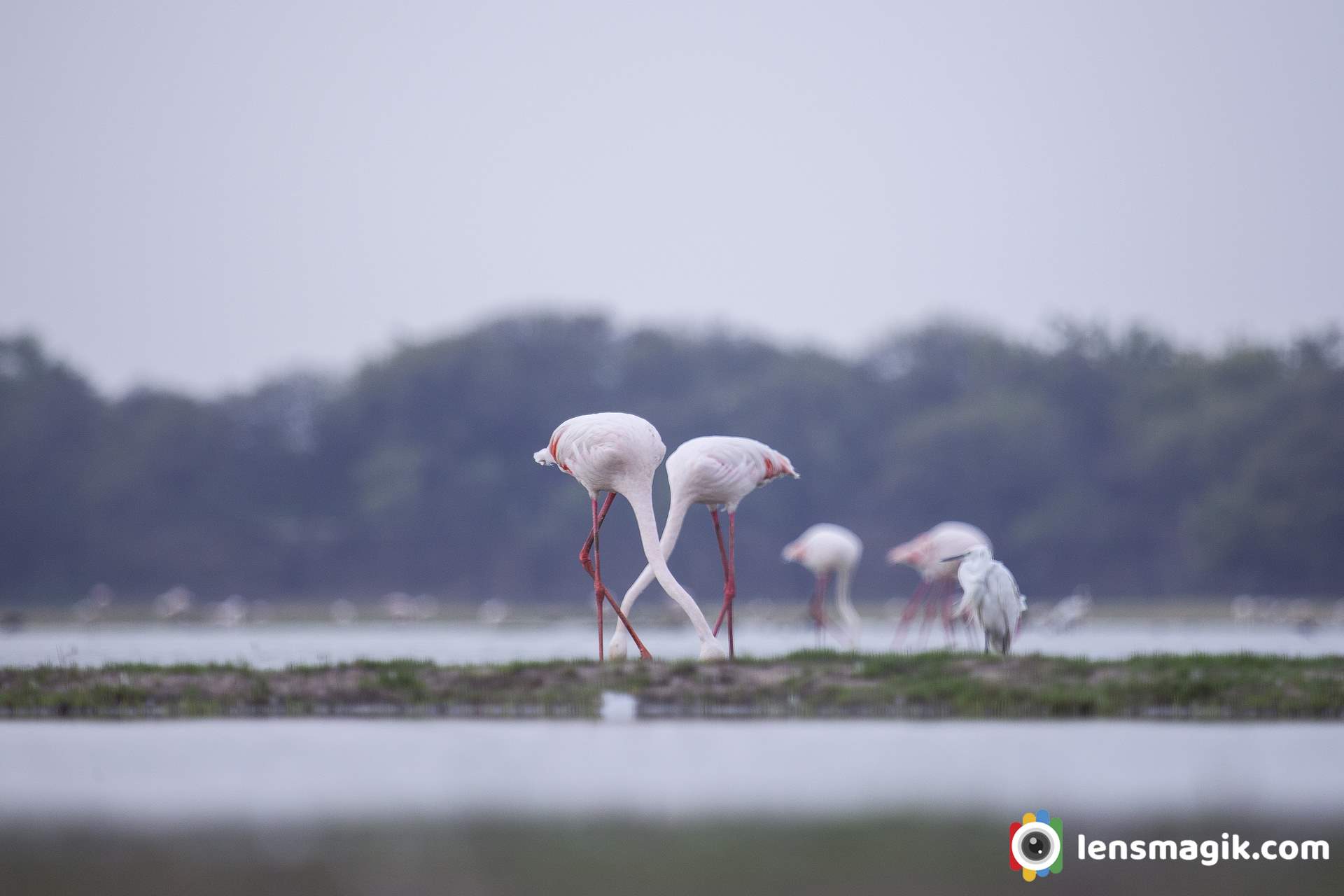
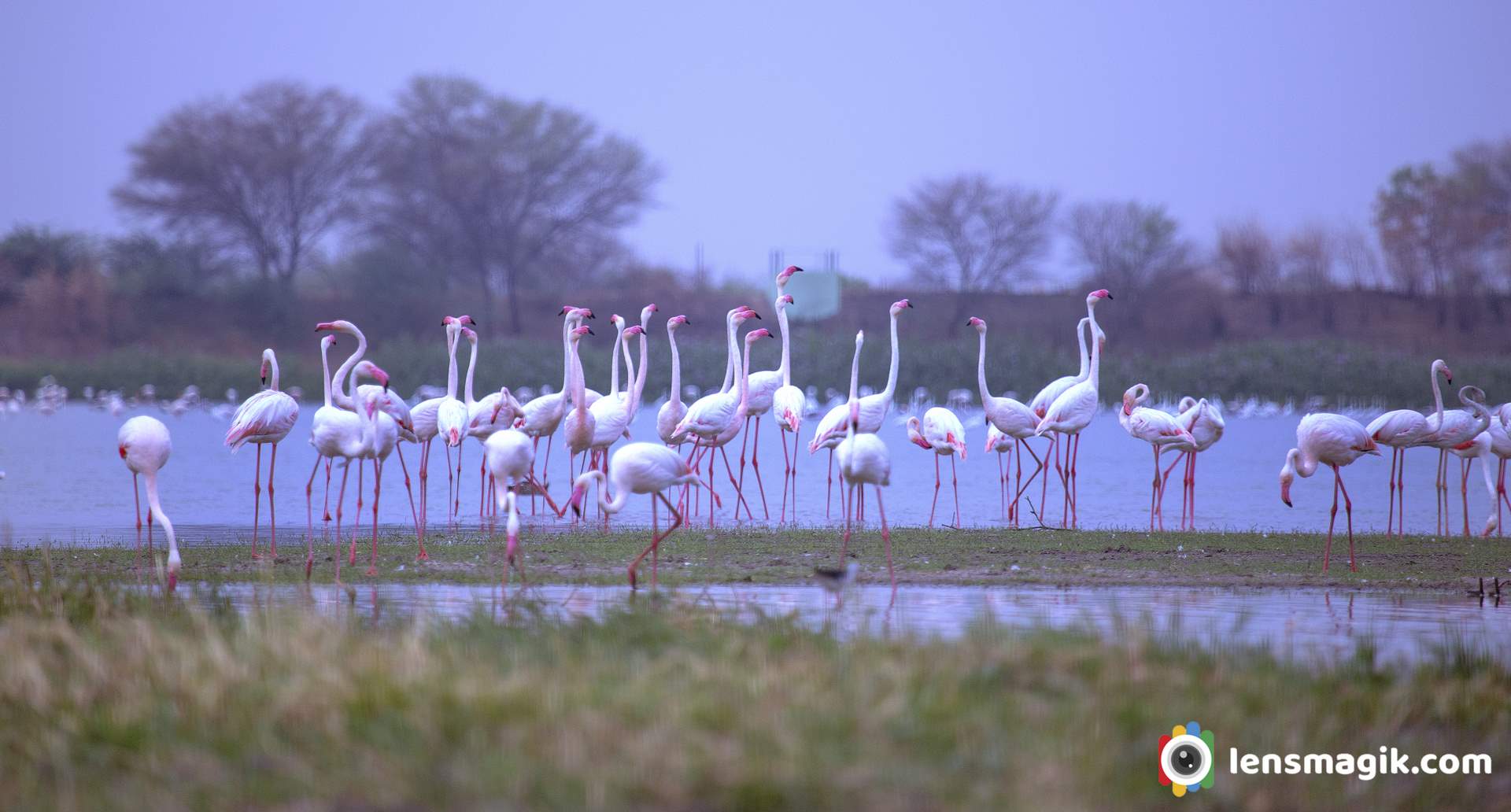
A morning pared time for flamingo birds. A beautiful Greater flamingo birds are in a raw make image nice and show their unity.
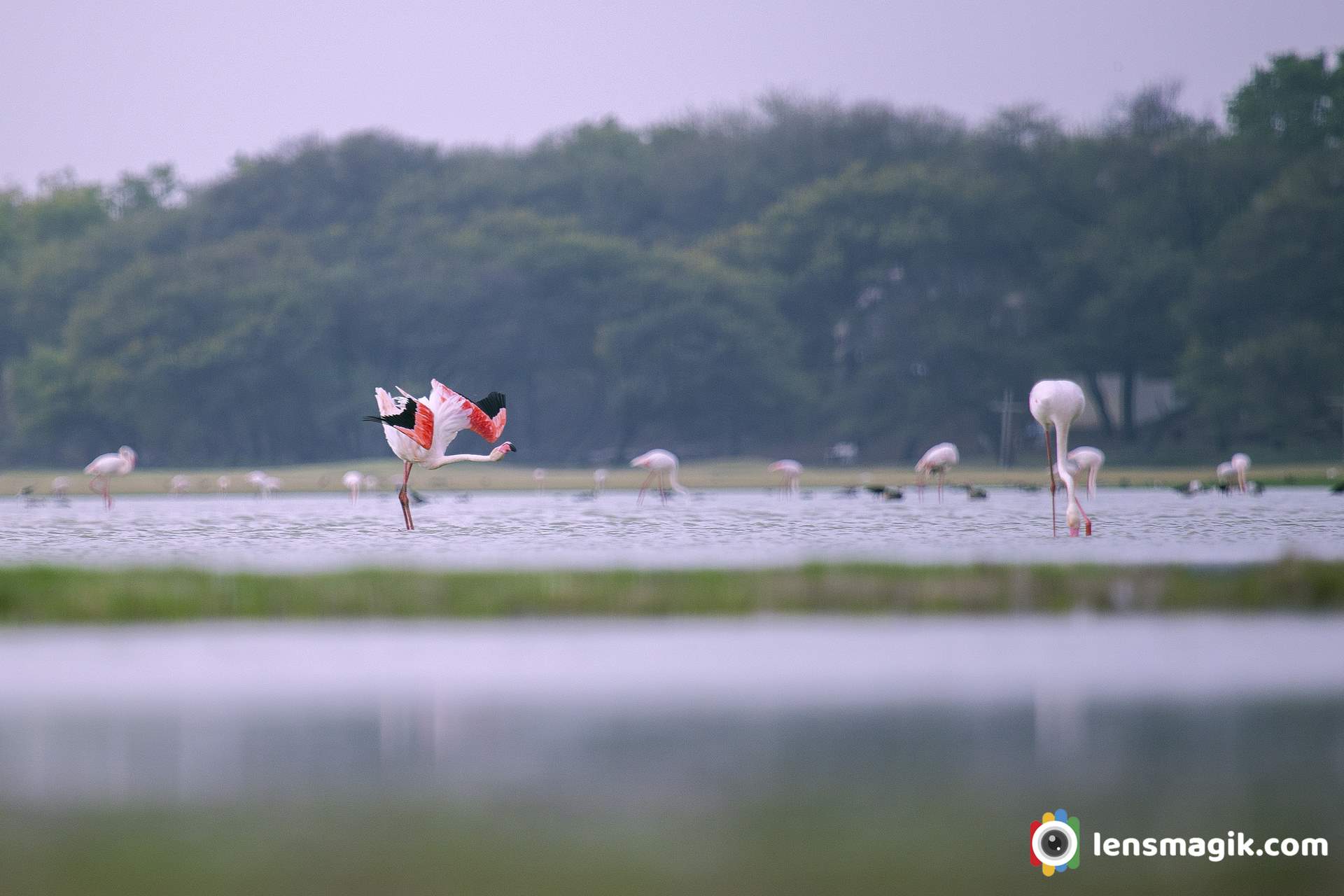
Perfact wingspan of Flamingo bird looks great. Pink Wings make image more attractive.
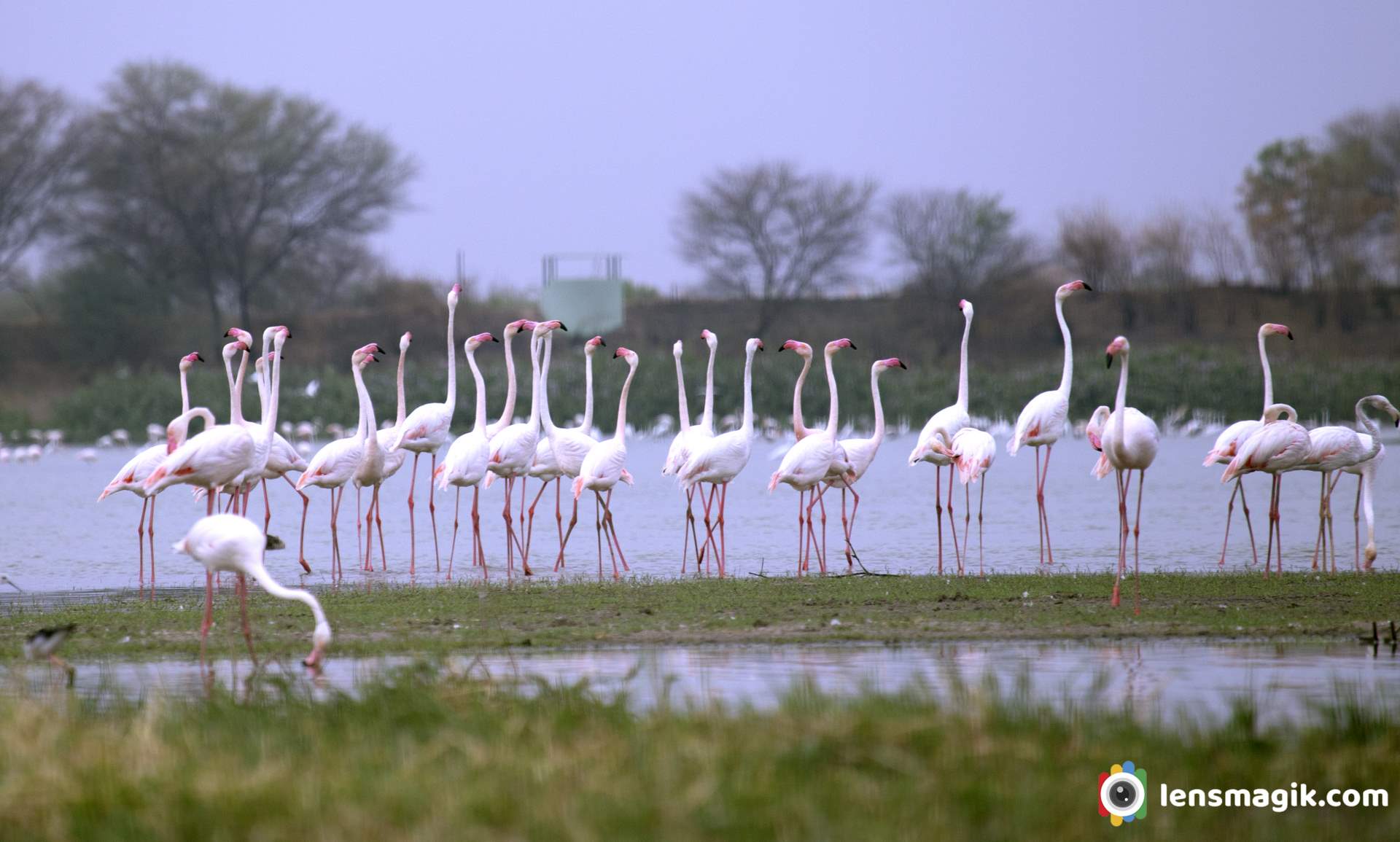
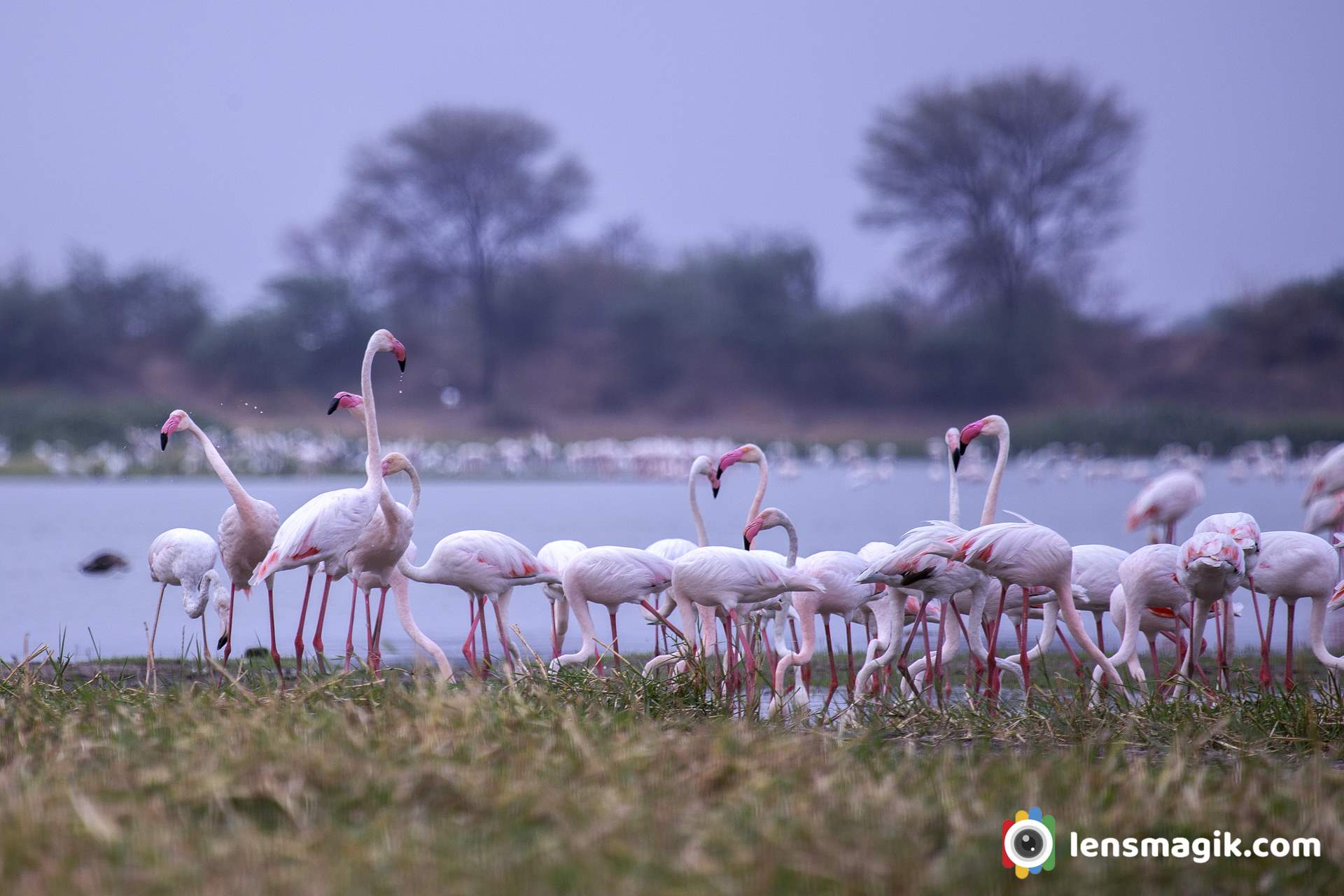
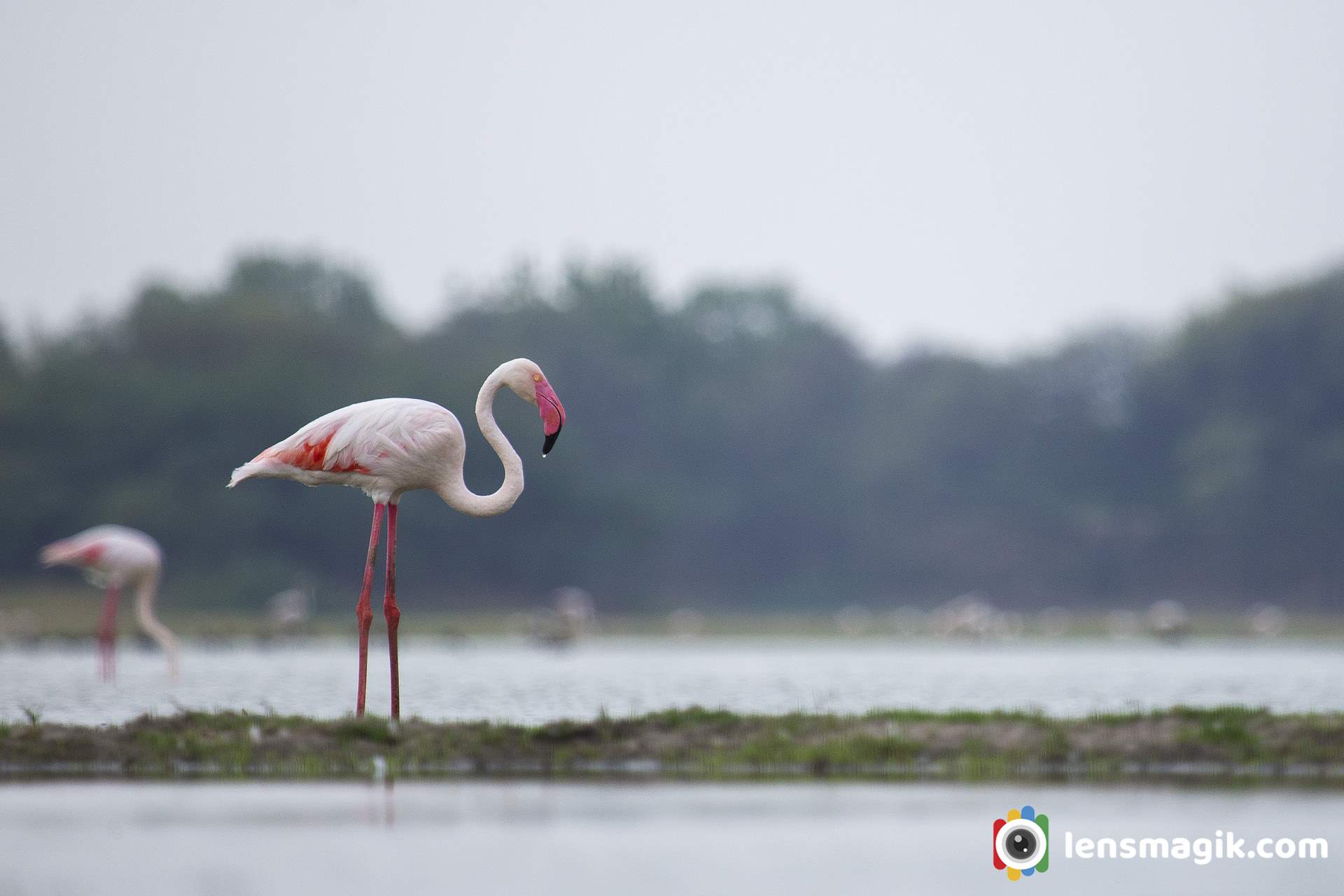
Solo Greater flamingo bird
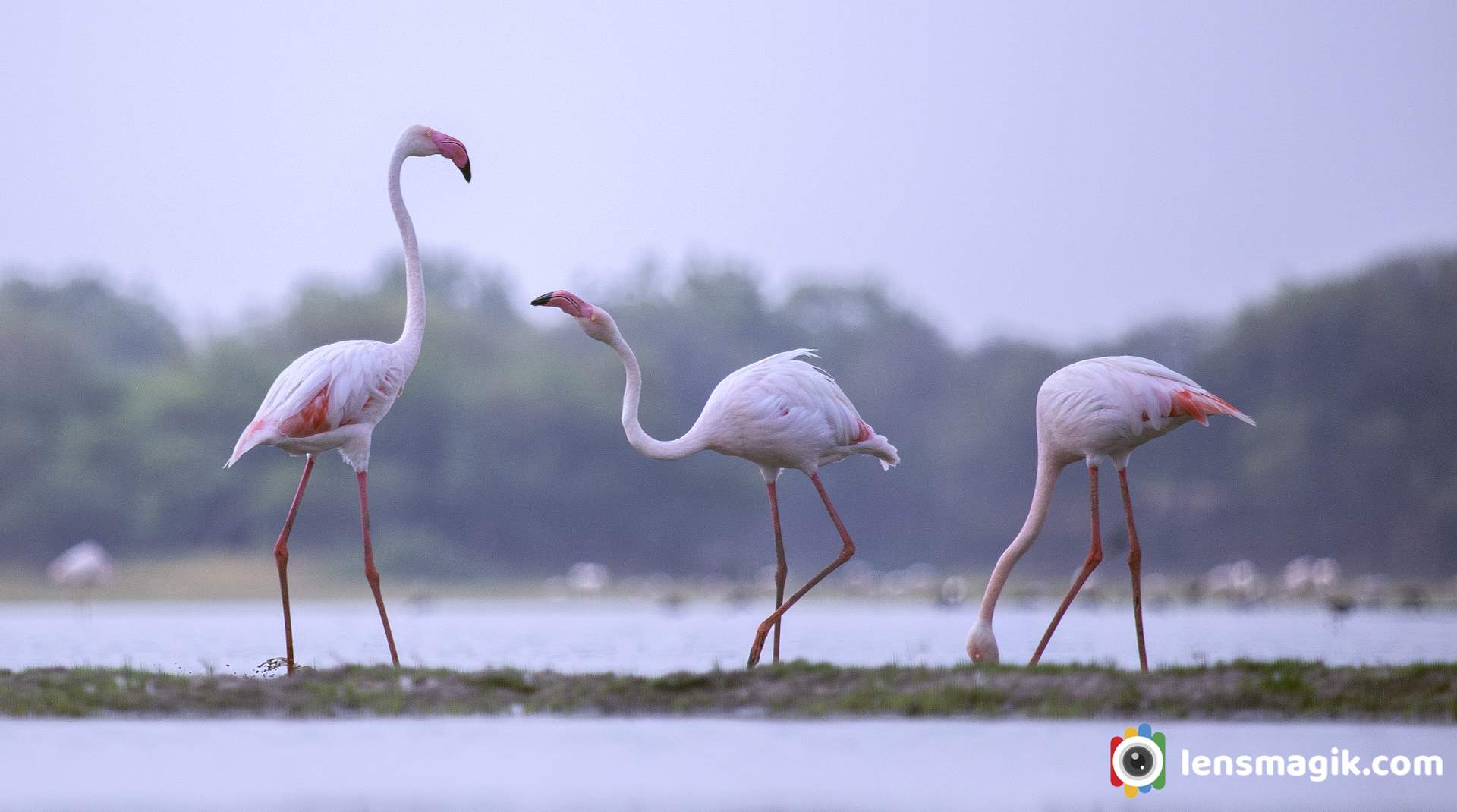
Some masti time for two flamingo birds .
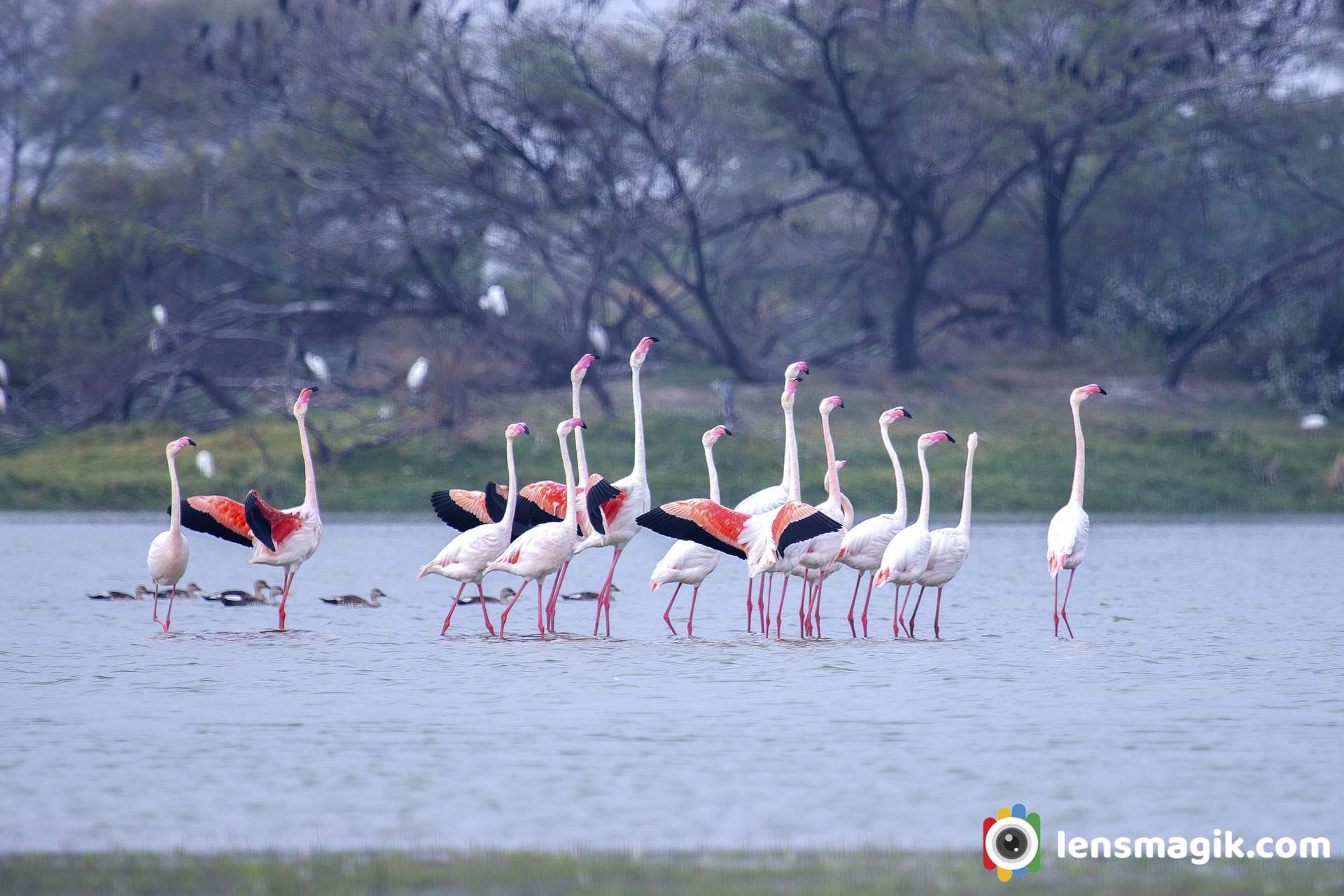
Above image shows the discipline of Flamingo Bird and looks like a morning pared they are doing .
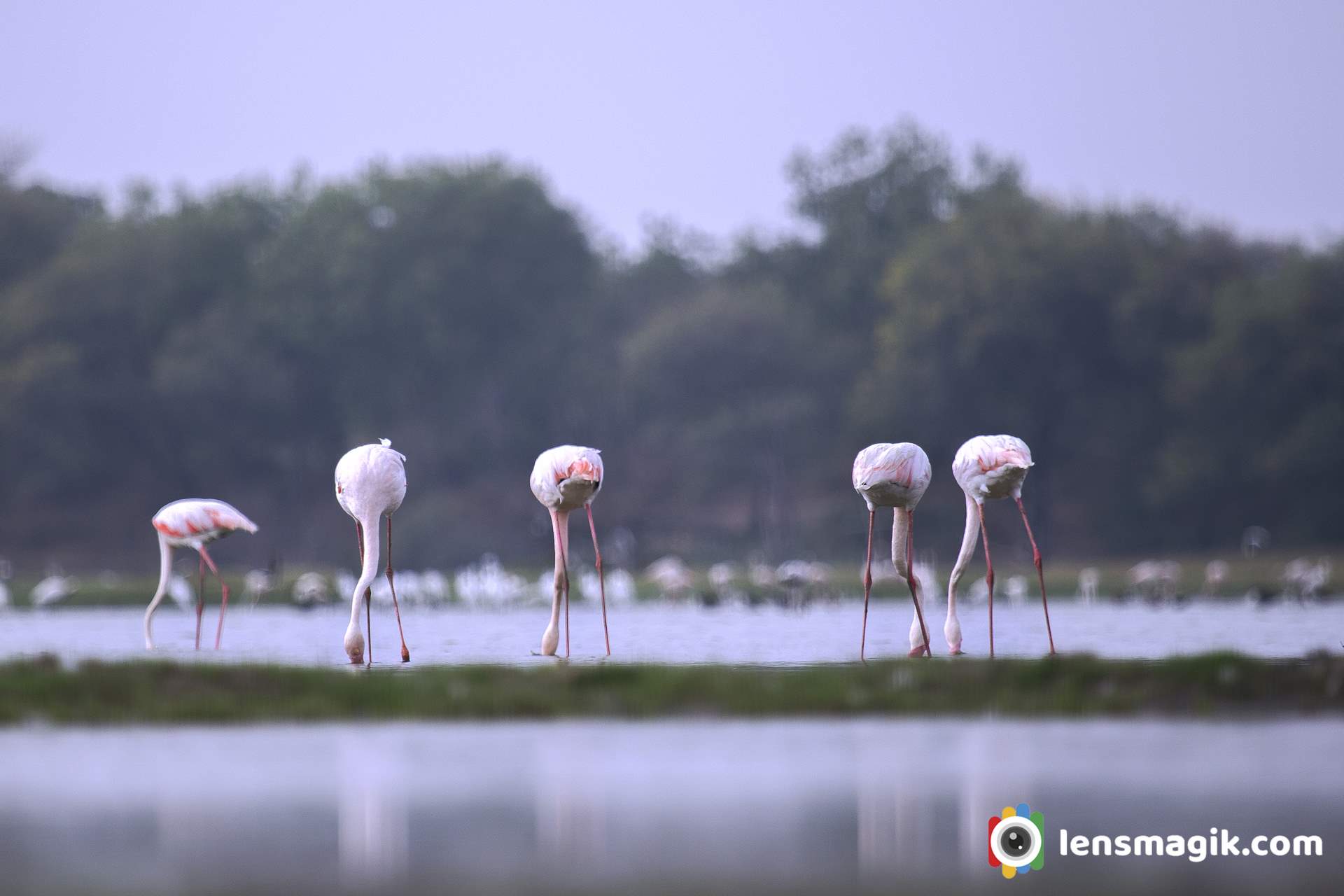
https://youtu.be/9dVBrR9NSOo
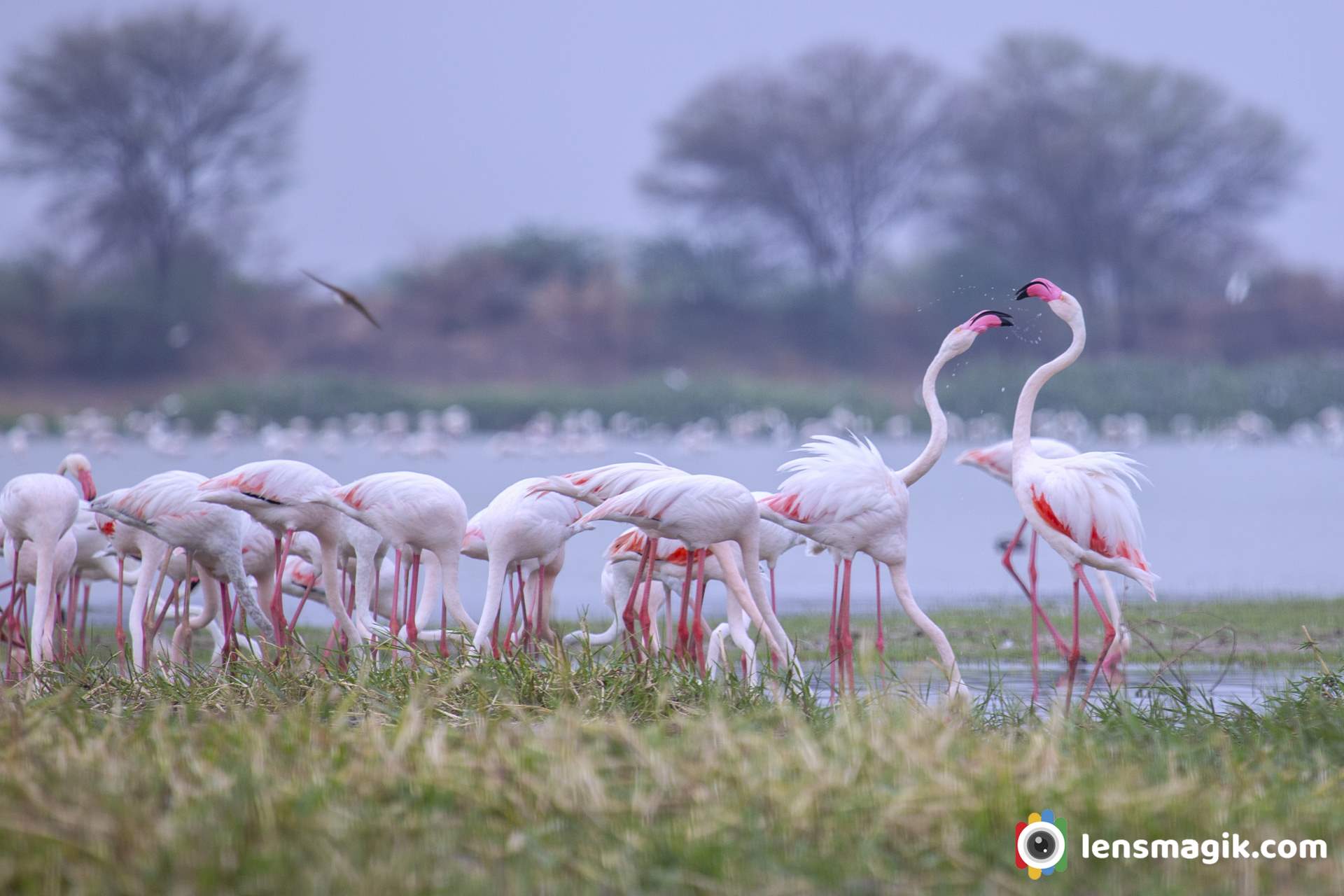
A group of Flamingo Birds at Thol Lake make your frame awesome.
Location : Thol Lake, Gujarat
Thol lake is just 25 km approx. from Ahmedabad. You can visit one day for Thol lake is enough. Also you can find another migratory birds like pelicans , bar headed goose, river tern and many more resident spices.
Ahmedabad to Thol lake distance about 25km
Thol bird sanctuary is located in Kadi Taluka in Mehsana District near sanand Gujarat. It is an artificial lake located near village Thol. In 1912 thol lake was built and it was declared as a Sanctuary in 1988. The main use of lake is use of water for irrigation. The Thol Bird Sanctuary or a Thol lake wildlife Sanctuary India is a habitat of more than 150 spices of birds. Also it is famous for migratory birds Flamingos and Sarus Crane which breeds here.


About Thol Lake / Thol Bird Sanctuary
Thol lake is located near Thol village and its area around 38000 acres. Lake faces all season winter , summer and monsoon. During winter temperature goes to 8 degree and in summer temperature goes to 43 degree. Thol lake is under control of Forest and Irrigation department of Gujarat. Thol lake water storage capacity is around 84 million cubic meters. Thol wildlife sanctuary is declared as Eco Sensitive Zone .
Flora and Fauna Thol Sanctuary :
Thol lake has many vegetation plants like Zizyphus, Acacia nilotica, Ficus, Capparis, Azadirachta indica etc. There are also some mix flora of Marshy and Aquatic plants reported in Thol Lake.
Thol lake is protected area and it is very good habitat for water birds. In thol bird sanctuary there are more than 150 spices of birds found . Among these more than 60 % of birds are water birds. Flamingo bird is most prominent bird of Thol Lake. Also Sarus Crane nest in large number here.

Famous Migratory Birds of Thol Lake
• Flamingos
• Sarus Crane
• Great White Pelican
• Mallards
• Bar Headed Geese , Grey Headed Geese
• Waterfowl
There are also some spices reported here like Dalmatian Pelican, Indian Skimmer, Greater Spotted Eagle, Indian Vulture and white rumped Vulture etc. In Mammals Bluebull, Blackbuck and Golden jackal reported here.


Thol Lake Timing and Fees :
Thol lake open everyday at 6 AM in morning and close at 5.30 PM in evening. Entry fees for Thol Lake or Thol sanctuary is 50 INR for per person. Also Camera fees extra at 200 INR and if you go via car then car fees also 500 INR. Foreigner fees are 10 $ per person.
Best Time to Visit Thol Sanctuary / Thol Lake :
Best time early morning for Thol Lake. In winter if you go before sunrise you can see Twilight sky amazing with lake shore and birds sound .During all season Thol lake has its own beauty. Every season you can visit at Thol Lake. But mostly during winter from November to March season is best for Thol Sanctuary visit. Because during winter lots of Migratory birds came here and stay for long time so for birding winter season is best at Thol Lake. Also during summer some of birds stays here like flamingos and pelicans, geese etc. So you can also see them in summer too. Also during summer water level of lake is low so may be the birds you can get in deep or sometimes closer. During monsoon most people don’t visit but if you like macro photography then you must visit Thol lake in monsoon. You can get some excellent macro subjects like waterdrops , Spiders, Insects etc.


What to do and What not to do in Thol Lake / Keep in mind while visiting sanctuary in India :
• Keep silence in sanctuary
• Maintain discipline
• Keep sanctuary clean
• Do not throw plastic waste anywhere in sanctuary
• Protect wildlife
• Observe birds, mammals etc and protect them and identify them
• Follow rules of wildlife protection act -1972
• Don’t disturb birds and animals
• Don’t enter in sanctuary with liquor and inflammable objects
• Don’t make loud noice.
• Enter in sanctuary with permit only and keep receipt till you leave sanctuary
• Don’t feed birds and animals



Where to Stay near Thol Lake :
Well near to Thol Lake there are not good places to stay at night but you can go near to destinations like Kadi, Kalol or Gandhinagar , Ahmedabad where you can get good places to stay at night. Nearest I suggest Kalol around 15-18 km or you can go Ahmedabad around 25 km.






Places to Visit near Thol Lake :
If you are staying at Ahmedabad then go for Ahmedabad Darshan , Pol area of Ahmedabad and Adalaj Ni Vav ( Heritage places ) etc. Also go for fast food test at night at Manek Chauk and SindhuBhavan road there are lots of option for food lovers like Urban Chauk, Freezbee etc.
If you stay at Gandhinagar then visit Mahatma Mandir at Gandhinagar, Sarita udyan , Akshardham Temple etc.
I would suggest Modhera Sun Temple if you had some more time which is around 100km from Ahmedabad. For bird lovers and bird photographer I would suggest visit Little ran of Kutch (LRK) during Winter season, Pariej Lake, Indroda park Gandhinagar, Jessore Sanctuary Banaskantha etc.
How to Reach Thol Sanctuary :
Nearest airport is Ahmedabad and from Ahmedabad thol lake distance is around 30-40 km
Also for Railway station is Ahmedabad because you can get all frequency and destinations from Ahmedabad railway station.
Mt Kanchenjunga or Mt Kangchenjunga both spellings right and whatever you say located in west Bengal India. When i was on my Singalila National park trek i visit it. It was really gesture to see Mt Kanchenjunga from own eyes. A beautiful Mountain surrounded by snow and little bit clouds looks like you are in Heaven. The view i capture makes me very happy to see first time snow mountain in my life. When i was at my last location of my trek at Sandakphu we go for birding and v had a clear mountain view of Kanchenjunga. Kanchenjunga is also spelled Kangchenjunga. Height of Mt. Kanchenjunga/Kangchenjunga is 8586 m . The view of Mt Kanchenjunga from India is amazing as you can see in photos. This Mountain range in wide angle as shown above image looks like Sleeping Budda so this mountain range also known as Sleeping Buddha Mountain Range too.
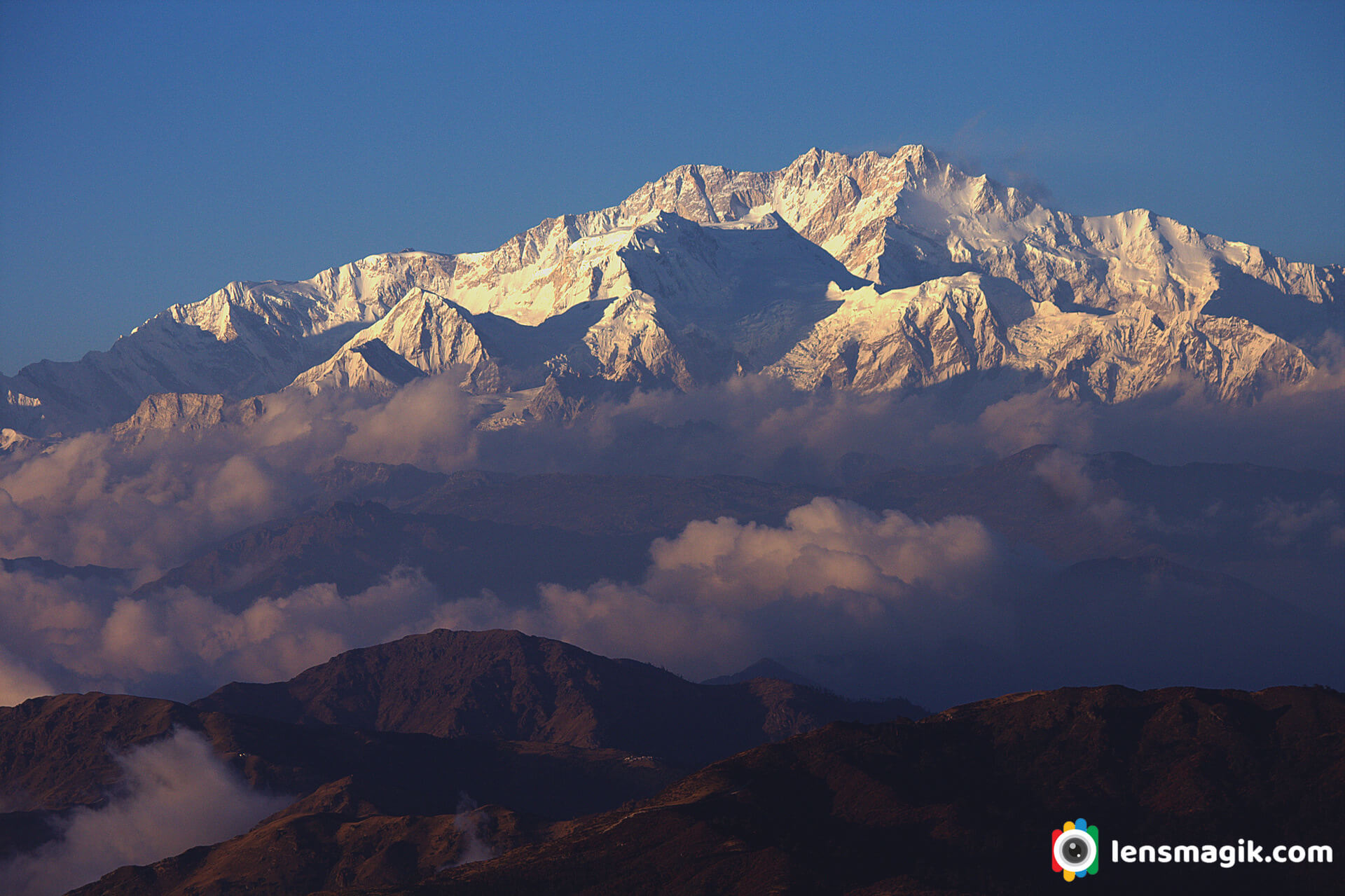
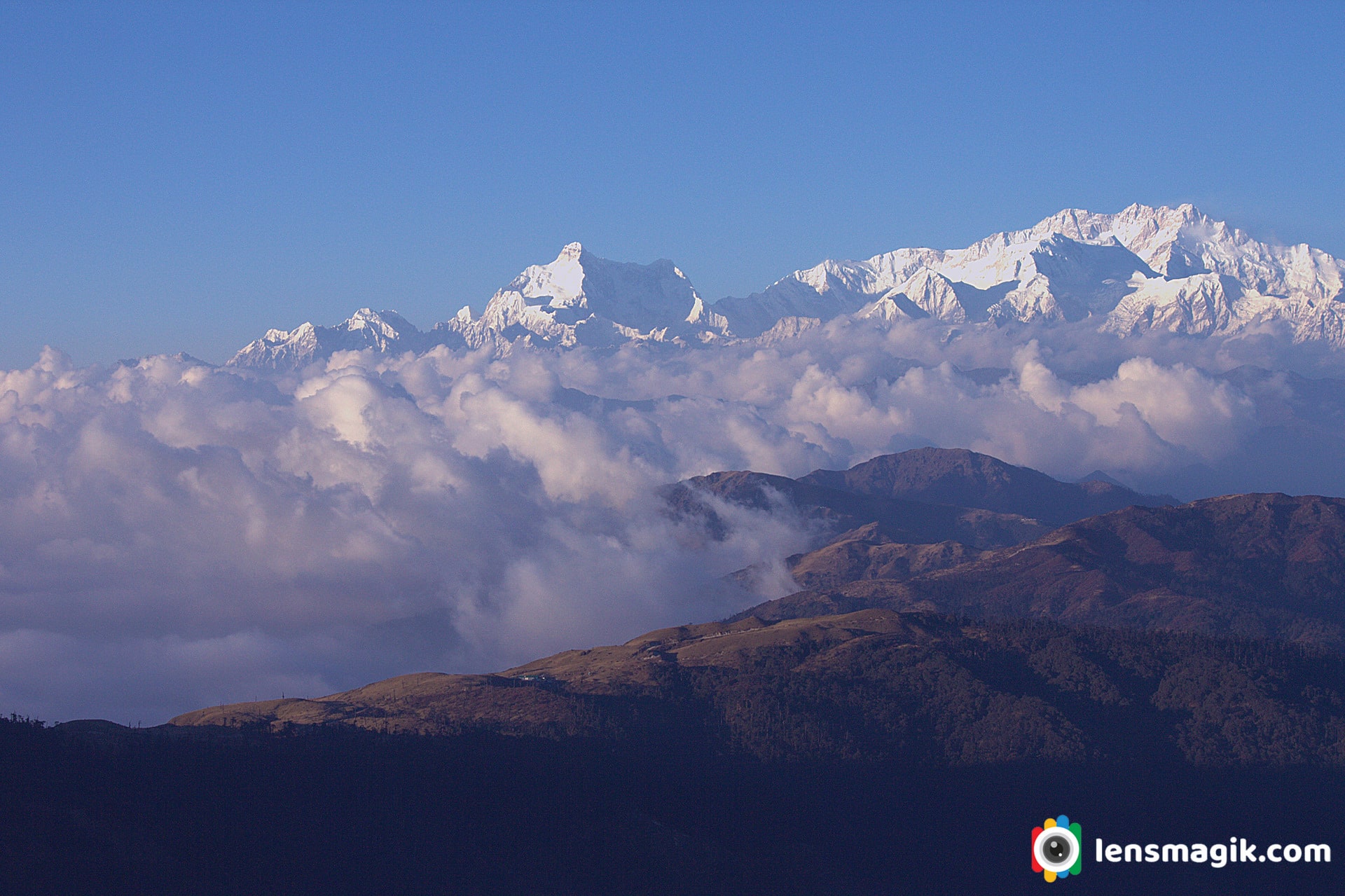
The name Kanchenjunga is derived from sanskrit kanchana ganga . Kanchana means gold and ganga is the river which flows in the region. The river shines like gold and hence the name Kanchana Ganga was given to this mountain.
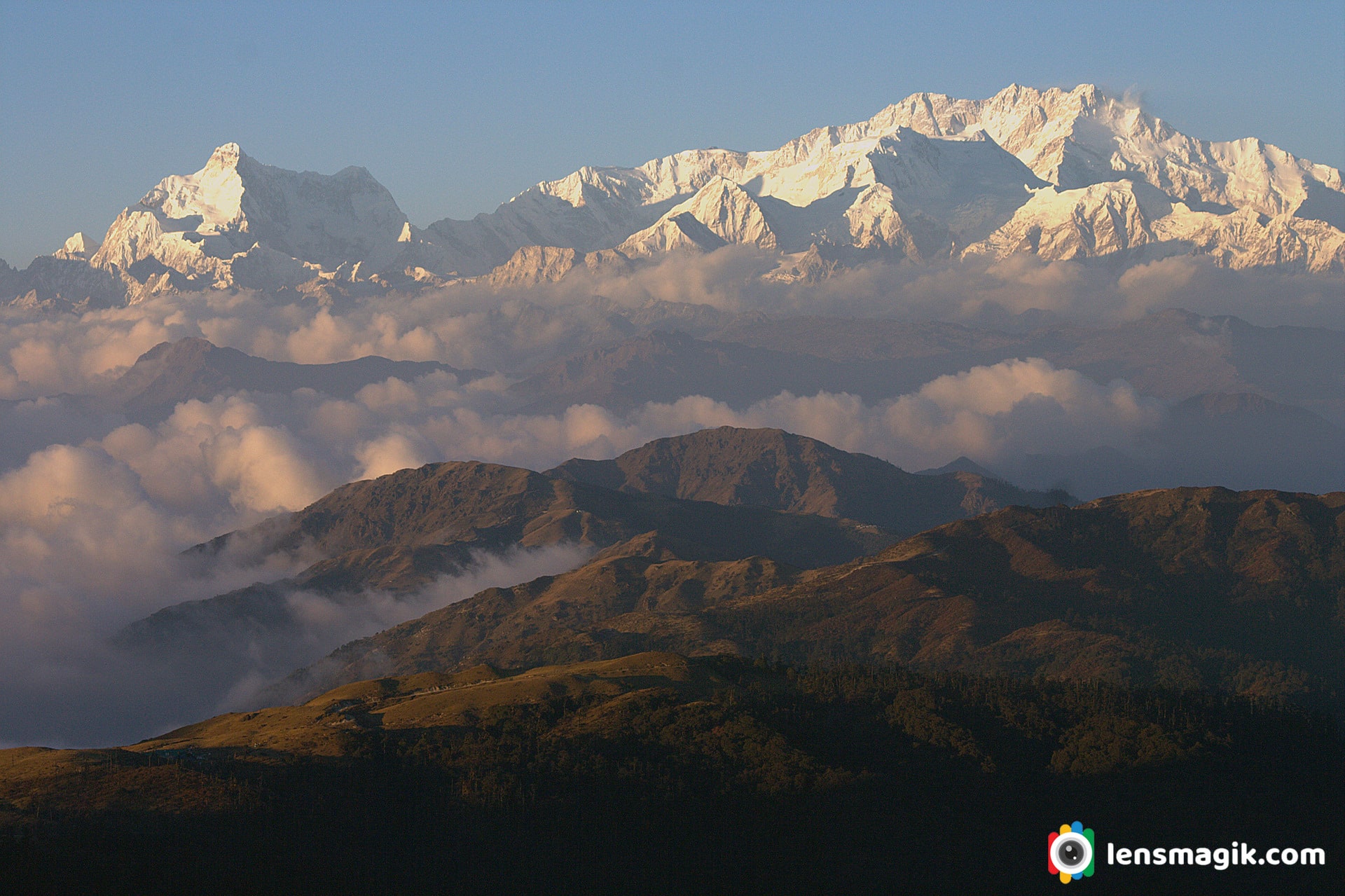
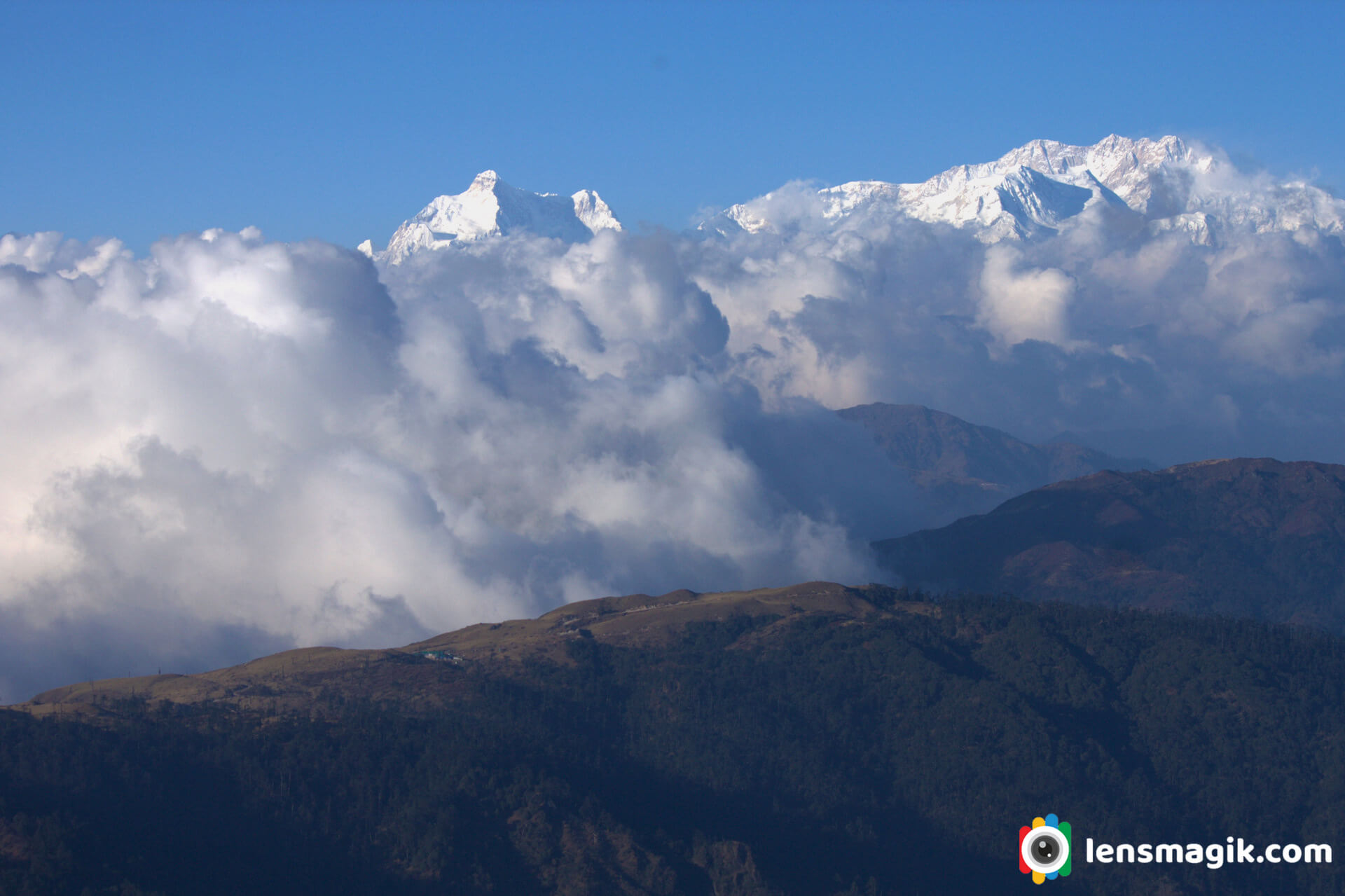
Things to know About Mt. Kanchenjunga/ Mt. Kangchenjunga :
- Kanchenjunga Mountain is about 28,169 ft height and located along the Nepal-India border in the Himalayas.
- It is the third highest mountain in the world.
- It contains 5 peaks and four of them above 27,700 ft of heights.
- Kanchenjunga is also name of surrounding section of Himalayas and means THE FIVE TREASURES OF SNOWS .
- Joe Brown and George Band was the first climber of Kanchenjunga mountain on 25 may 1955.
- Kanchenjunga mountain boundry shared by Nepal, India, China and Bhutan.
- Total 5 peaks of Kanchenjunga are Kanchenjunga Main ( 28169 ft ), Kanchenjunga West ( 27904 ft ), Kanchenjunga Central ( 27828 ft ), Kanchenjunga South ( 27867 ft ), Kangbachen ( 25928 ft ).
- Kanchenjunga Main is the highest elevation of Brahmaputra River.
- There are four climbing route for Kanchenjunga among them 3 are from Nepal and one from Sikkim India.
- It is also known as Sleeping Buddha Mountain range.
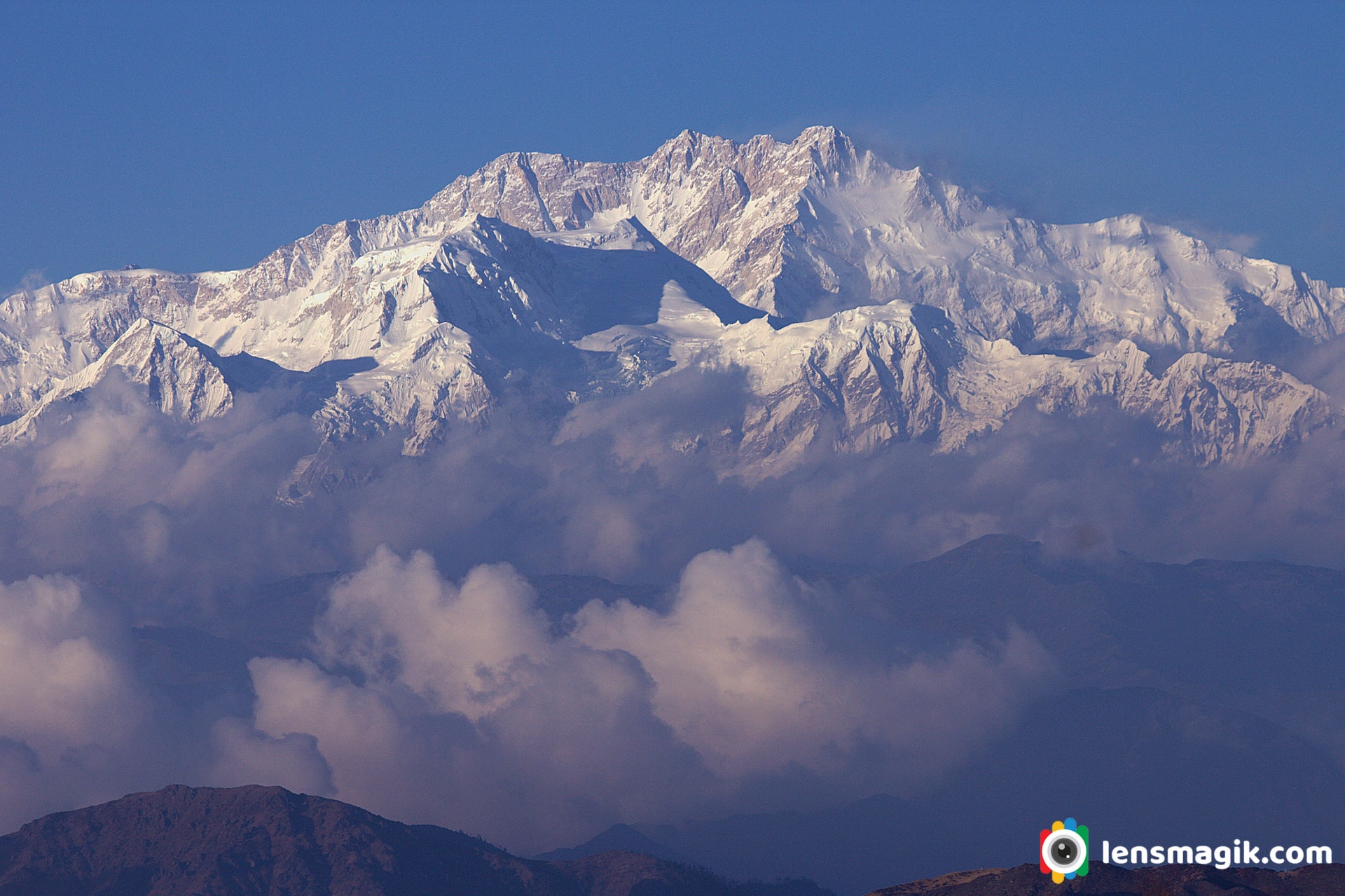
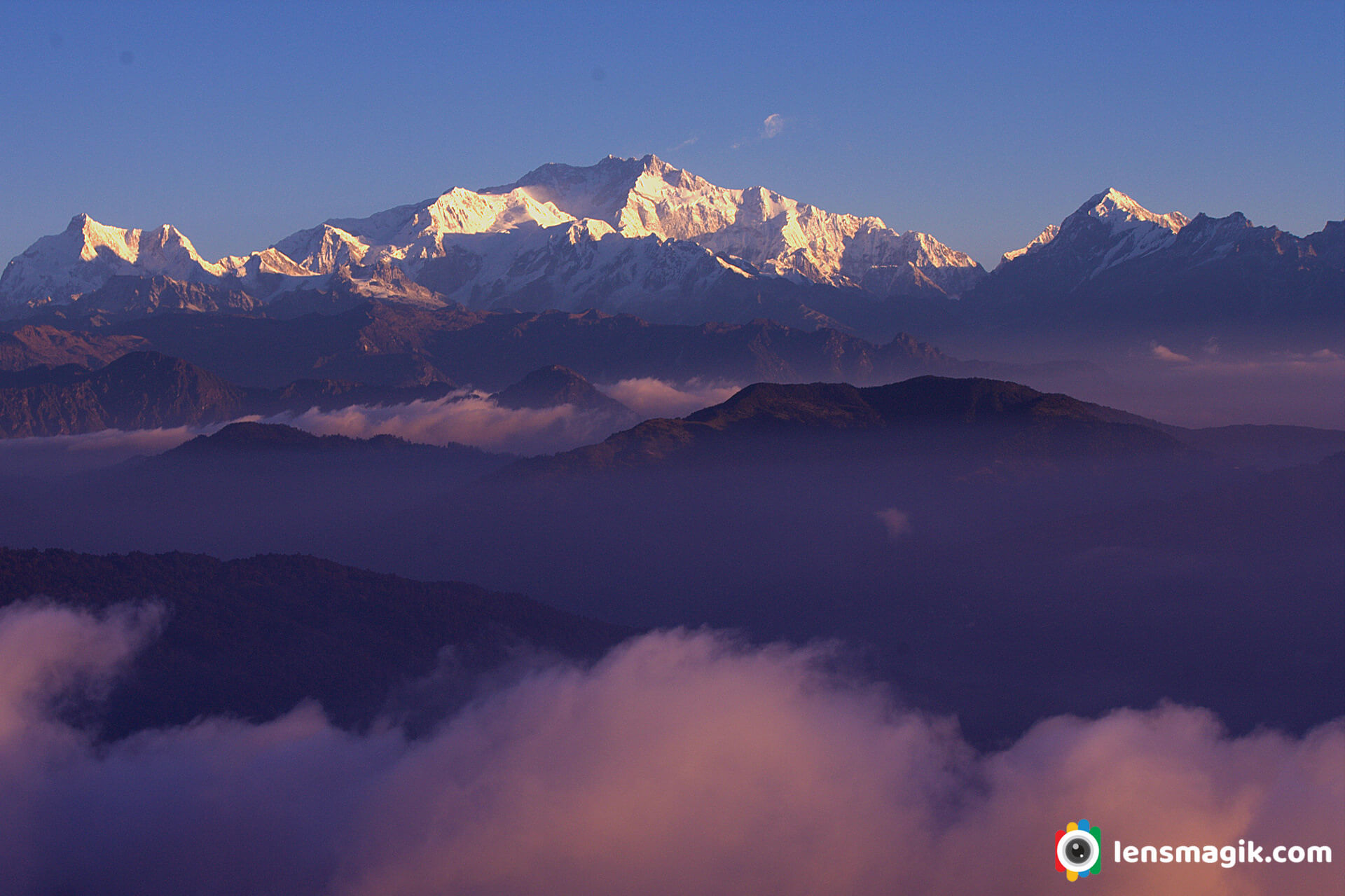
When i was on a tour to Singalila National Park we have a terrific view of Kanchenjunga mountains and also other Himalayan mountains. The best view of Kanchenjunga i saw from Sandakphu located at India-Nepal border. I also saw Mt. Everest from here. Everest is on a long distance but if weather is clear you can see it very clearly.
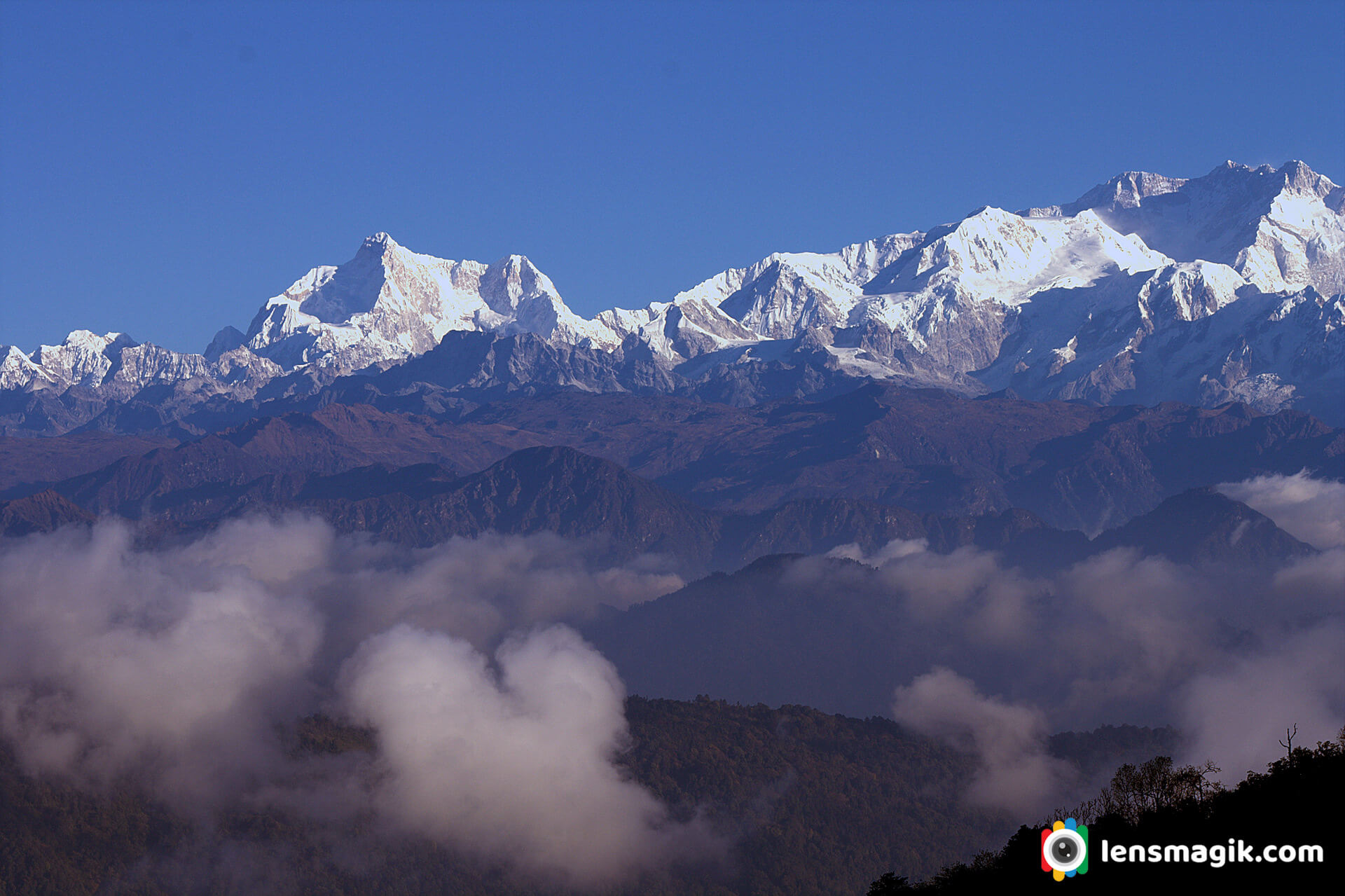
In above picture the mountain shows in left side ( Triangle 3 peaks ) of Mt Kanchenjunga is Kumbhakarna Mountain.
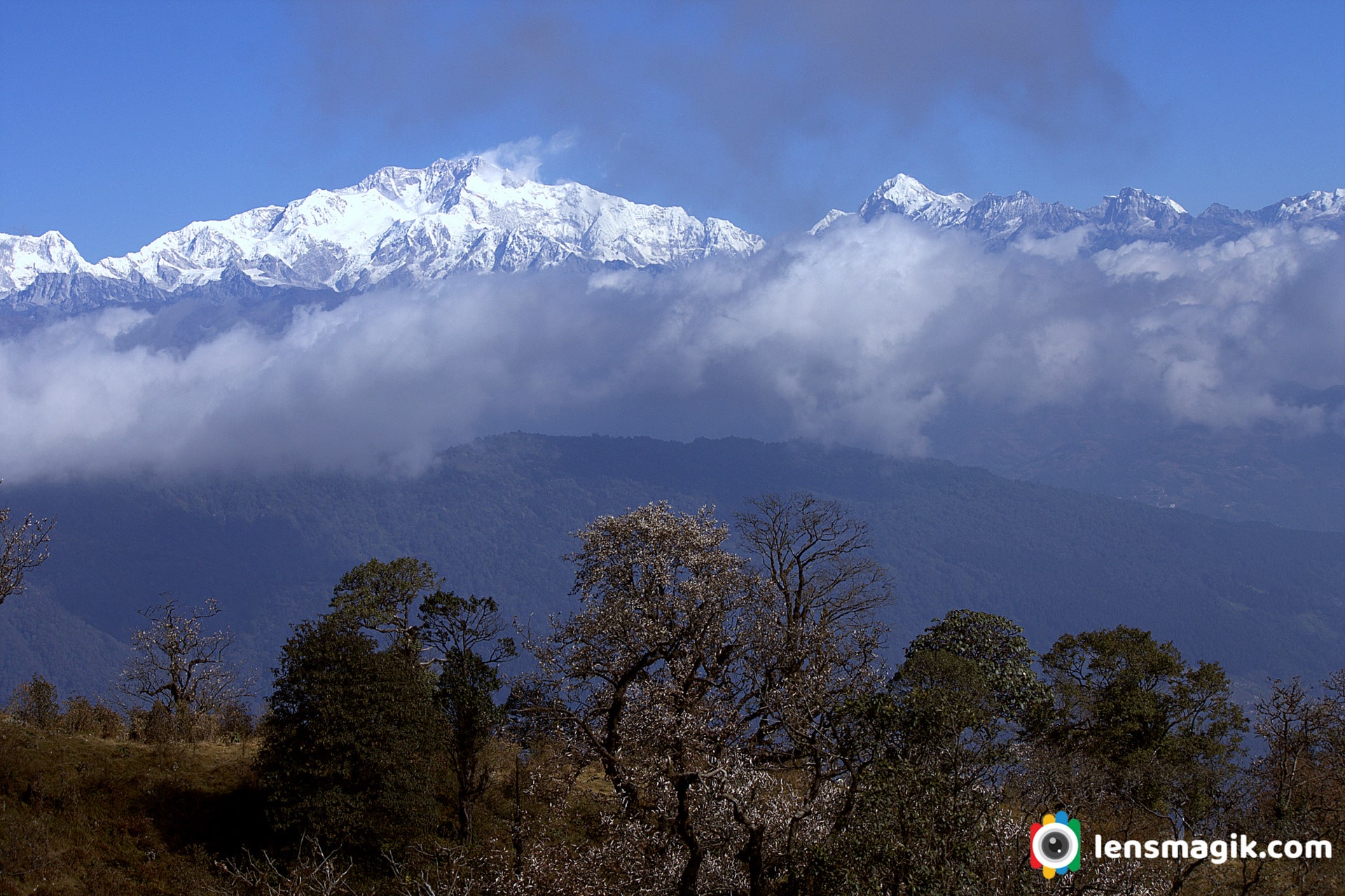
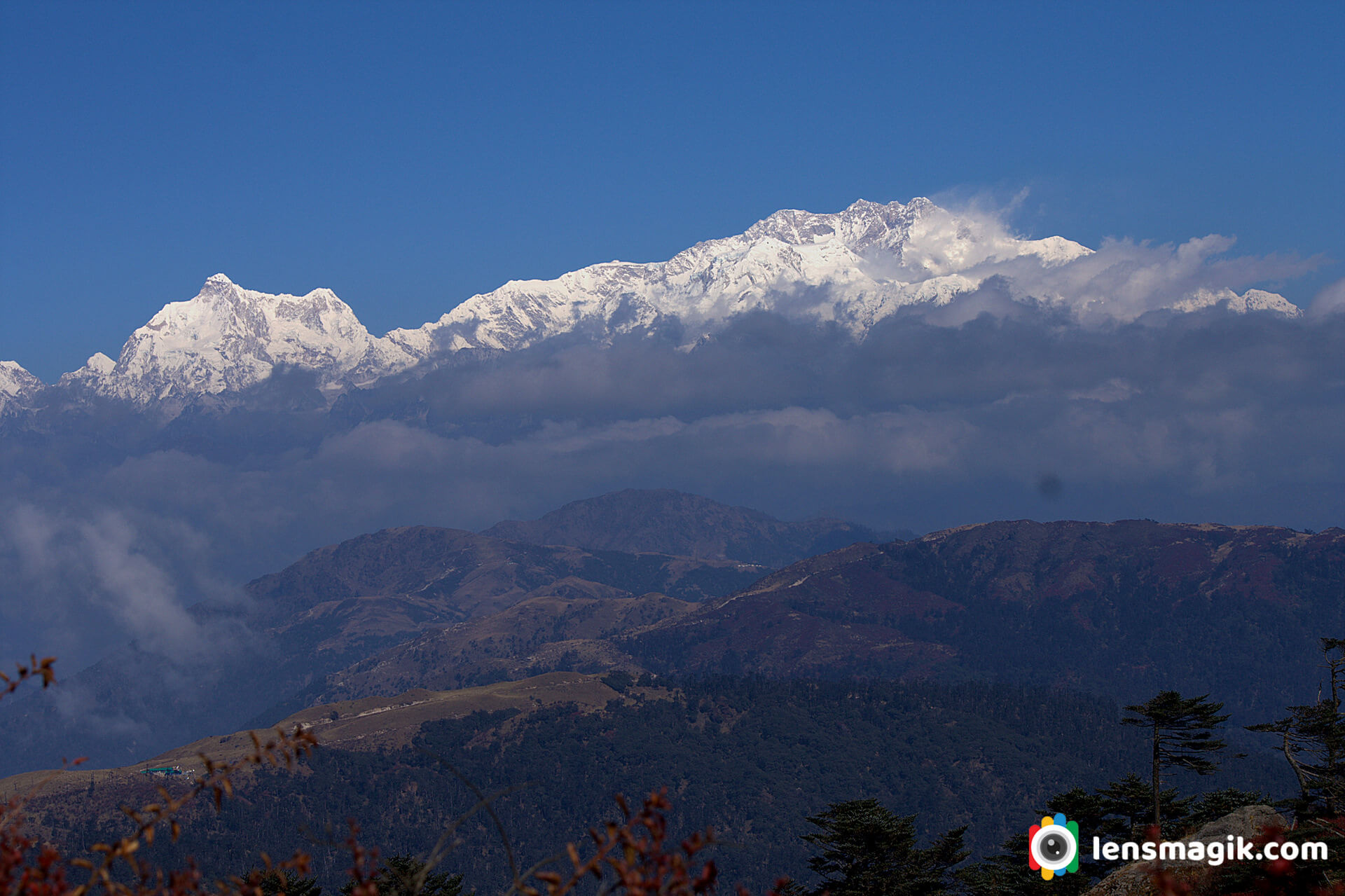
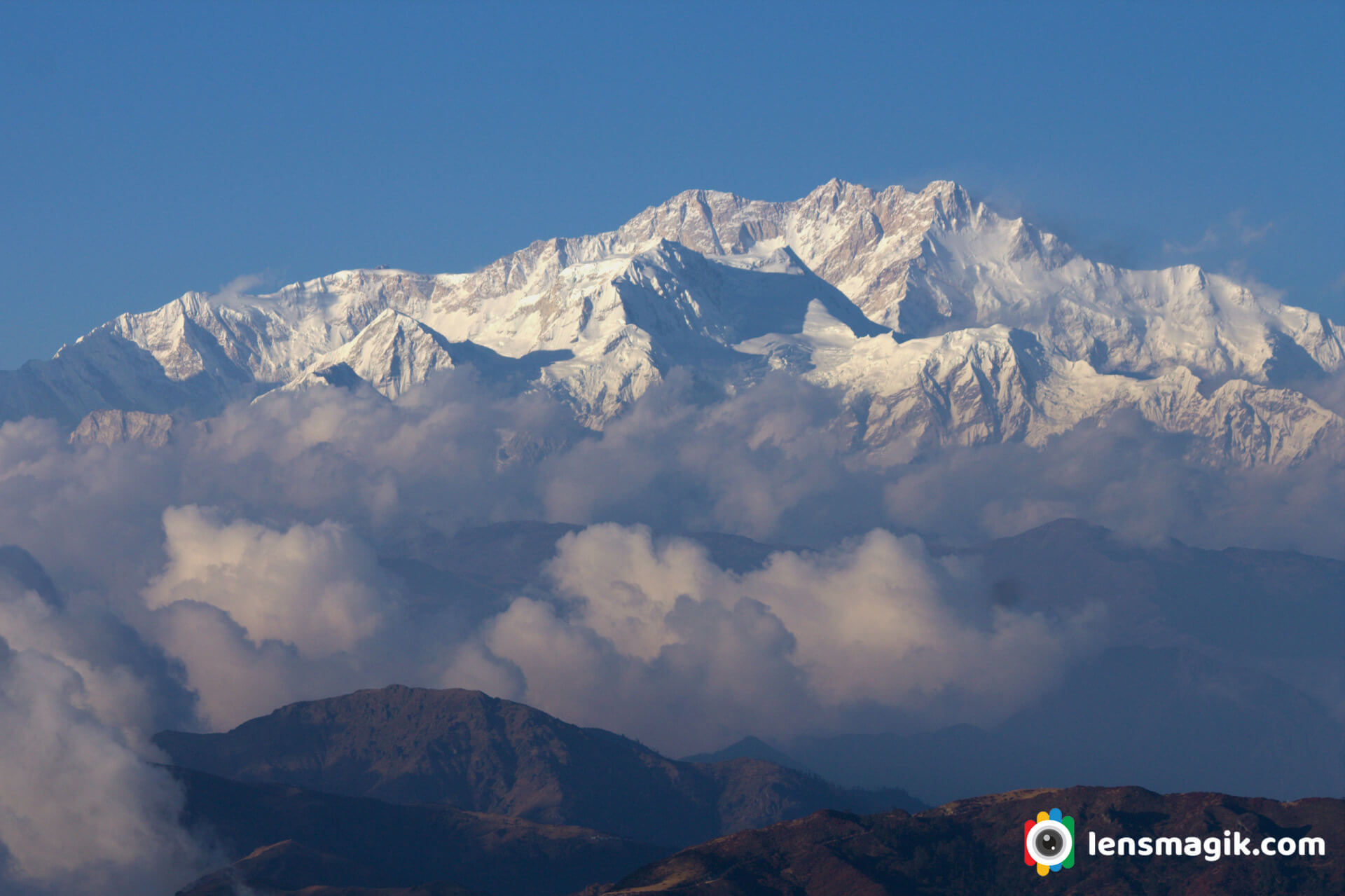

Sandakphu trek is one of the beautiful trek among India and also of Himalayas. During summer lots of trekkers go for these trek and also Phalut trek. At Sandakphu you can stay a night and just see at night the sky is full of stars. I was never seen such stars in my life. A milky way you can see and it was amazing experience of star gazing at Sandakphu. Also after dark a sunrise is beautiful as enough. At 4 or 4:30 am sunrise time and we were ready to see first light of sun rays on Himalayan mountains. The color of rays are red orange color looks beautiful on snow mountain of Kanchenjunga. Thats the beauty of Himalayas.
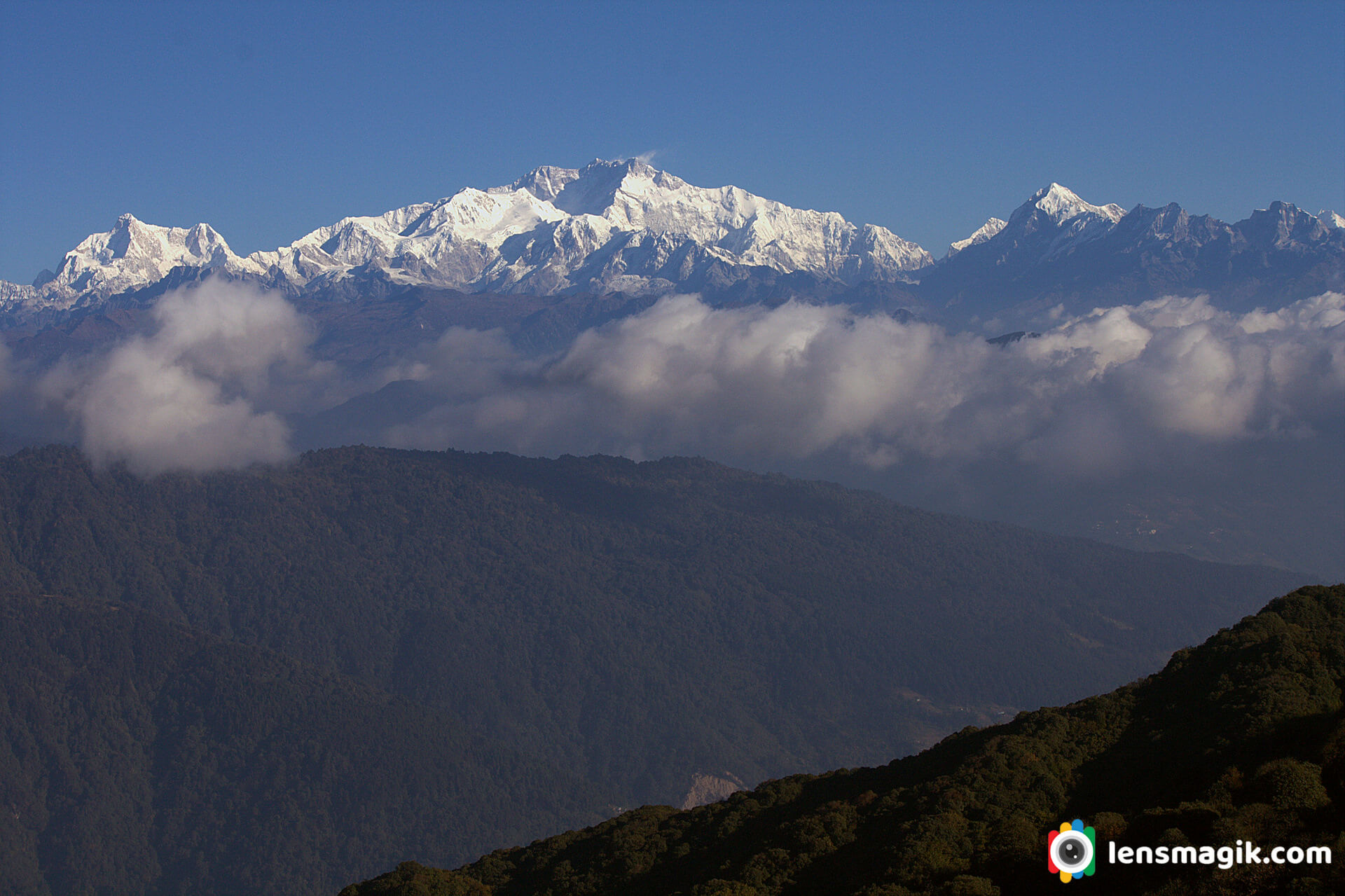
For climbing Mt. Kanchenjunga you can go from Nepal only because Indian Government has been closed Northeastern Sikkim route of Kanchenjunga since 2000. To See Mt. Kanchenjunga from India Sandakphu is the best place. You can go to Sandakphu via Trek or via Range Rover car hire at manebhanjan village. Nearest airport is Bagdogra or you can go to Kolkata and go for overnight train from Kolkata.
Gear used : Canon 1000 D body, Canon 18-55 mm lens, Canon 55-250 mm lens.